The SUV assault continues, filtering into every niche of every market imaginable. With so much demand out there, just about every automaker on the planet is getting in on the action, including some with a history that deviates quite a bit from the SUV norm. That includes Lamborghini, which just unveiled the Urus, a follow-up to the cult classic LM002. This time around, Lambo is doing it right, giving the Urus super car-esque agility, speed, and performance, all with a sharp (yet jacked-up) body style crammed with luxury and even a little off-road worthiness. Lambo is calling it the first Super Sport Utility Vehicle, but makes like Porsche and Bentley might have a few words to say about that.
Either way, this is a breakthrough moment for the Raging Bull. While the LM002 was arguably the brand’s first “real” SUV, you can’t really compare it to the hyperspeed Urus. While the old Ramboghini got square styling and somewhat plodding performance, the Urus looks and acts like a Lambo should. It’s also got the first-ever turbocharged engine in a Lambo. All told, Lamborghini claims this thing has a “dual personality” and is “multi-dimensional” in what it can do. But the question is this – where does it land amongst the bevy of fast luxury SUVs already on the market?
Continue reading to learn more about the 2019 Lamborghini Urus.
2019 Lamborghini Urus
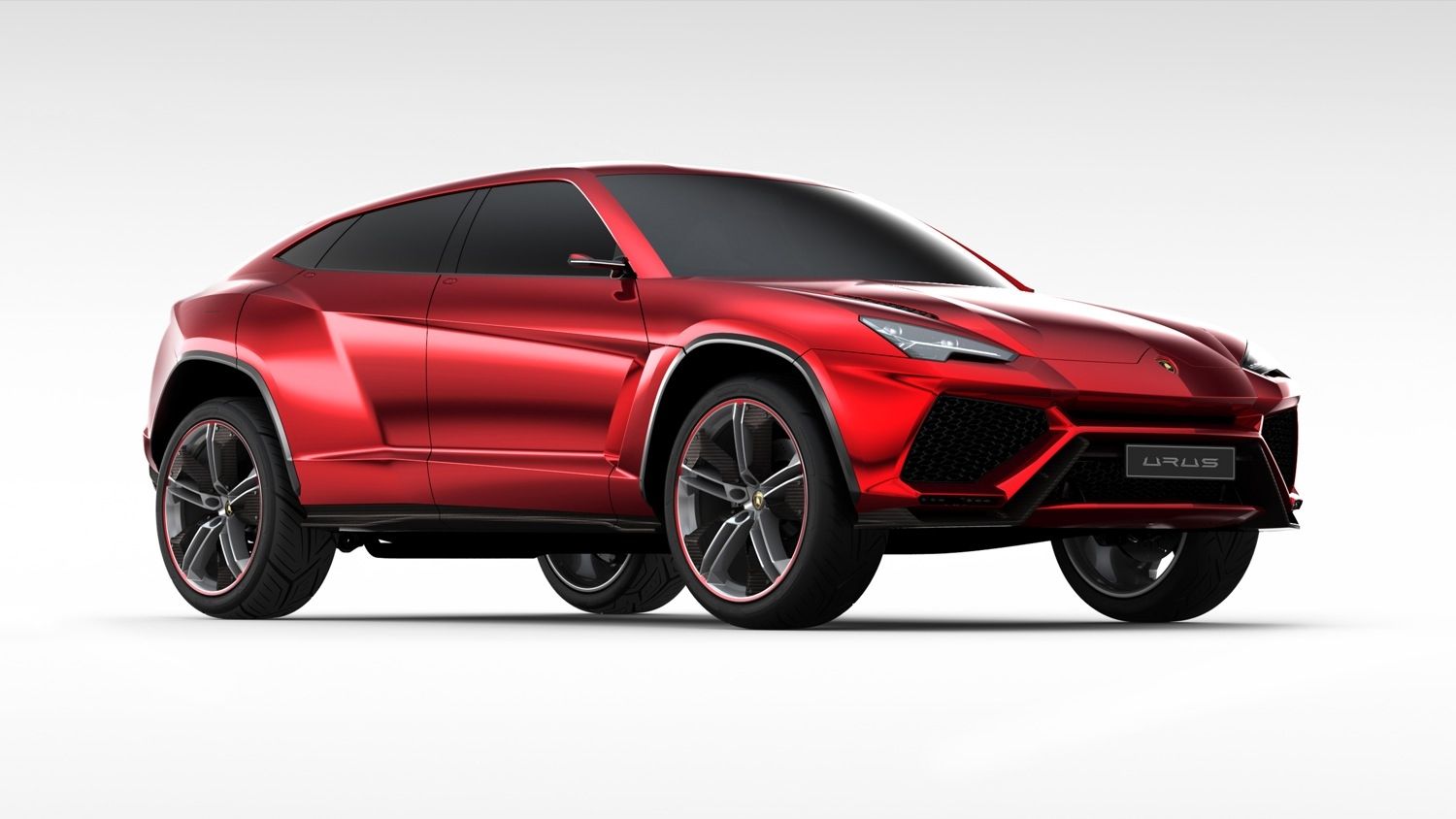



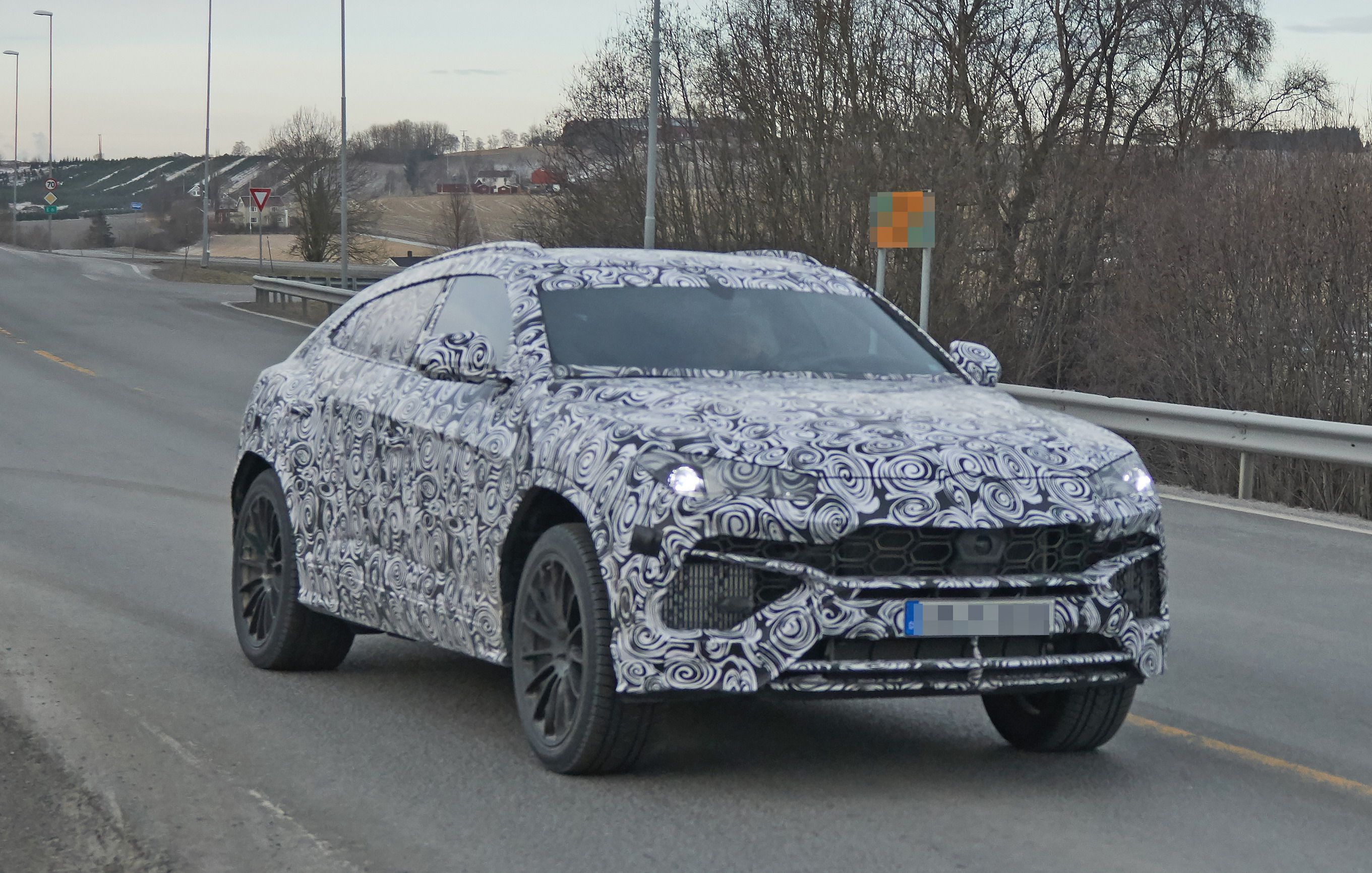


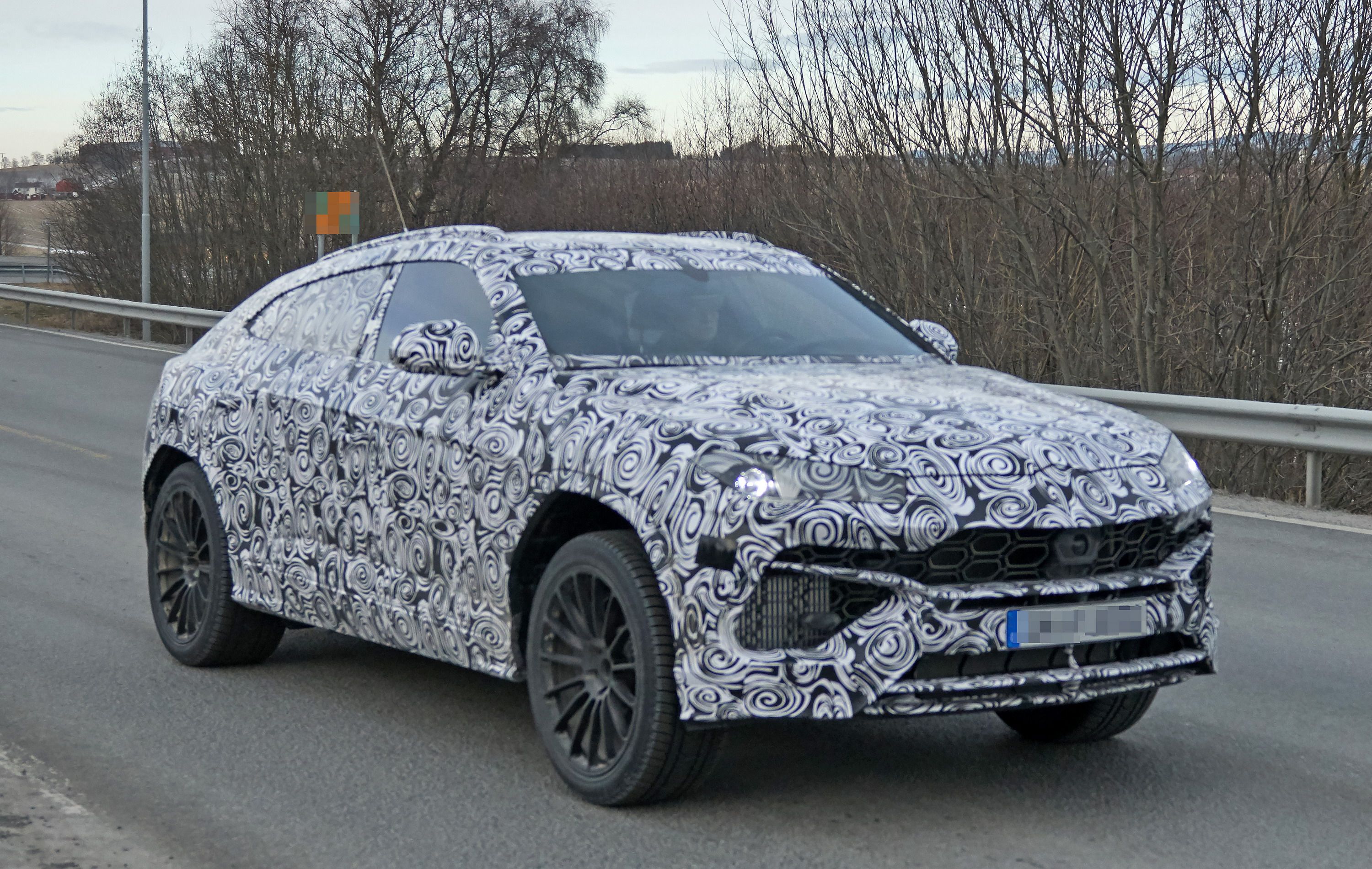
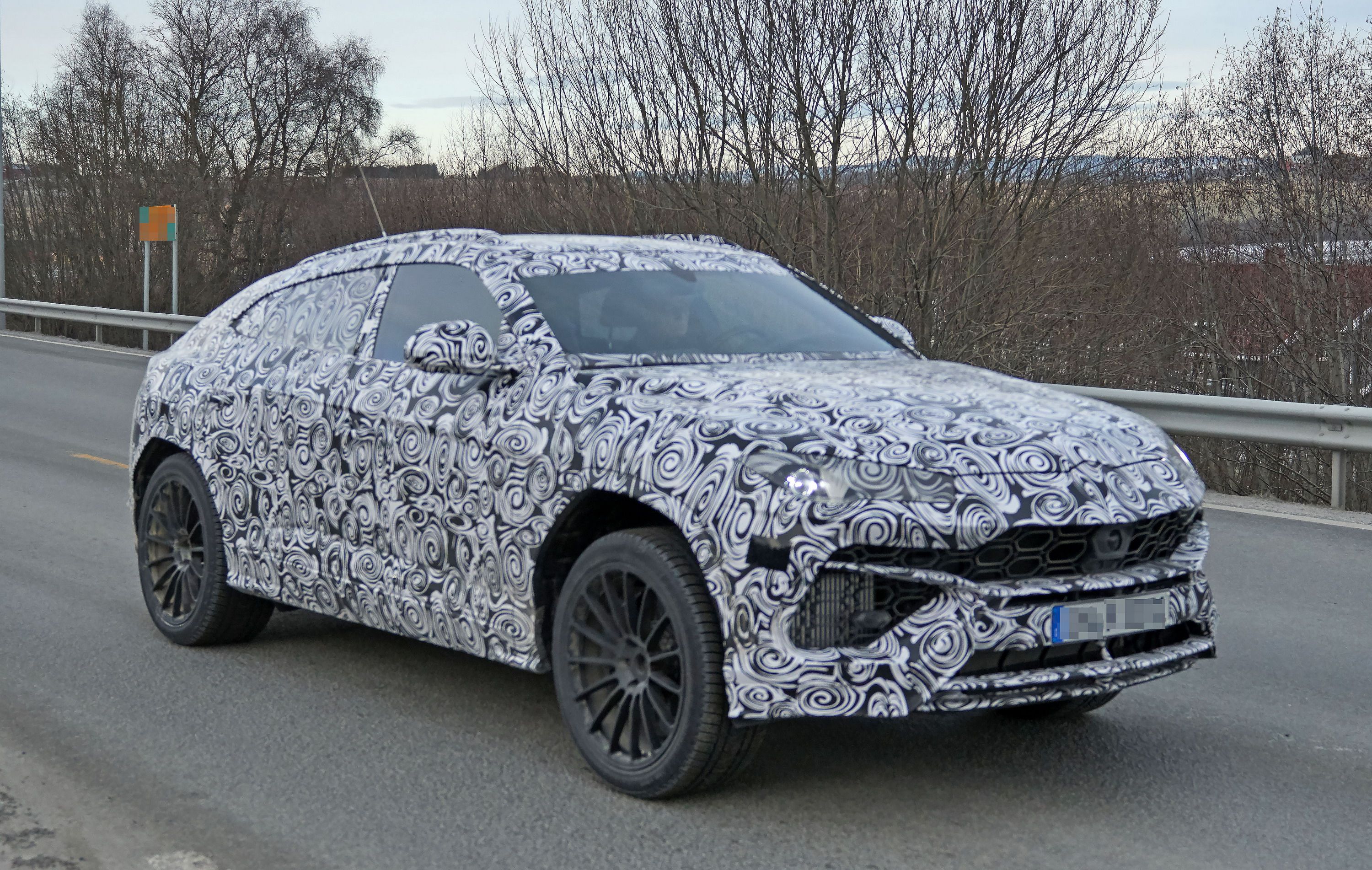
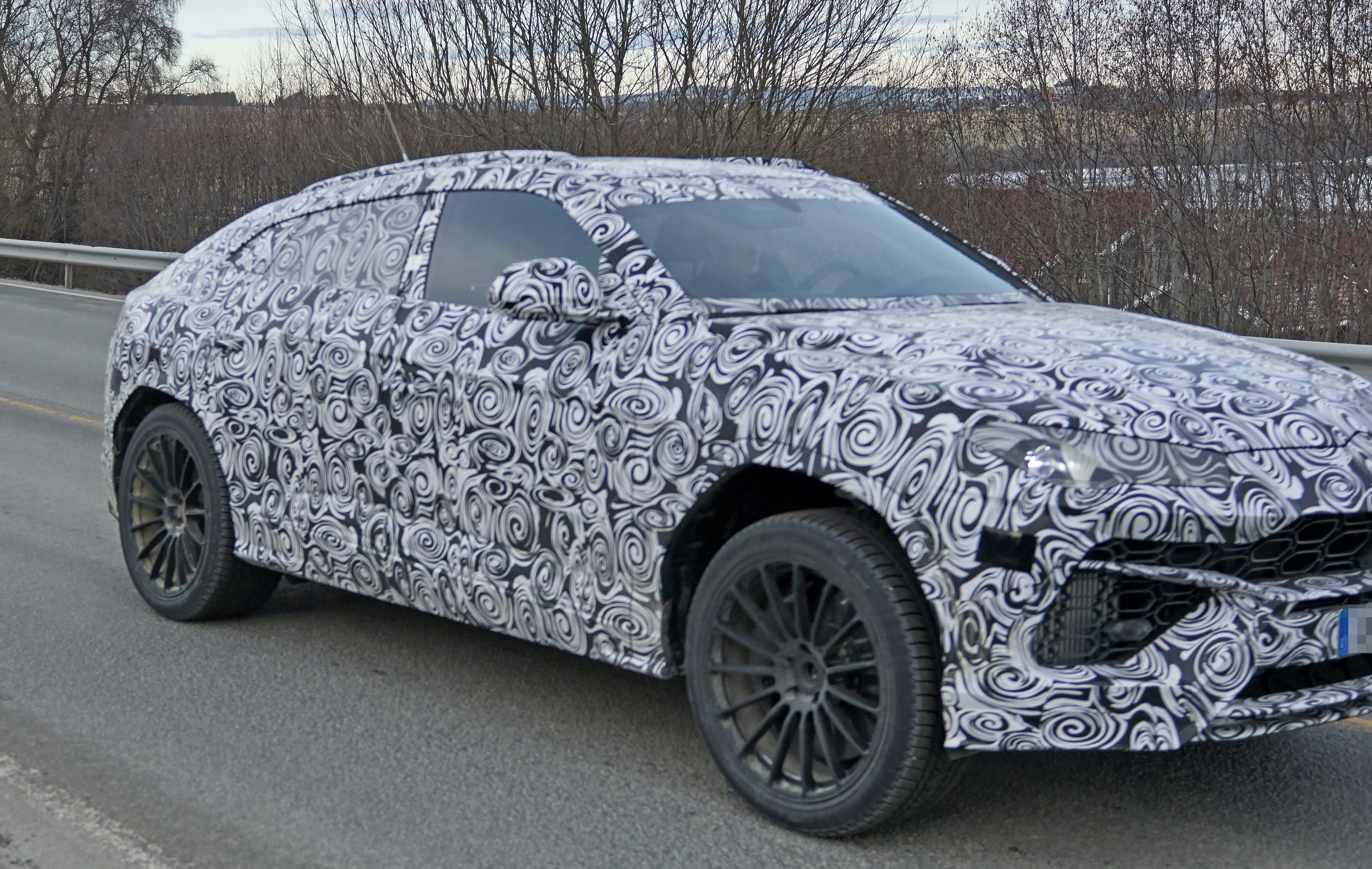
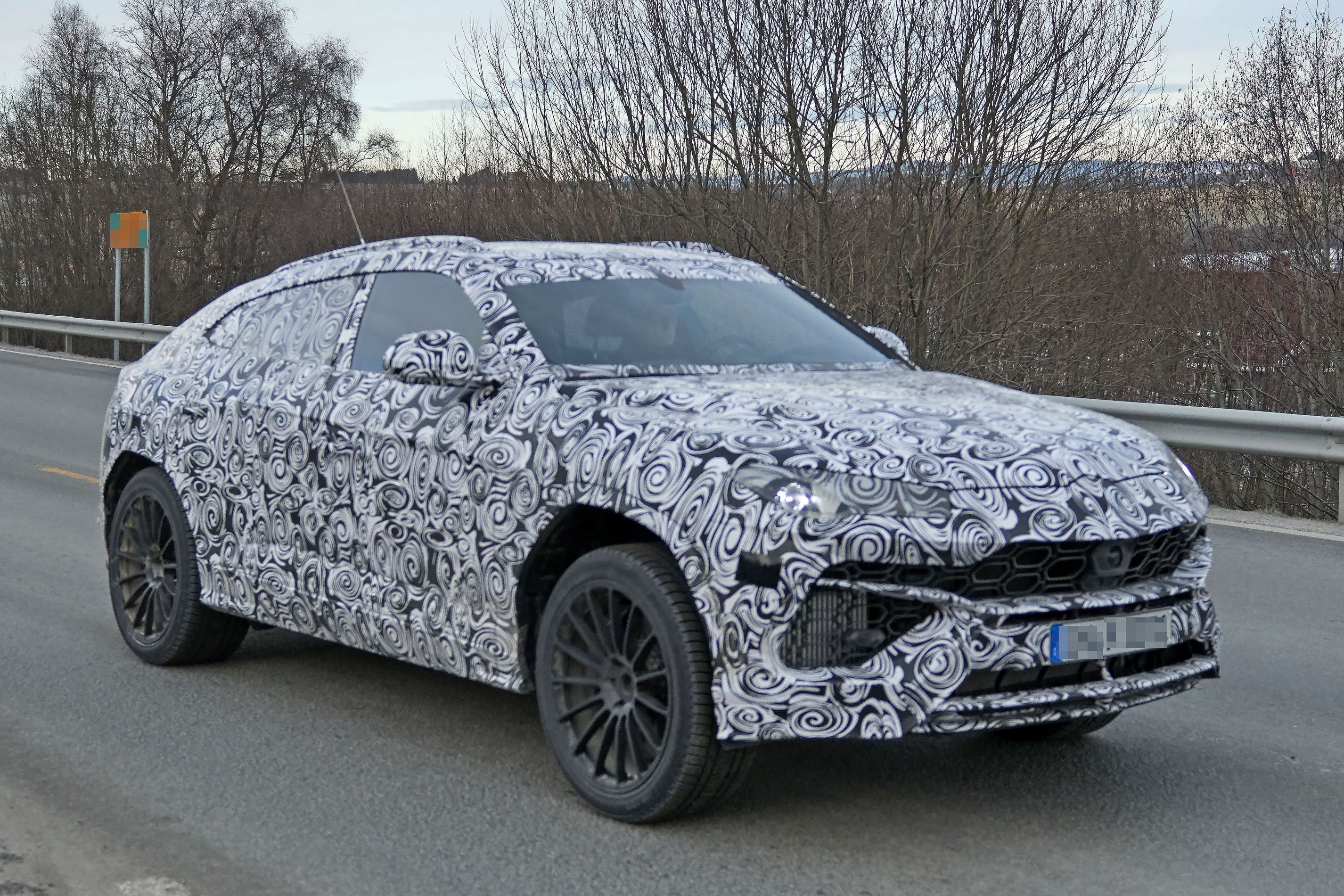

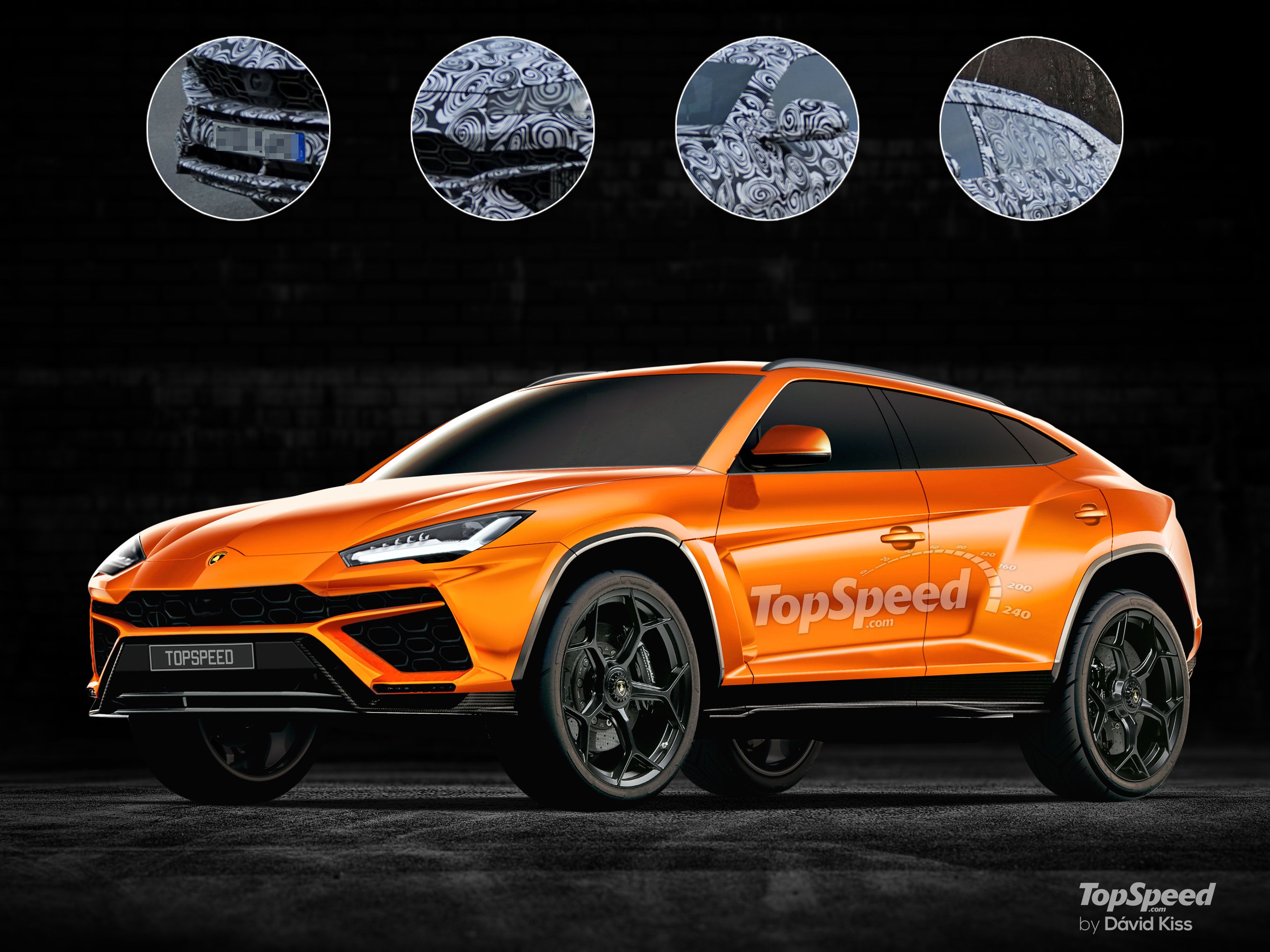
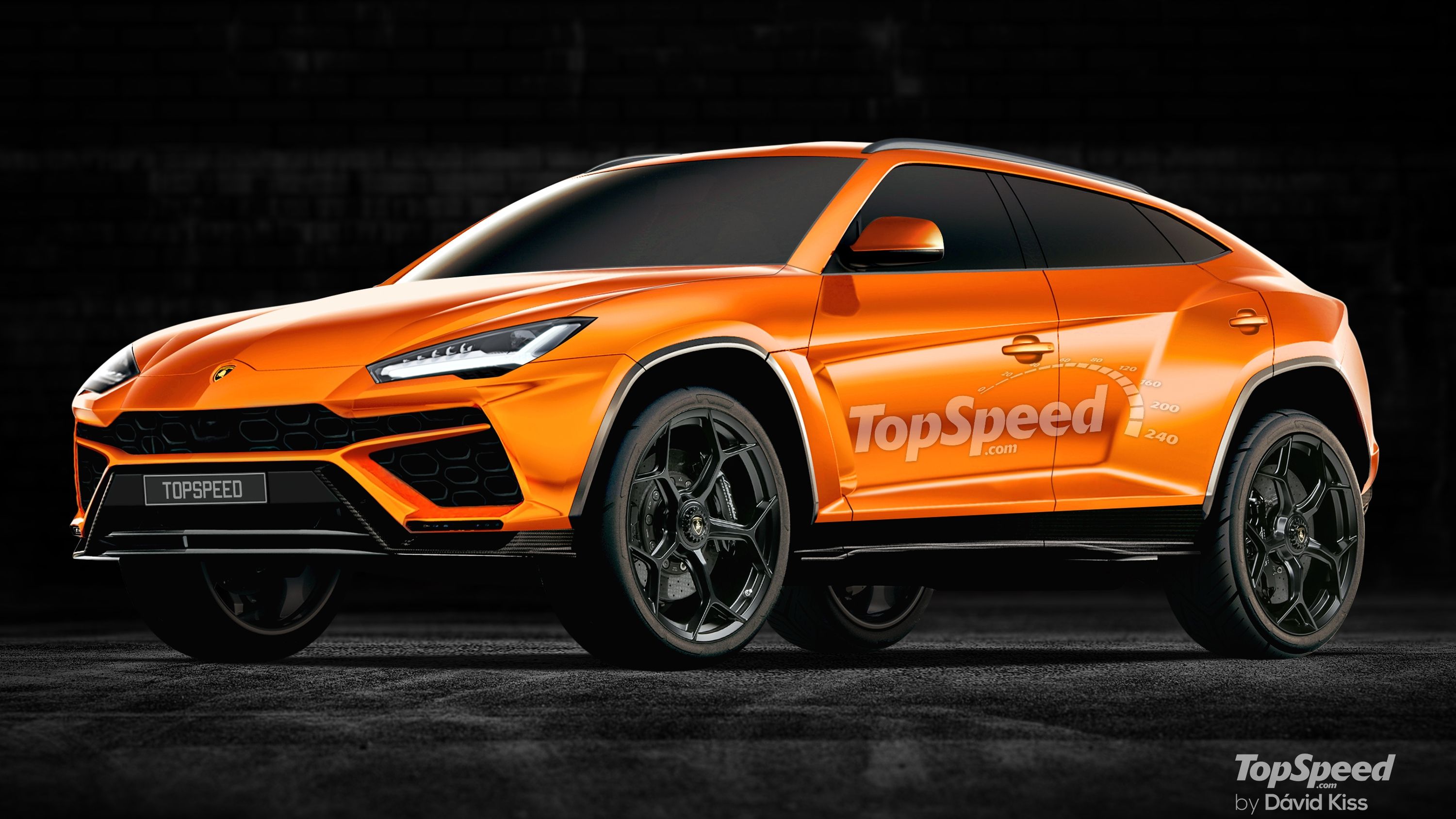
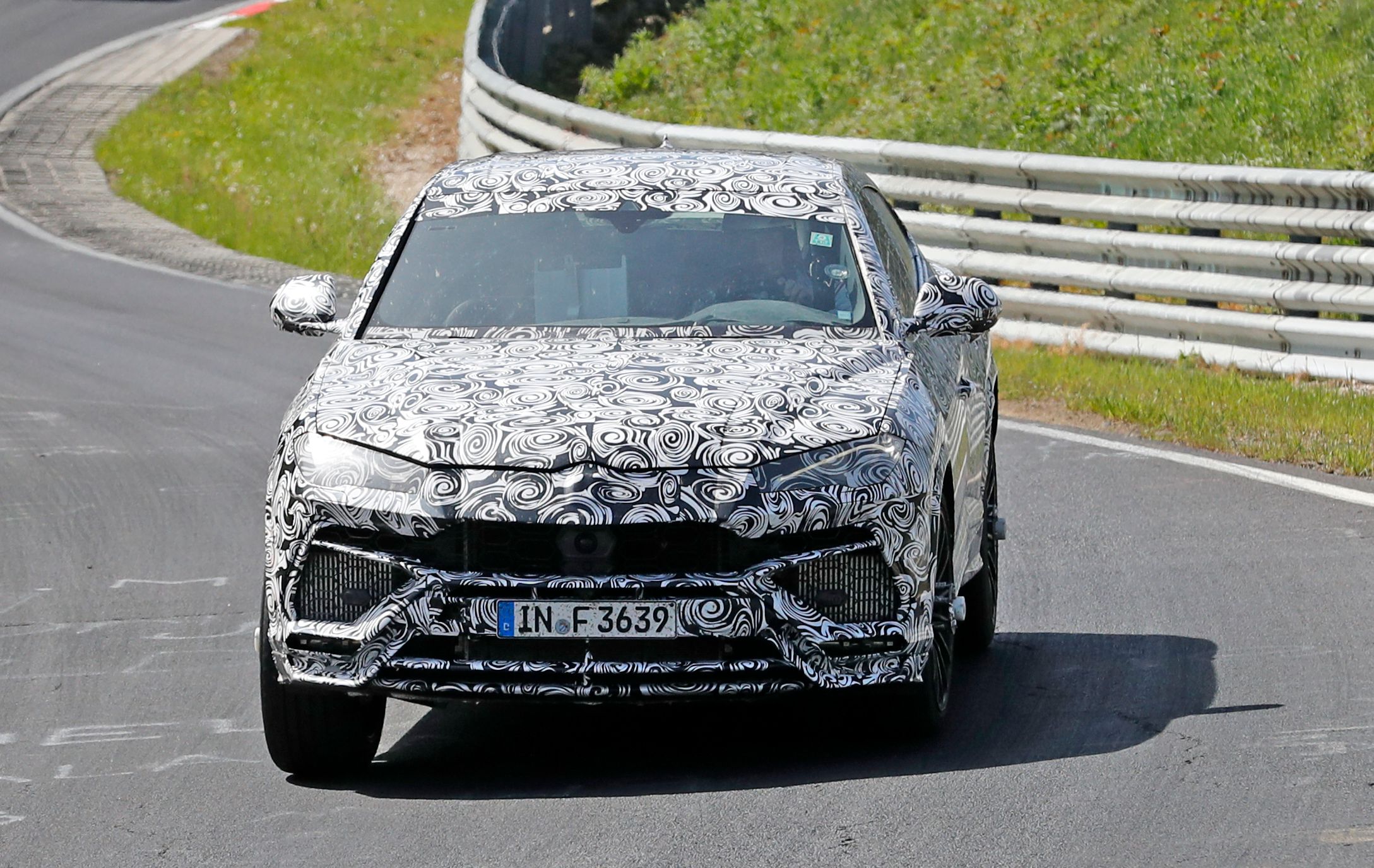
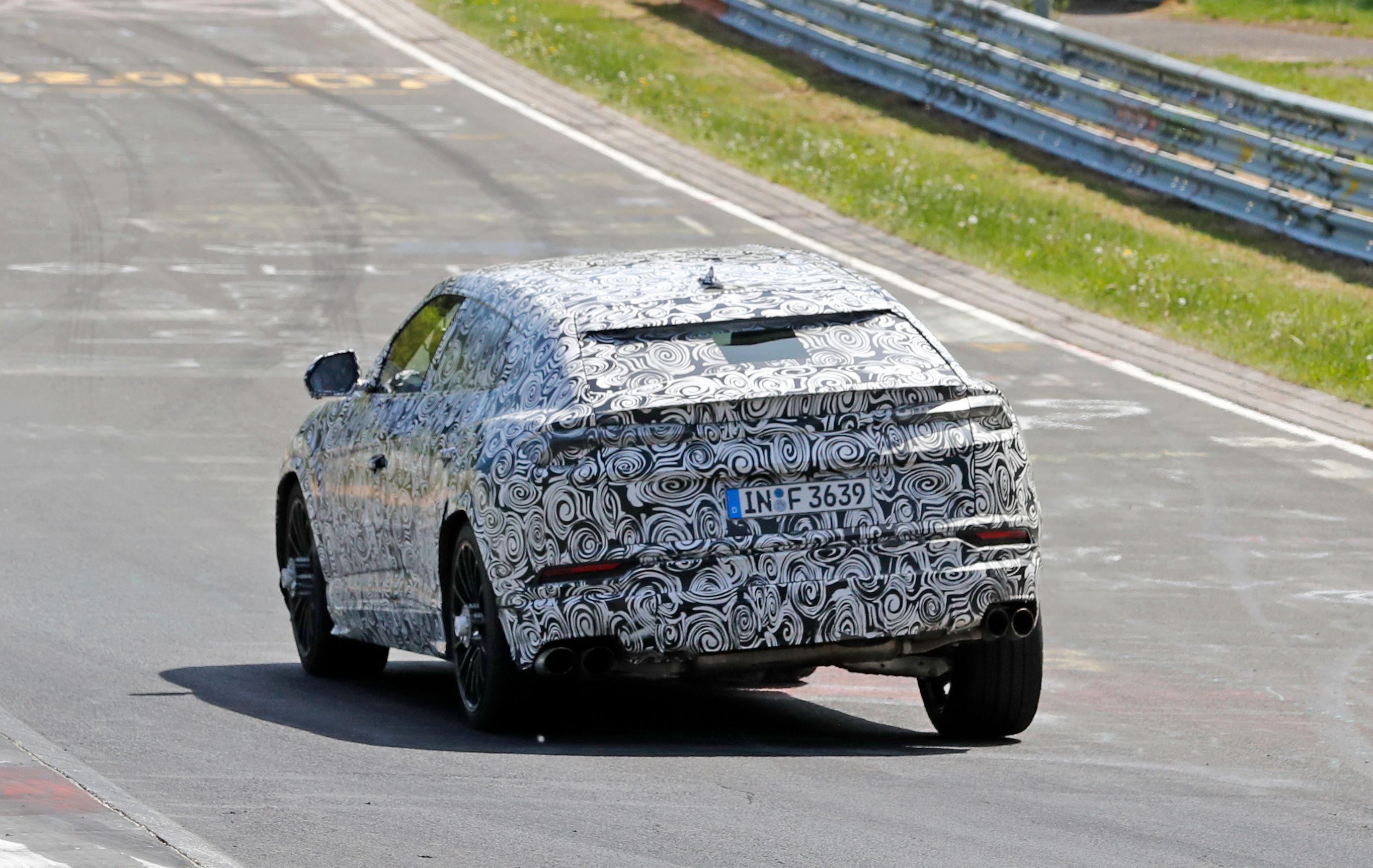
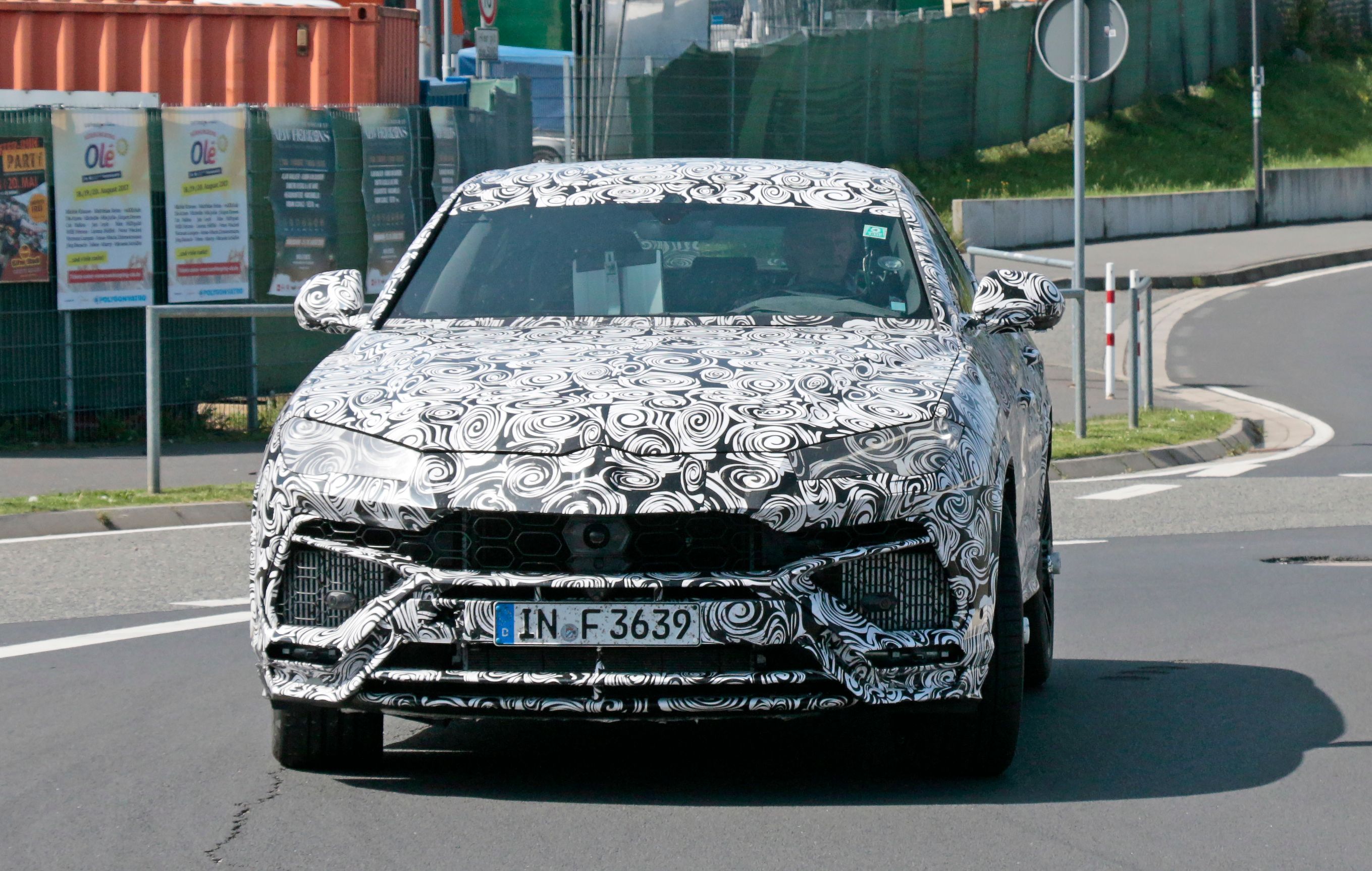
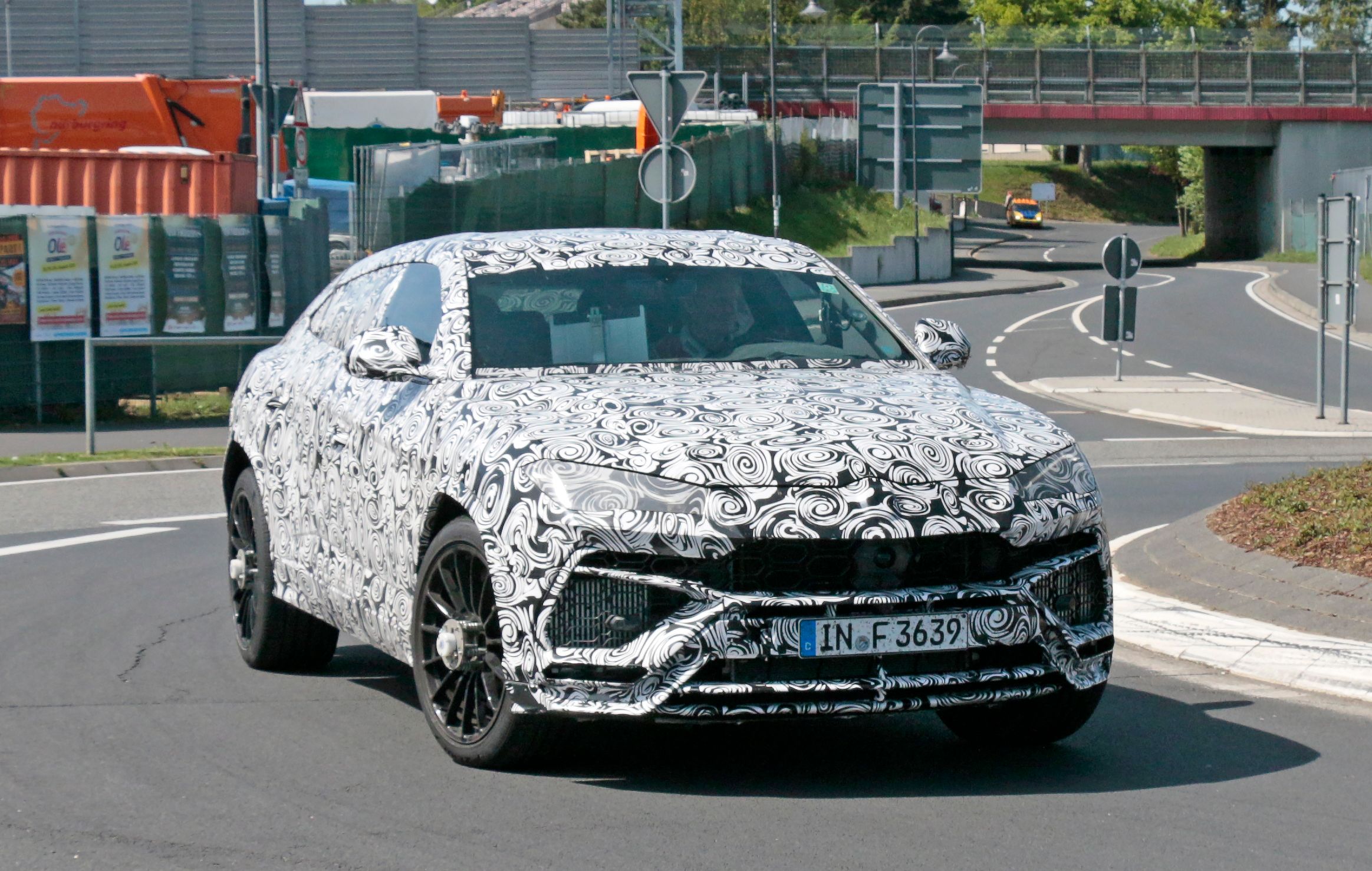
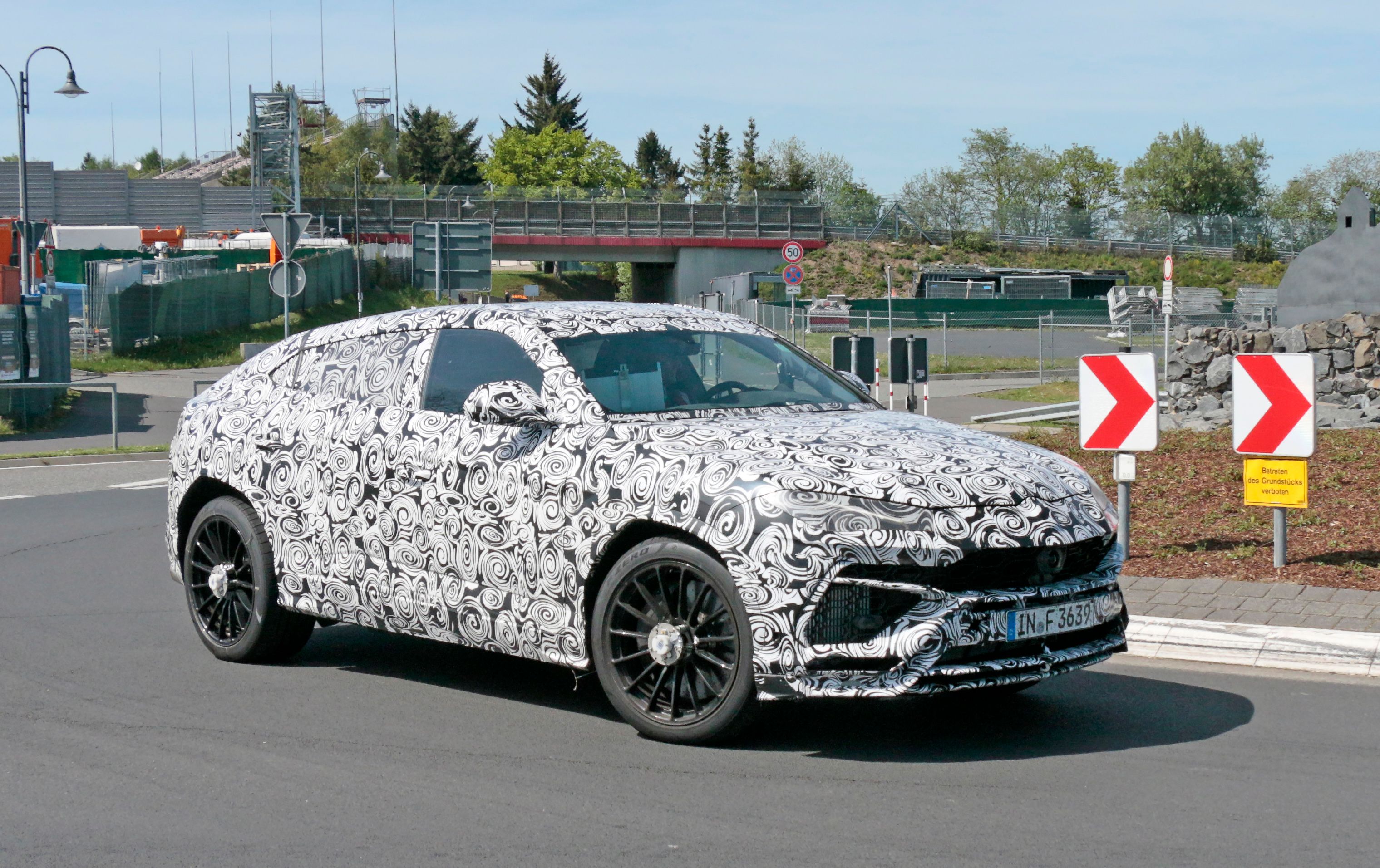
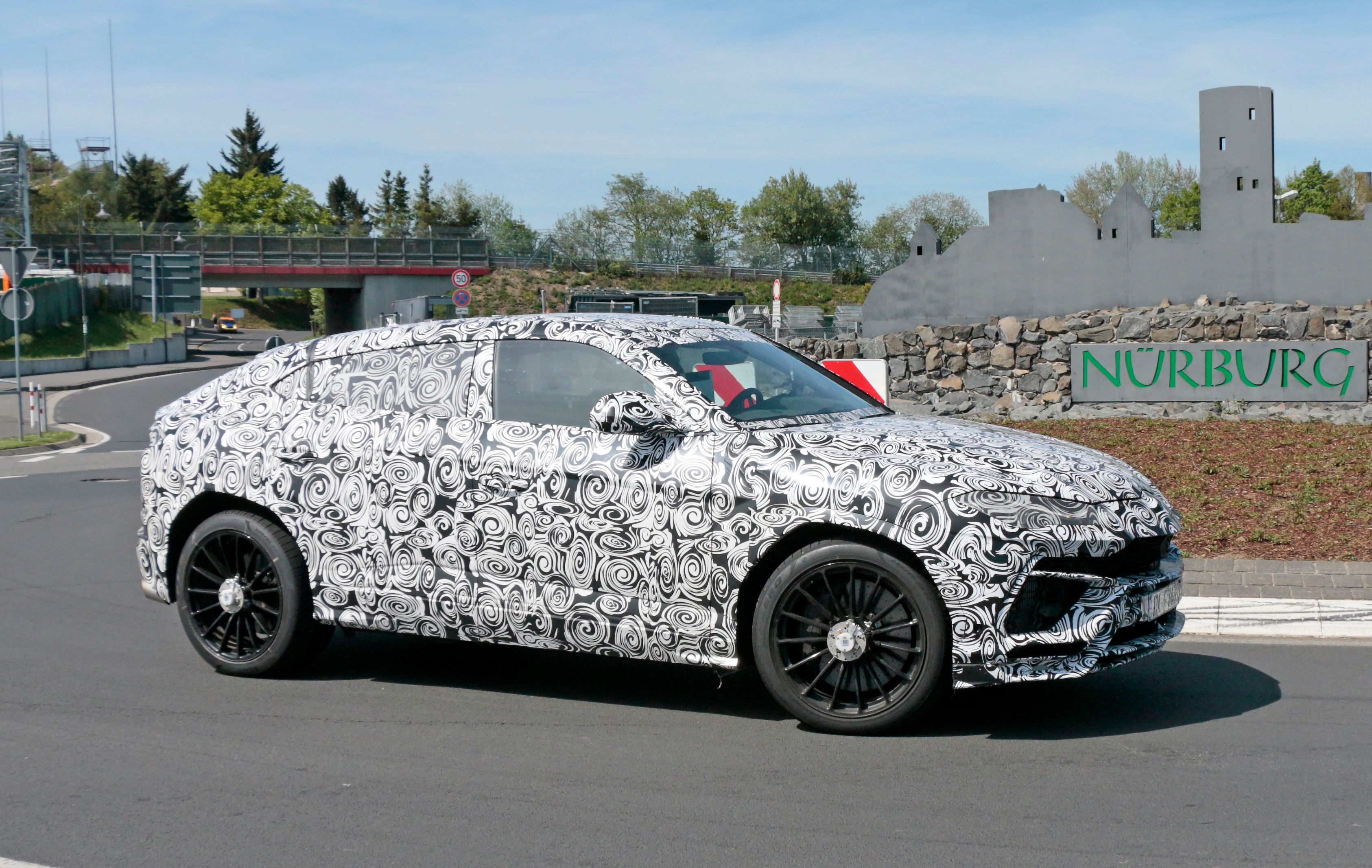
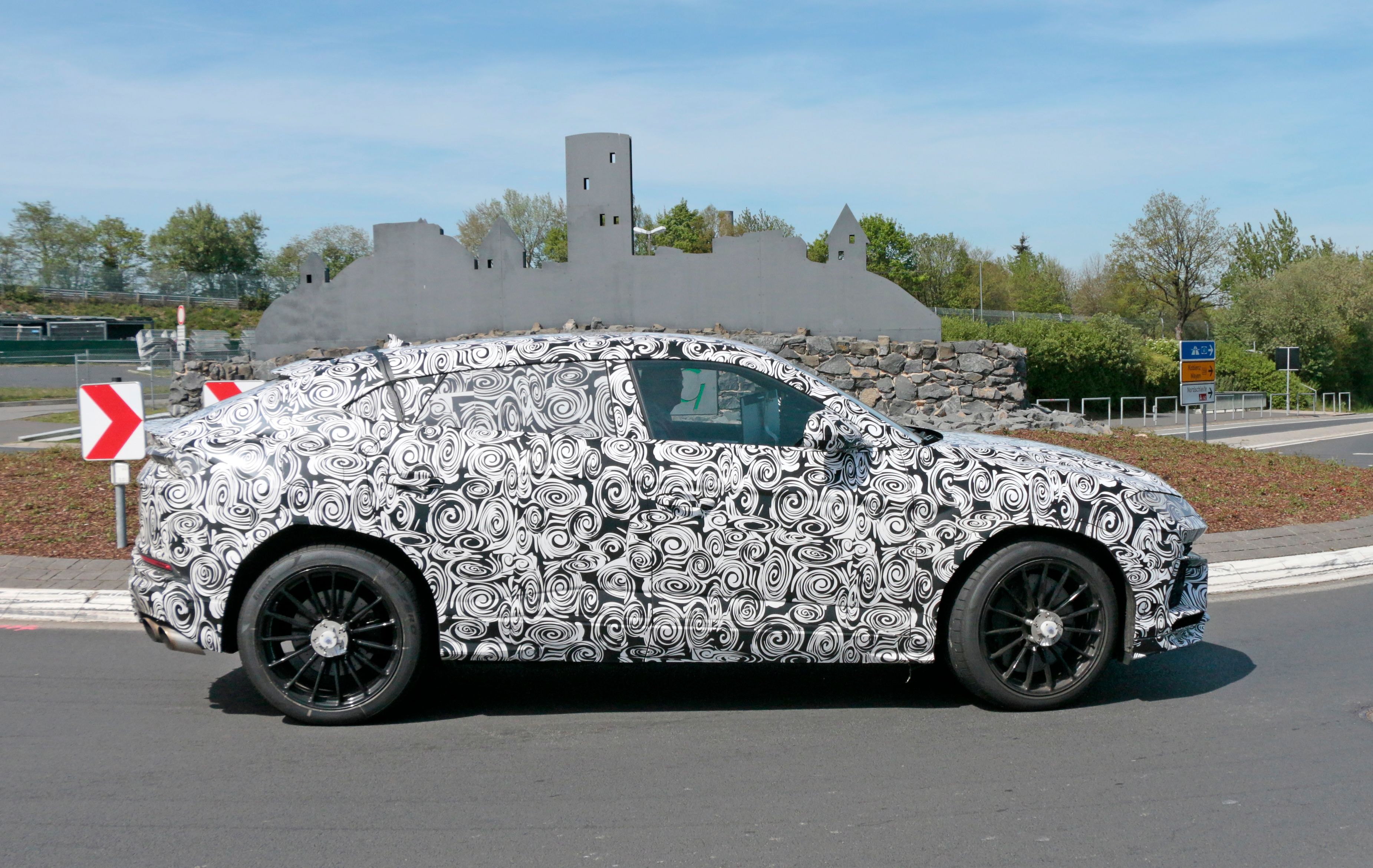
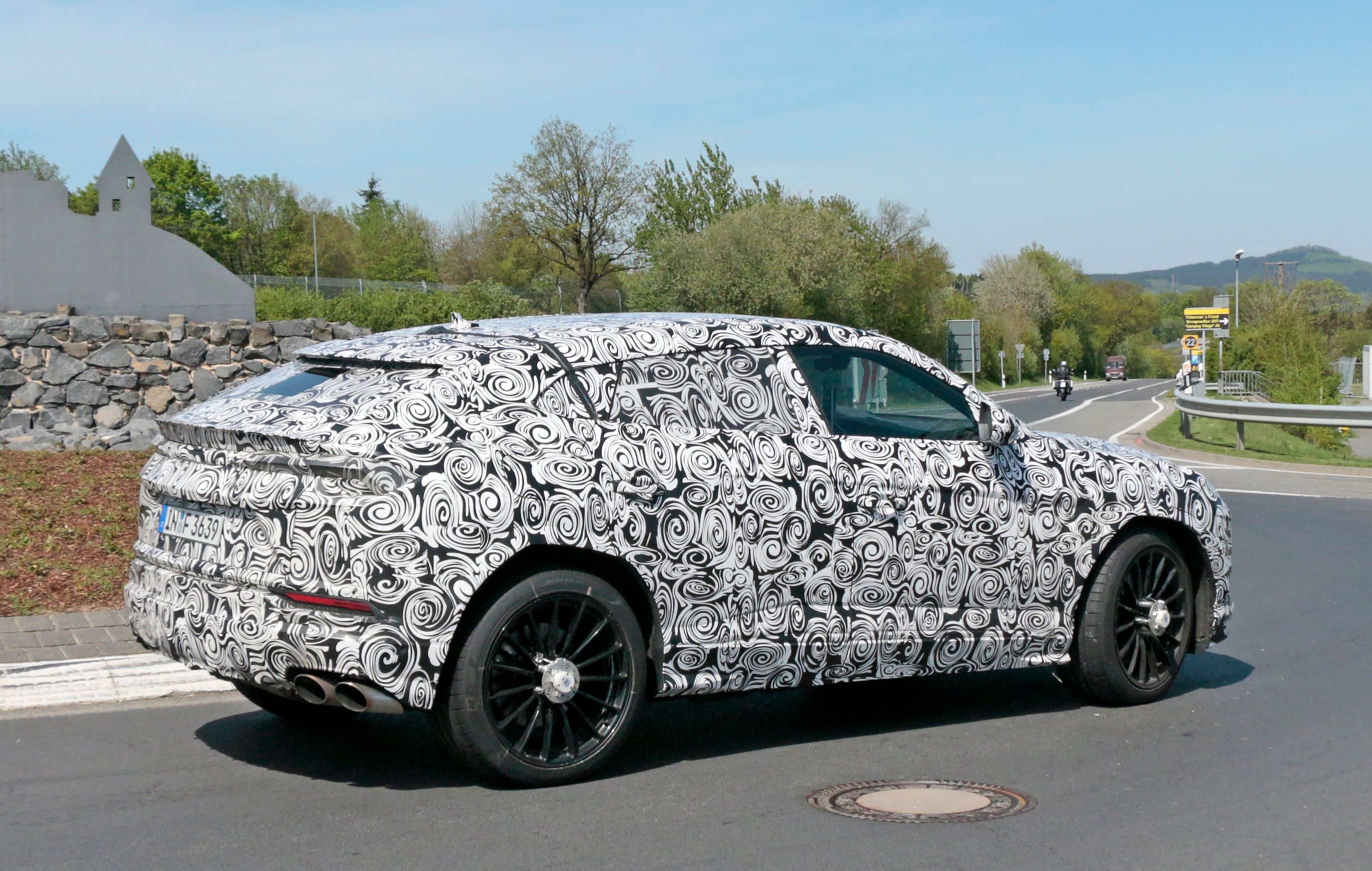
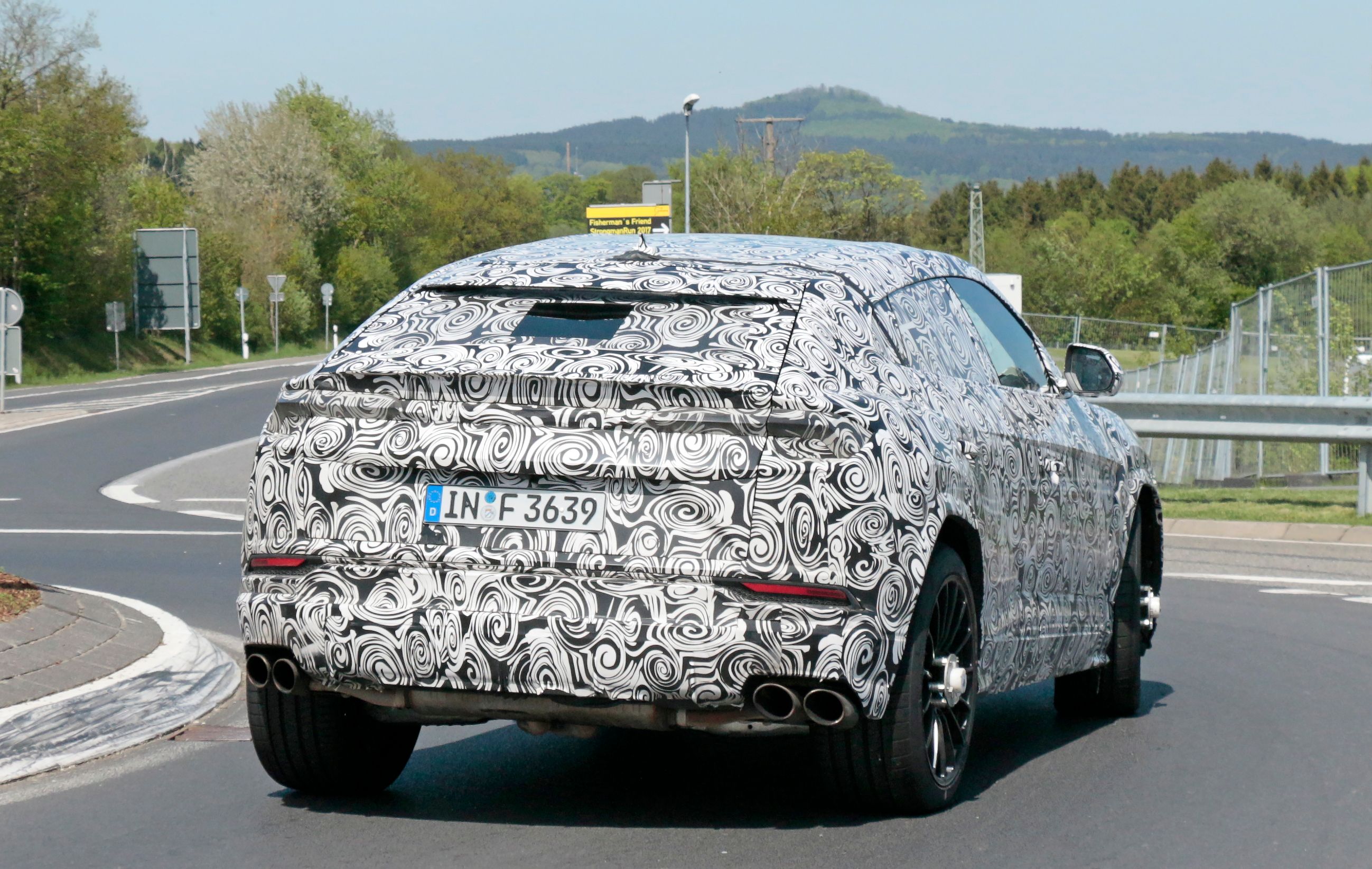
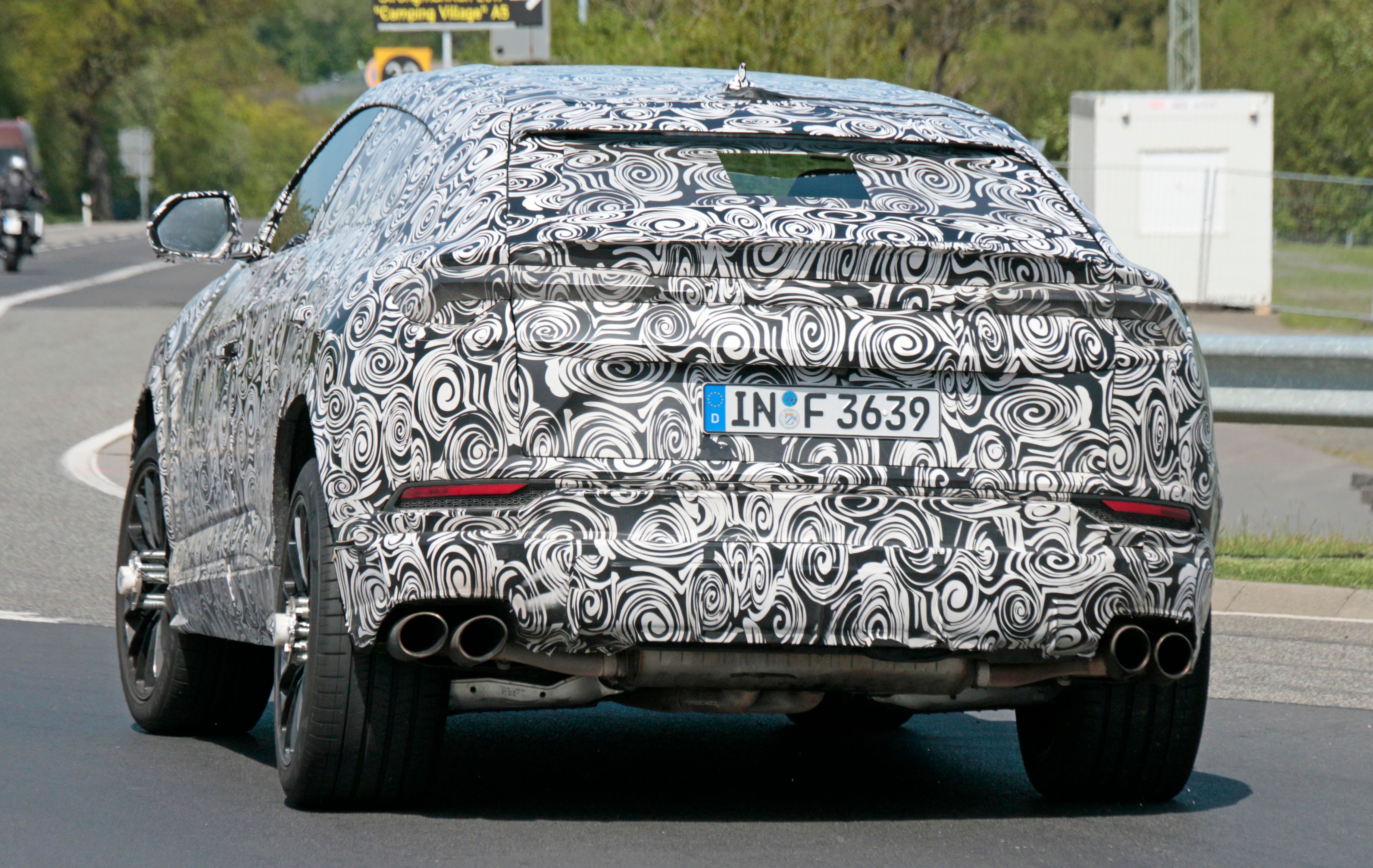
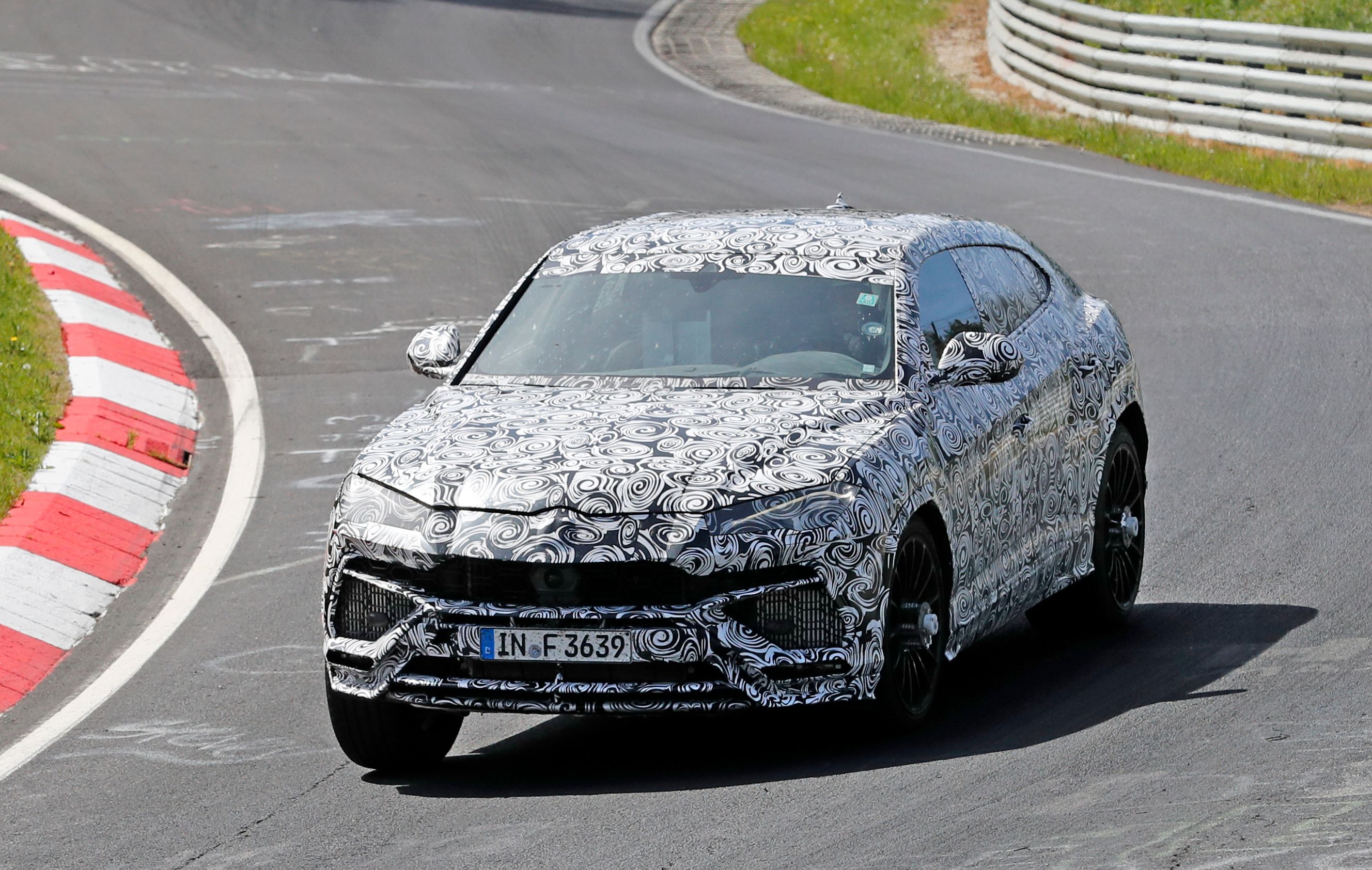
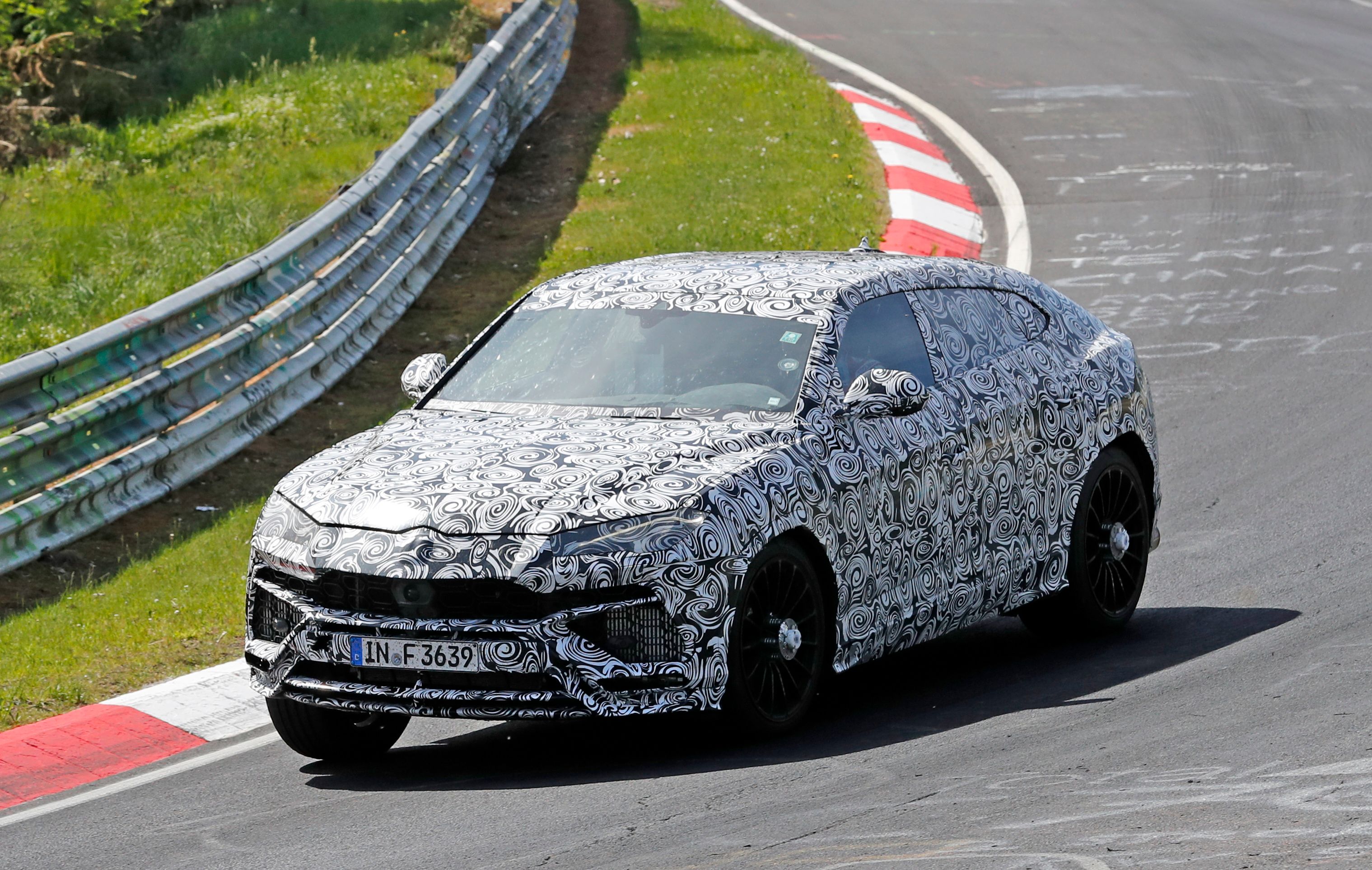
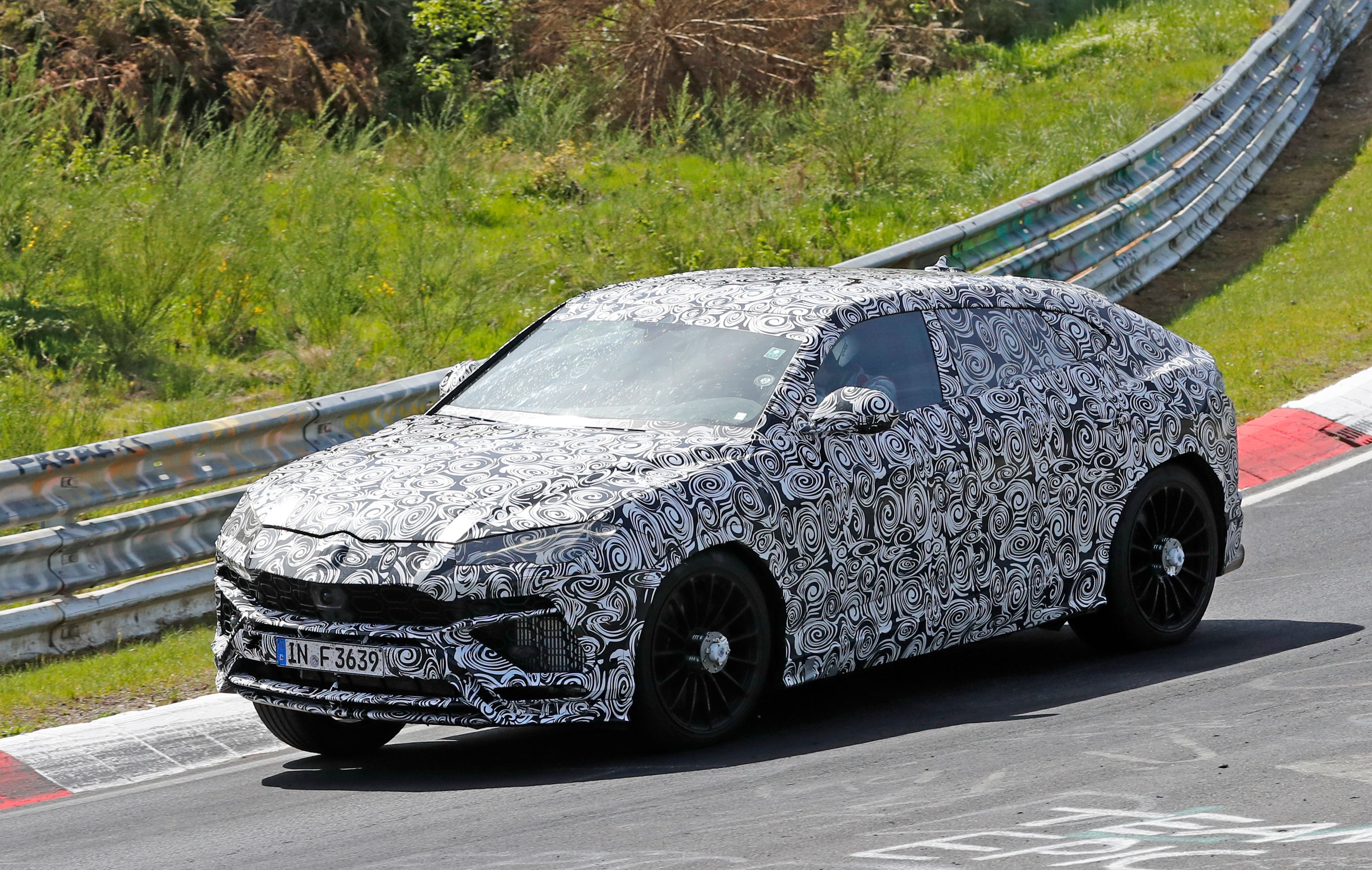
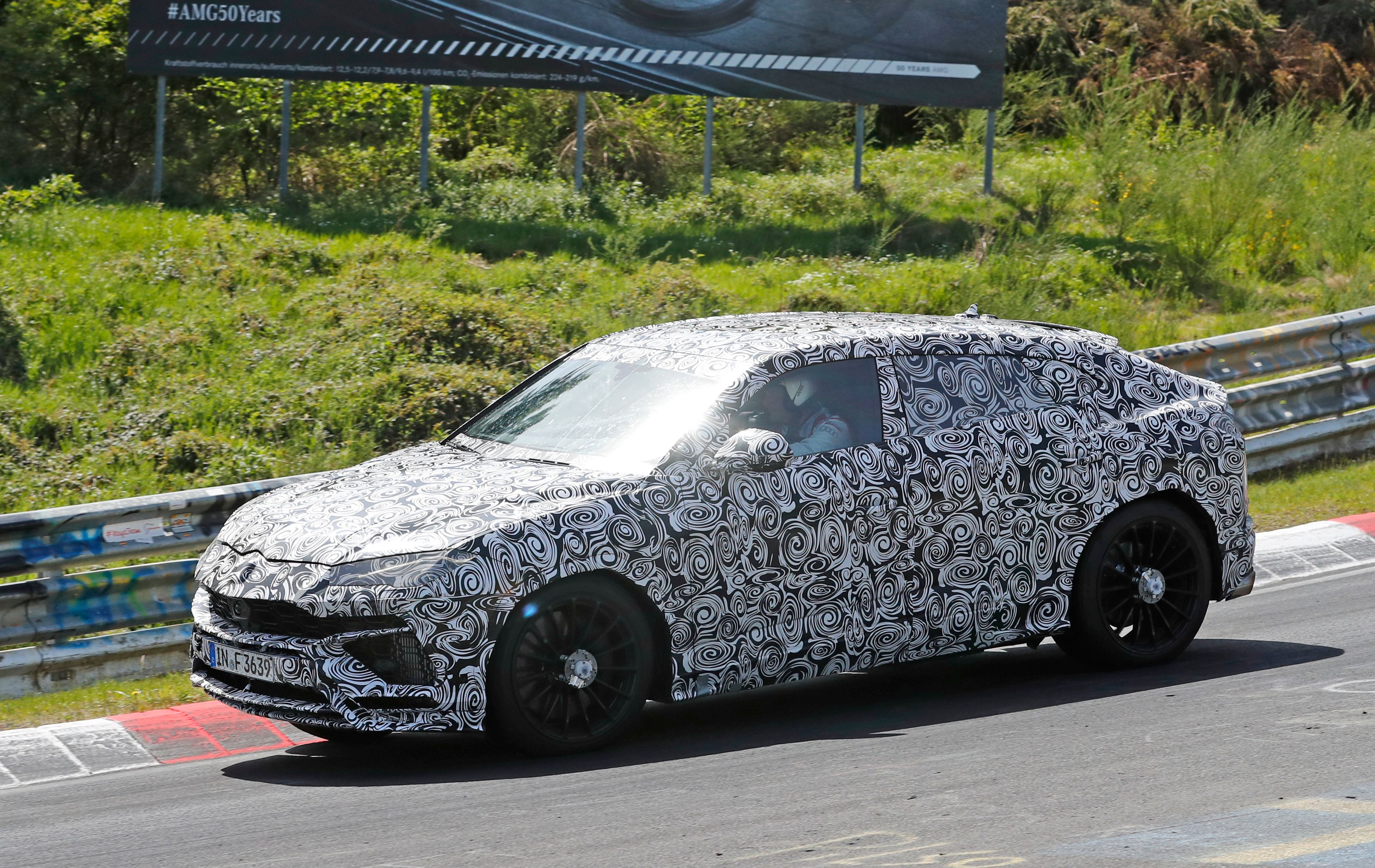
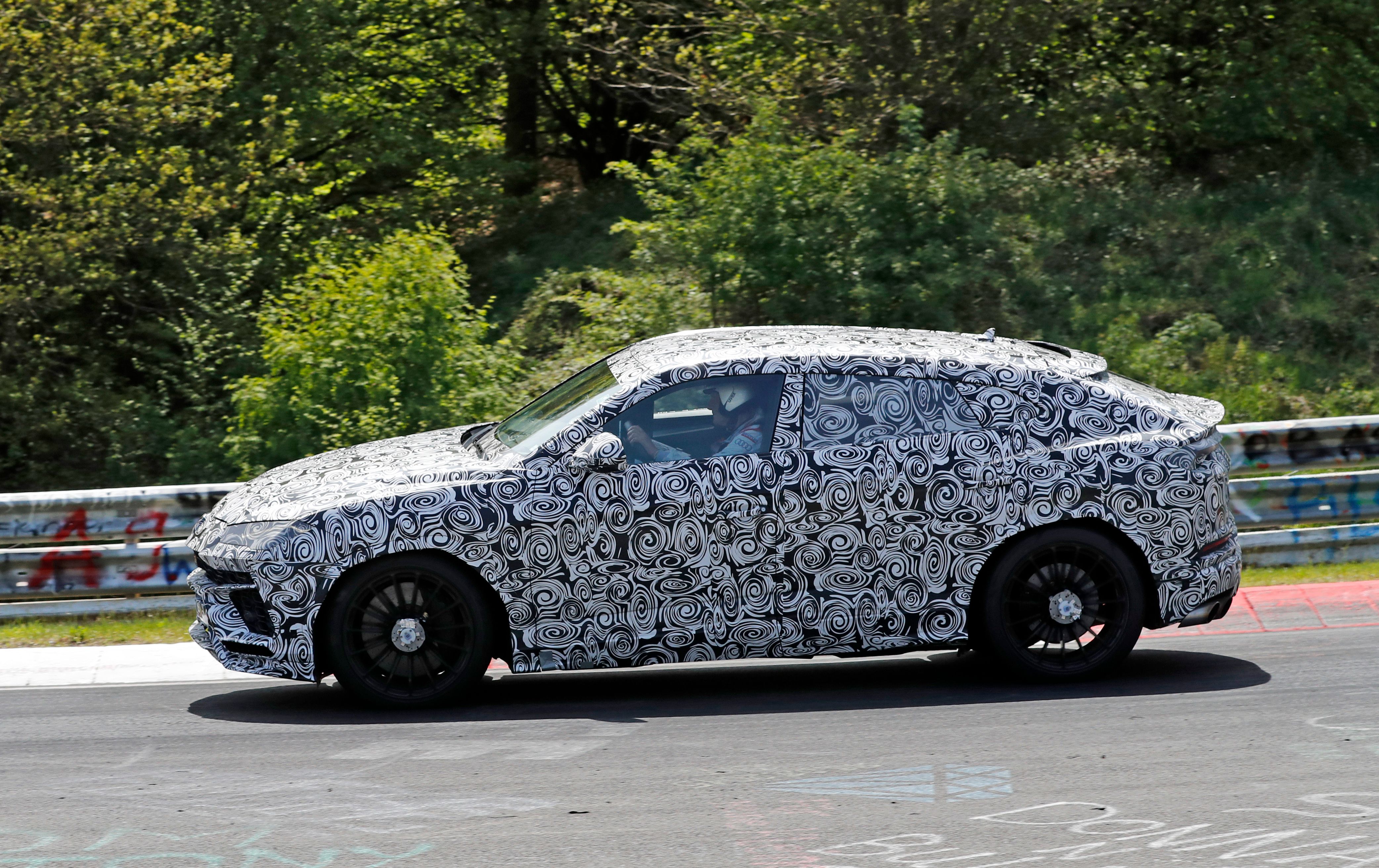
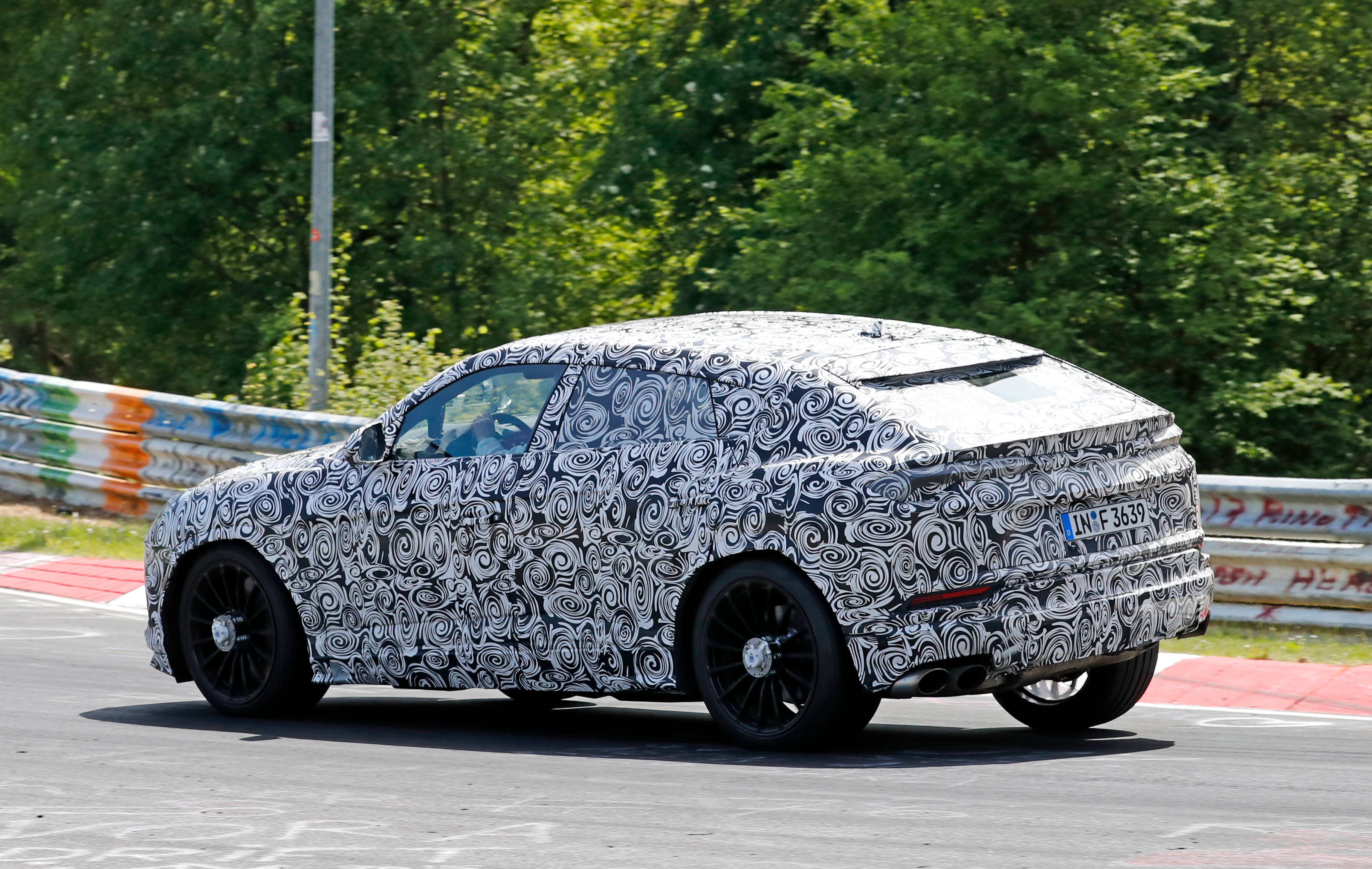
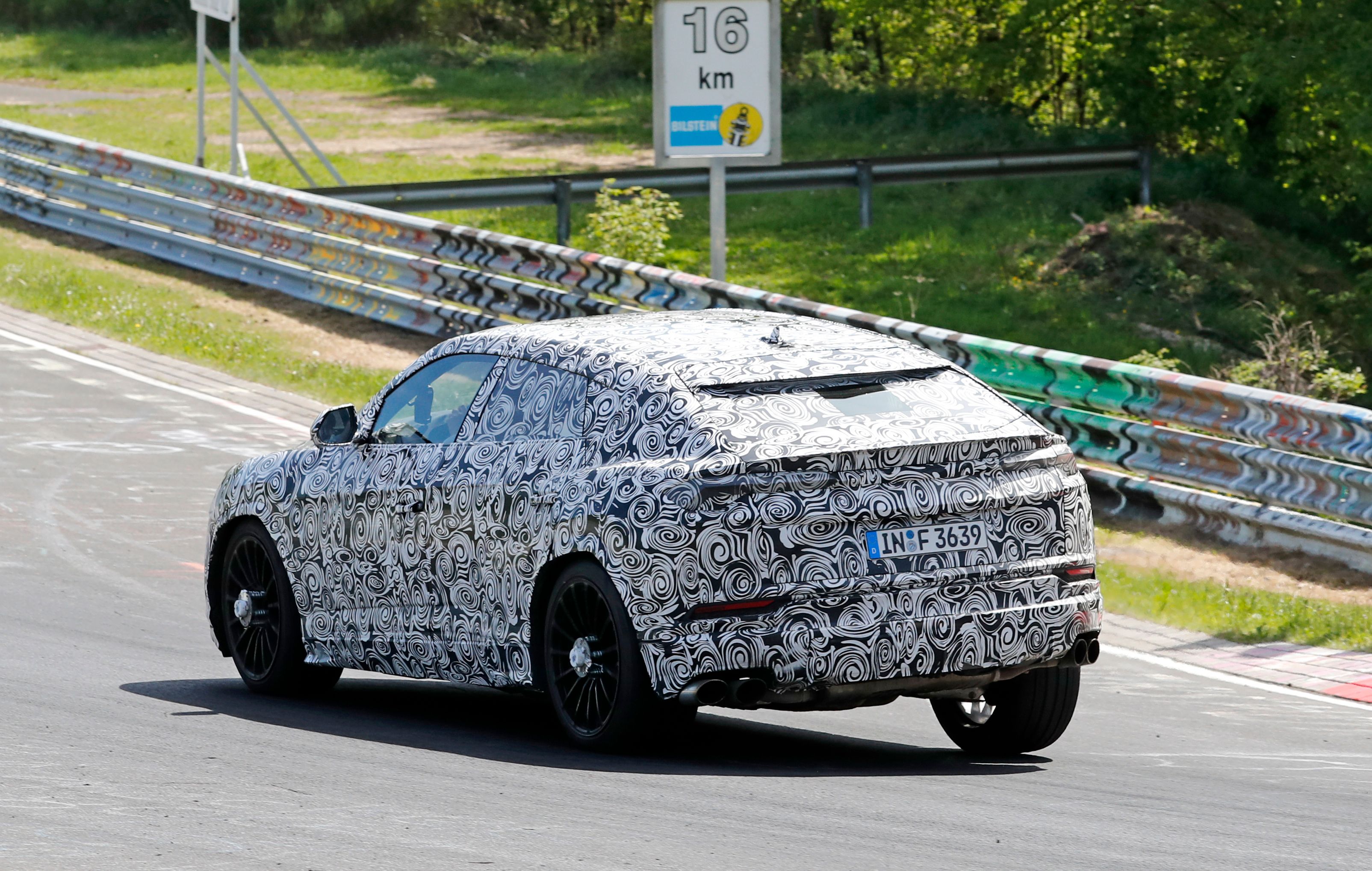
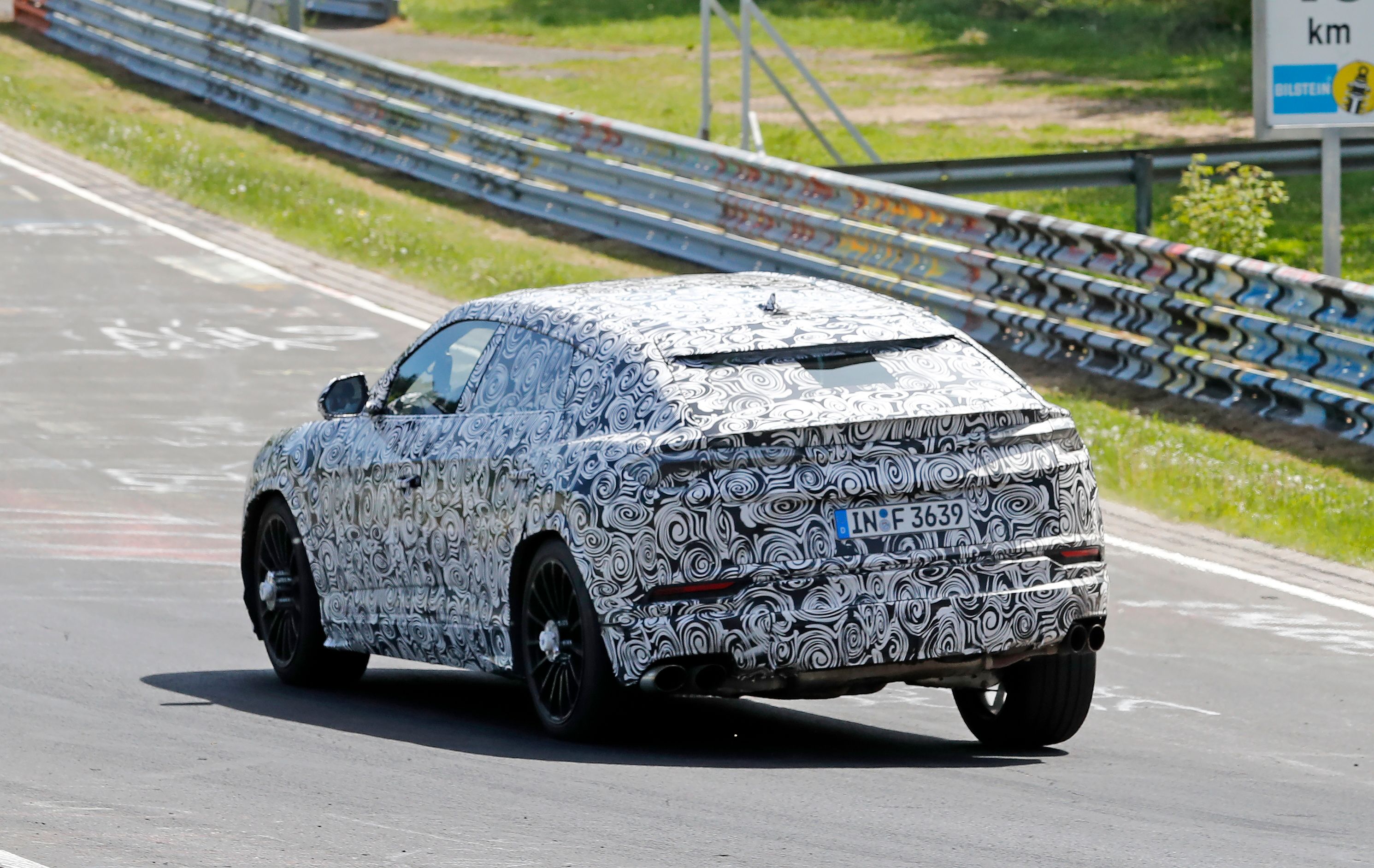





















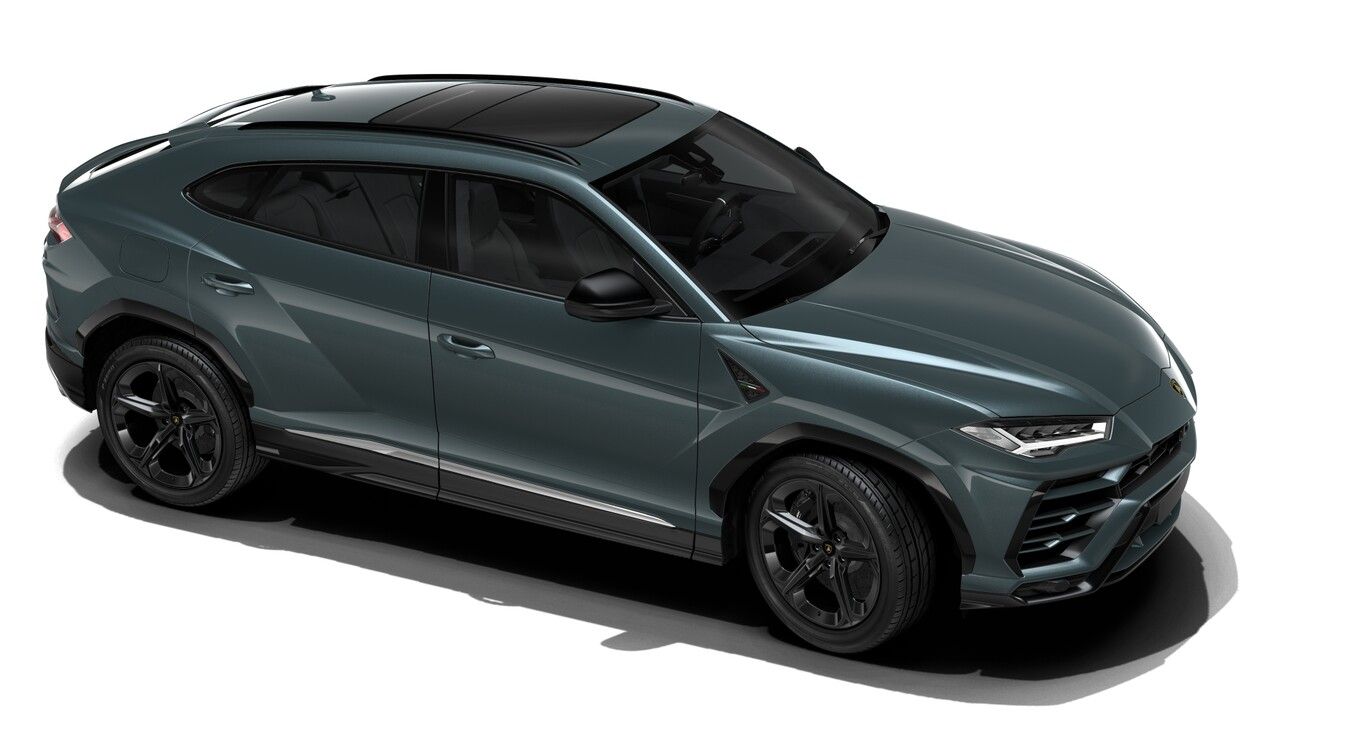
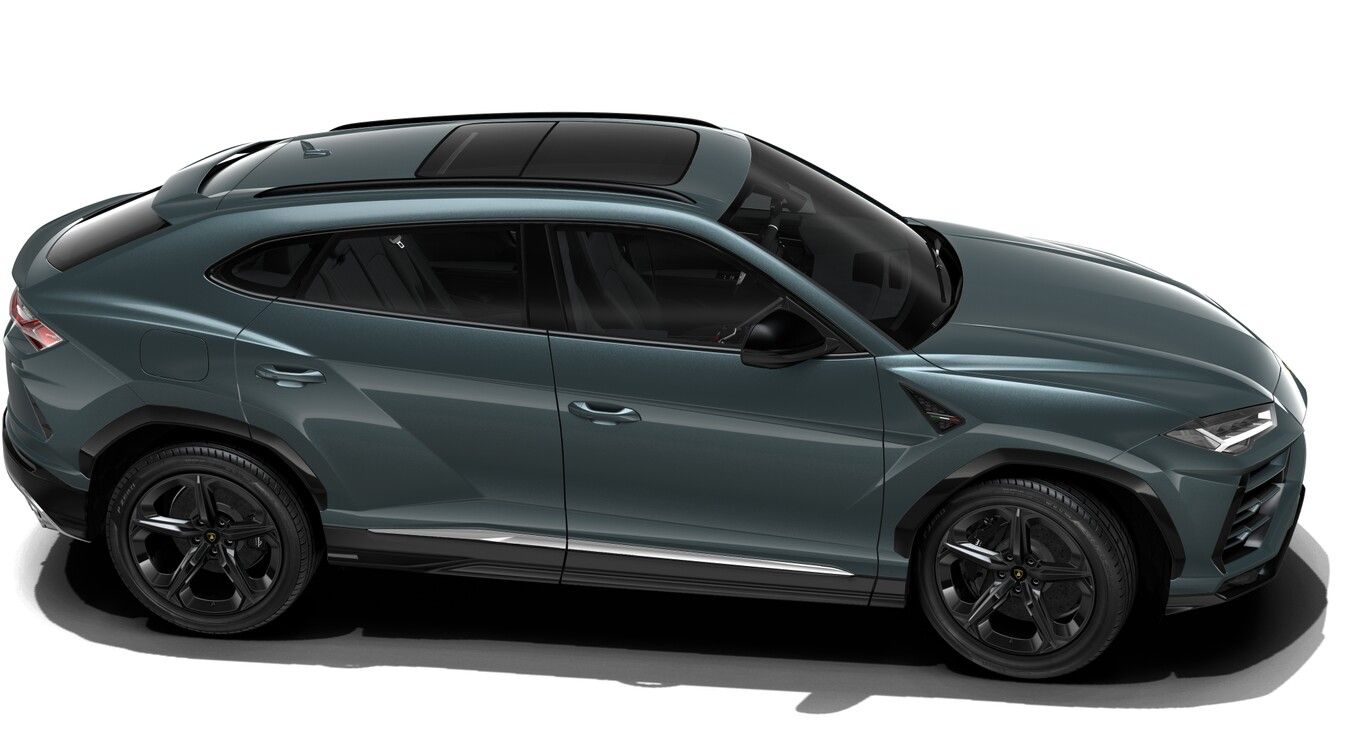
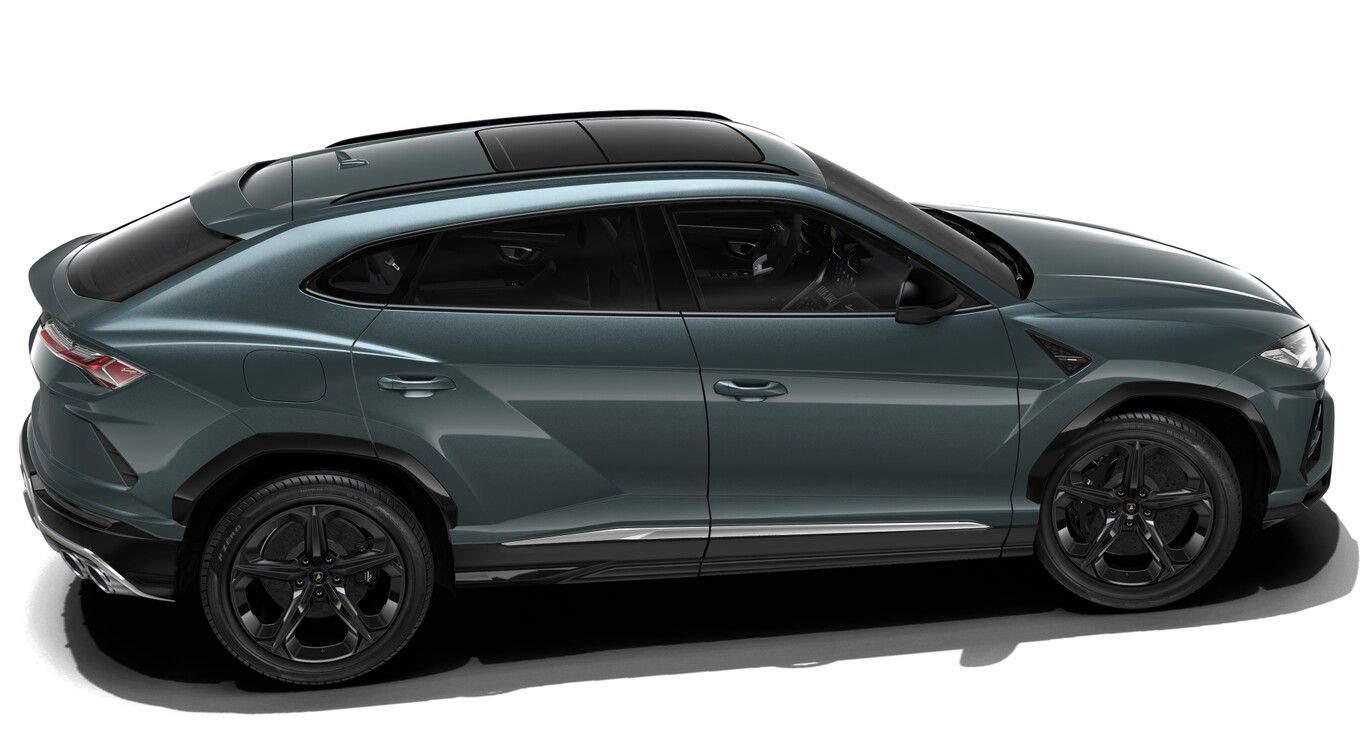
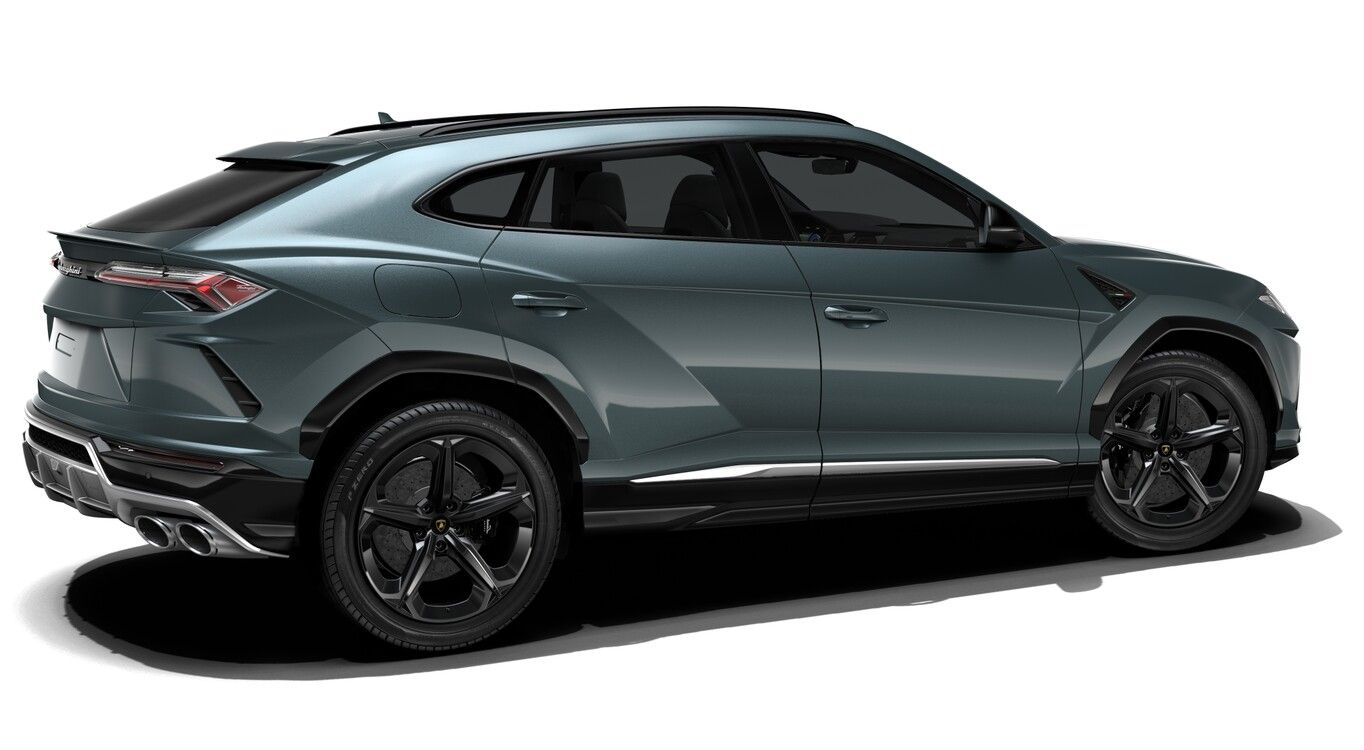
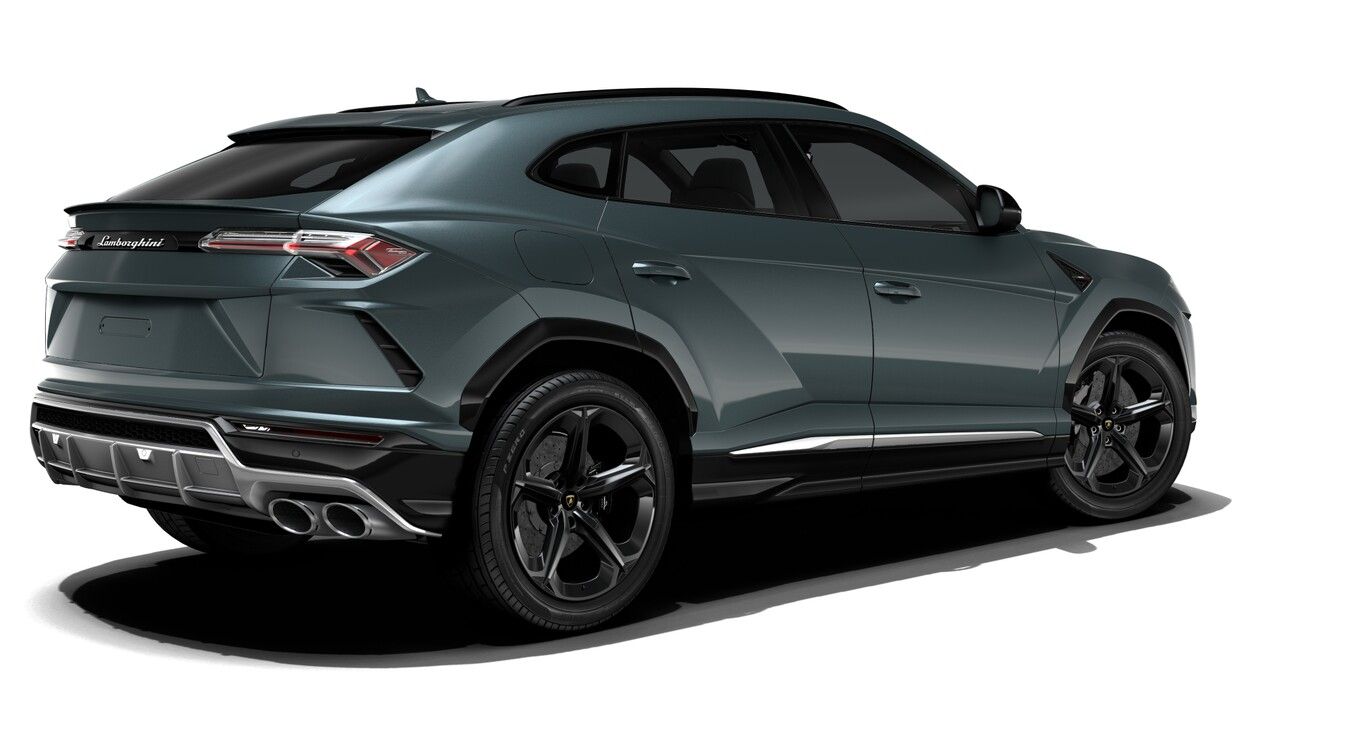
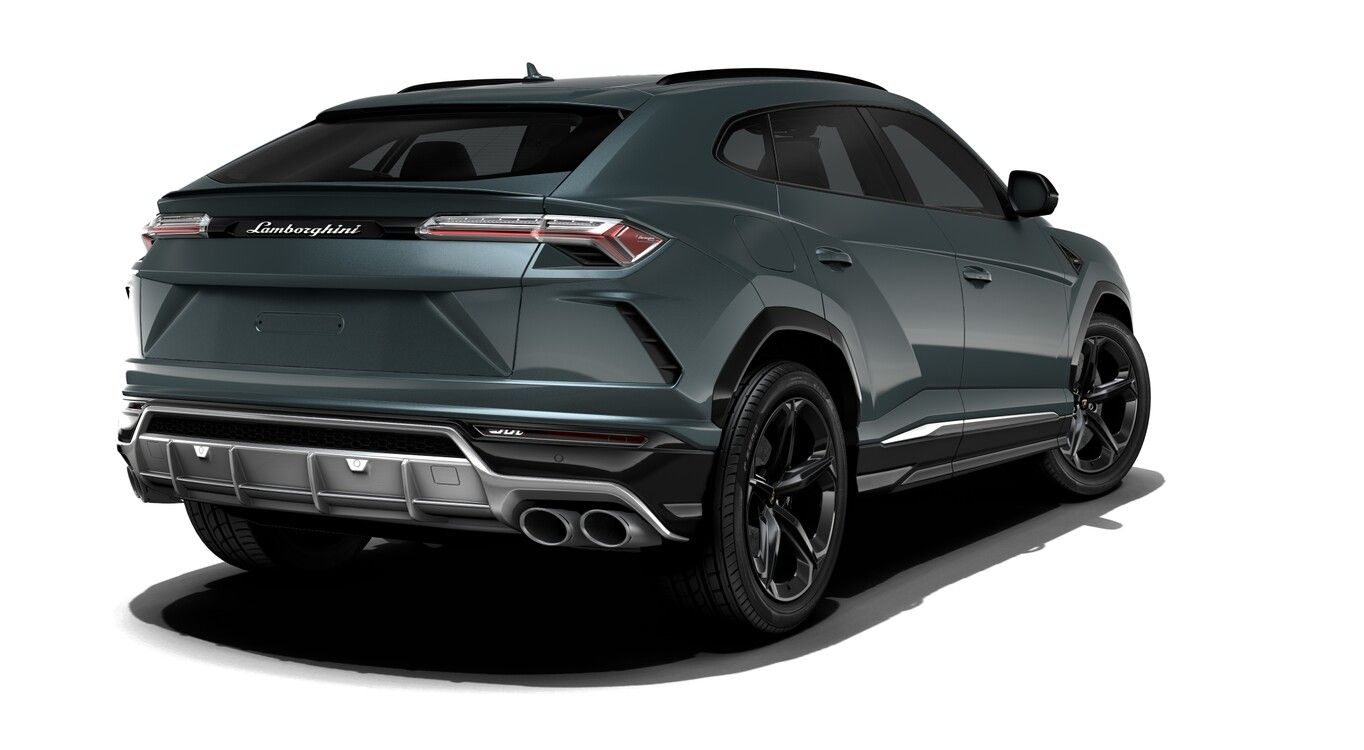
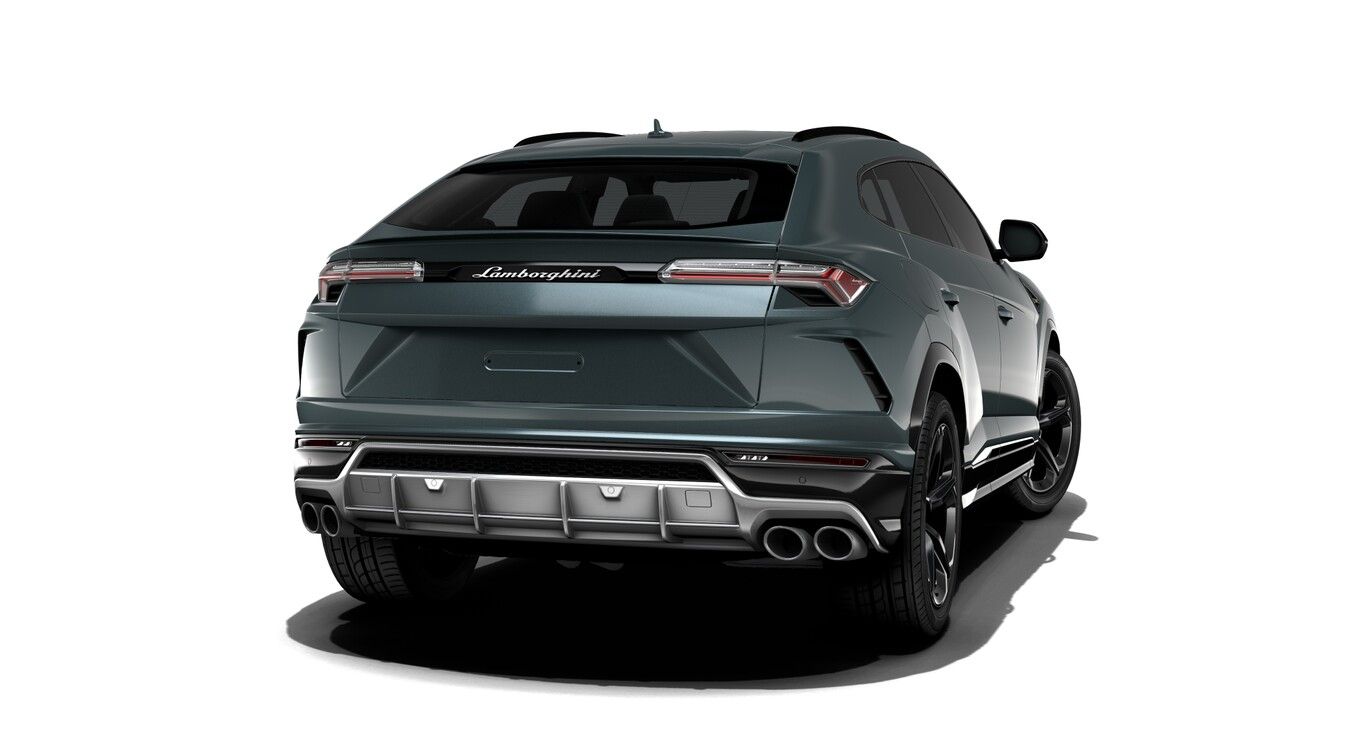
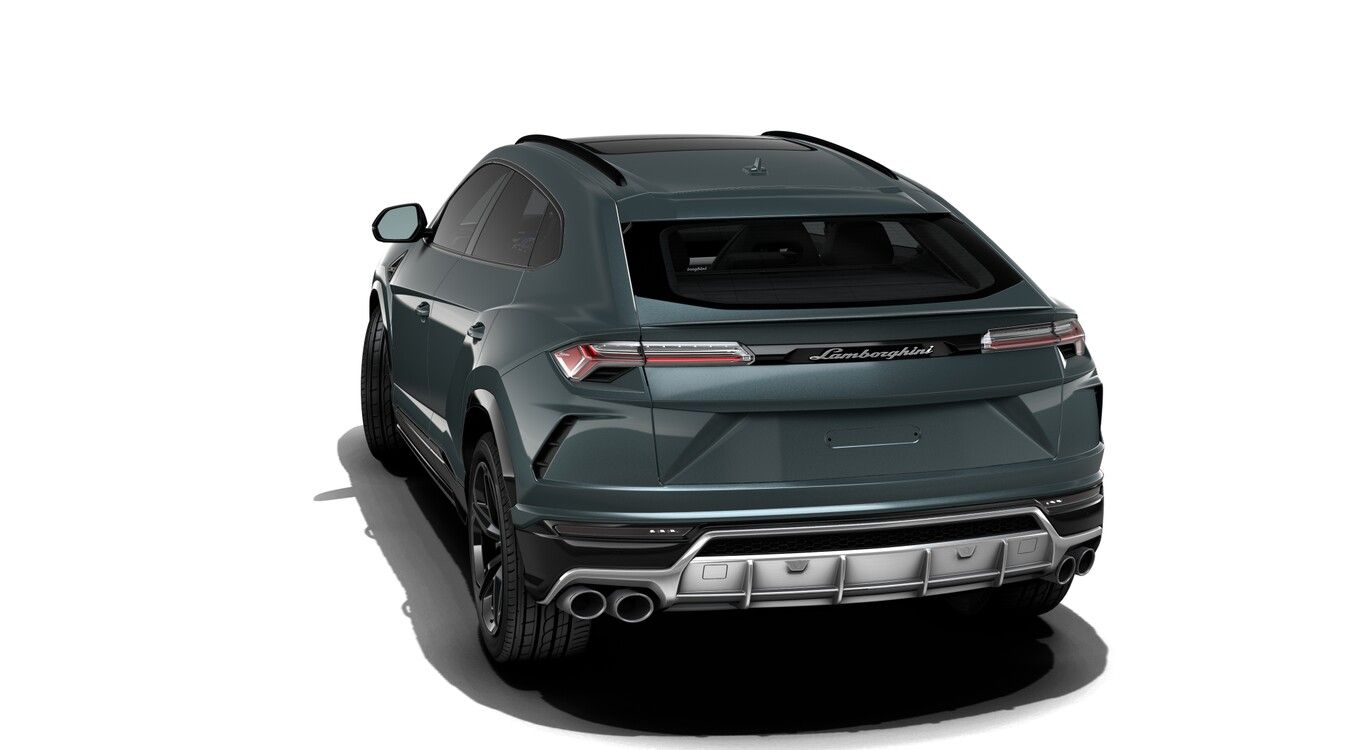
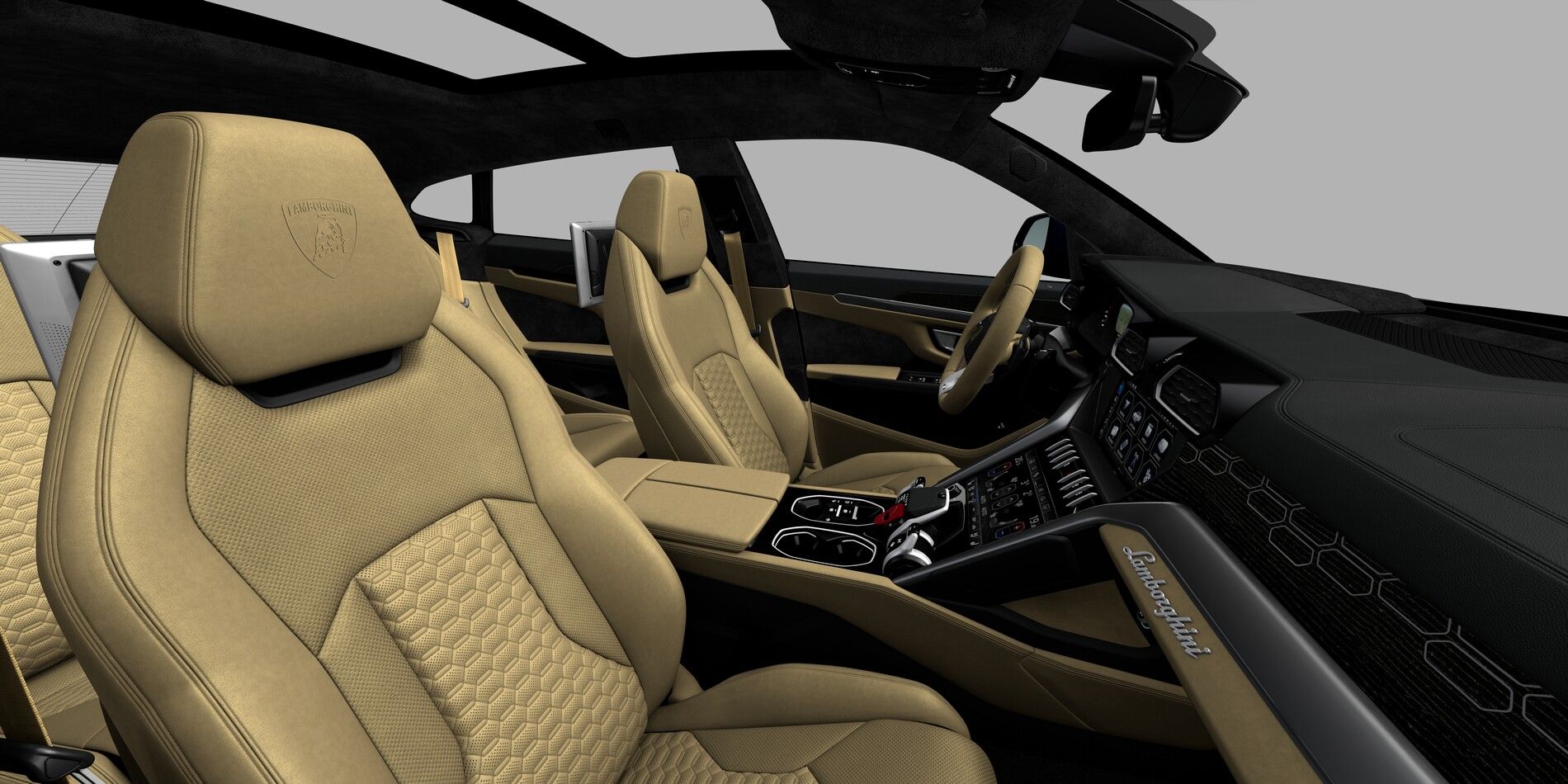
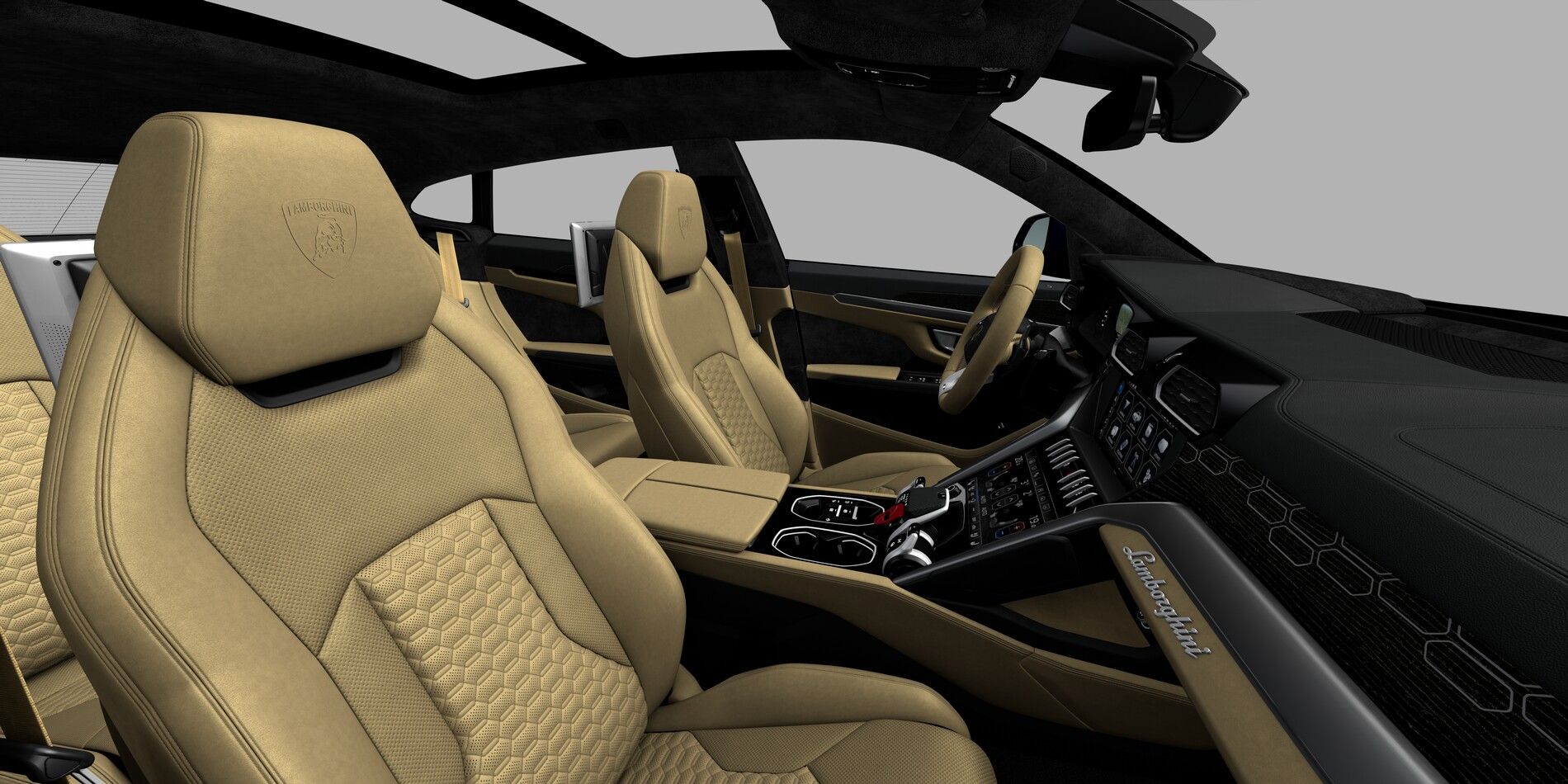
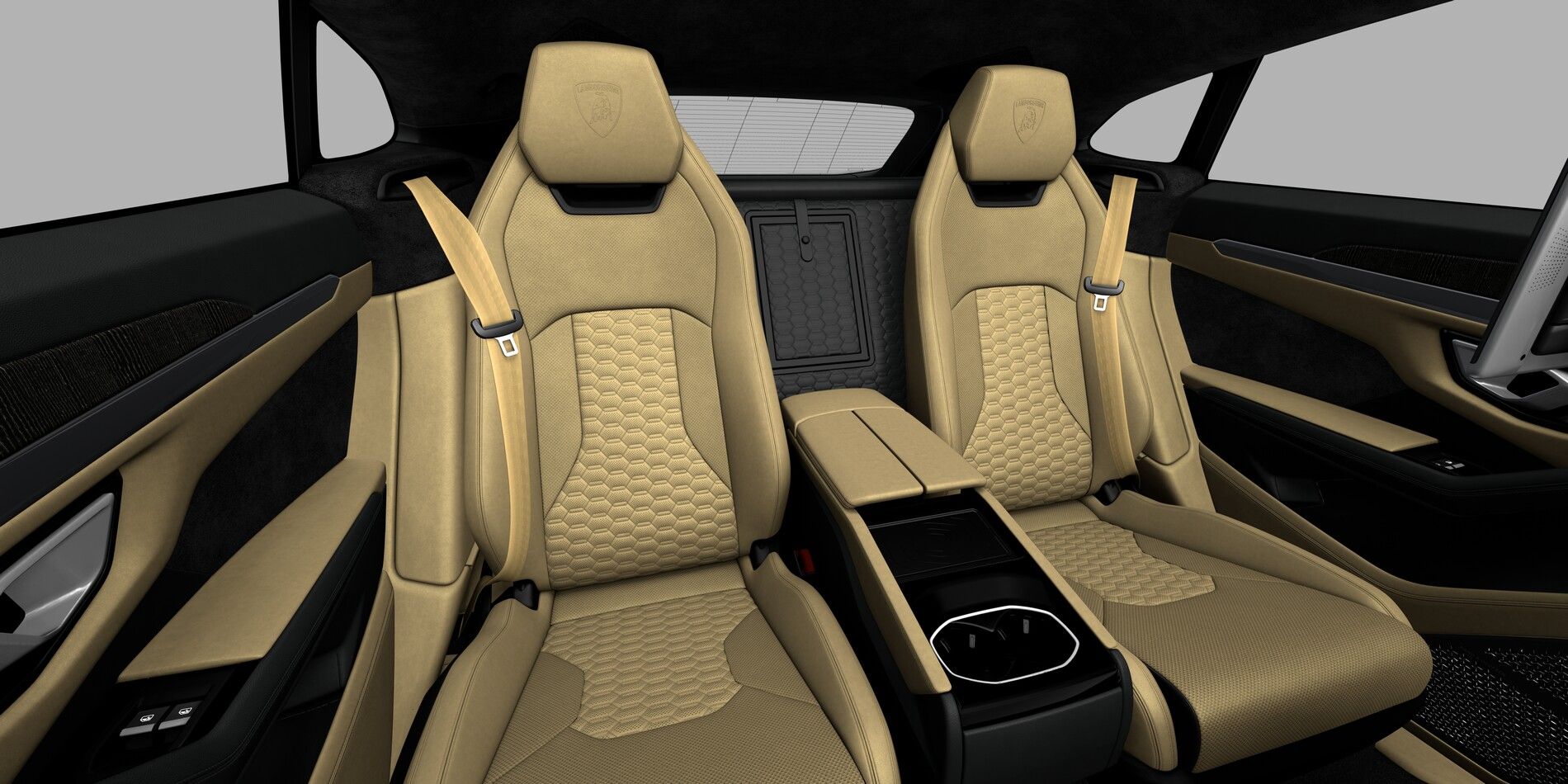
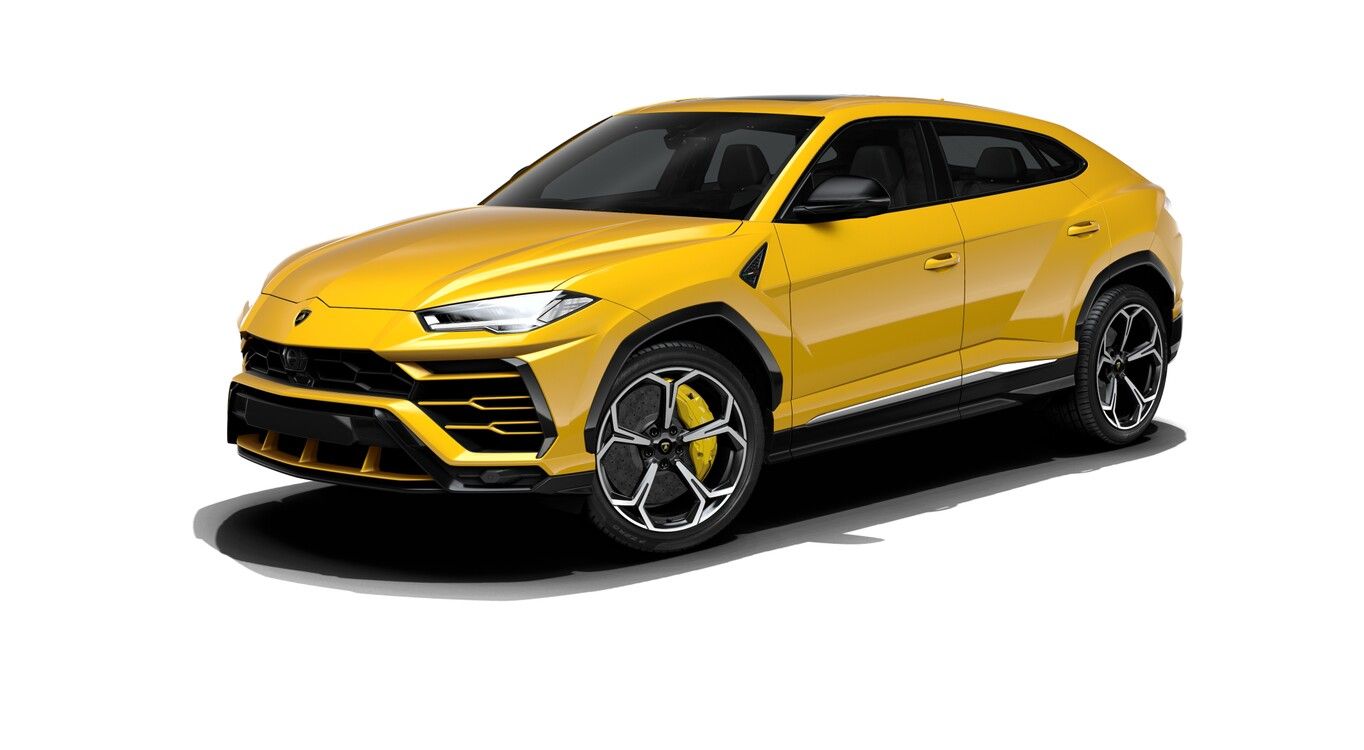
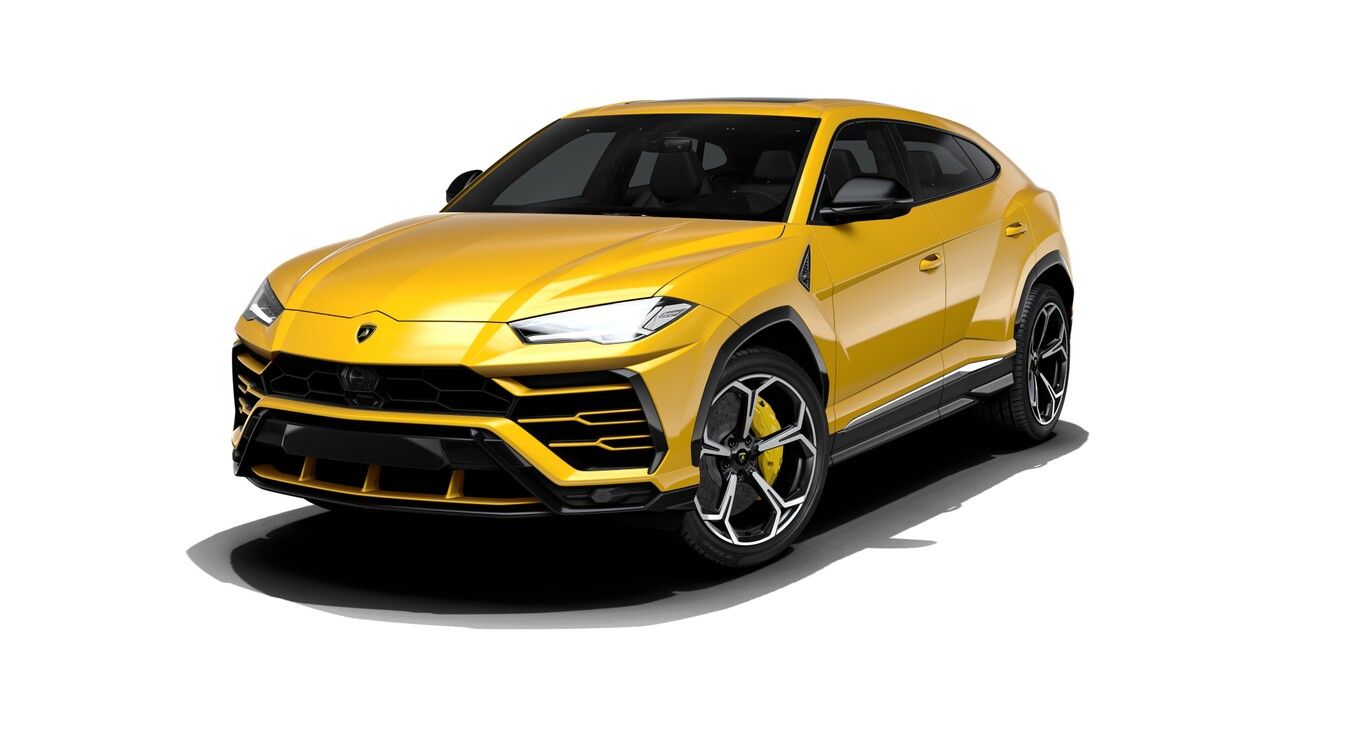
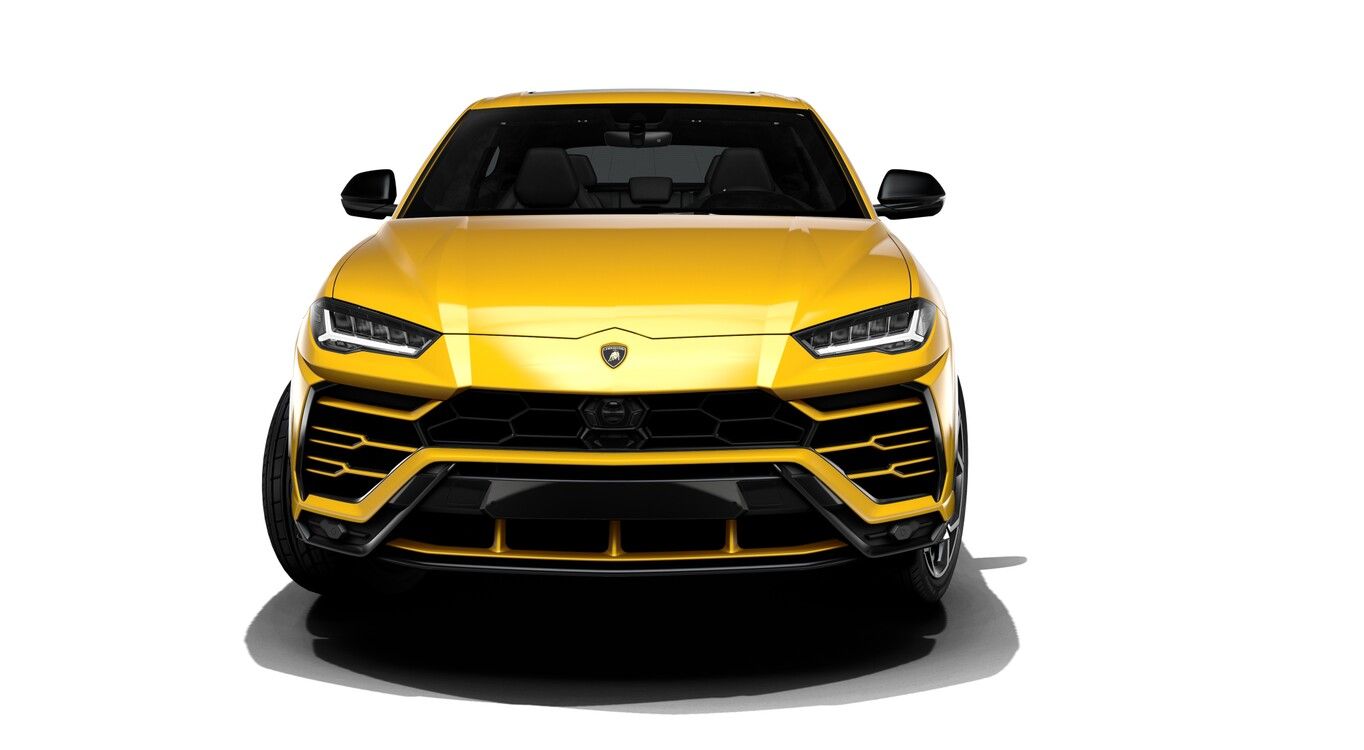
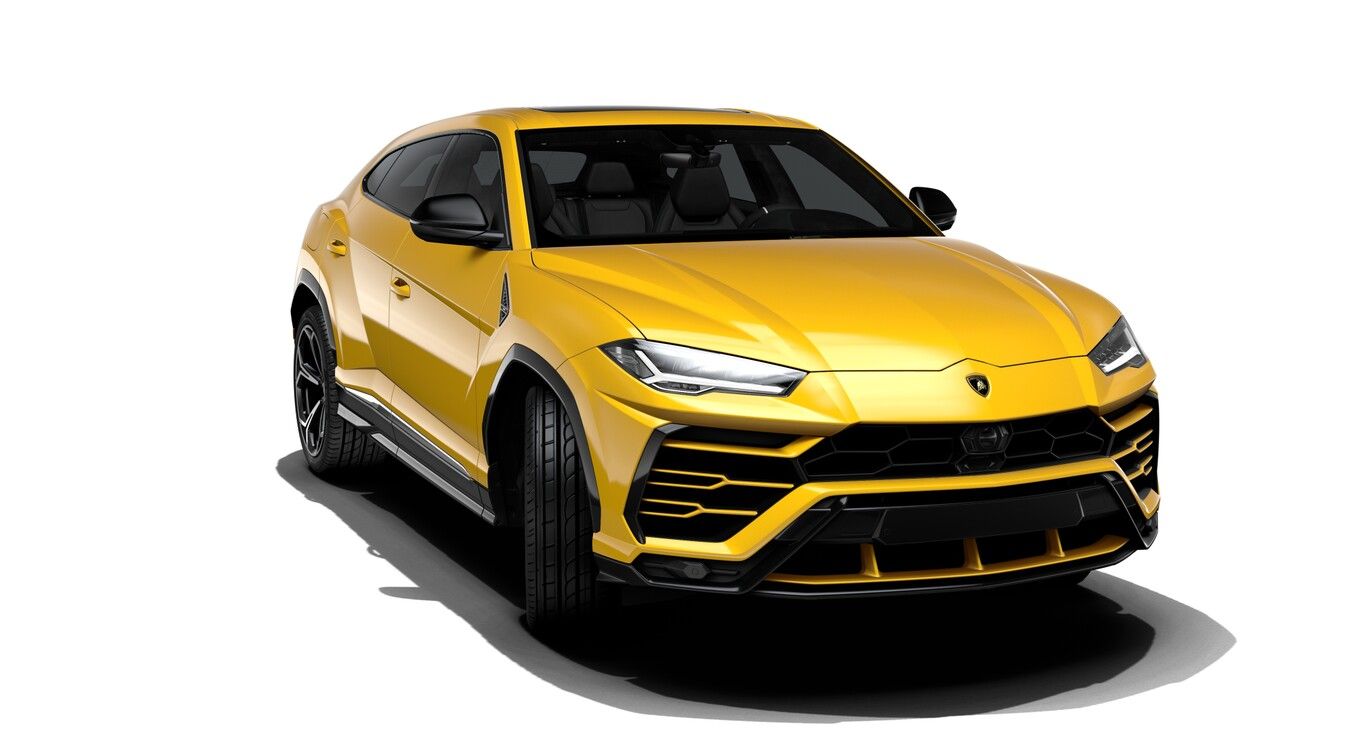
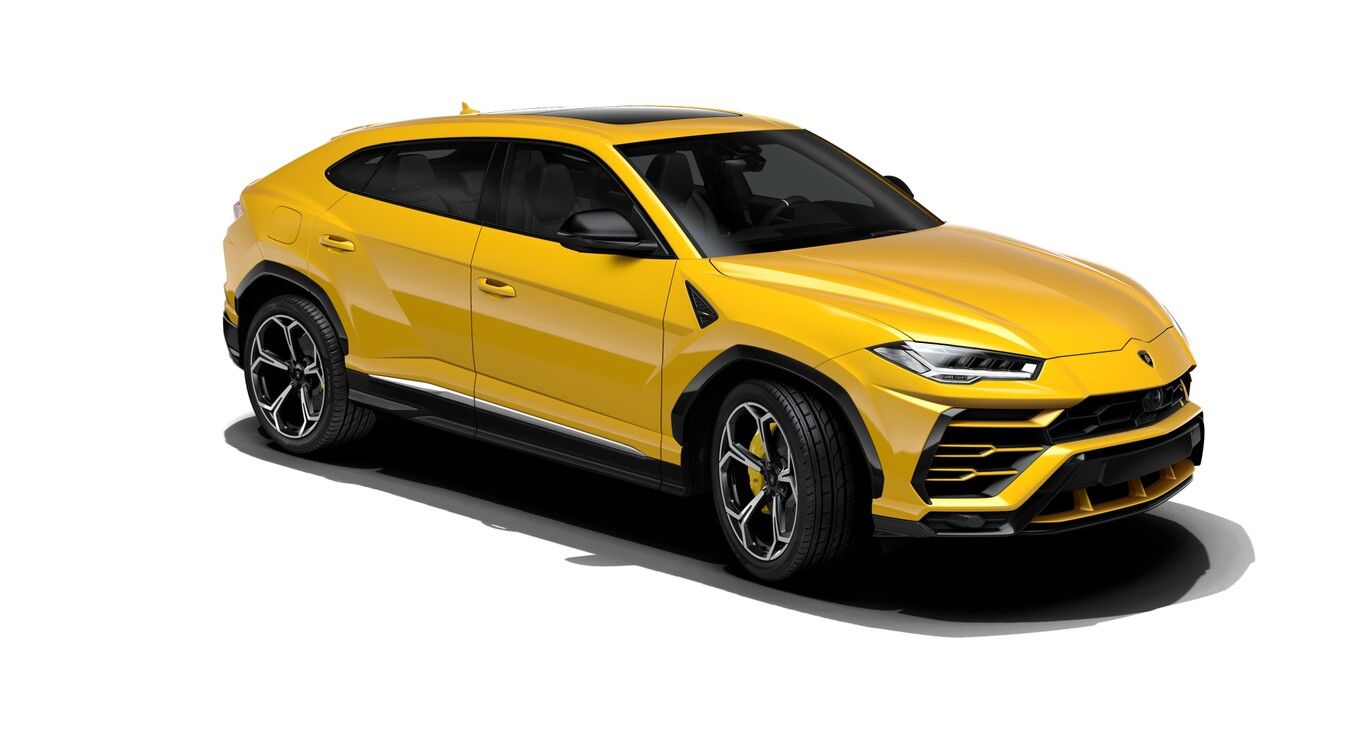
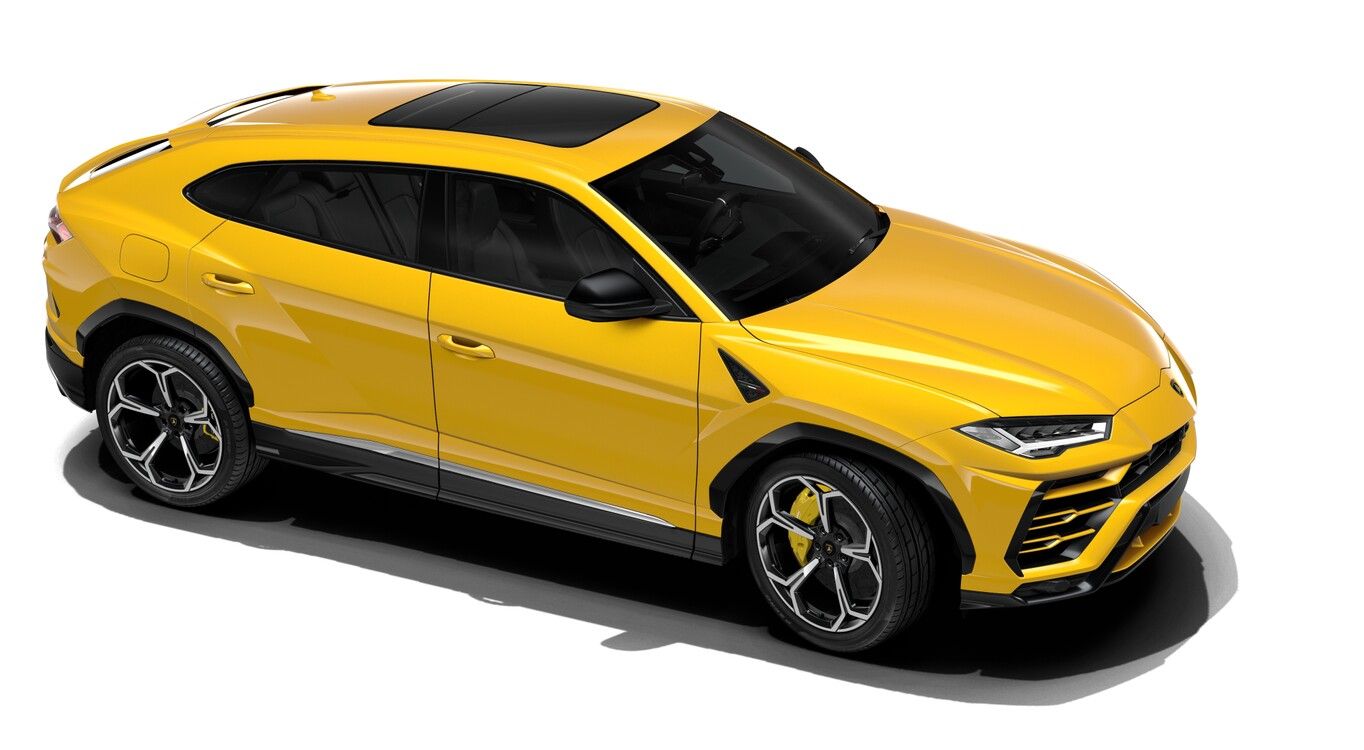
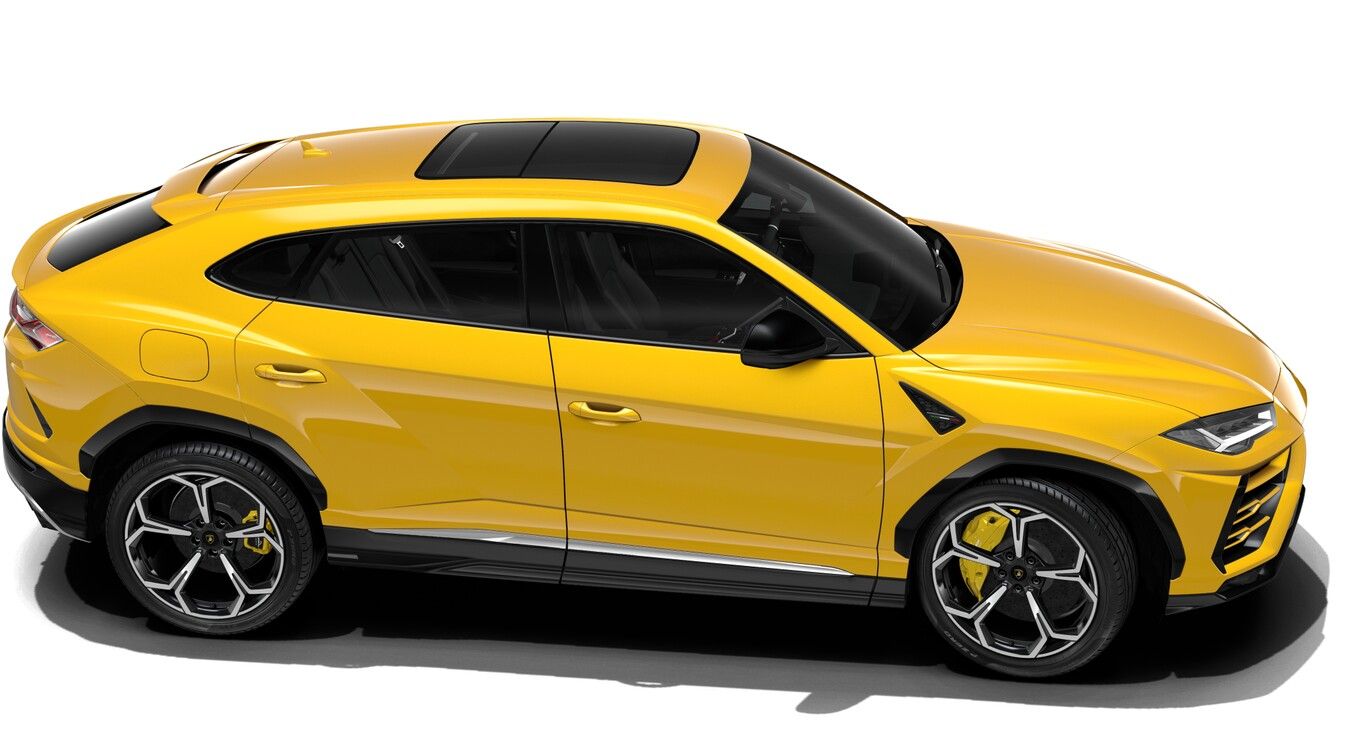
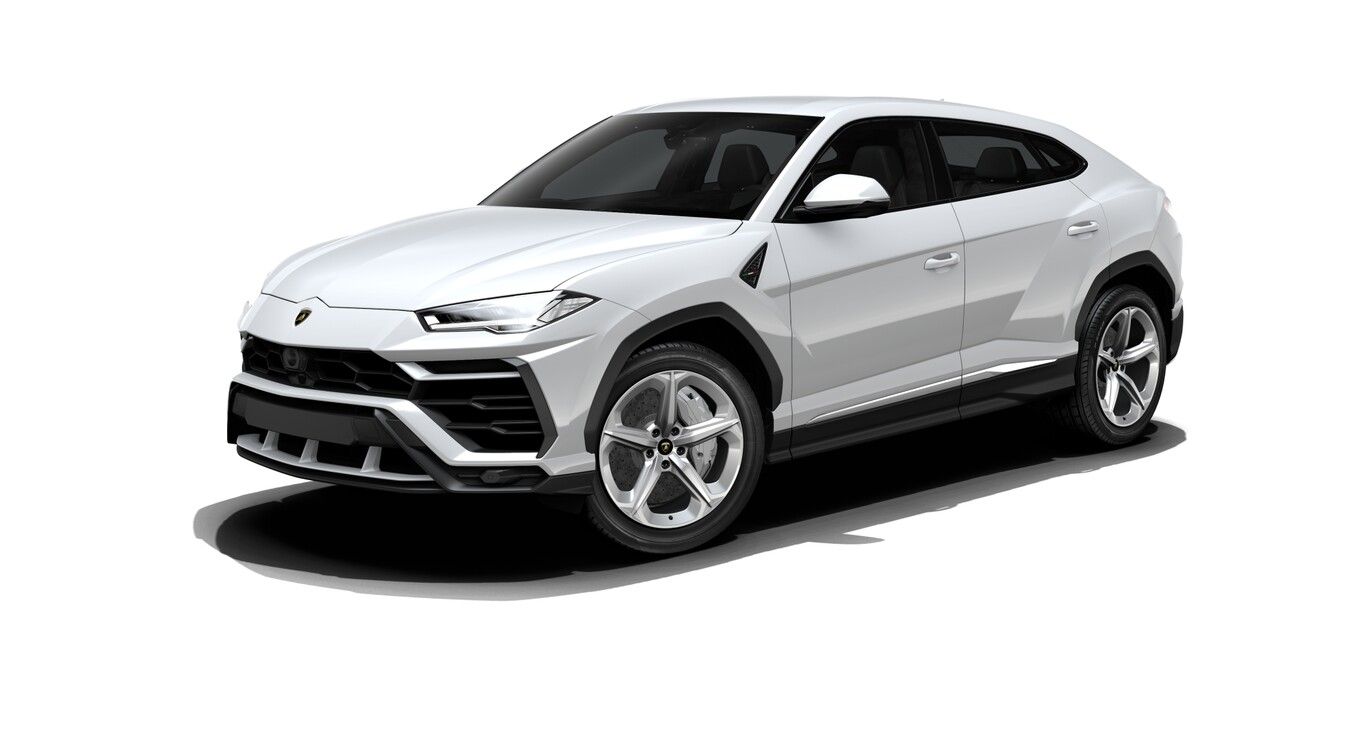
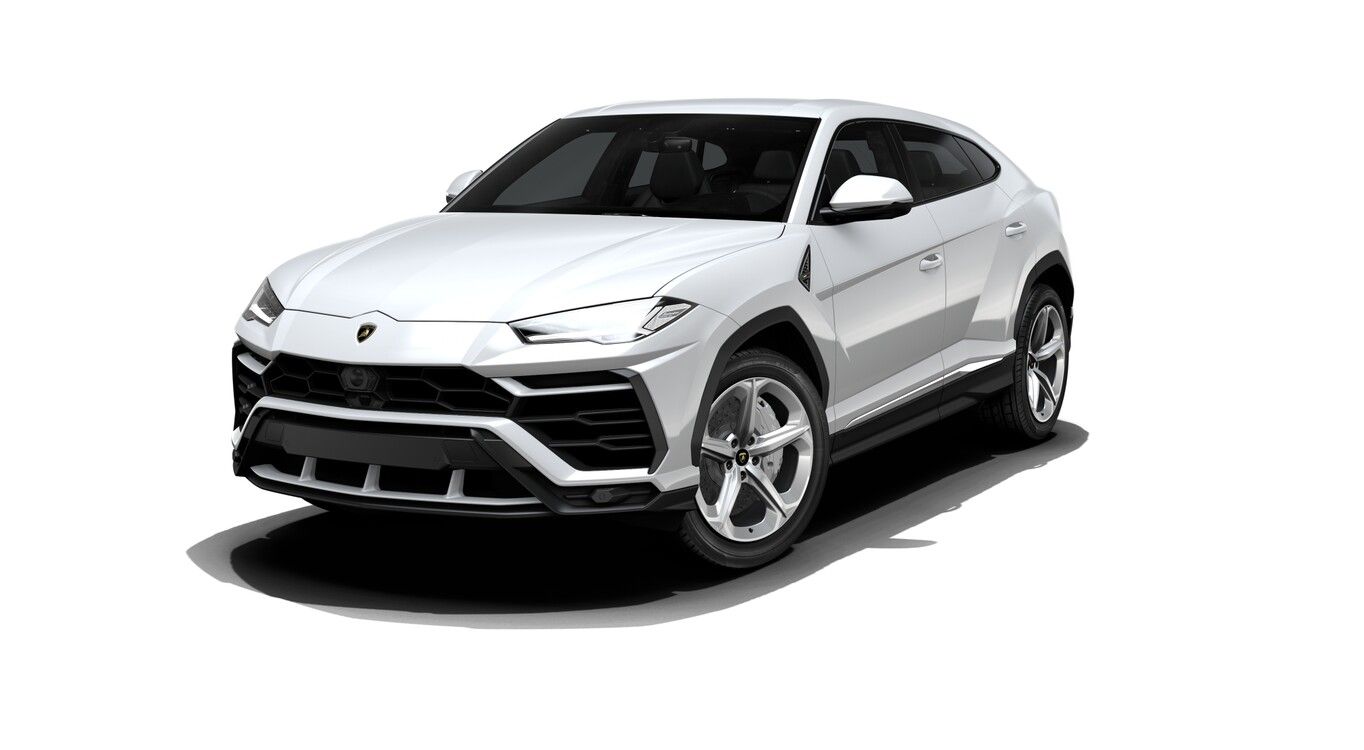
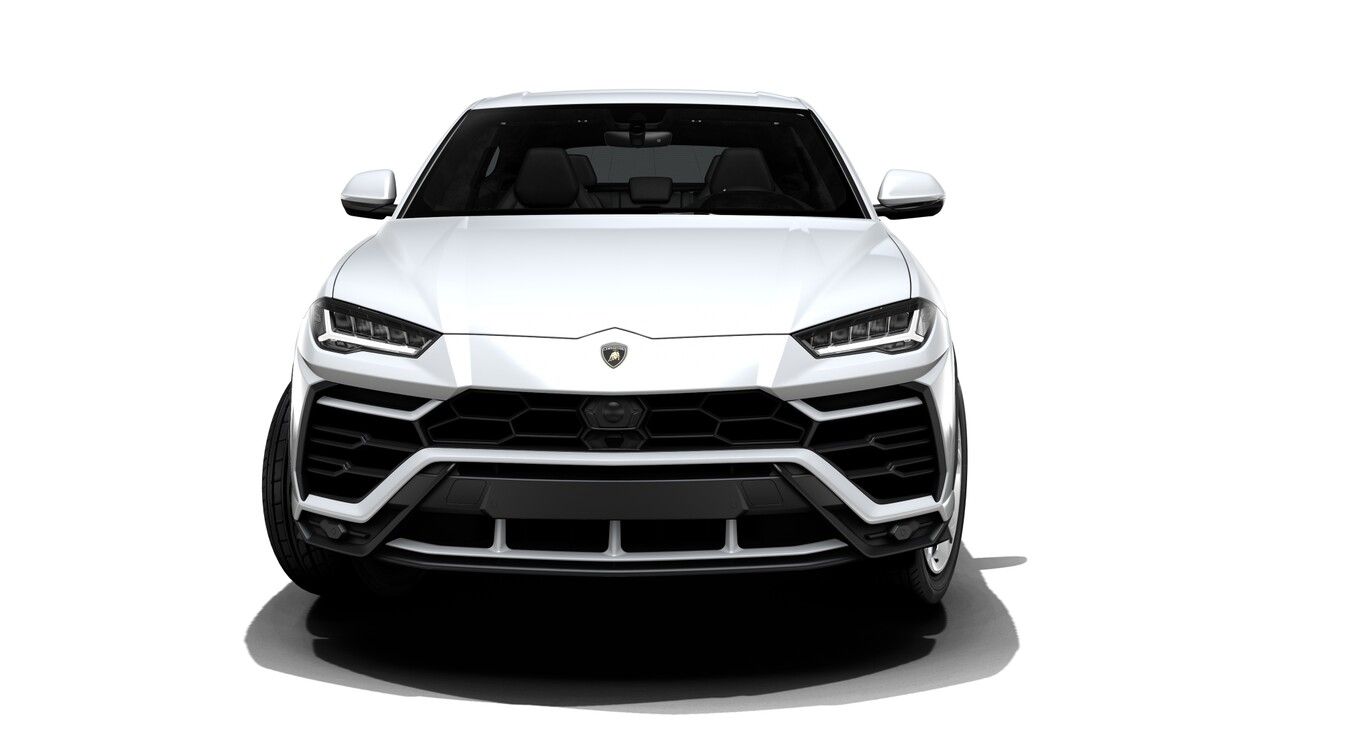
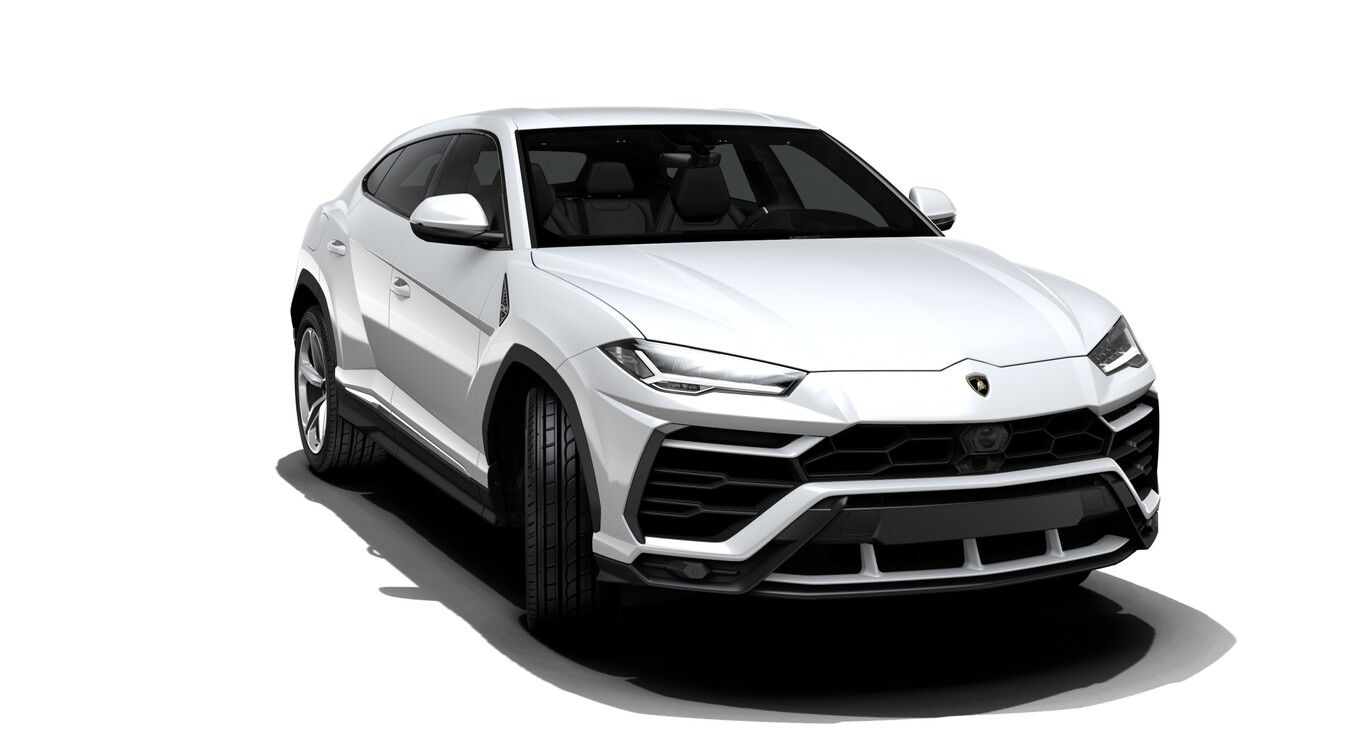
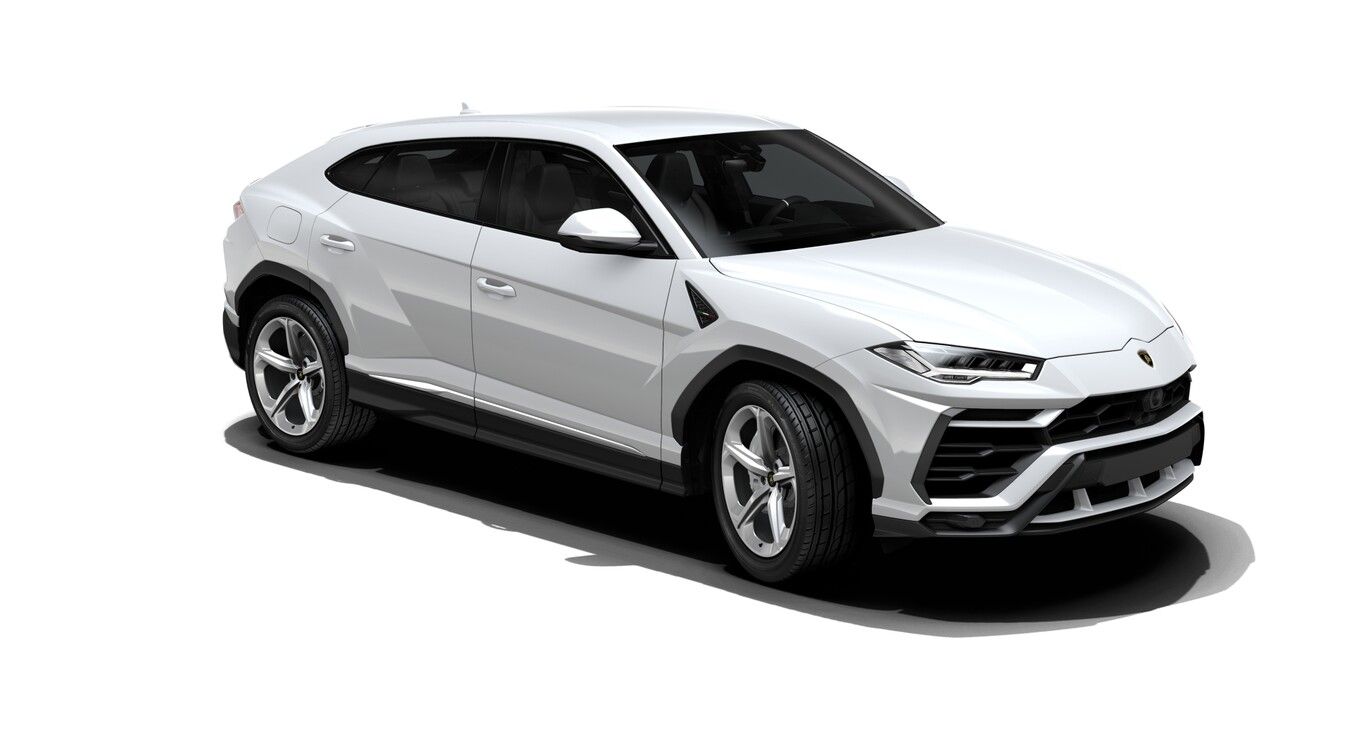
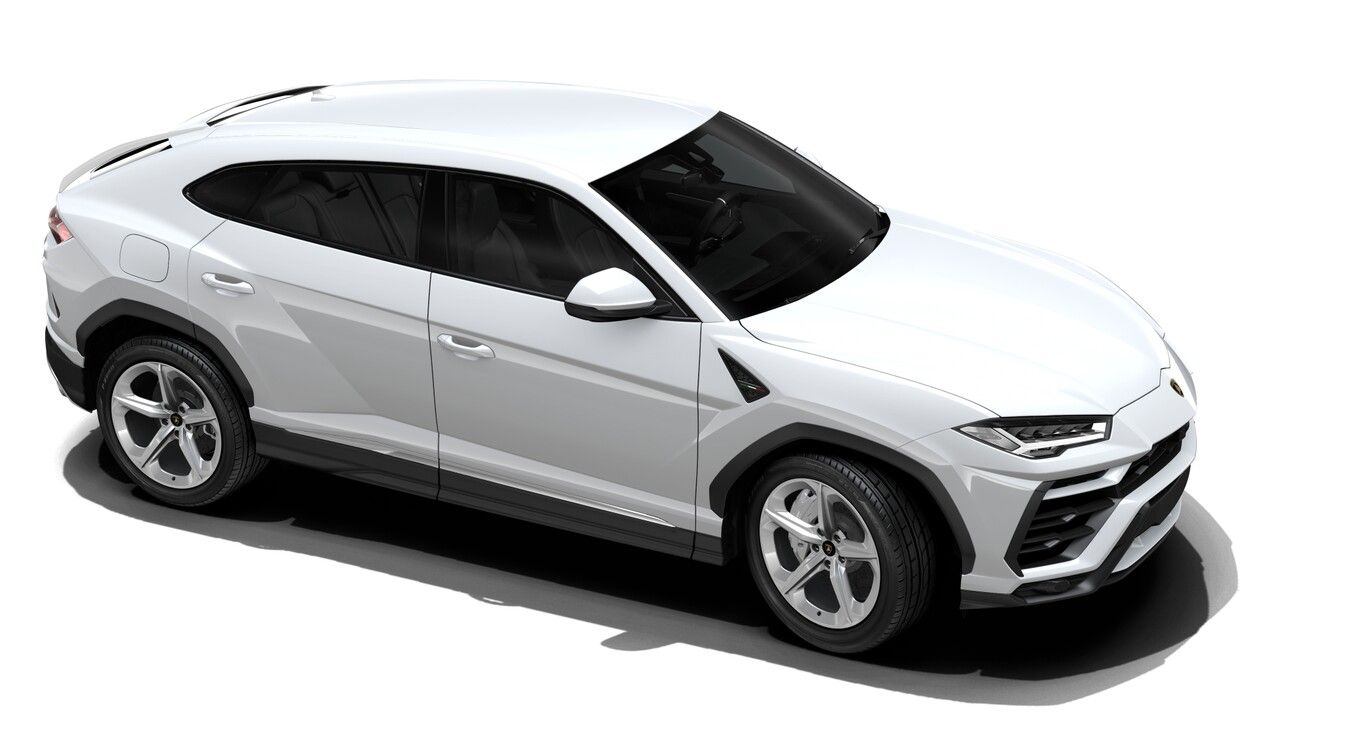
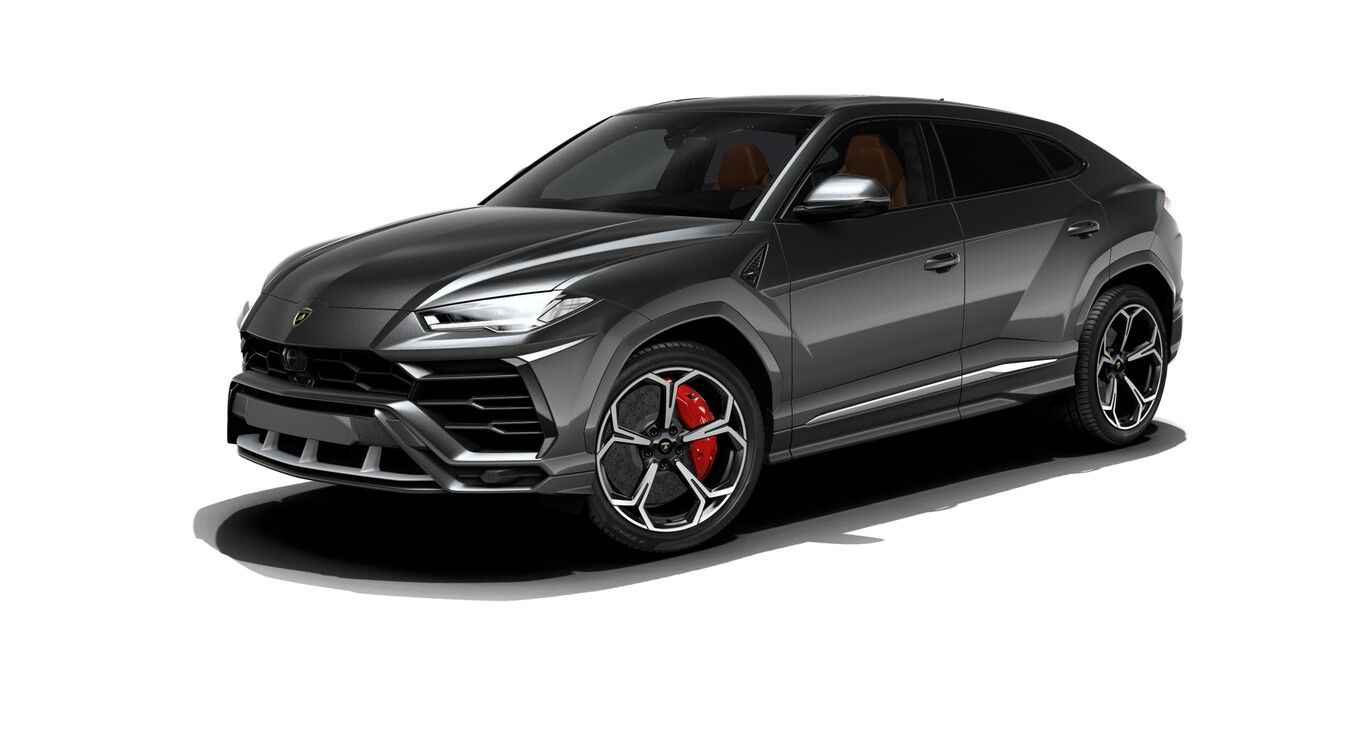
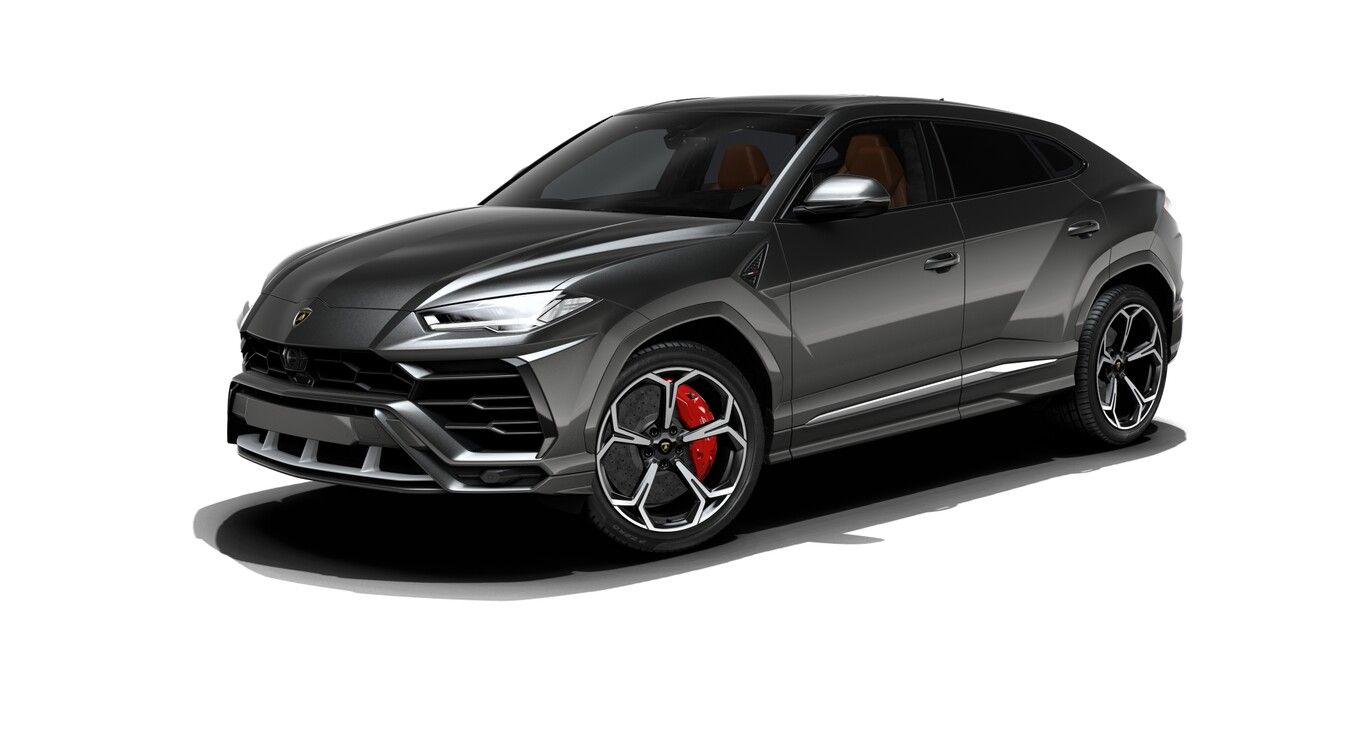
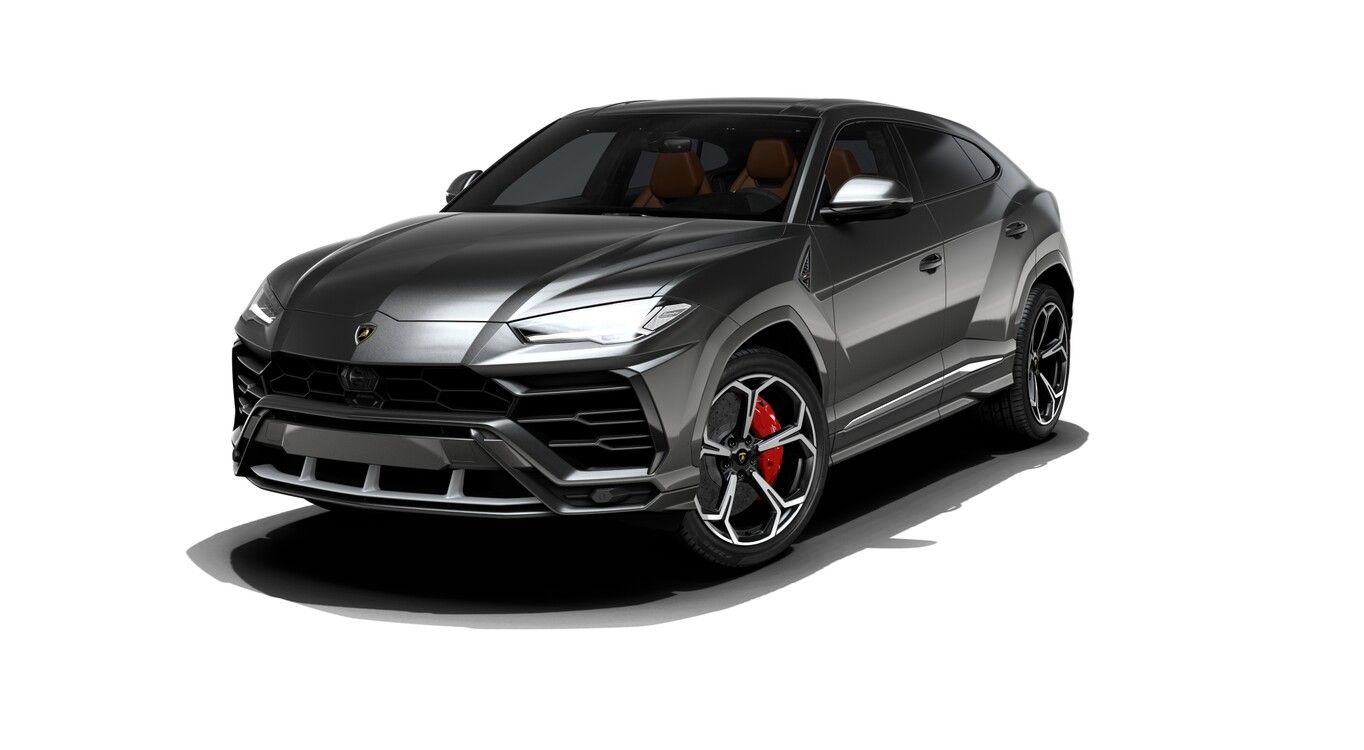
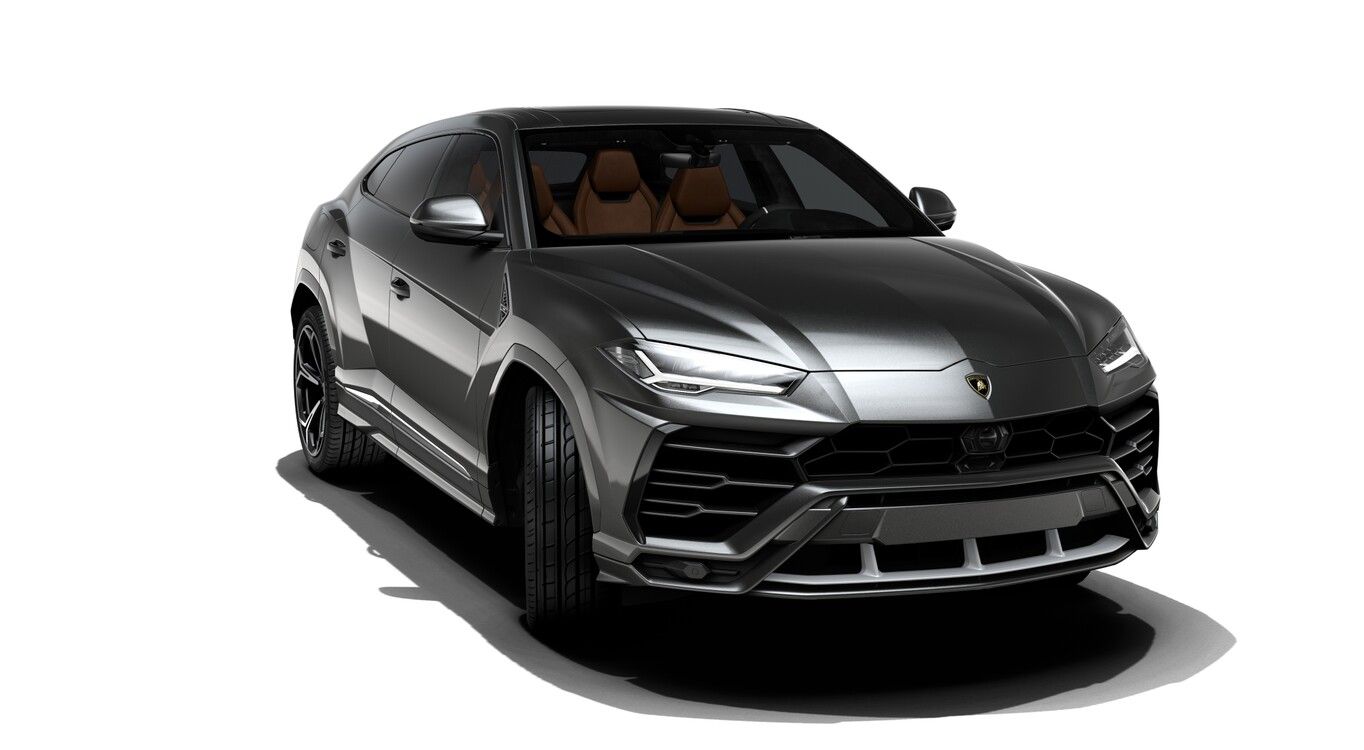
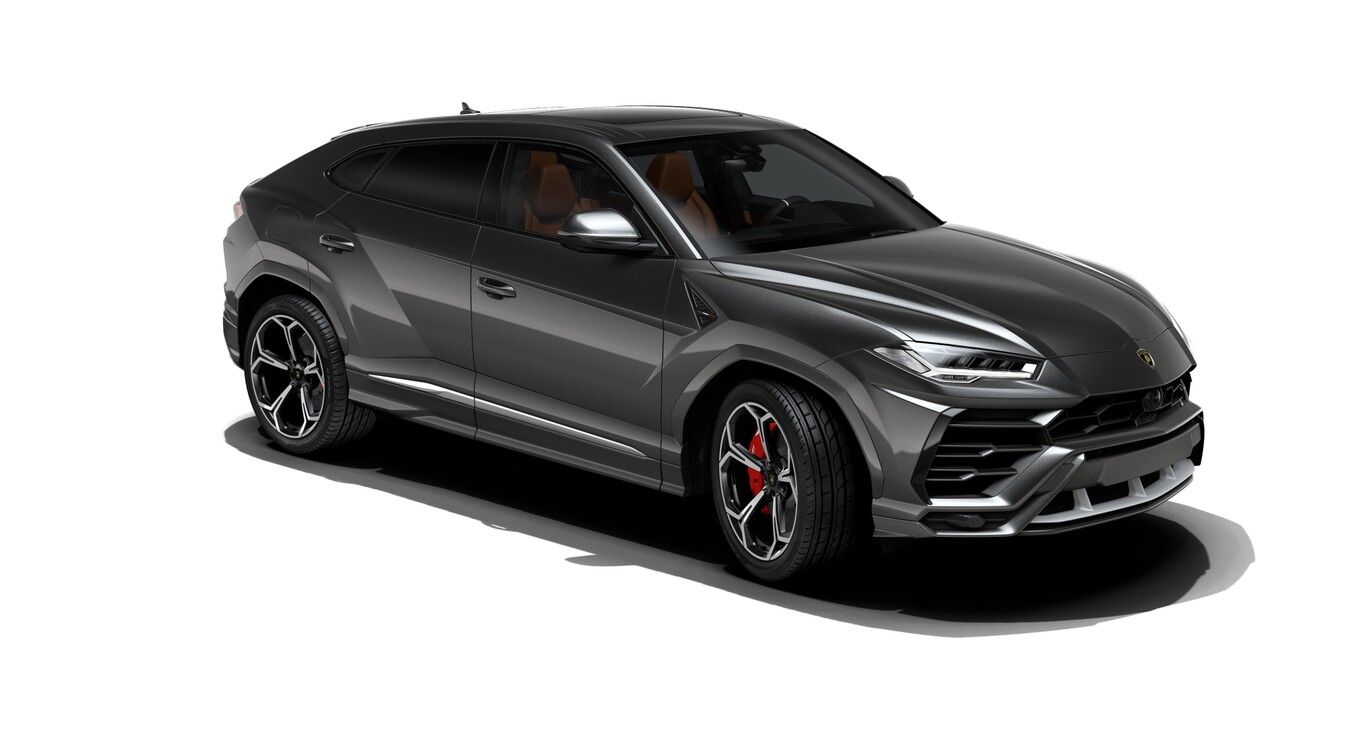
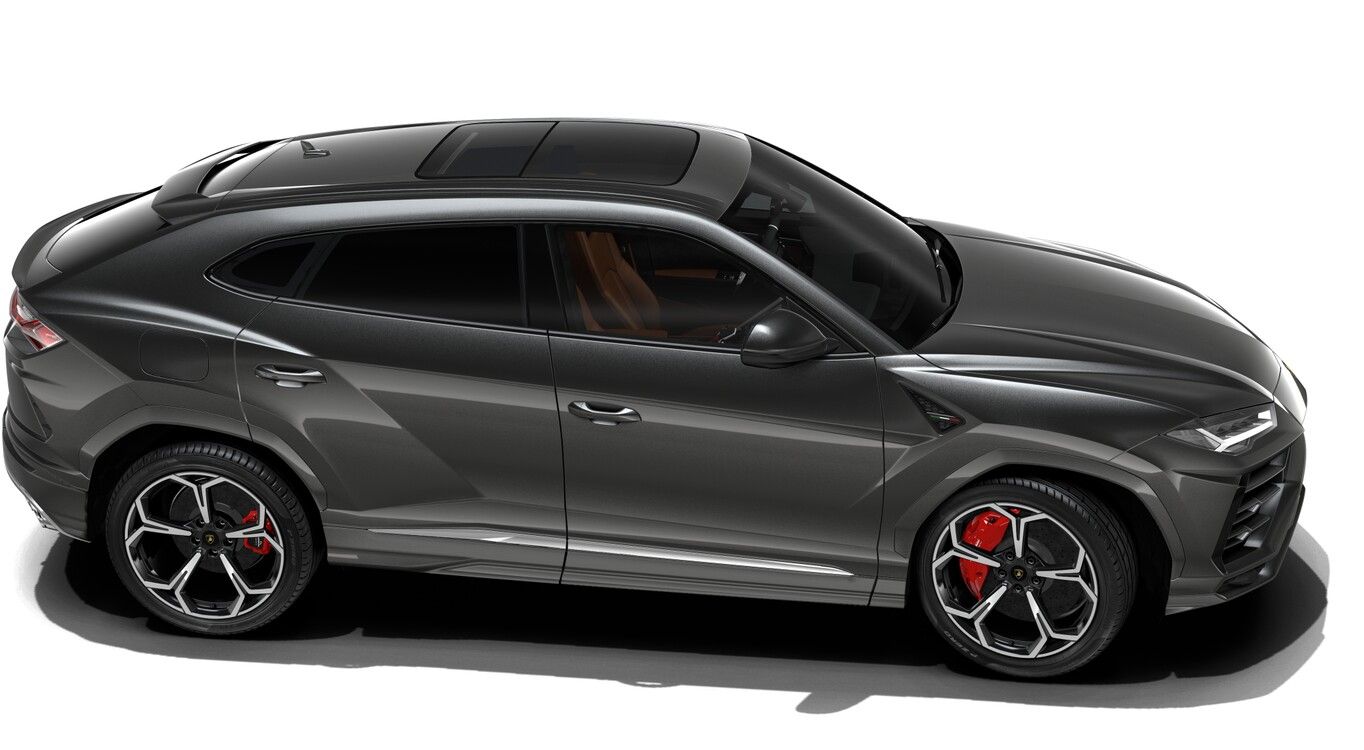
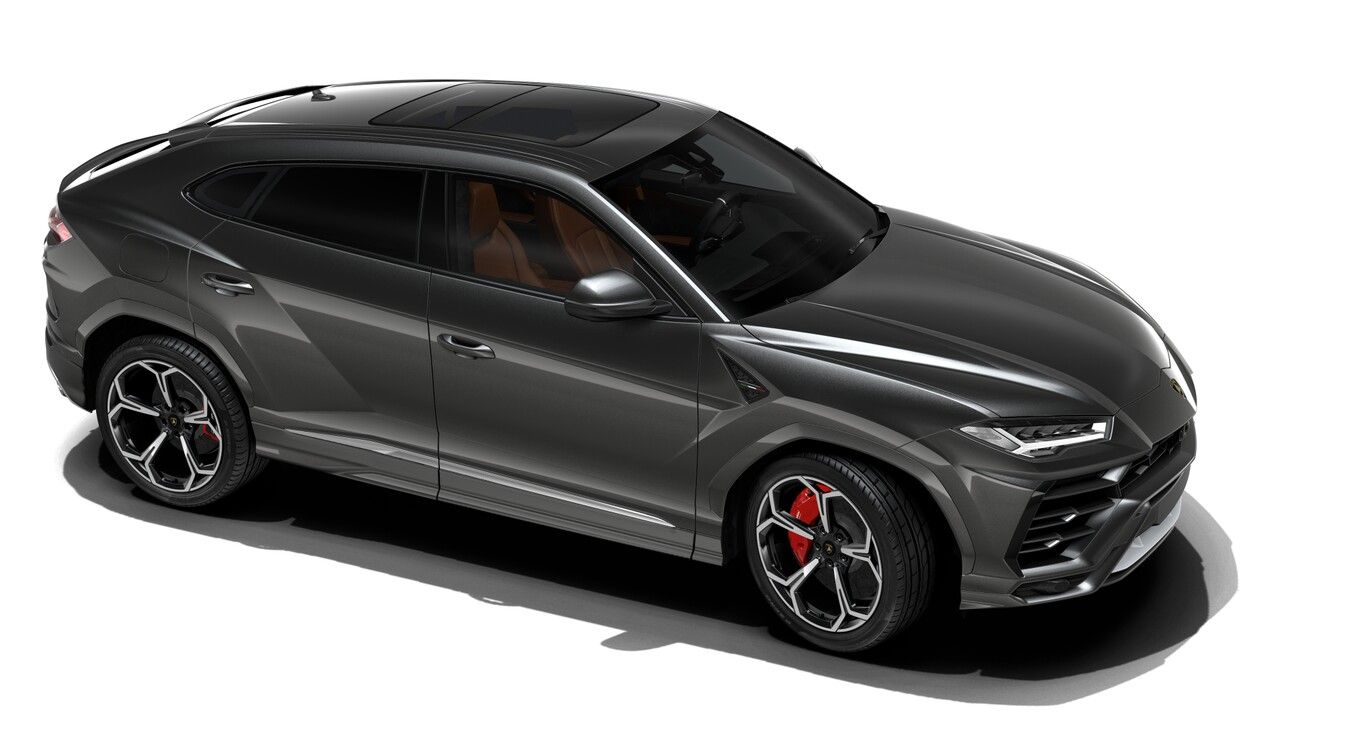
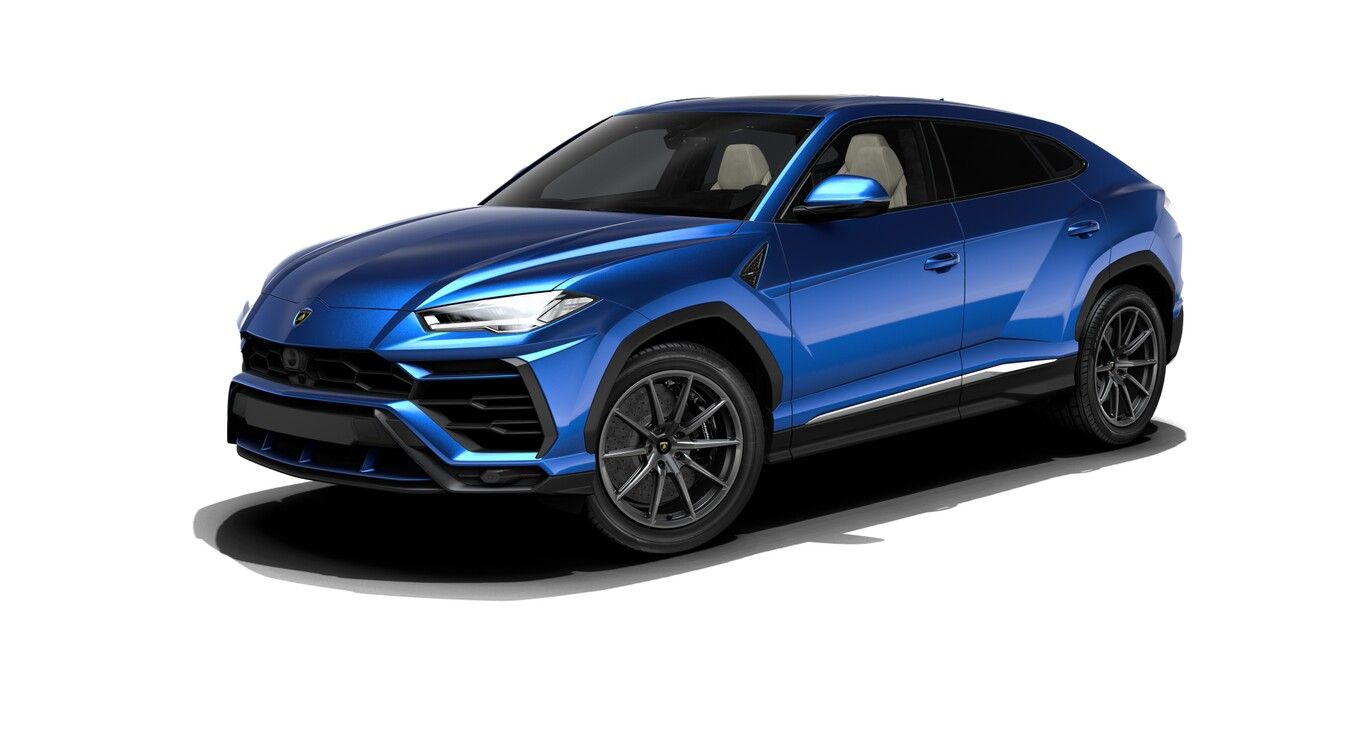
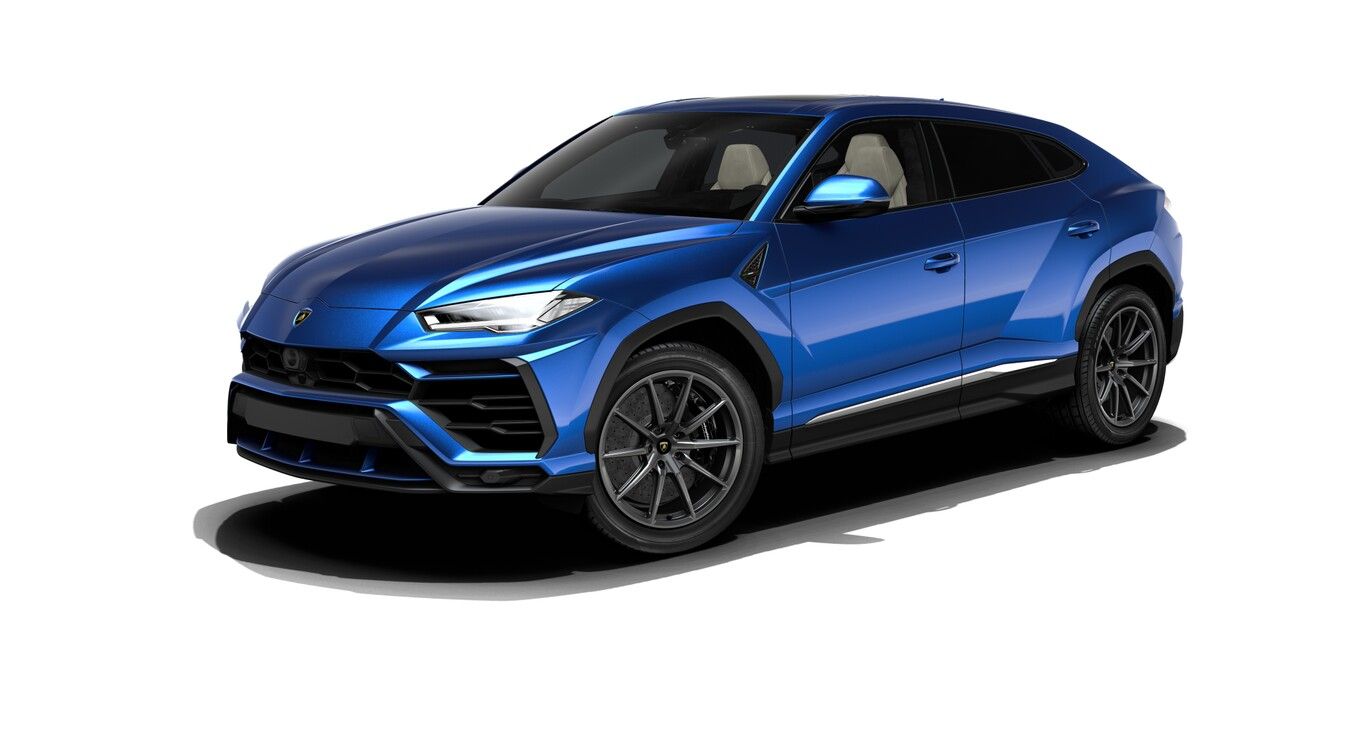
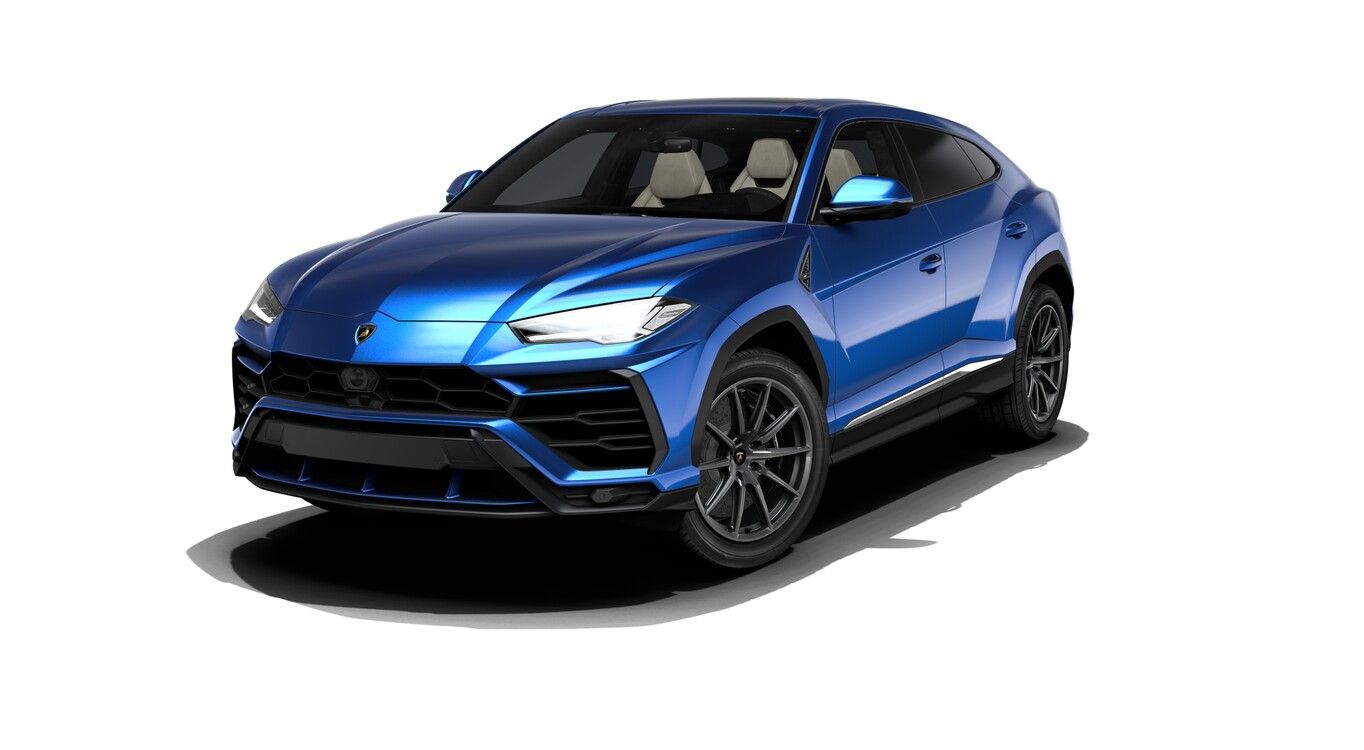
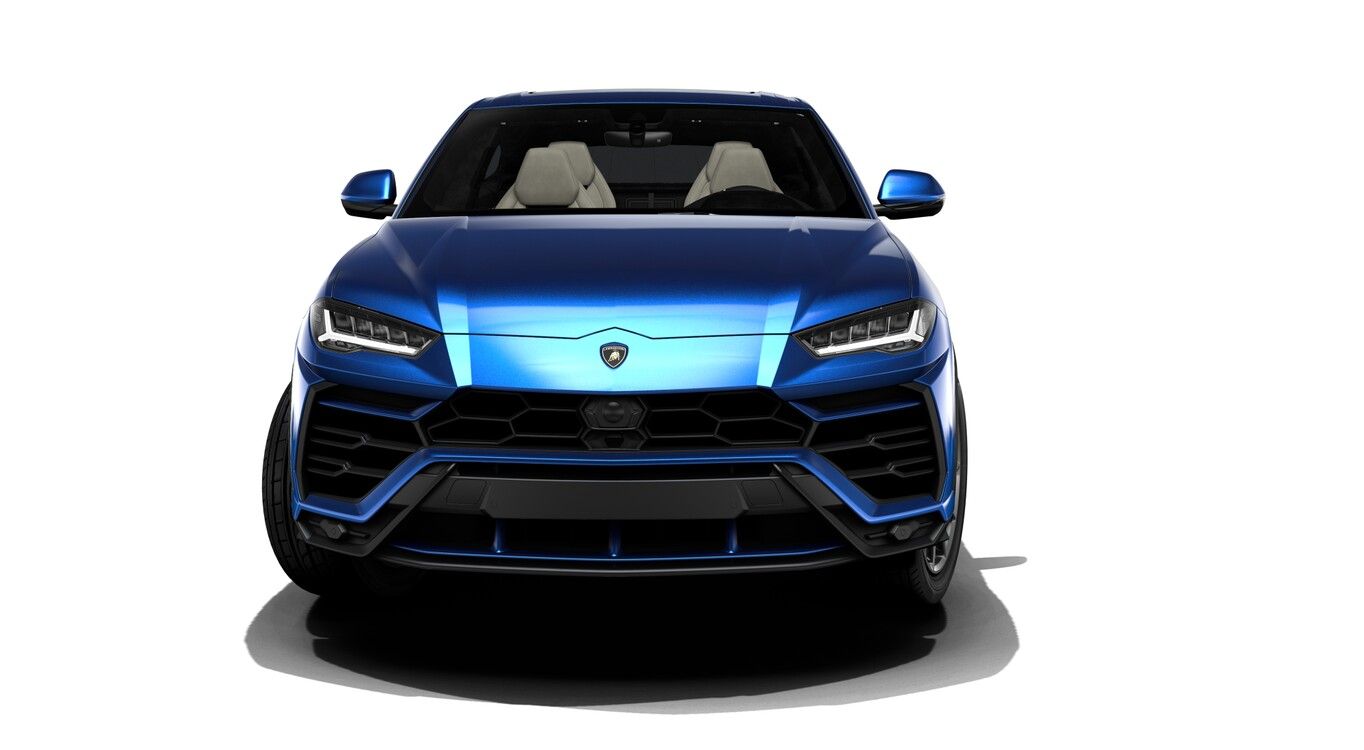
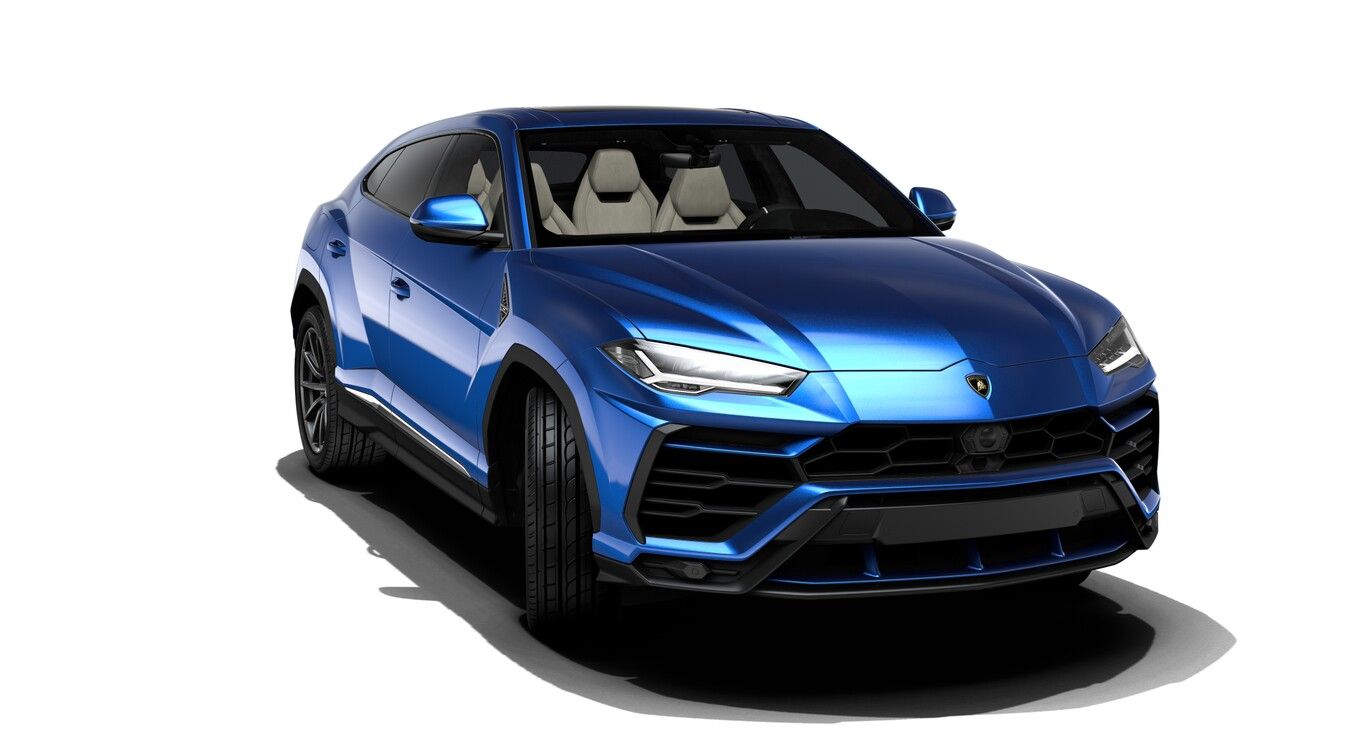
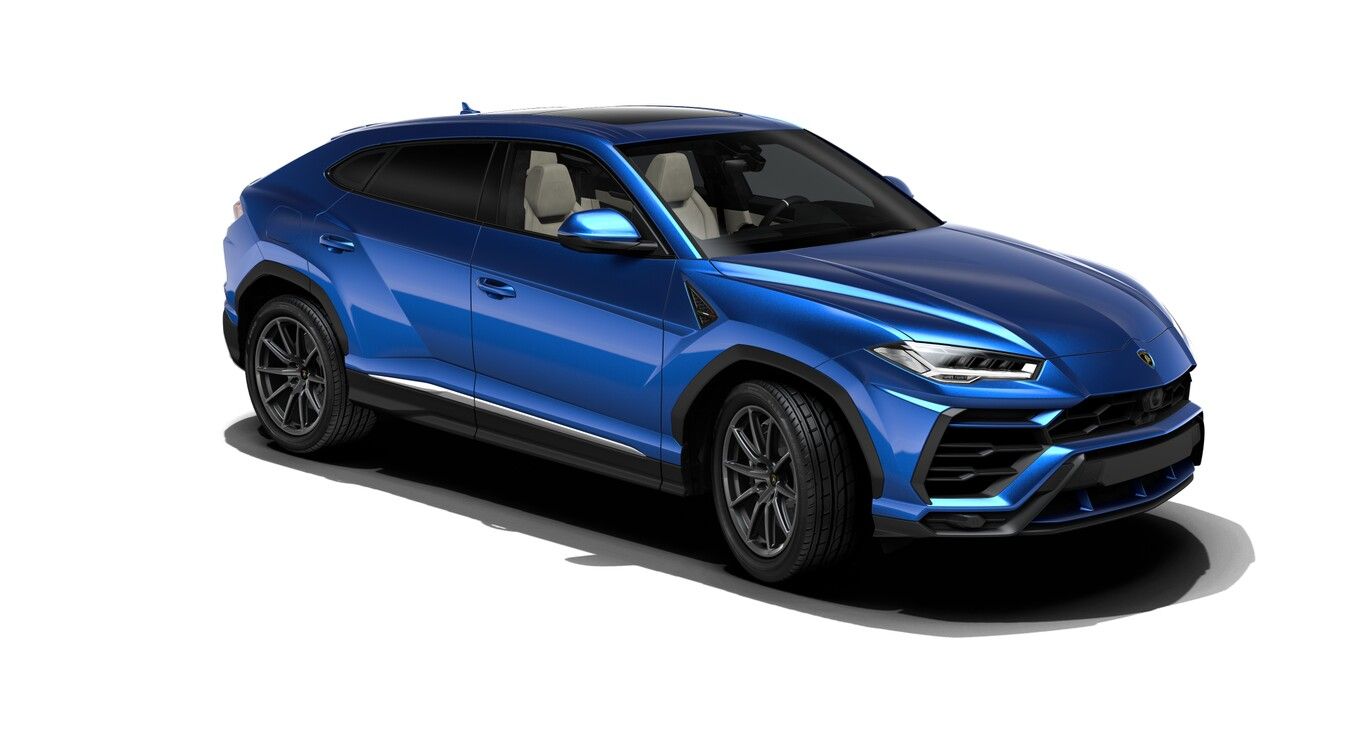
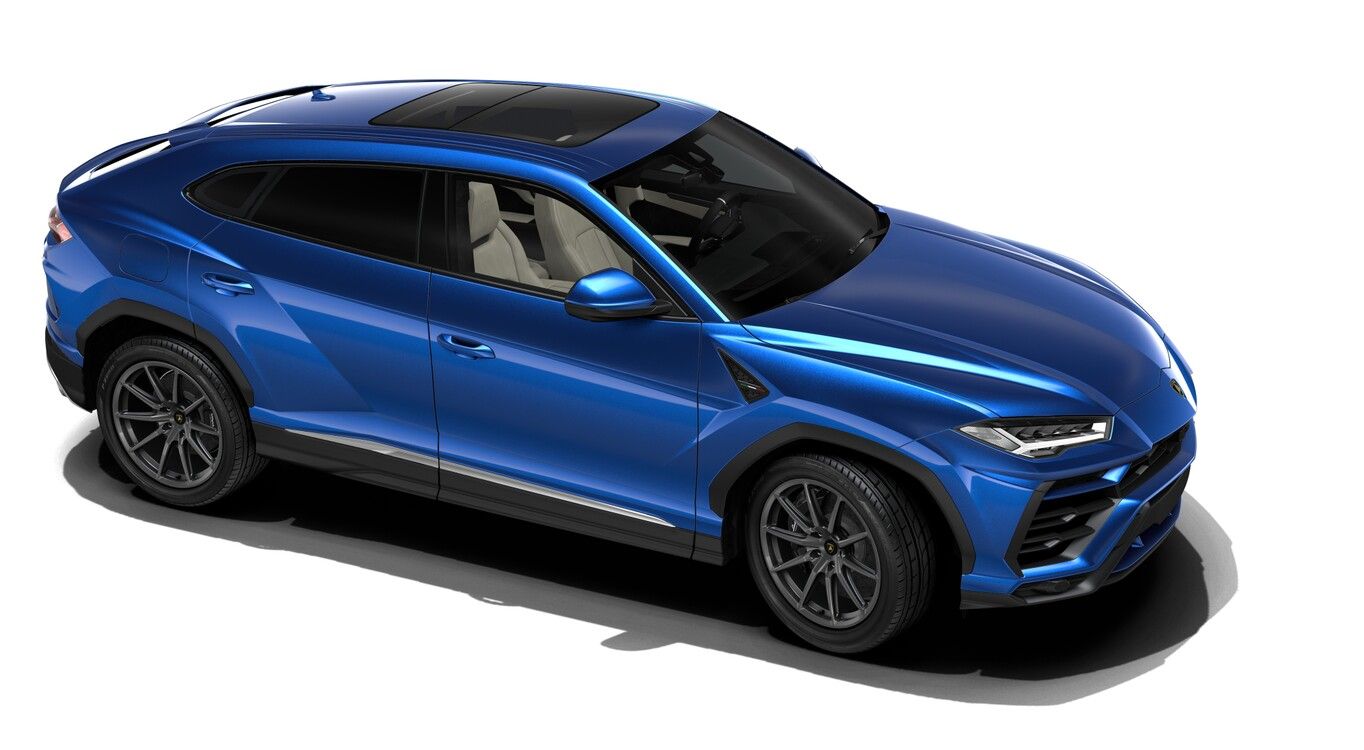
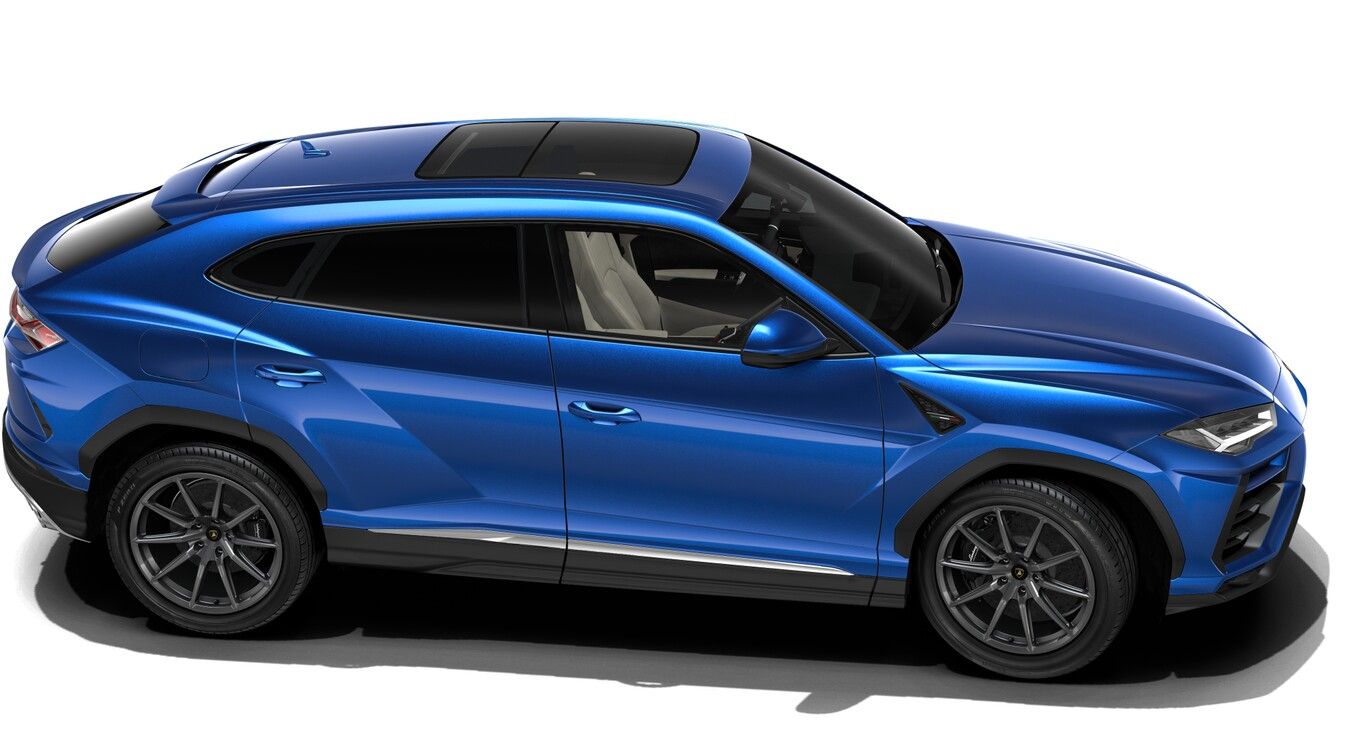
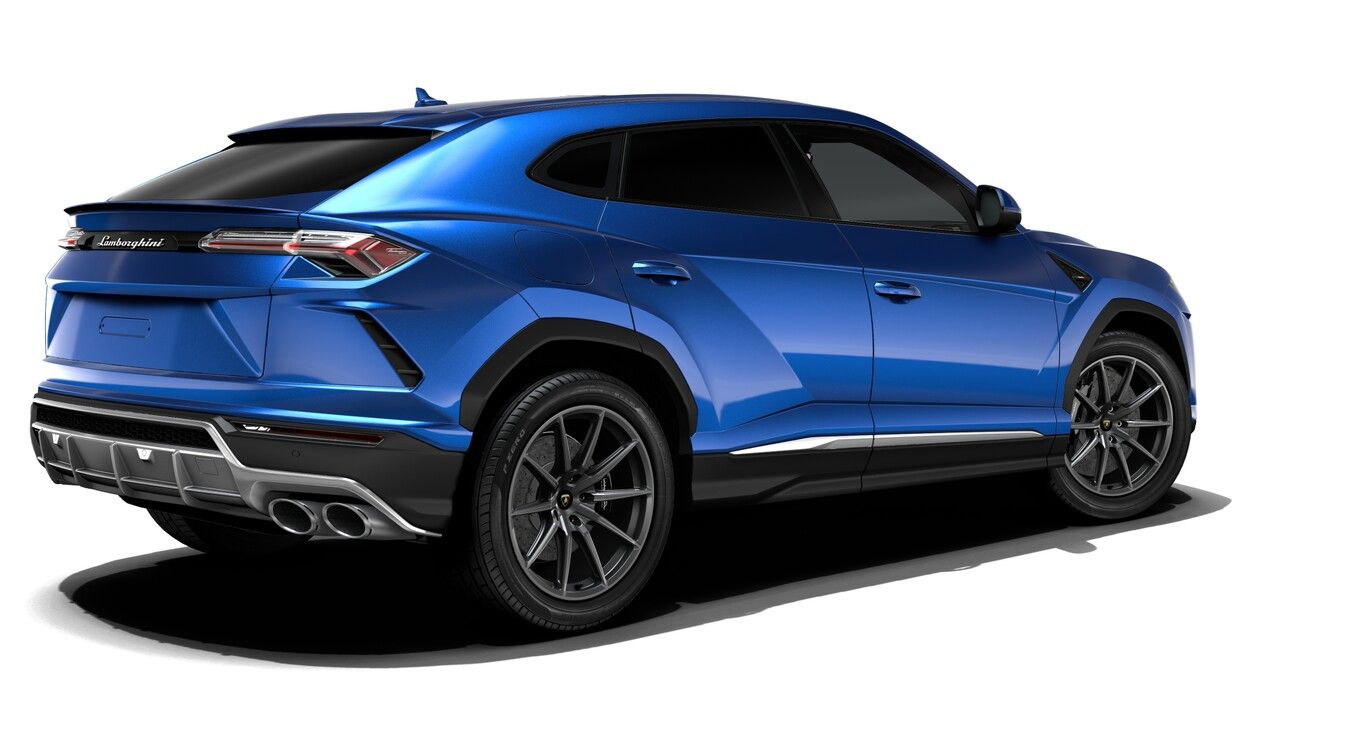
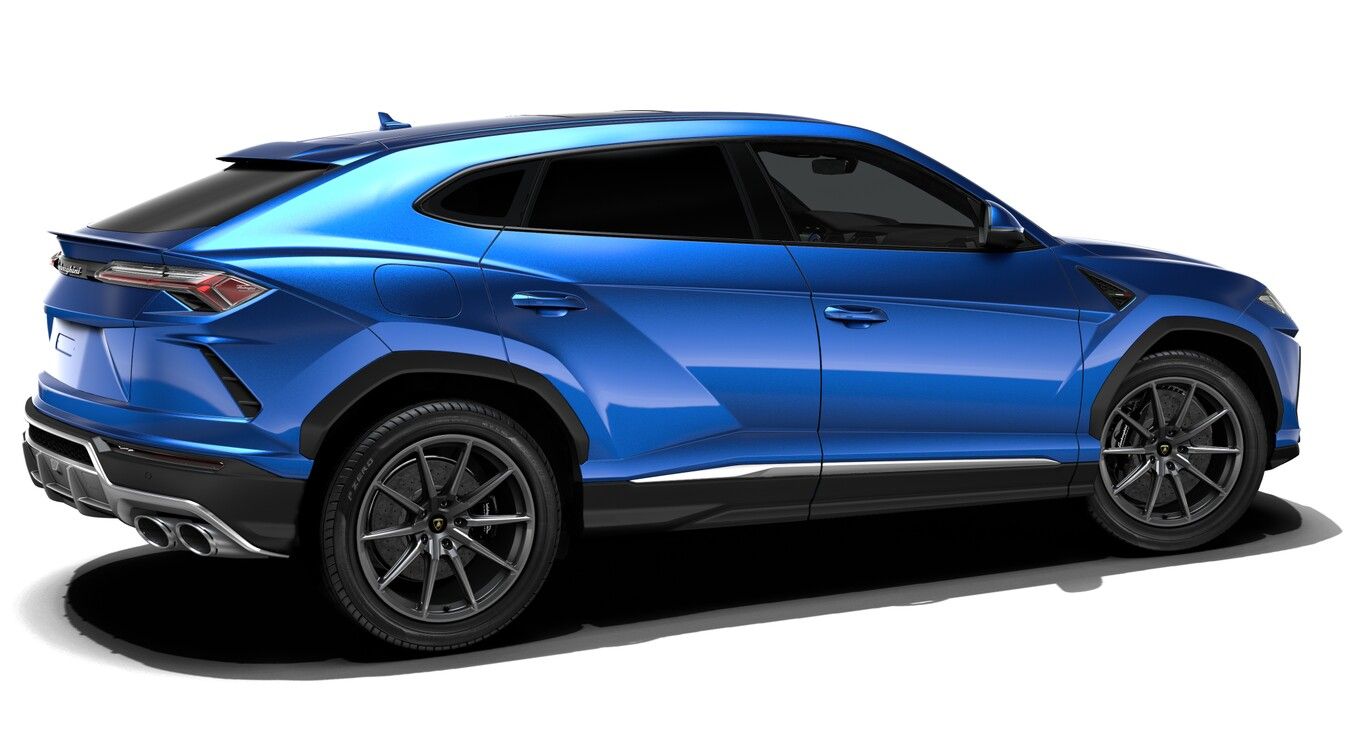
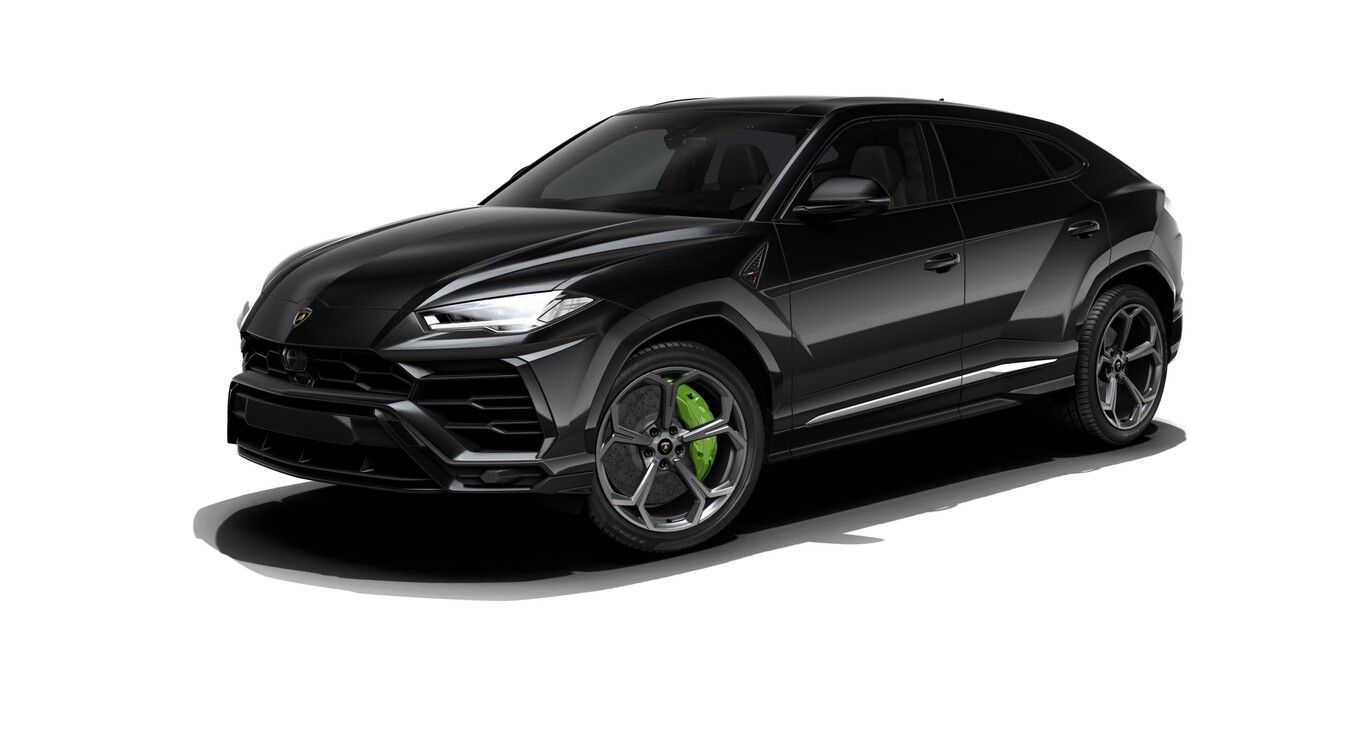
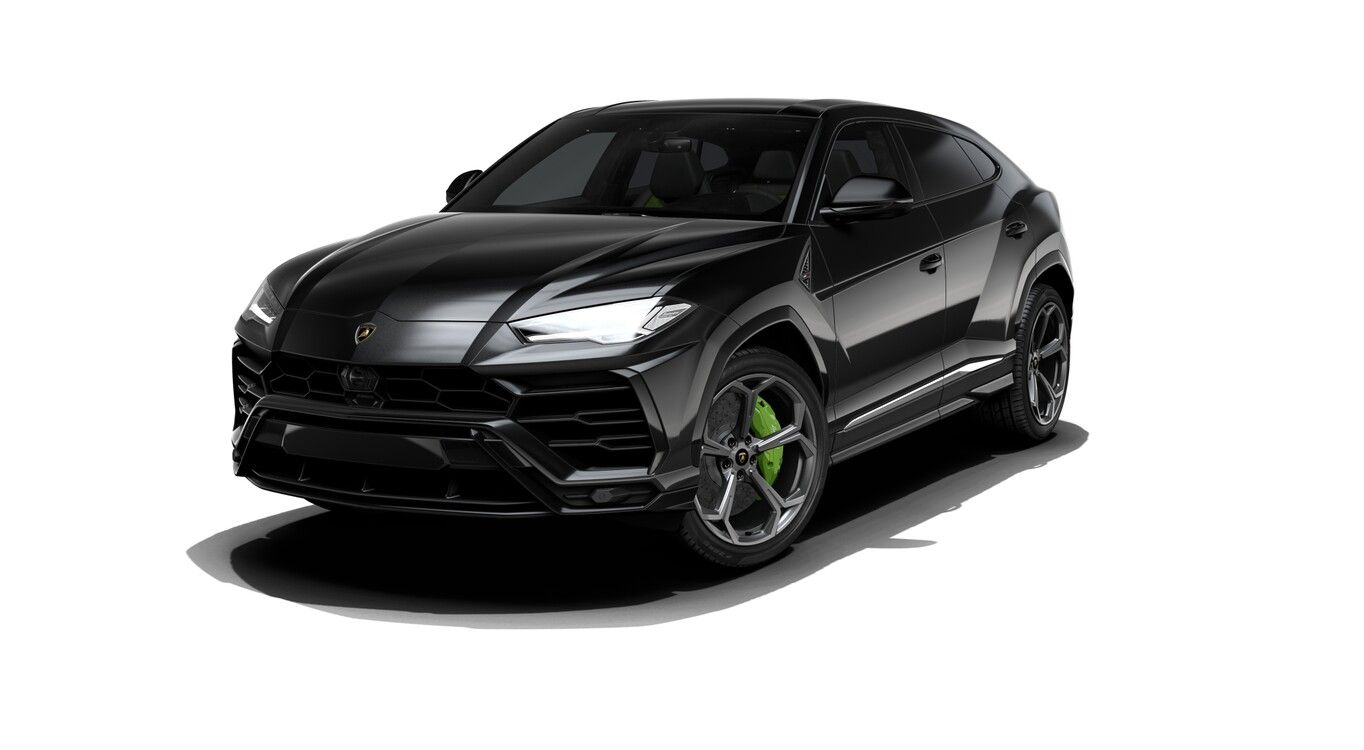
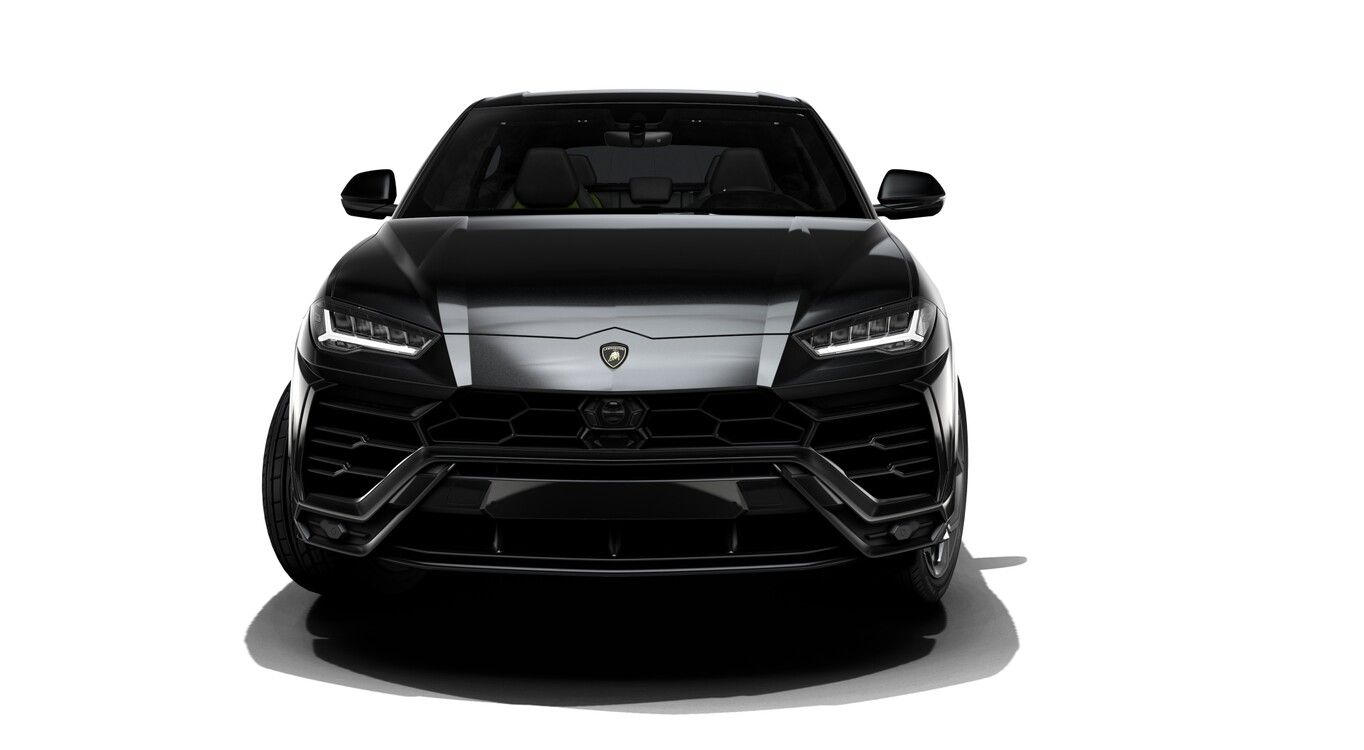
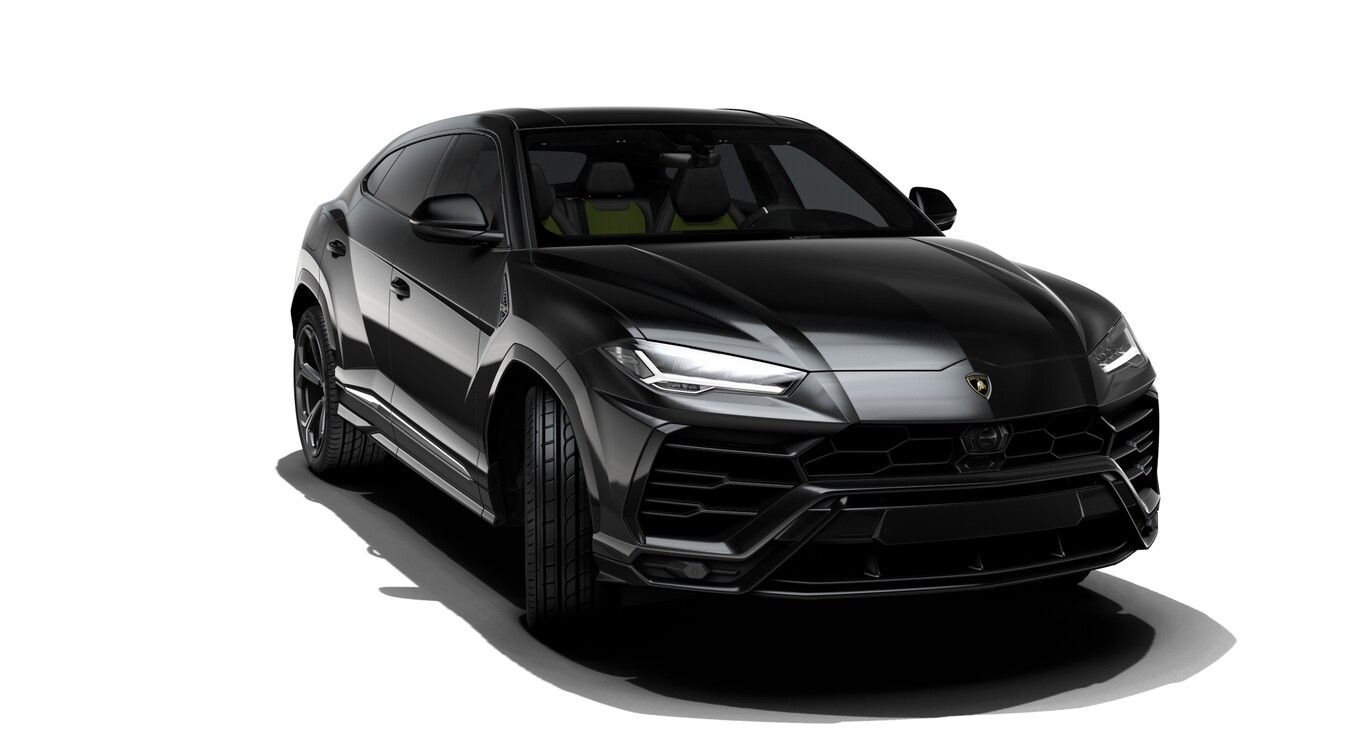
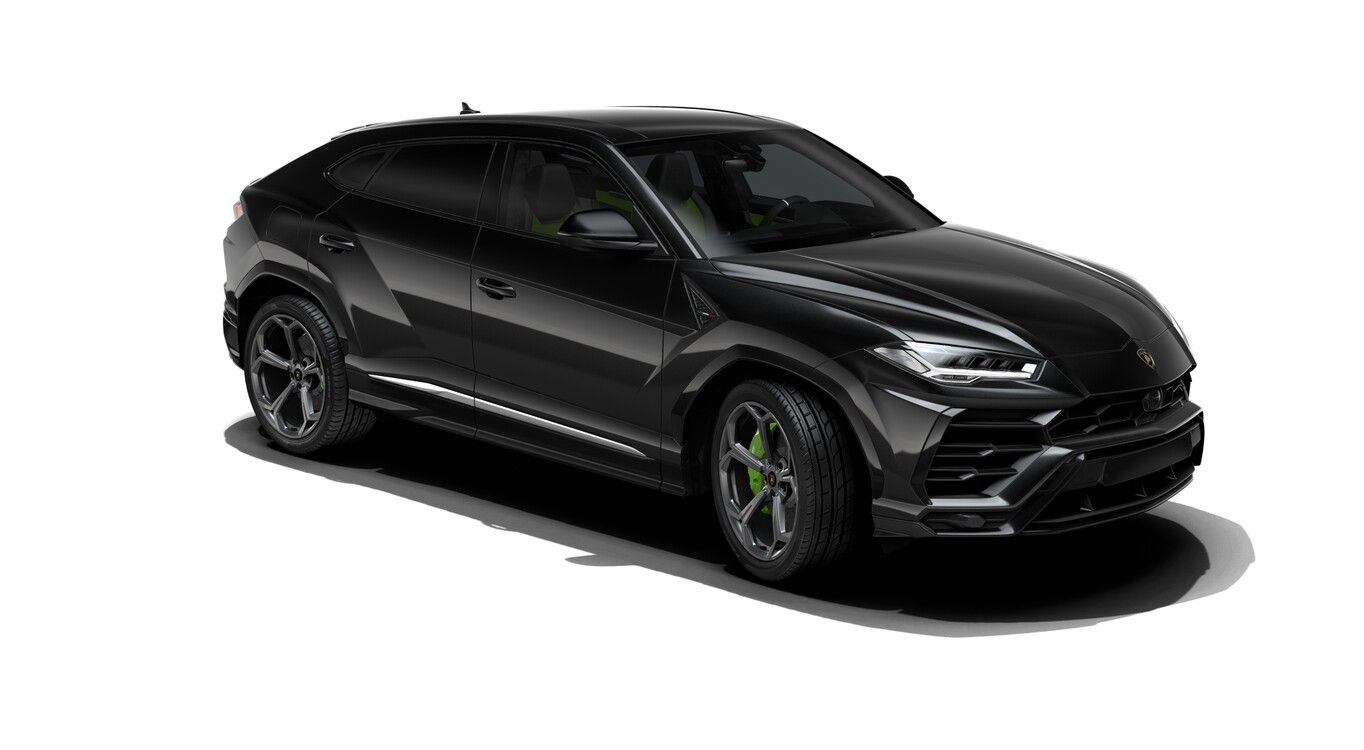
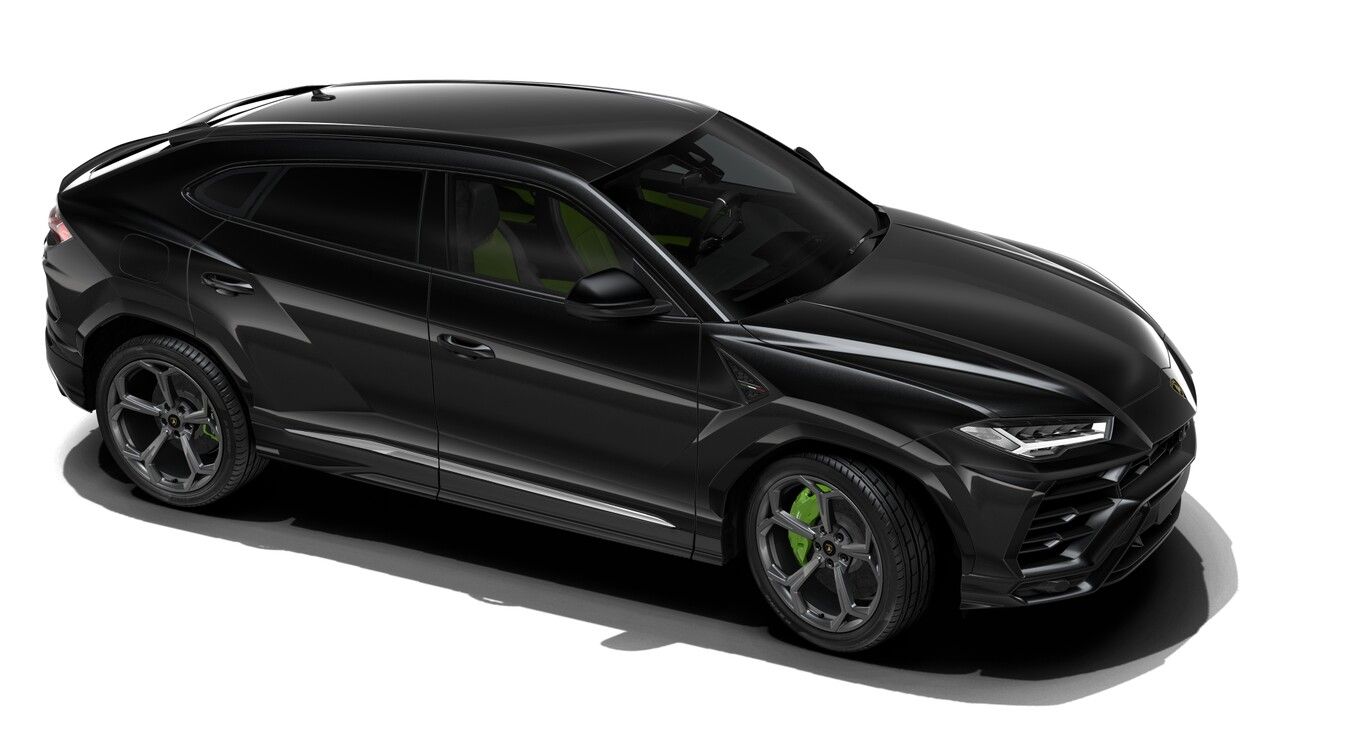
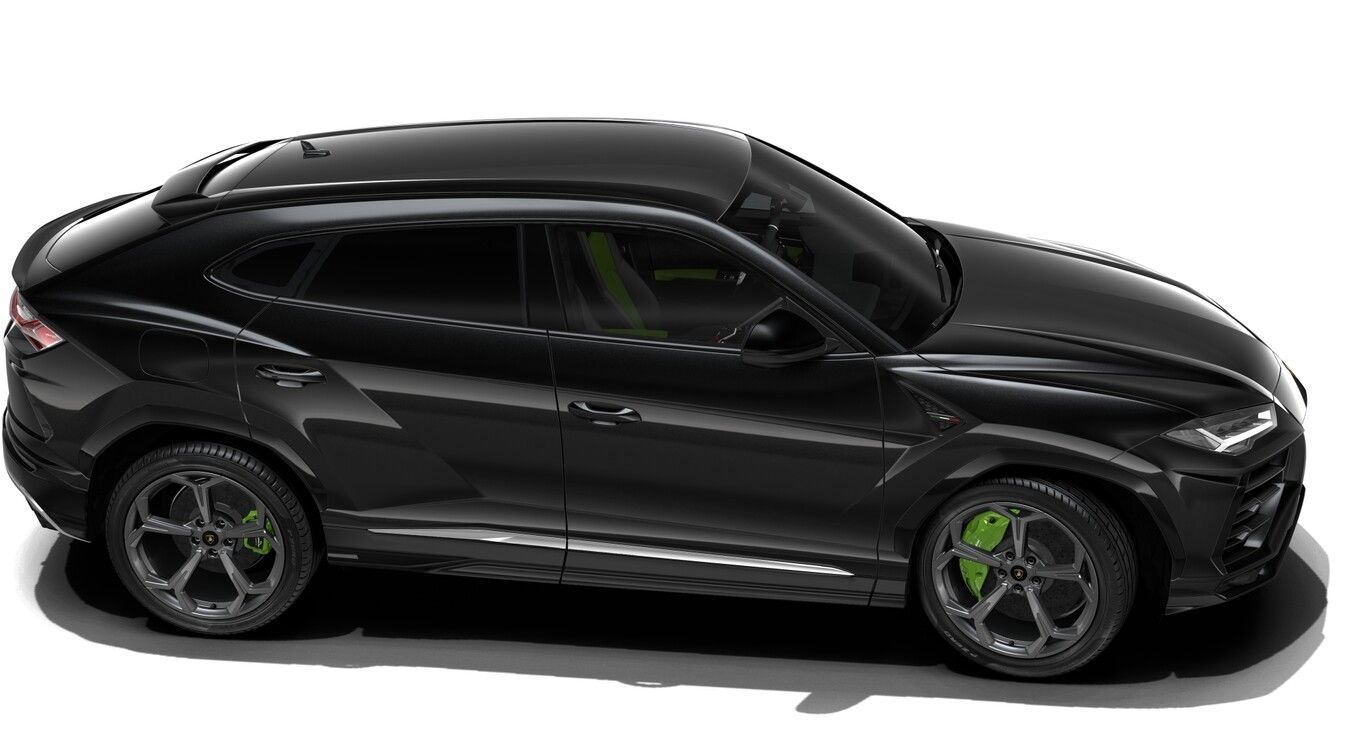
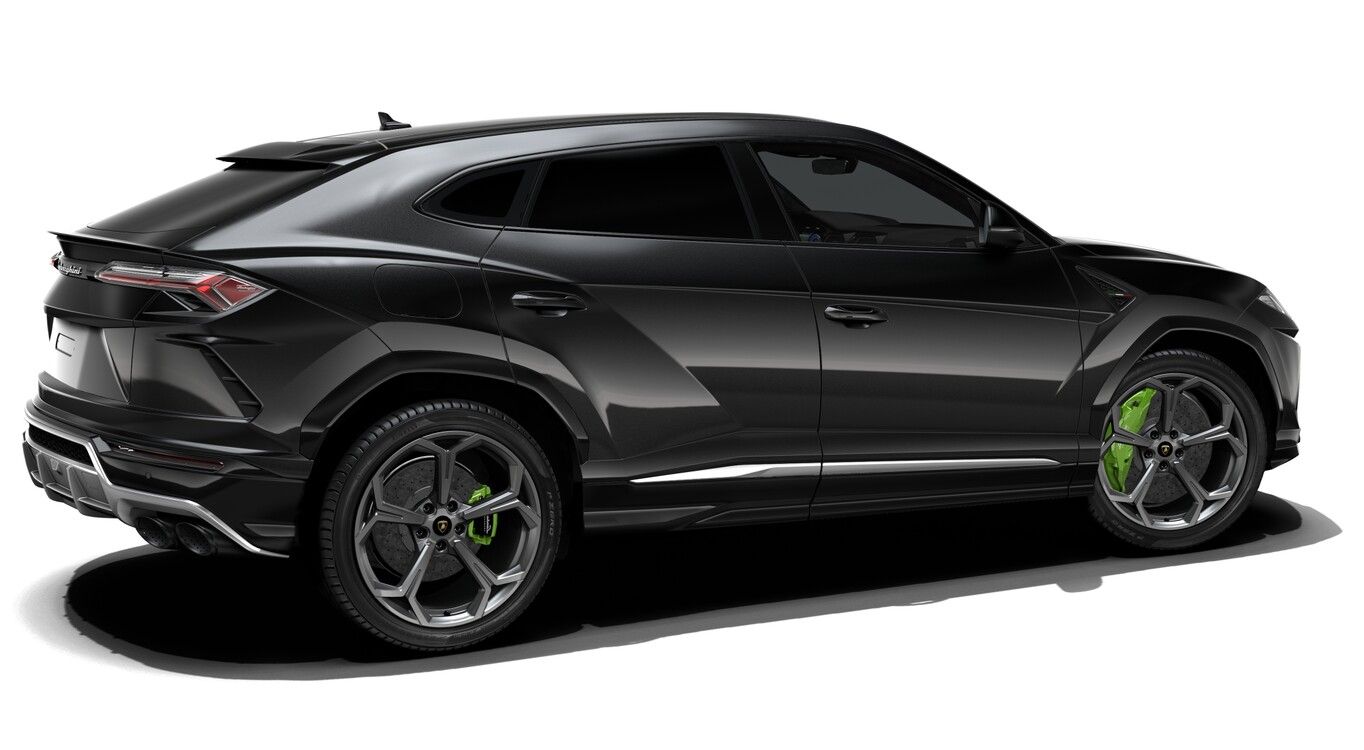
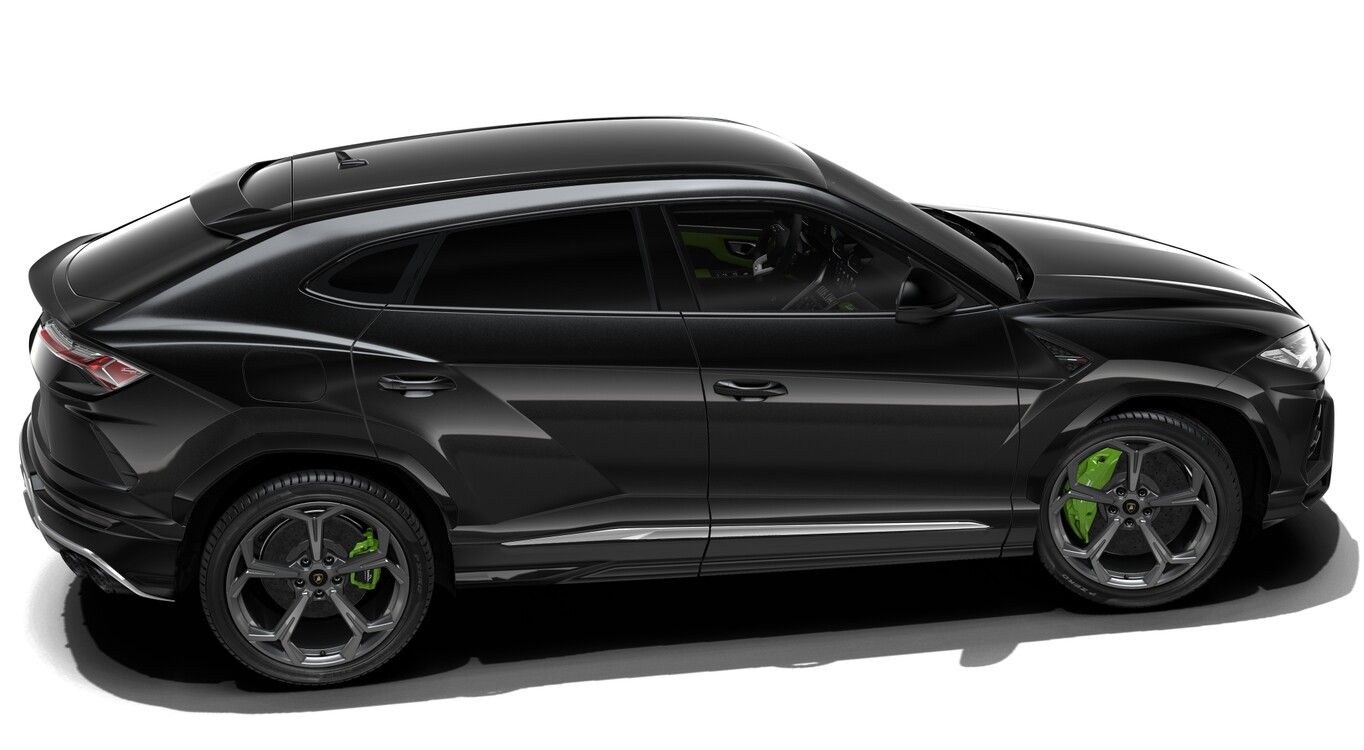
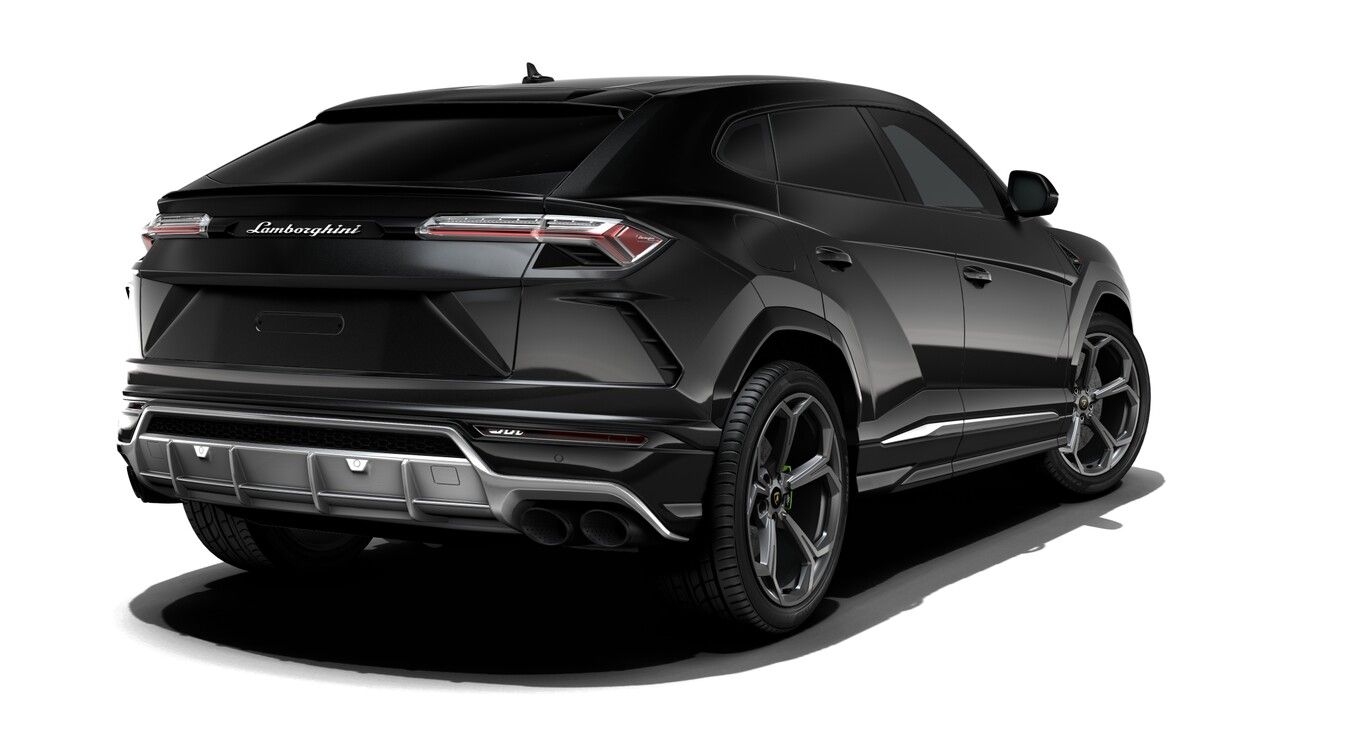
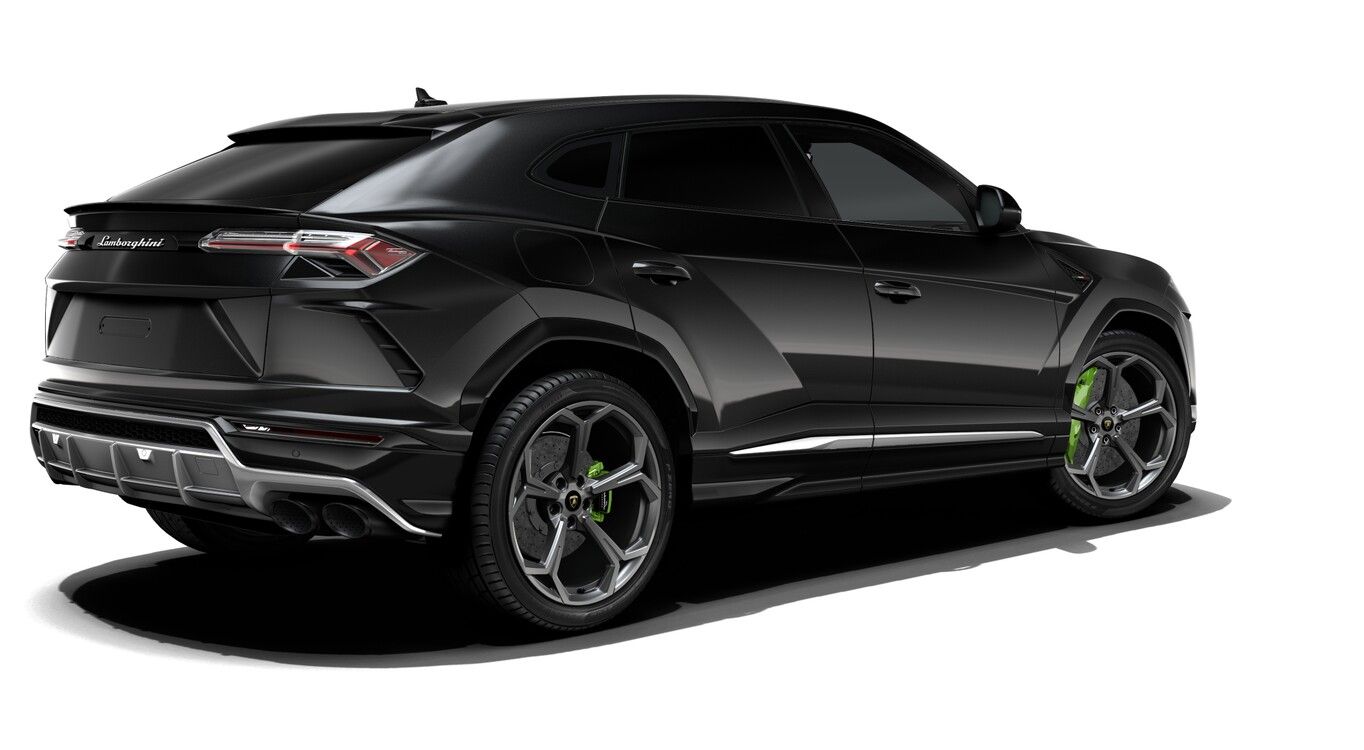
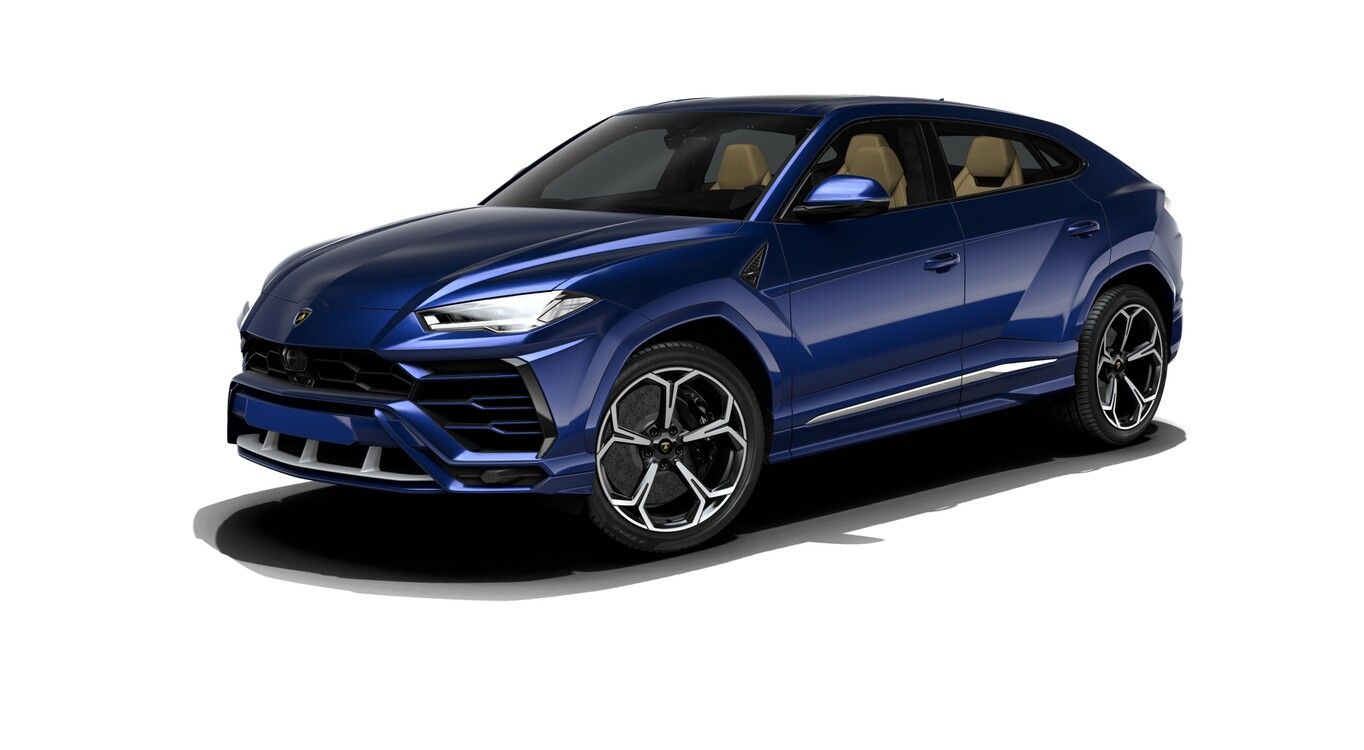
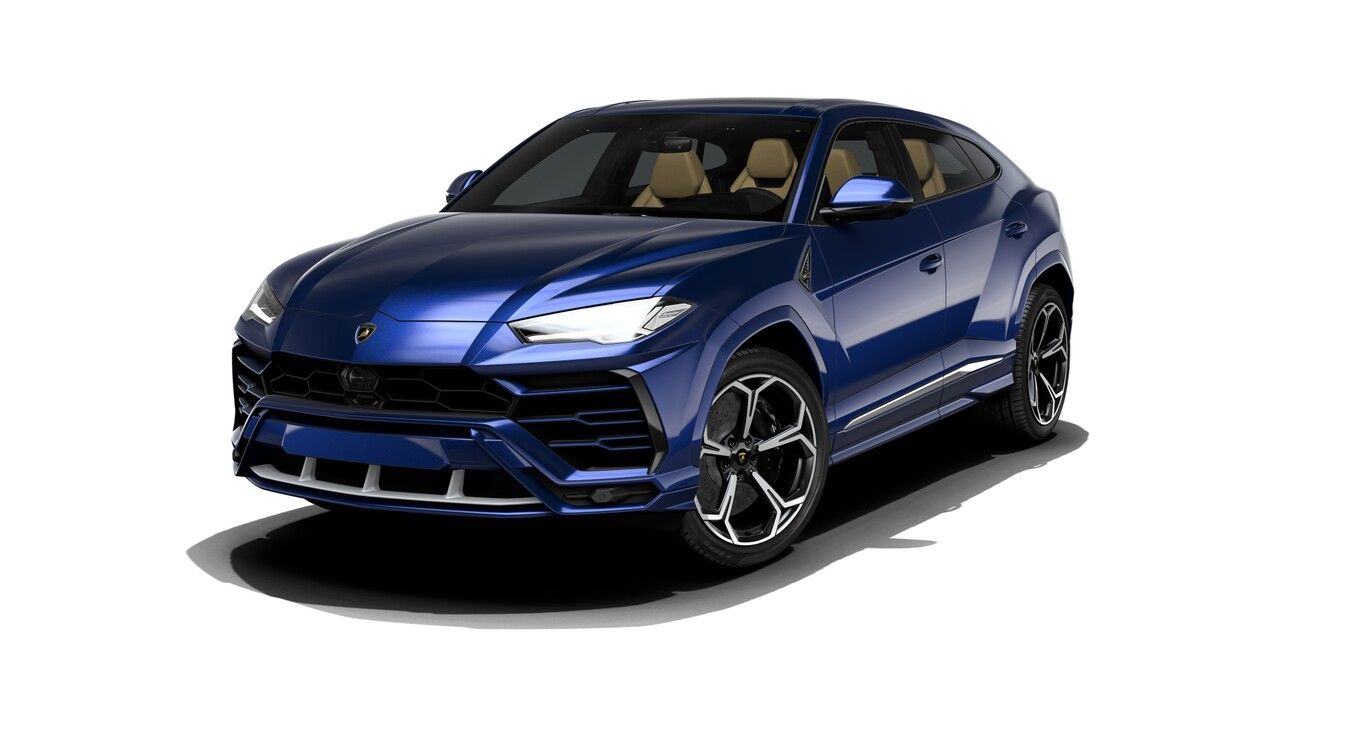
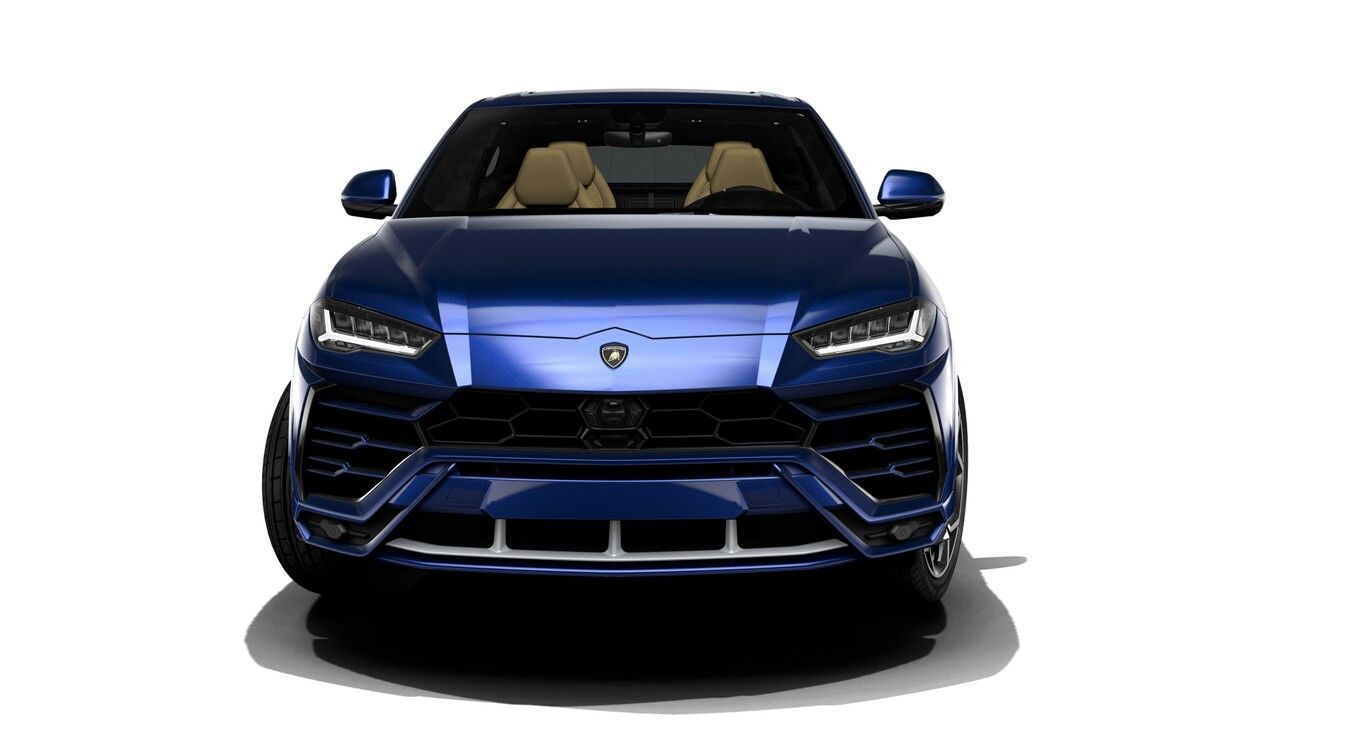
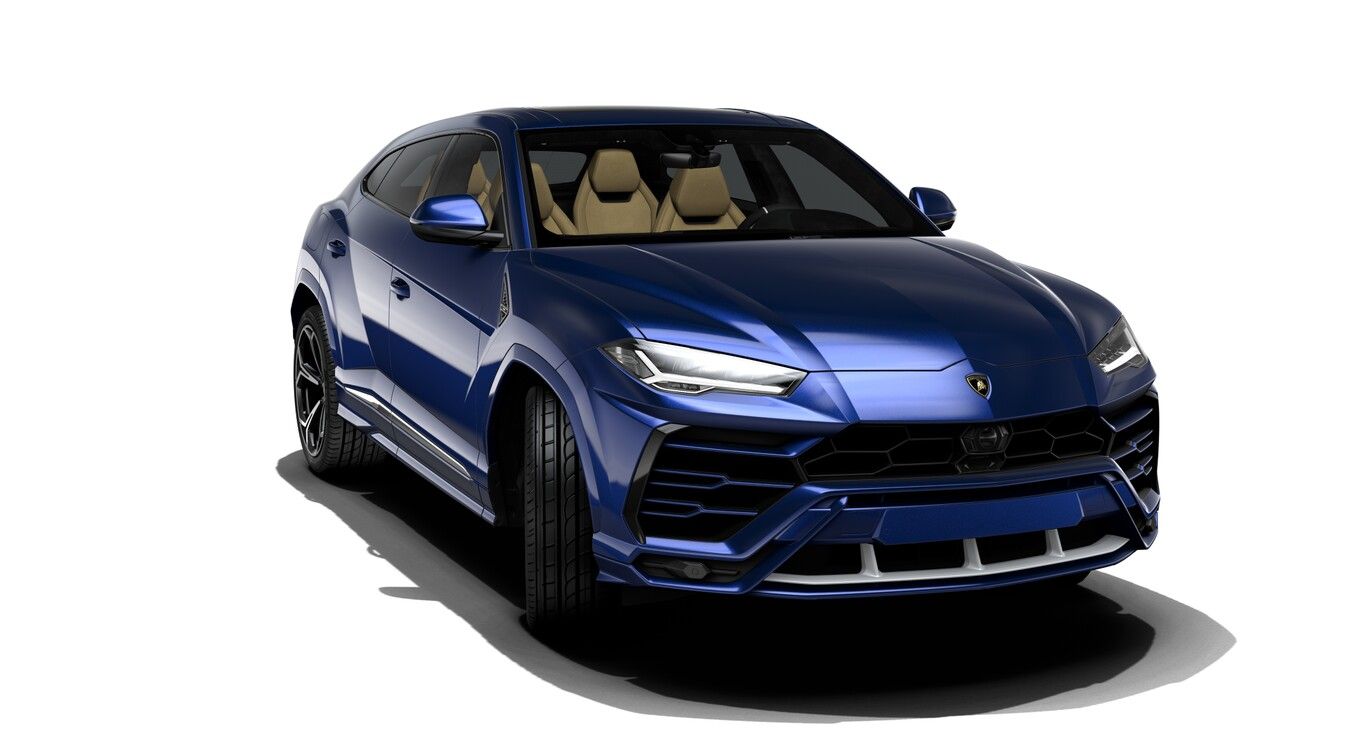
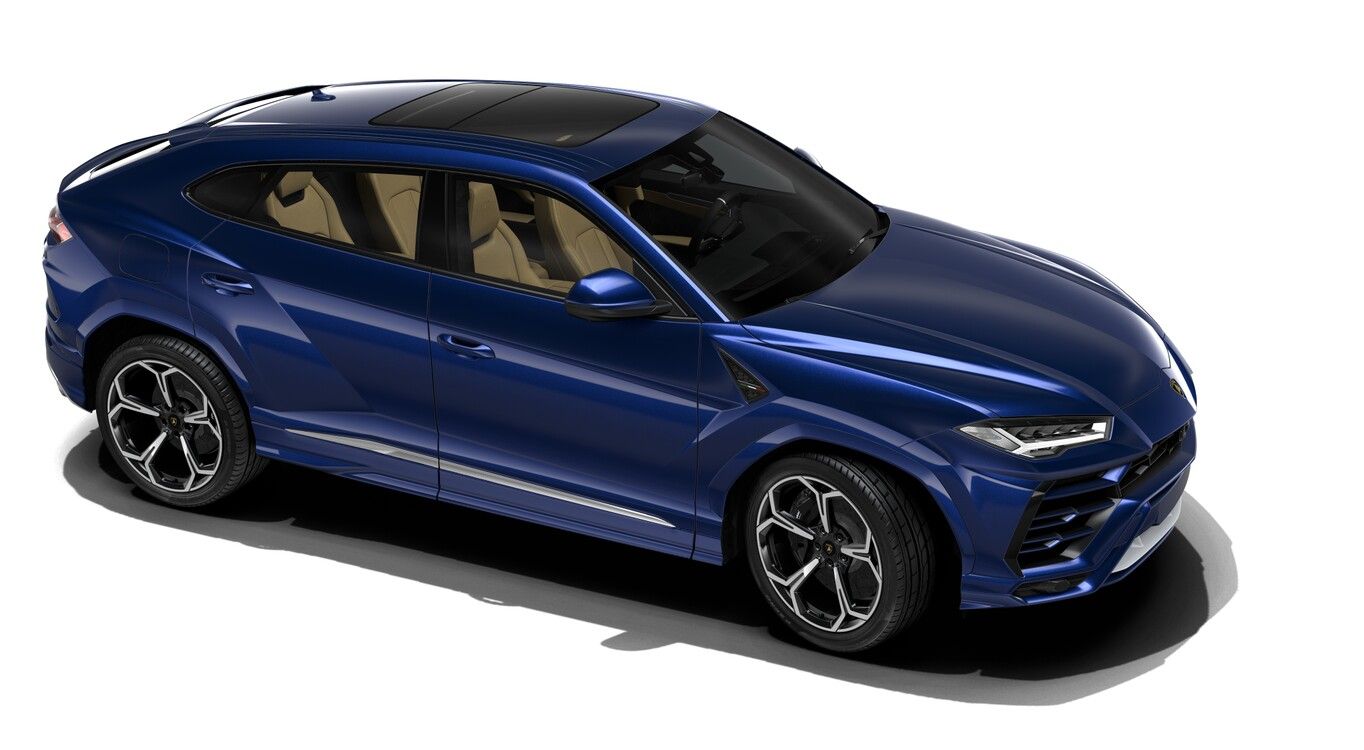
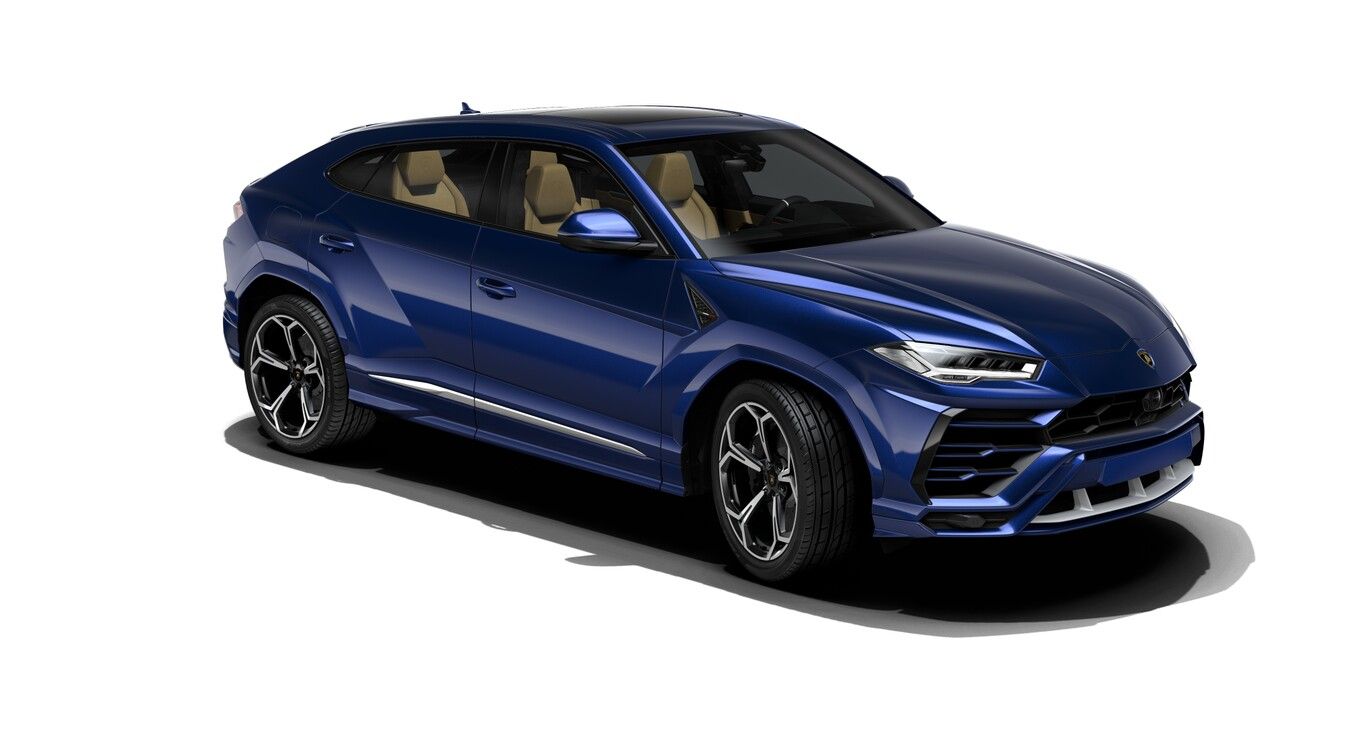
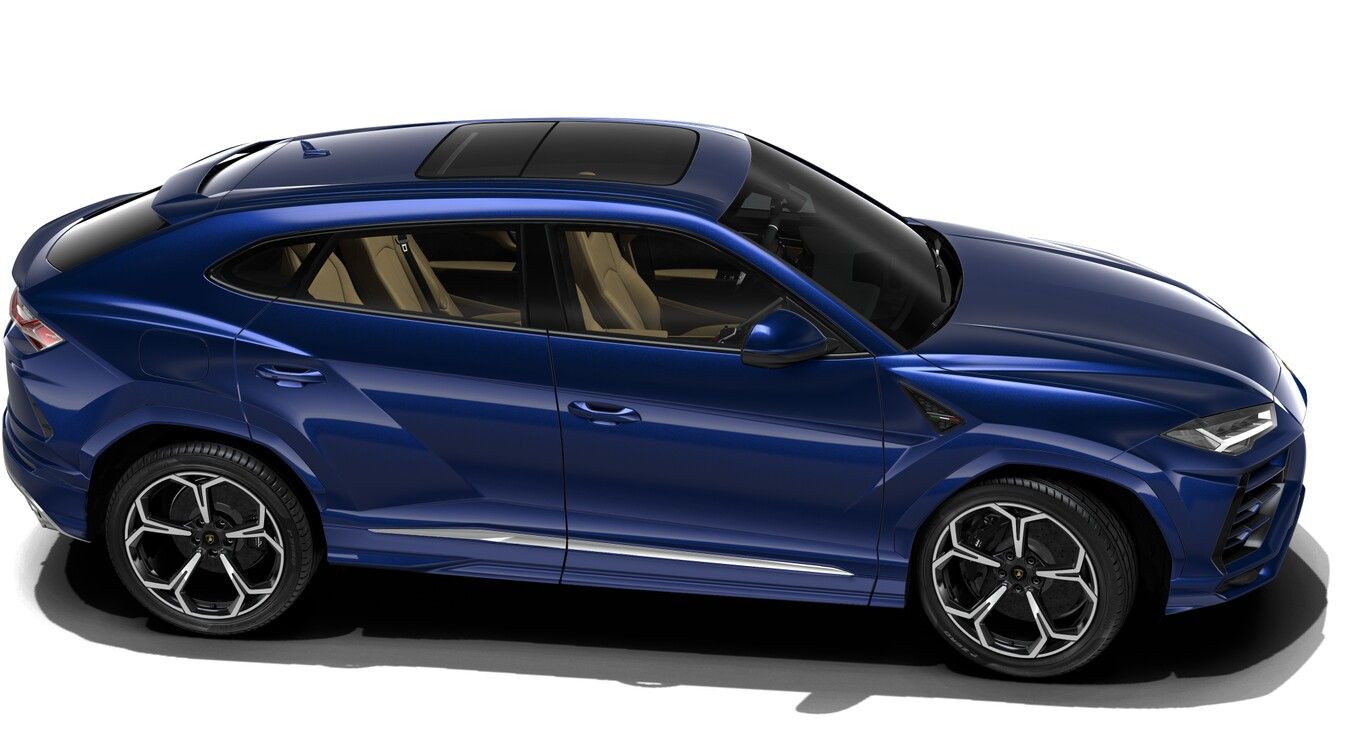
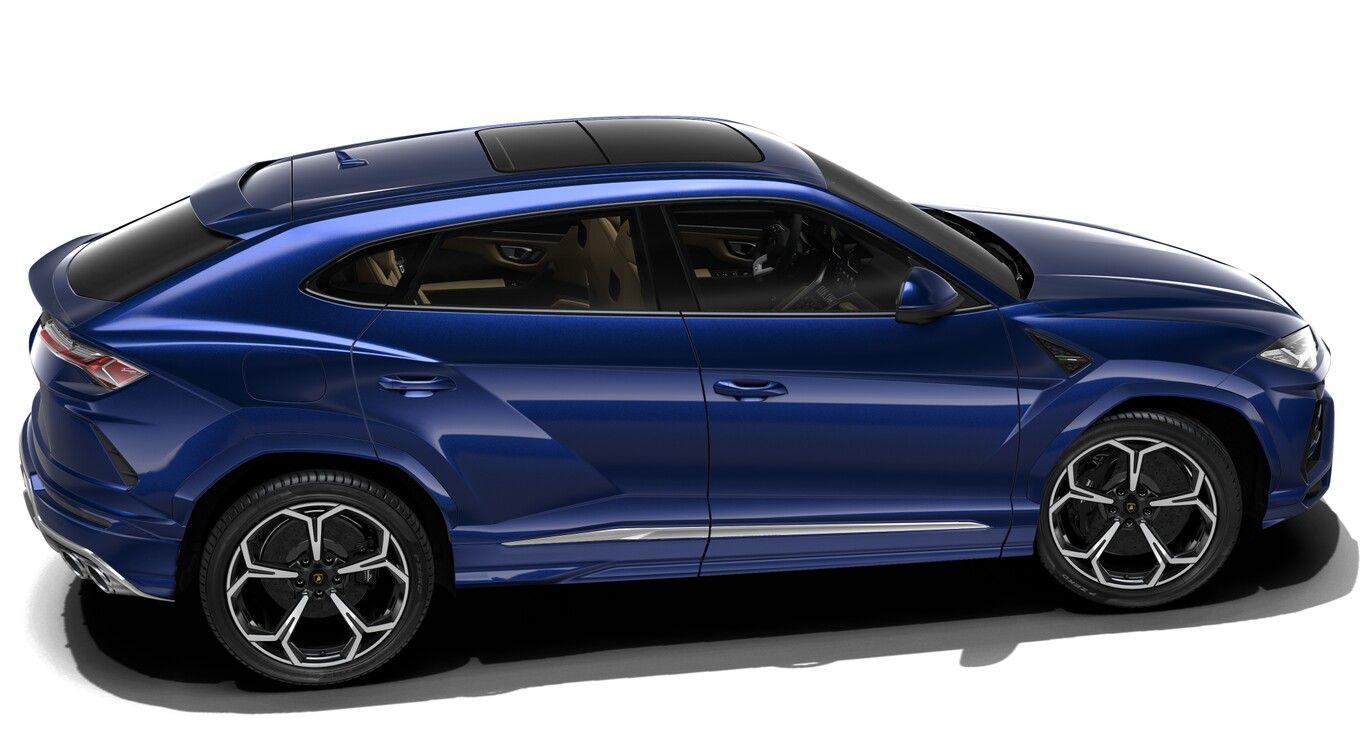
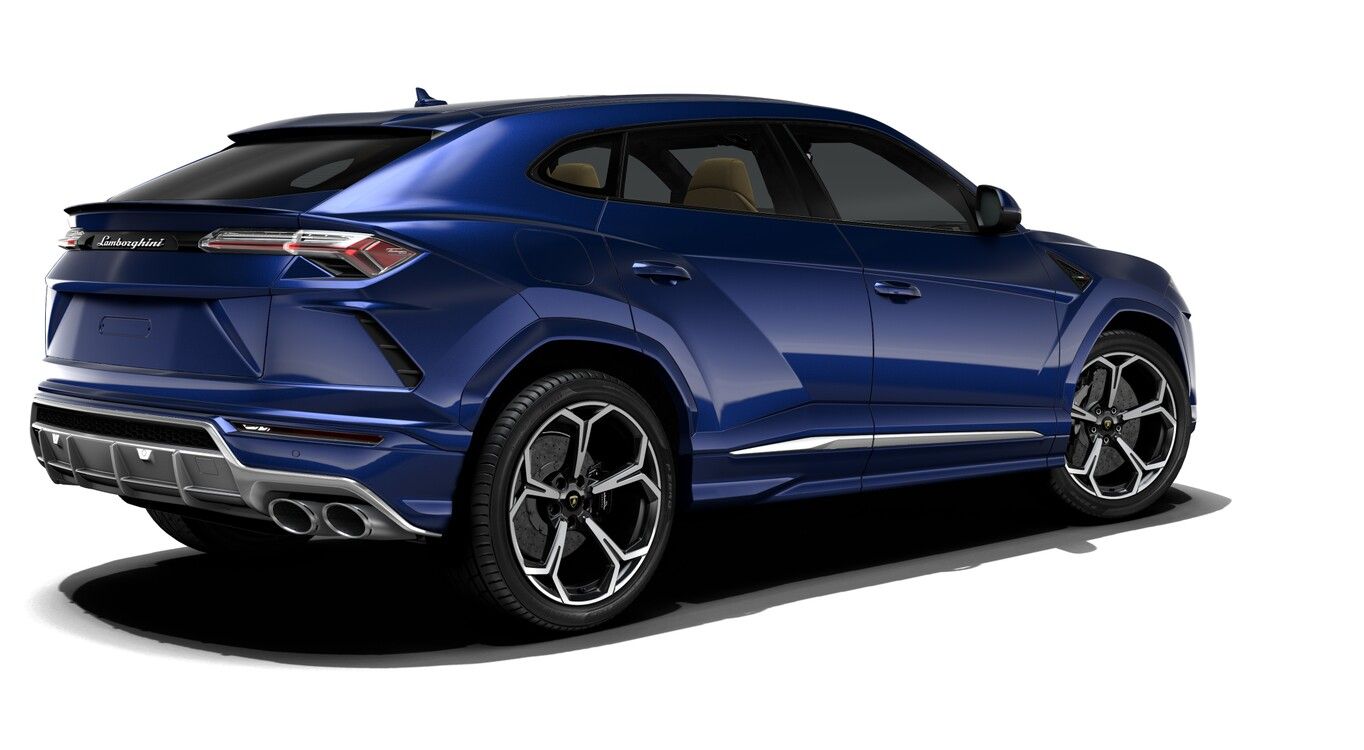
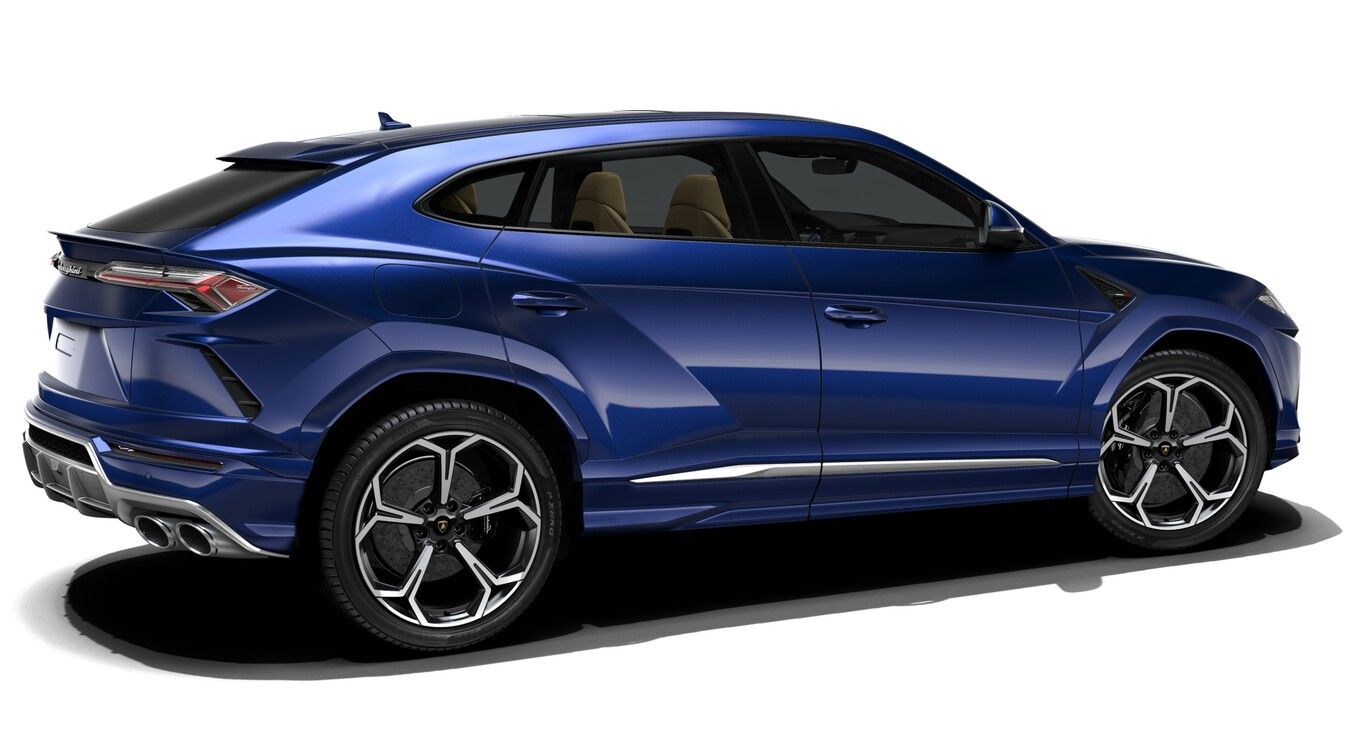
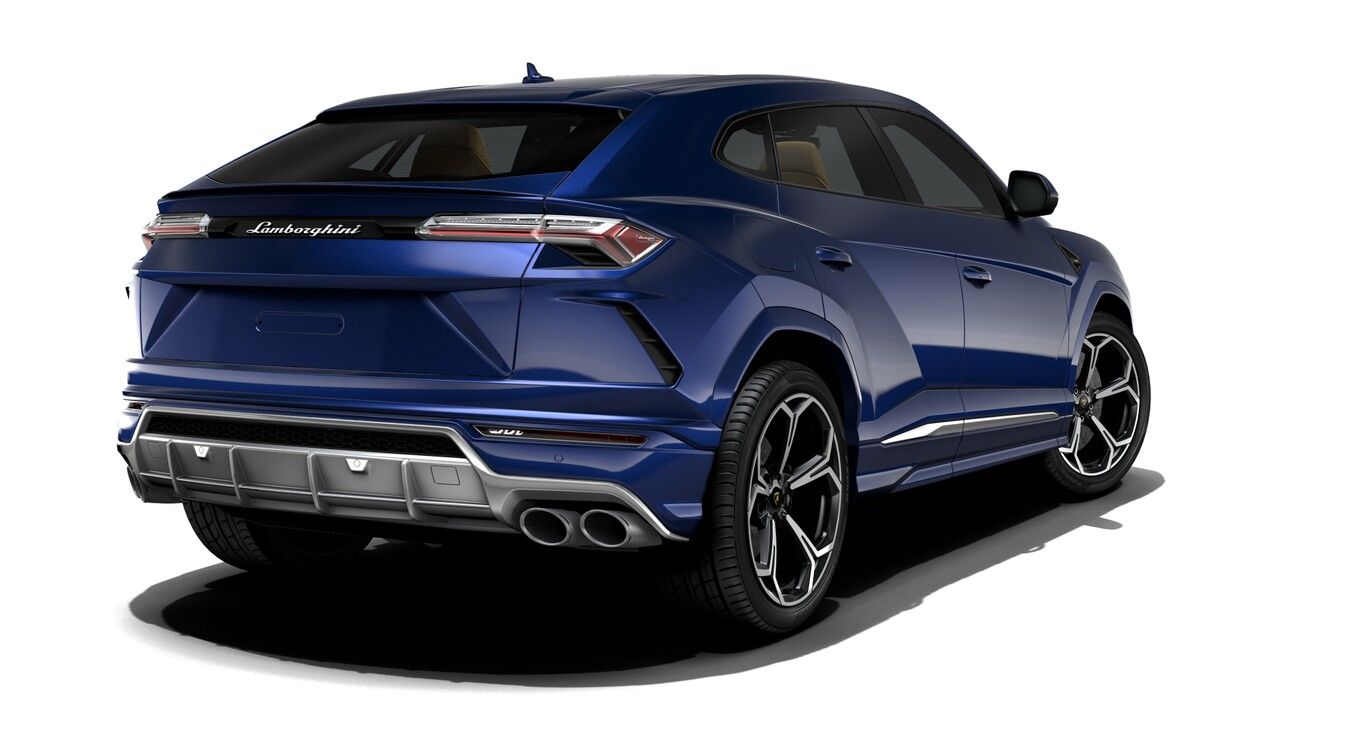
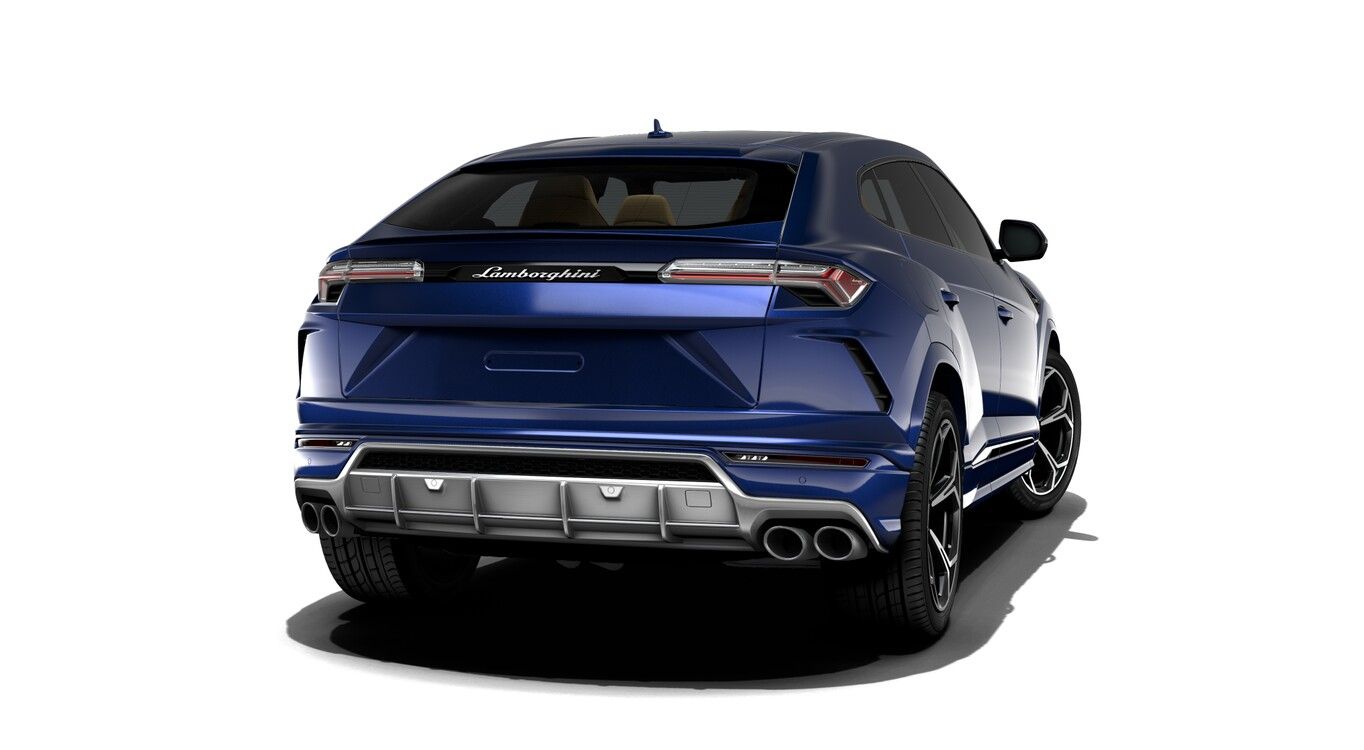
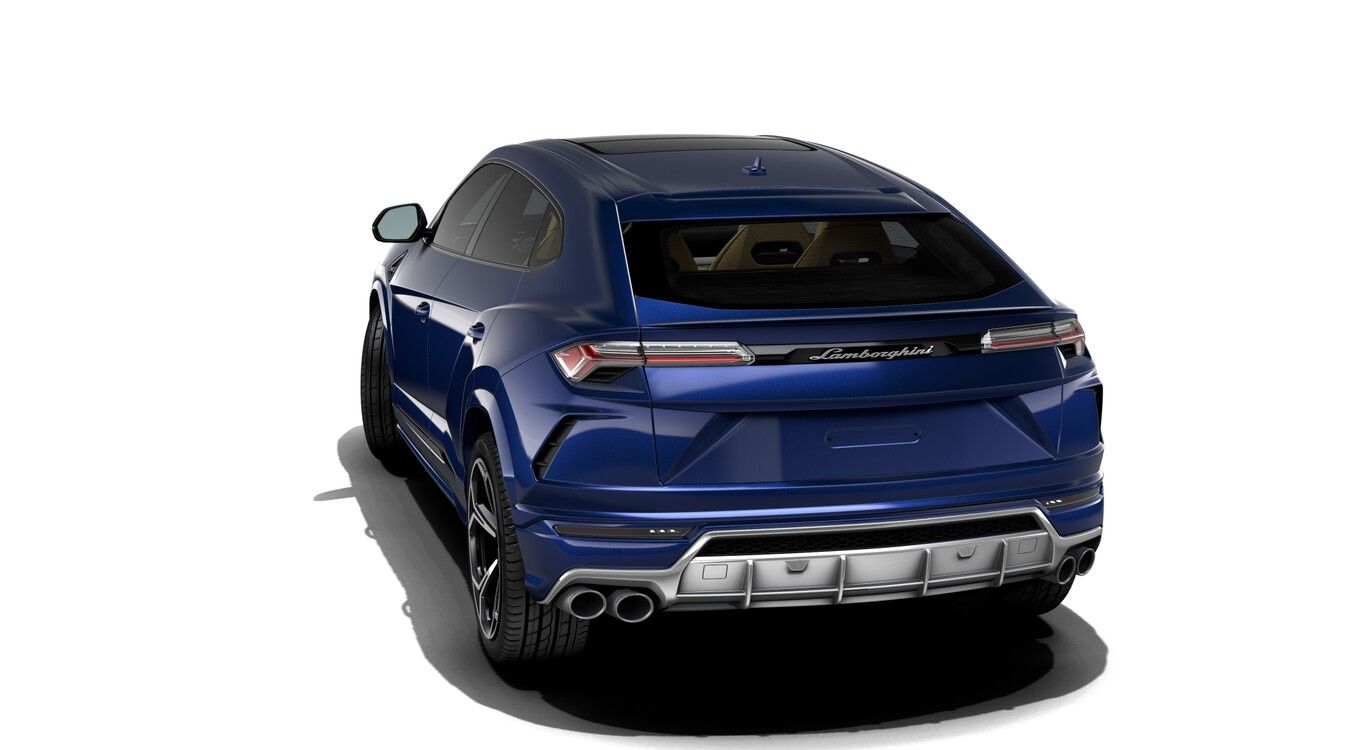
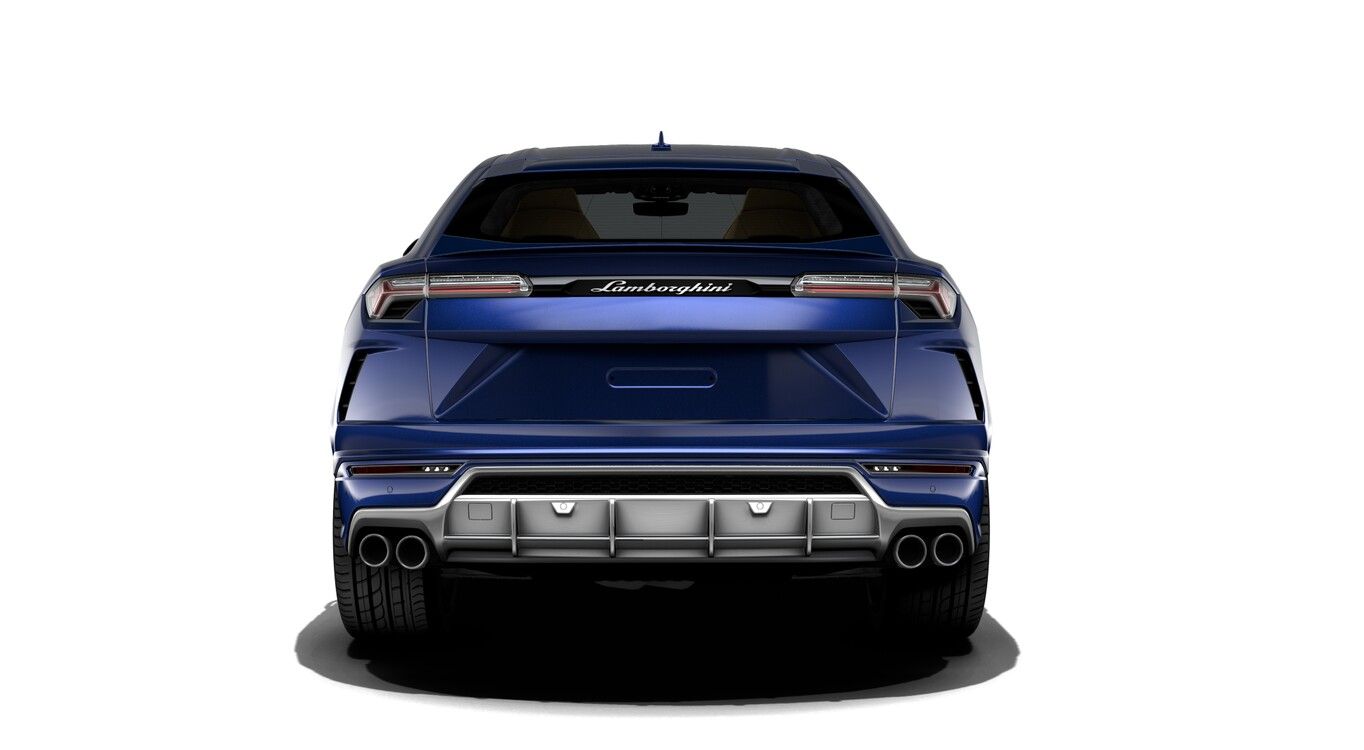
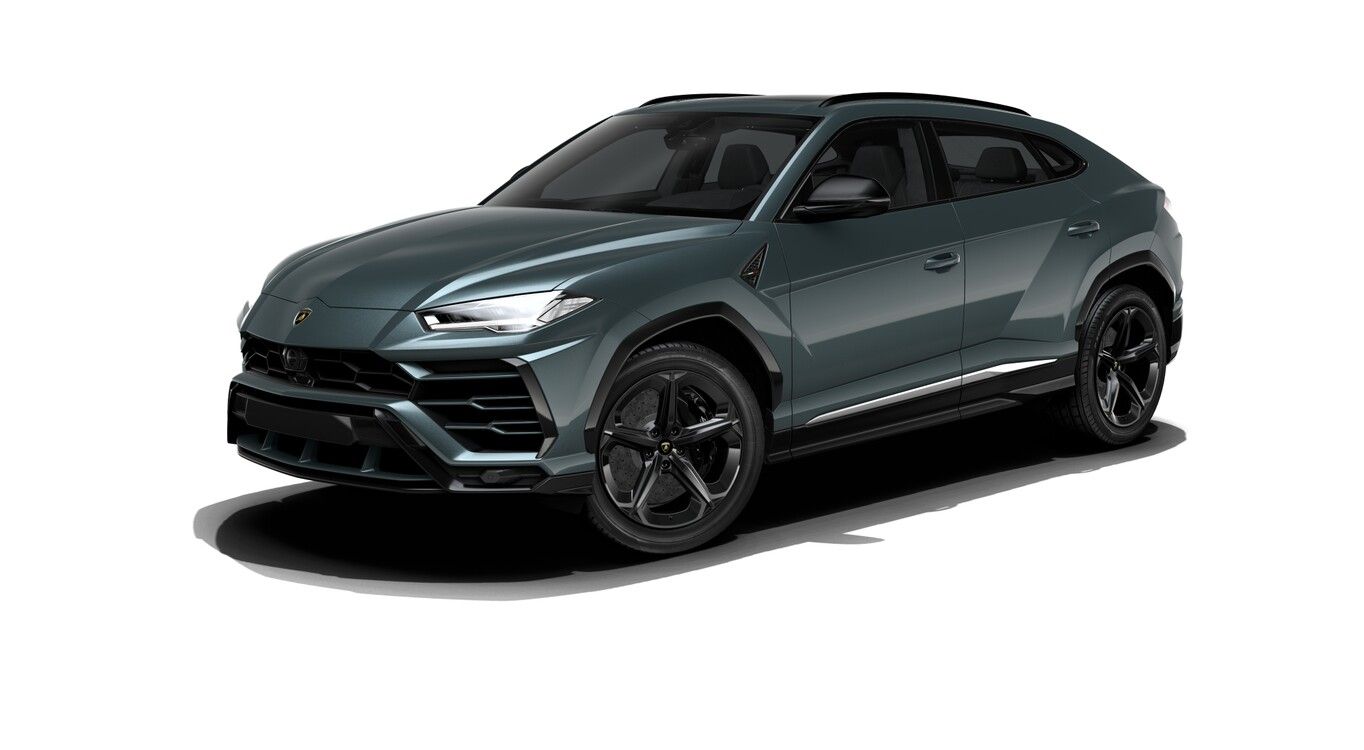
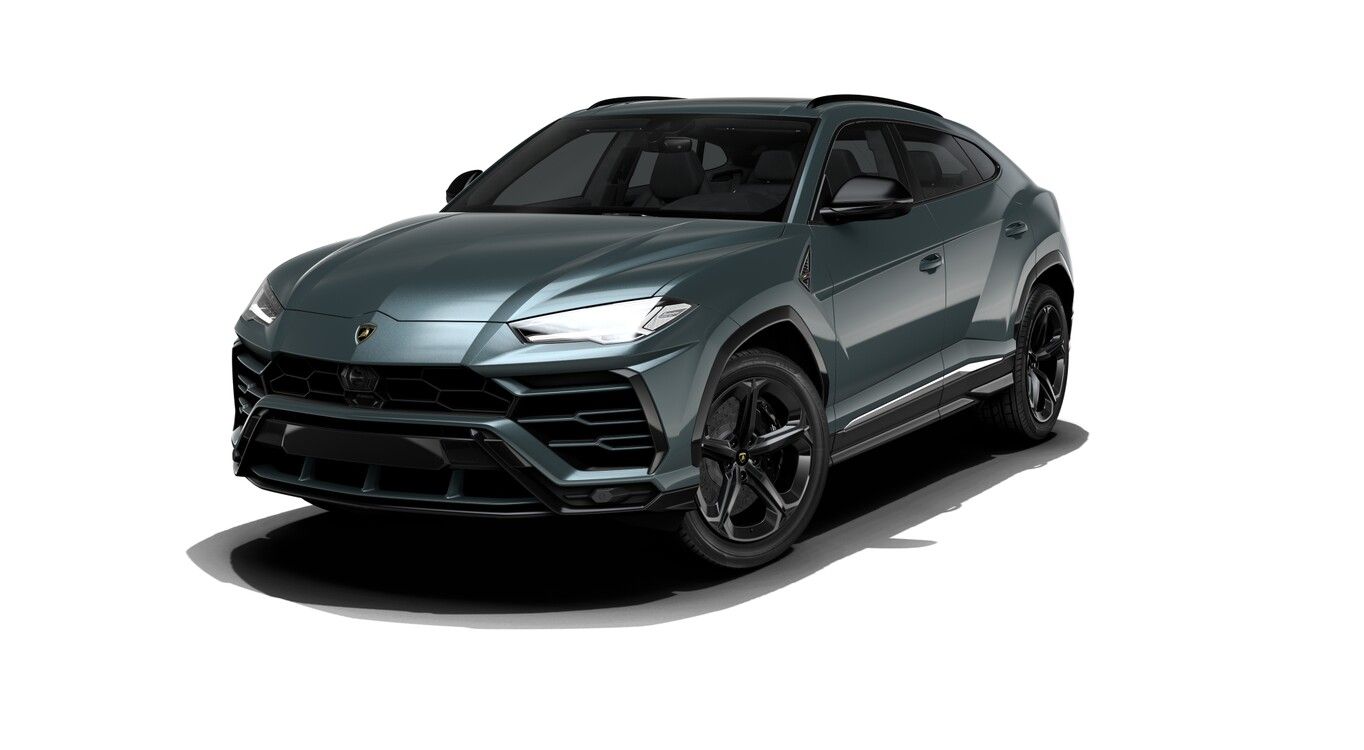
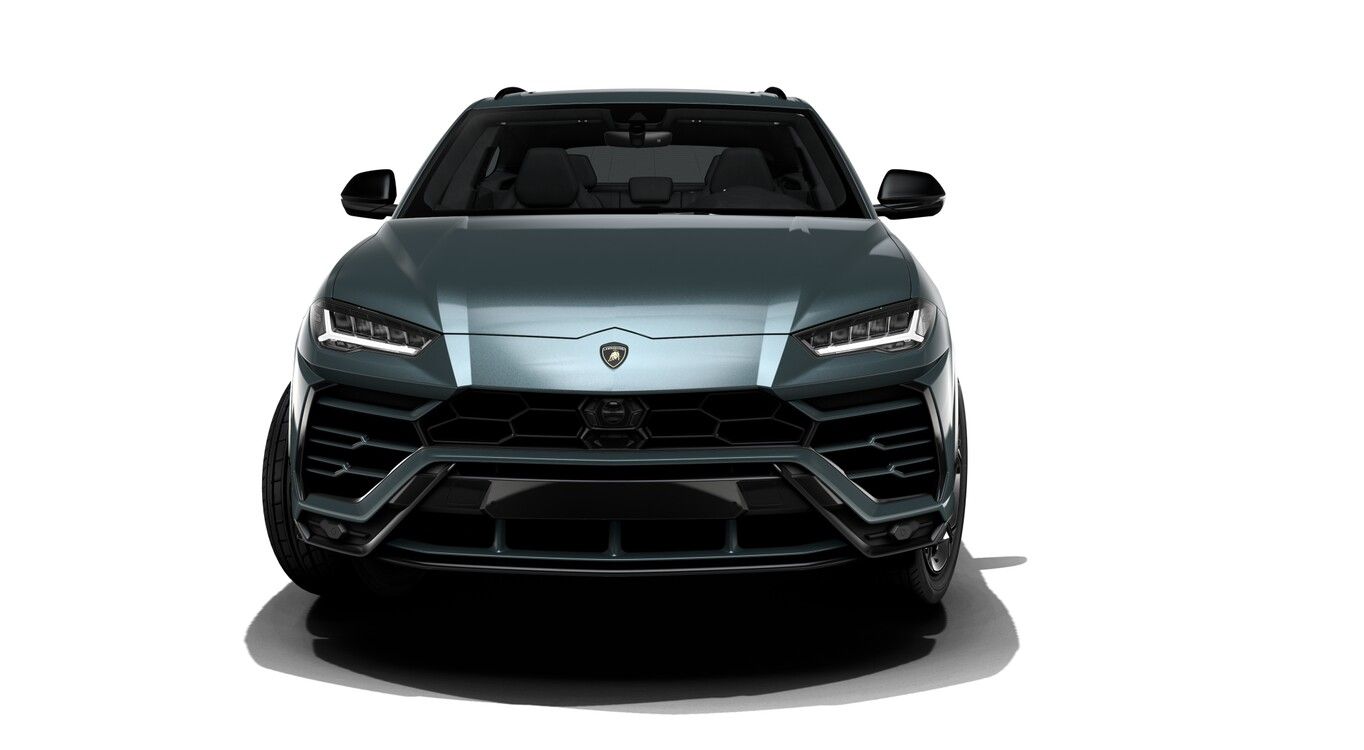
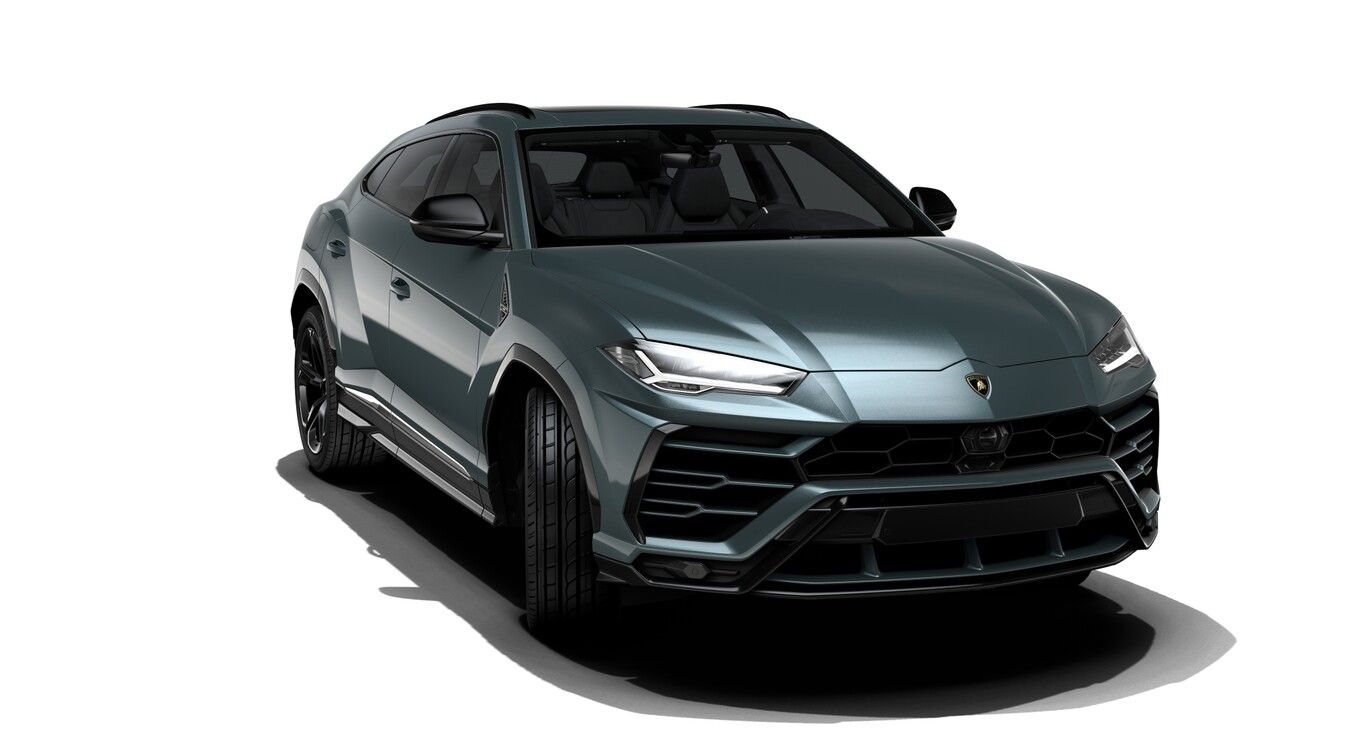
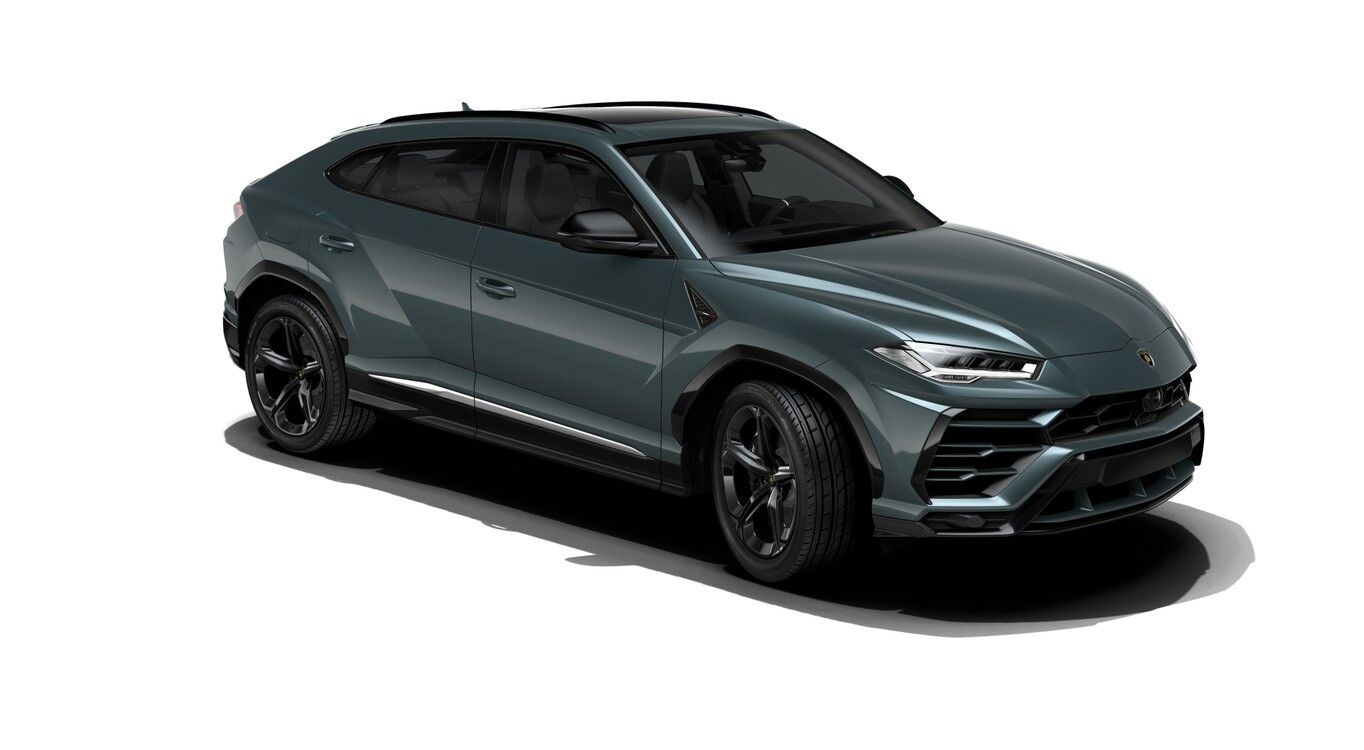
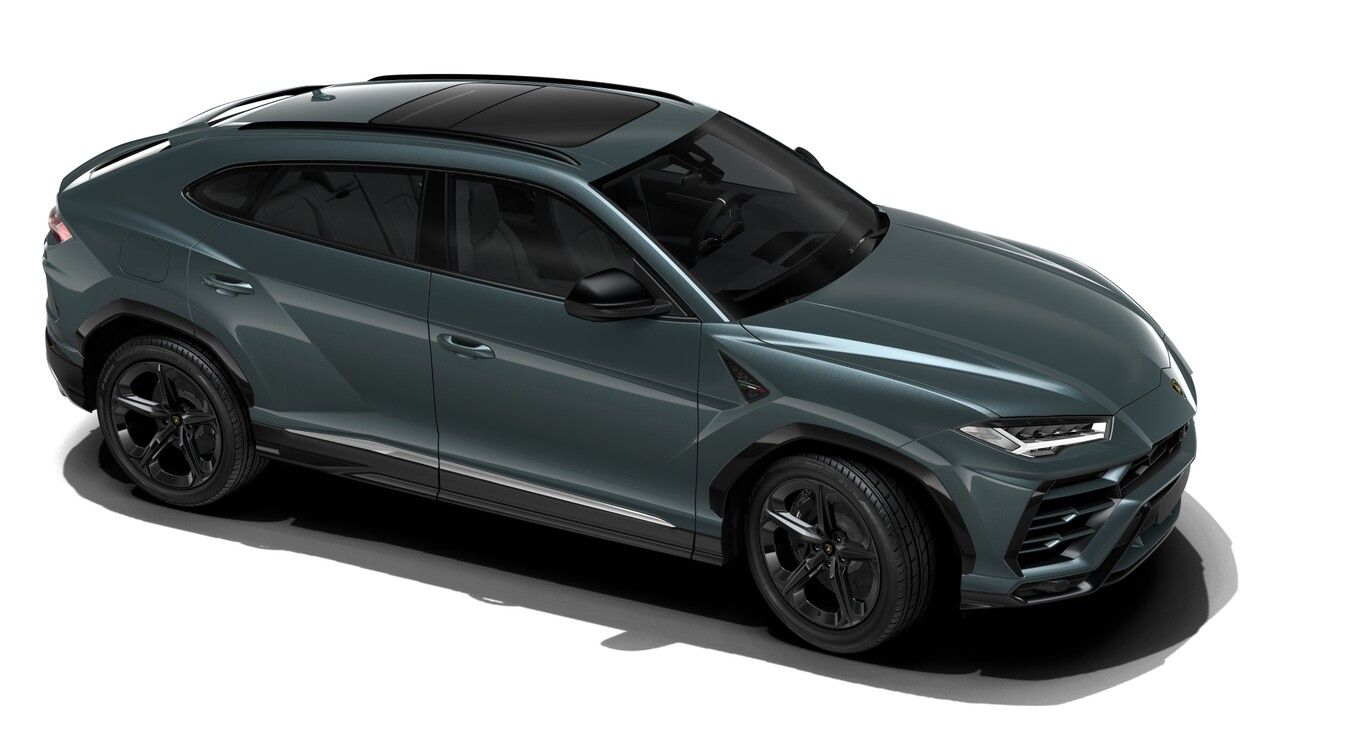
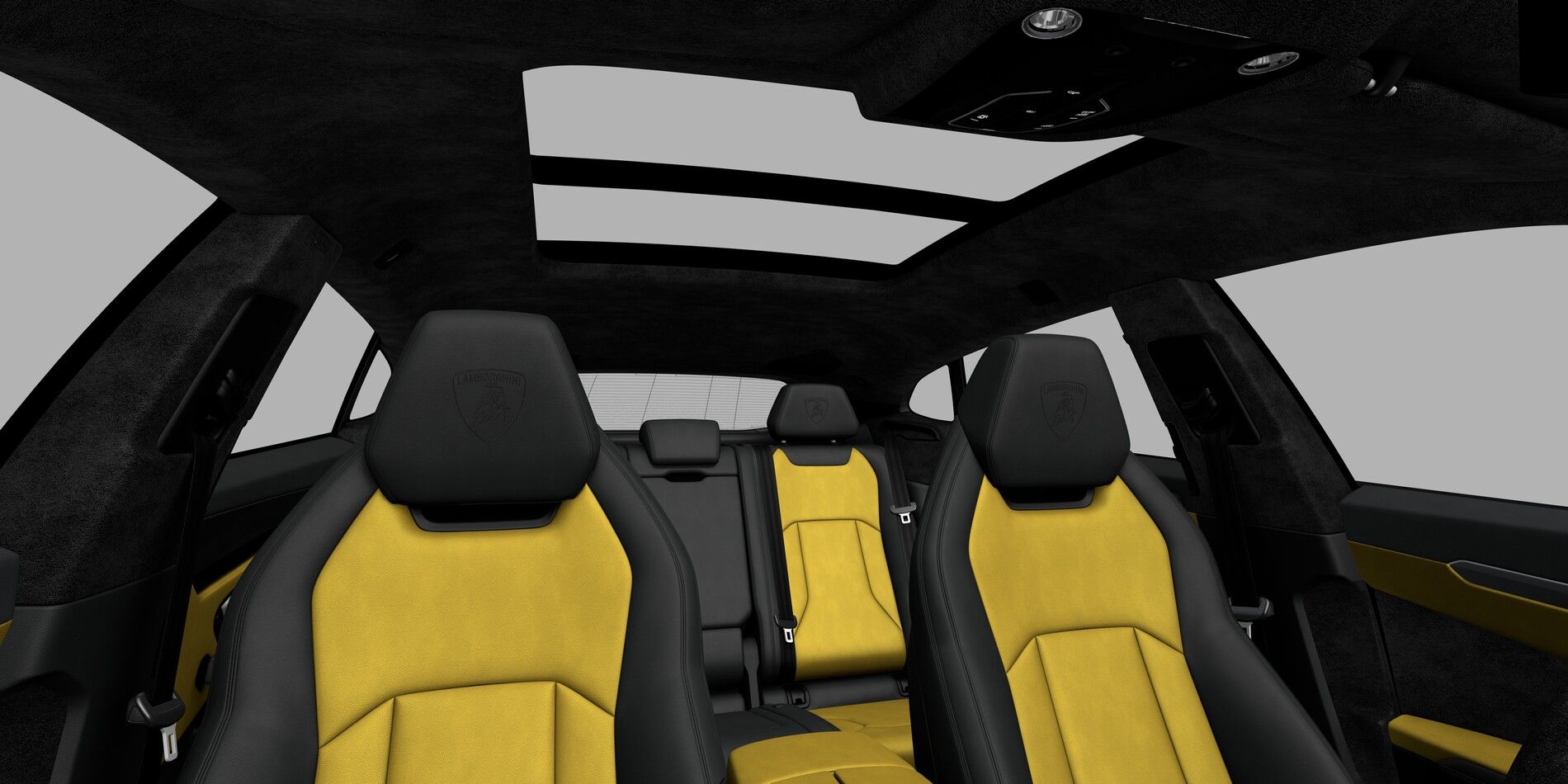
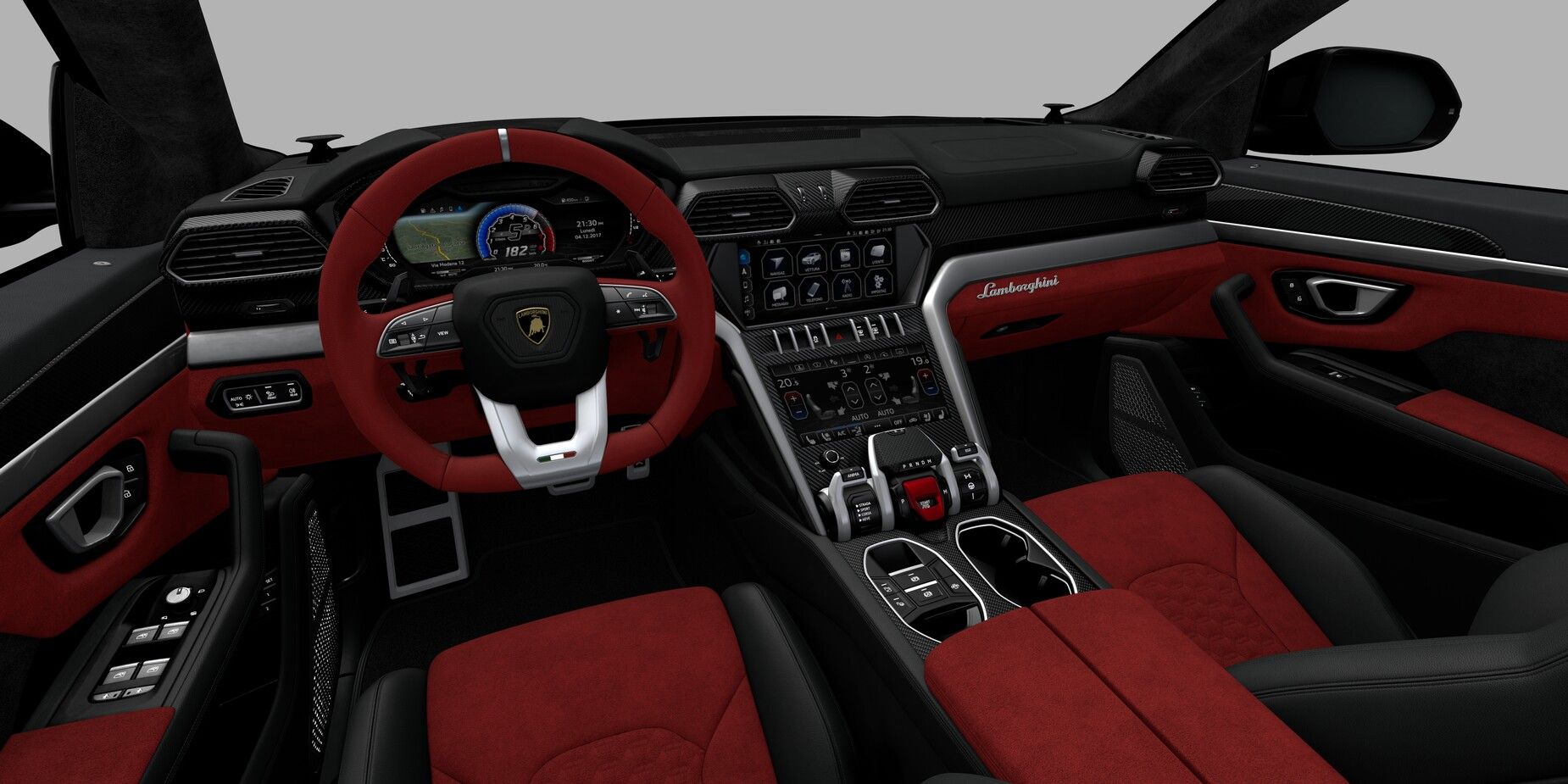
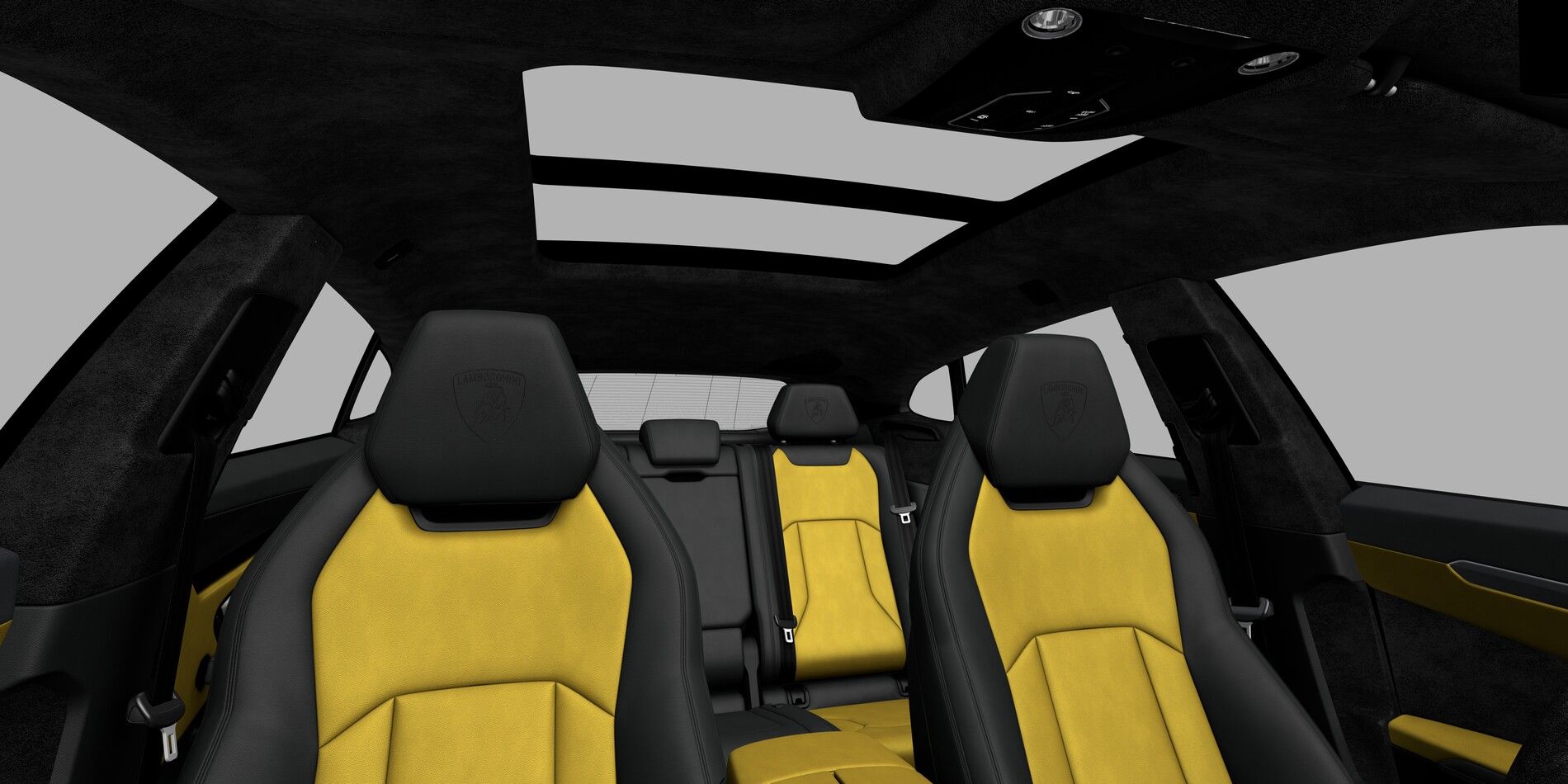
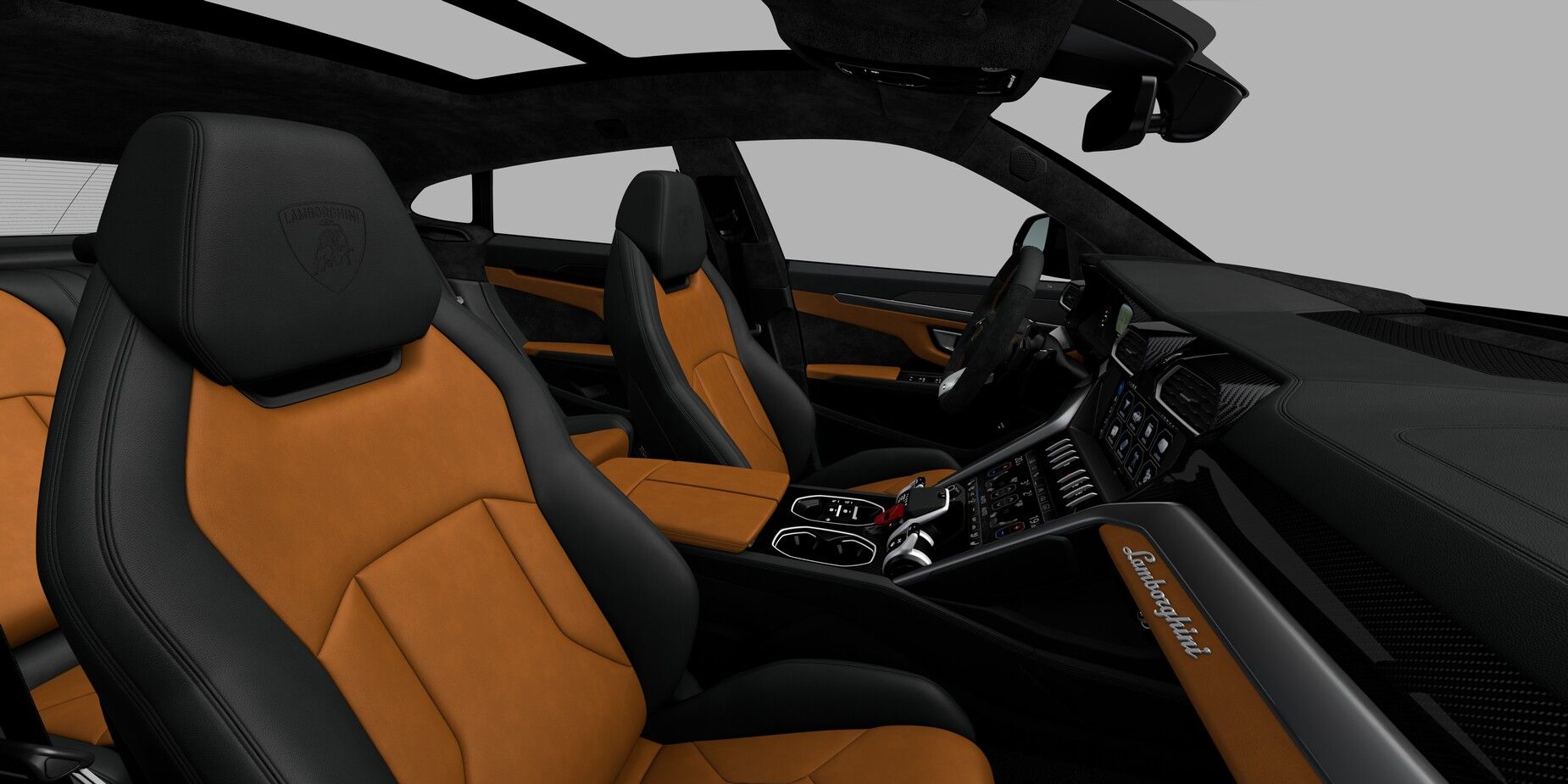
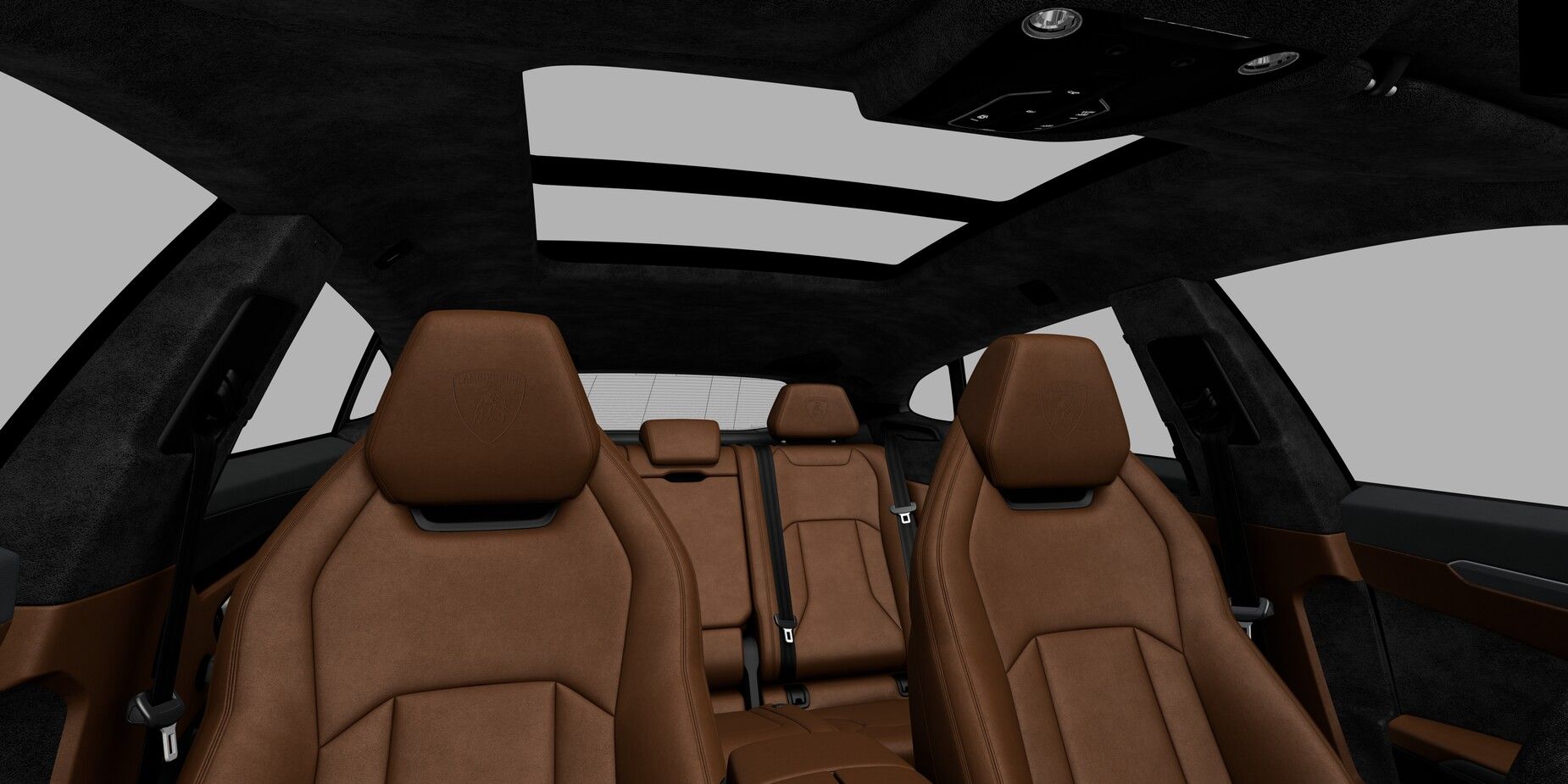
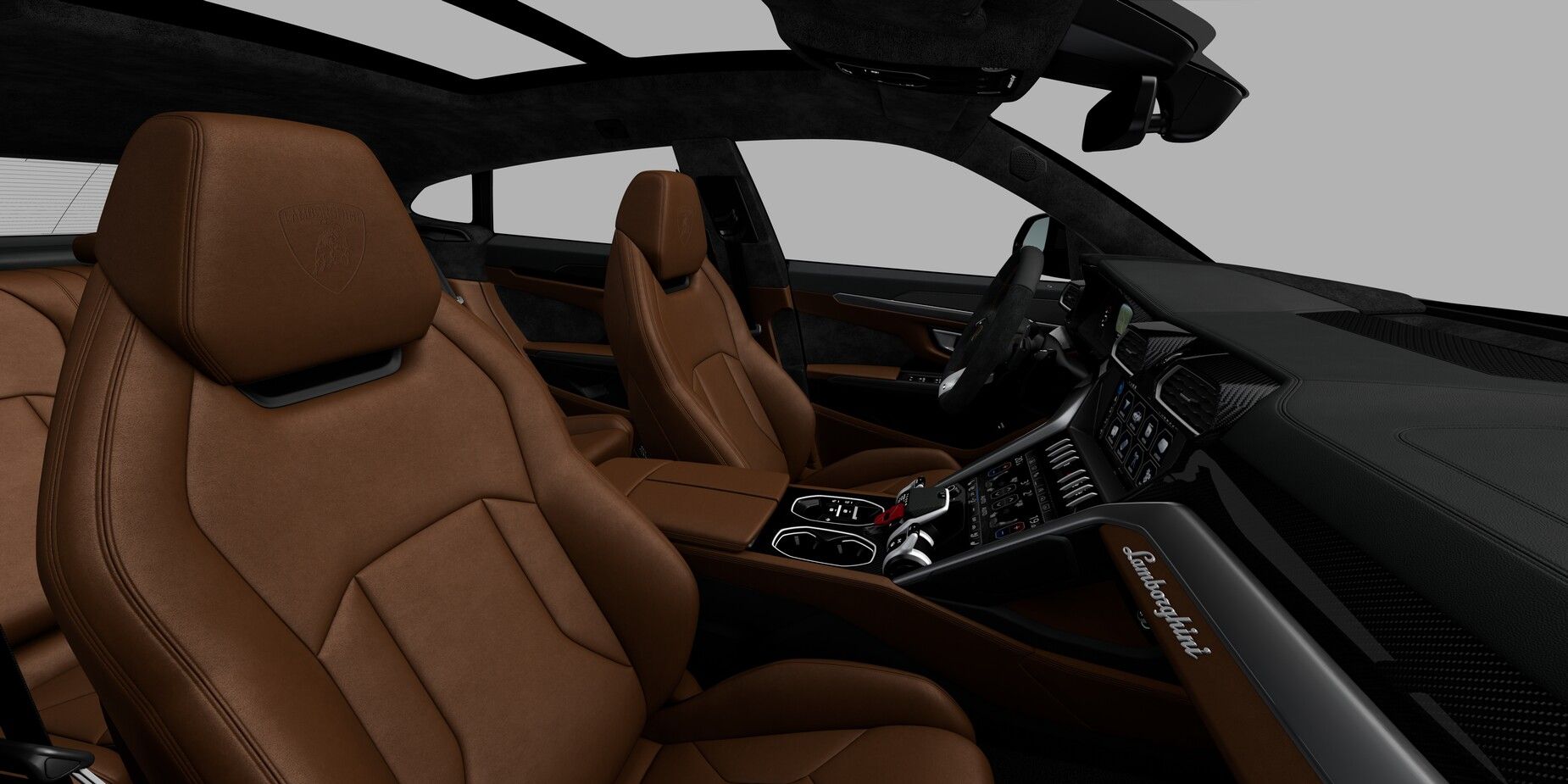
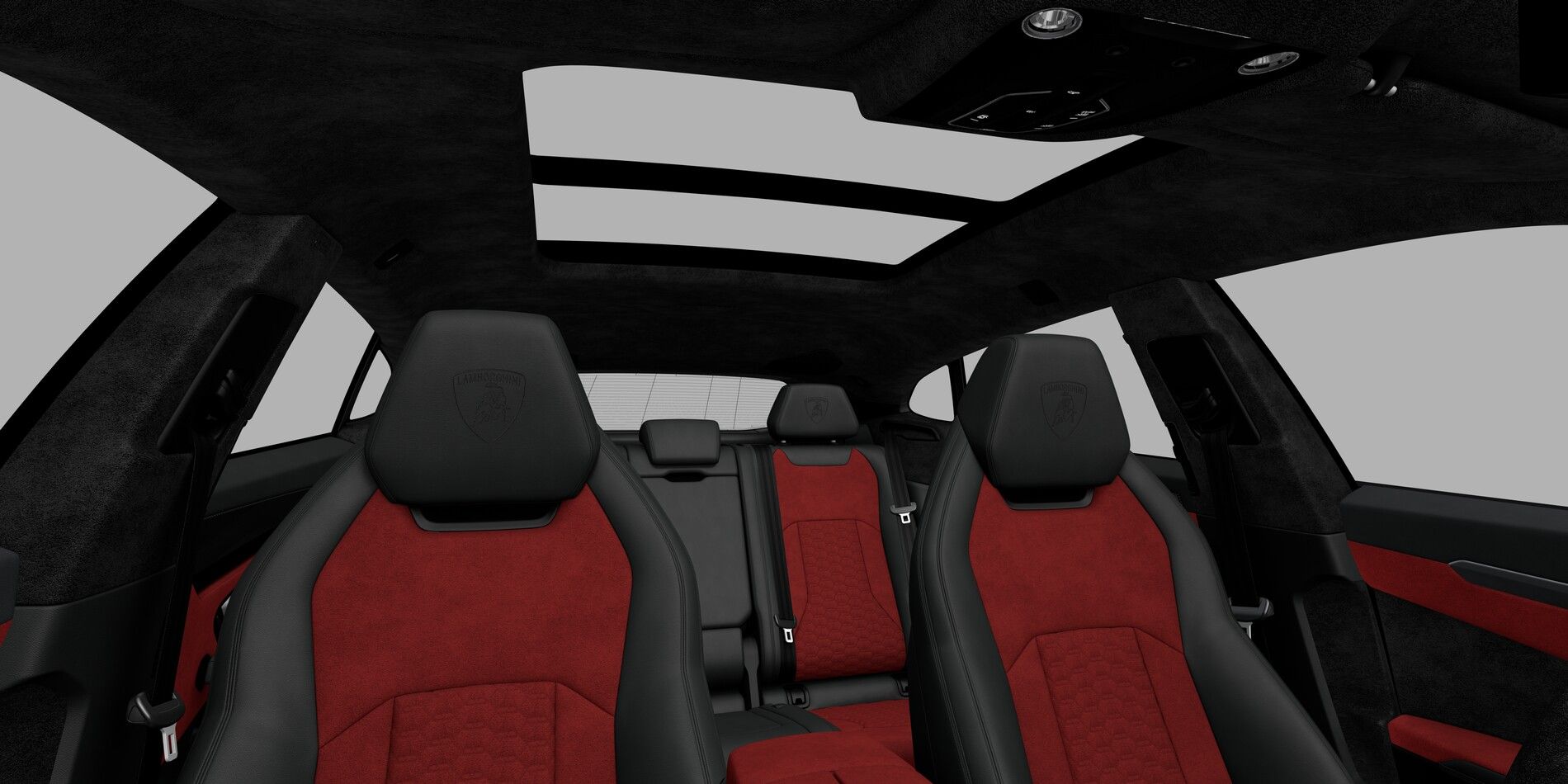
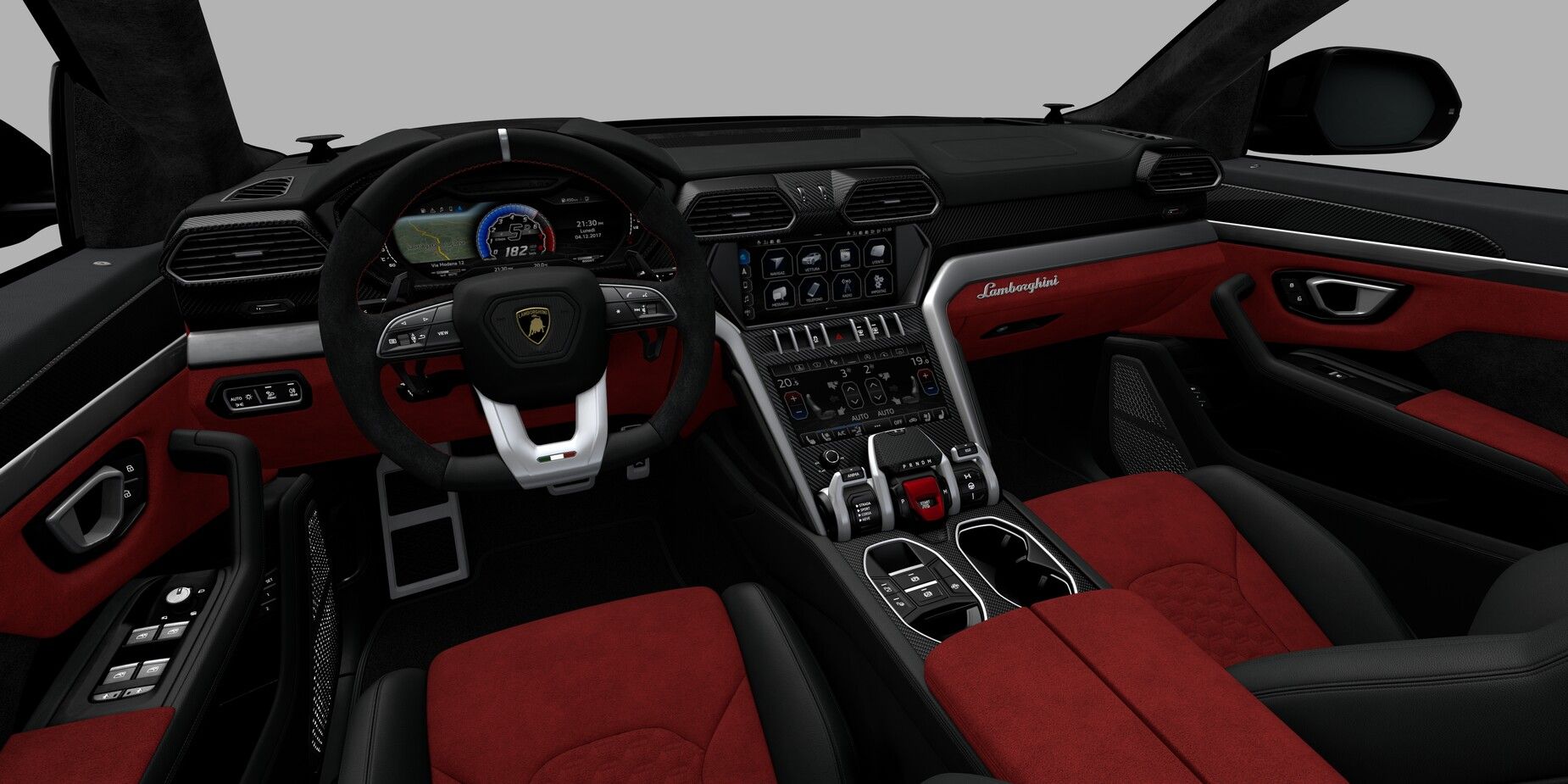
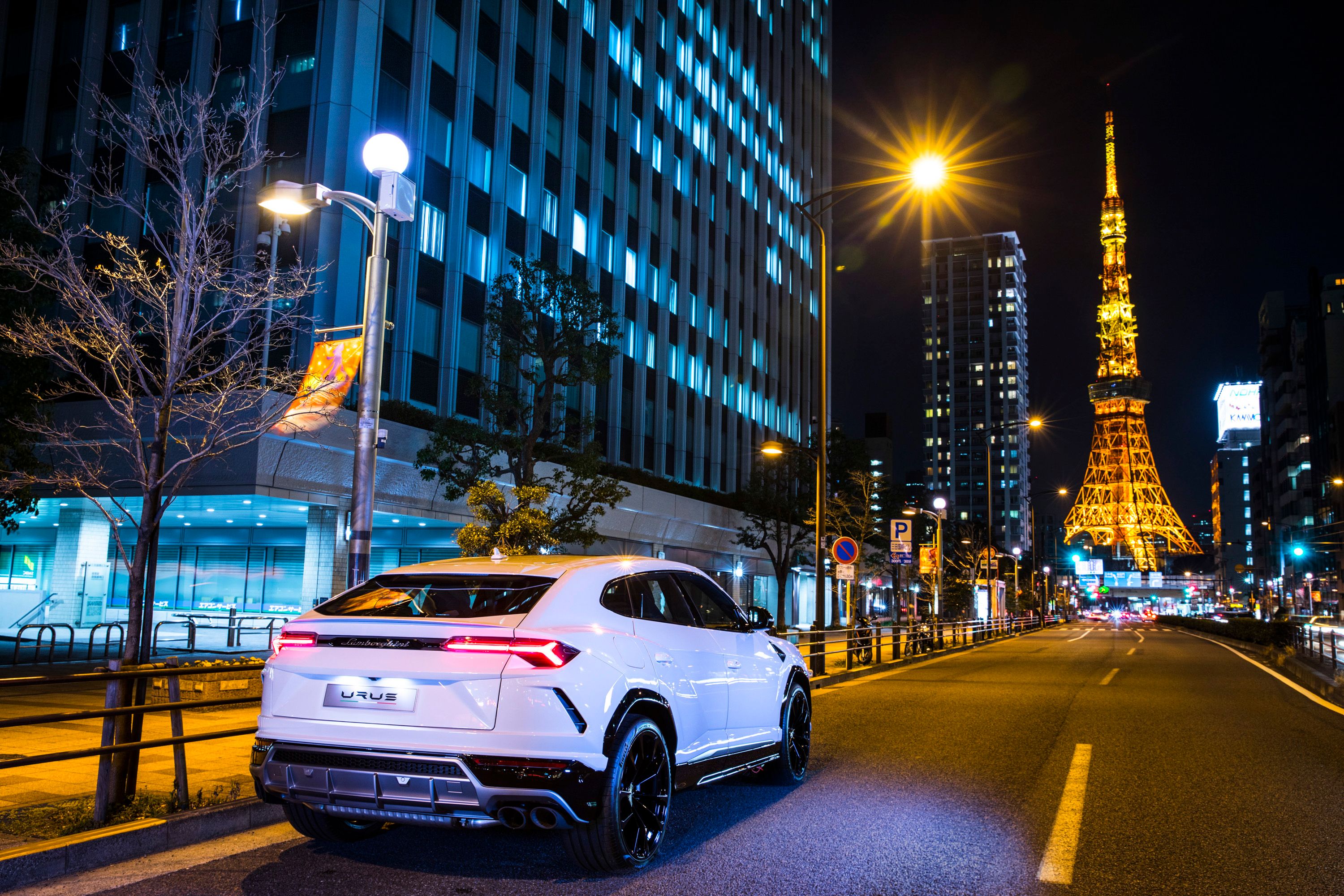
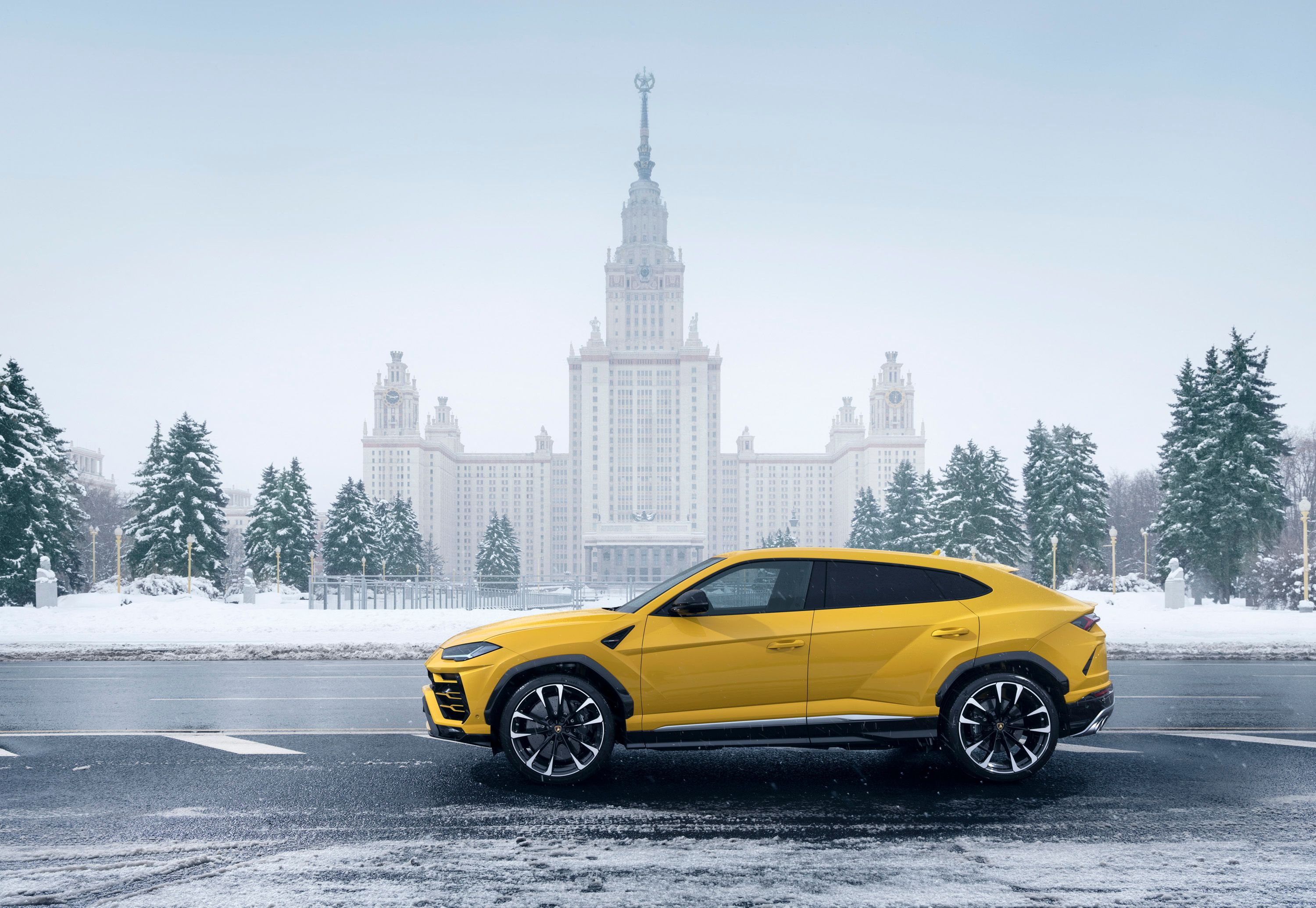
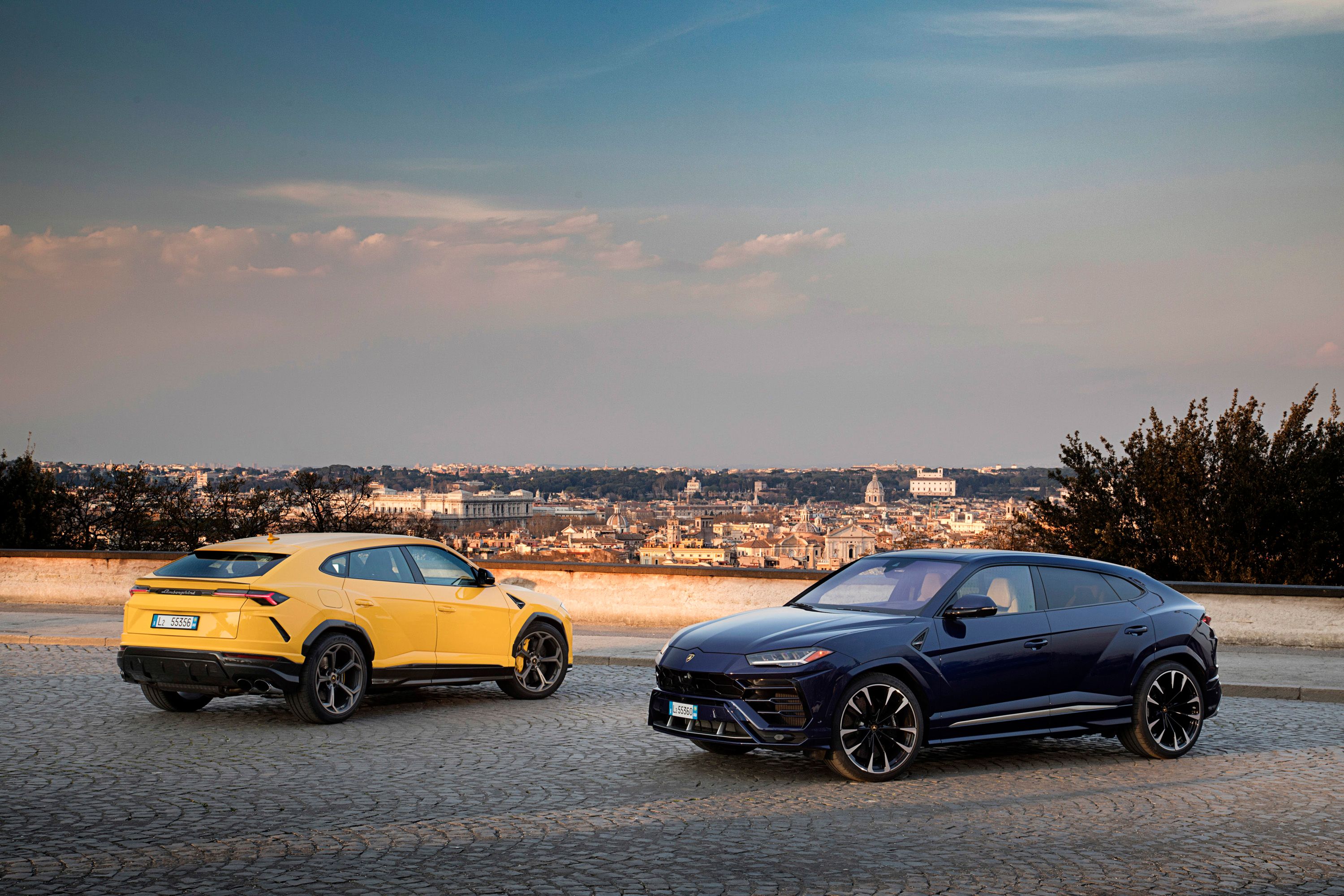
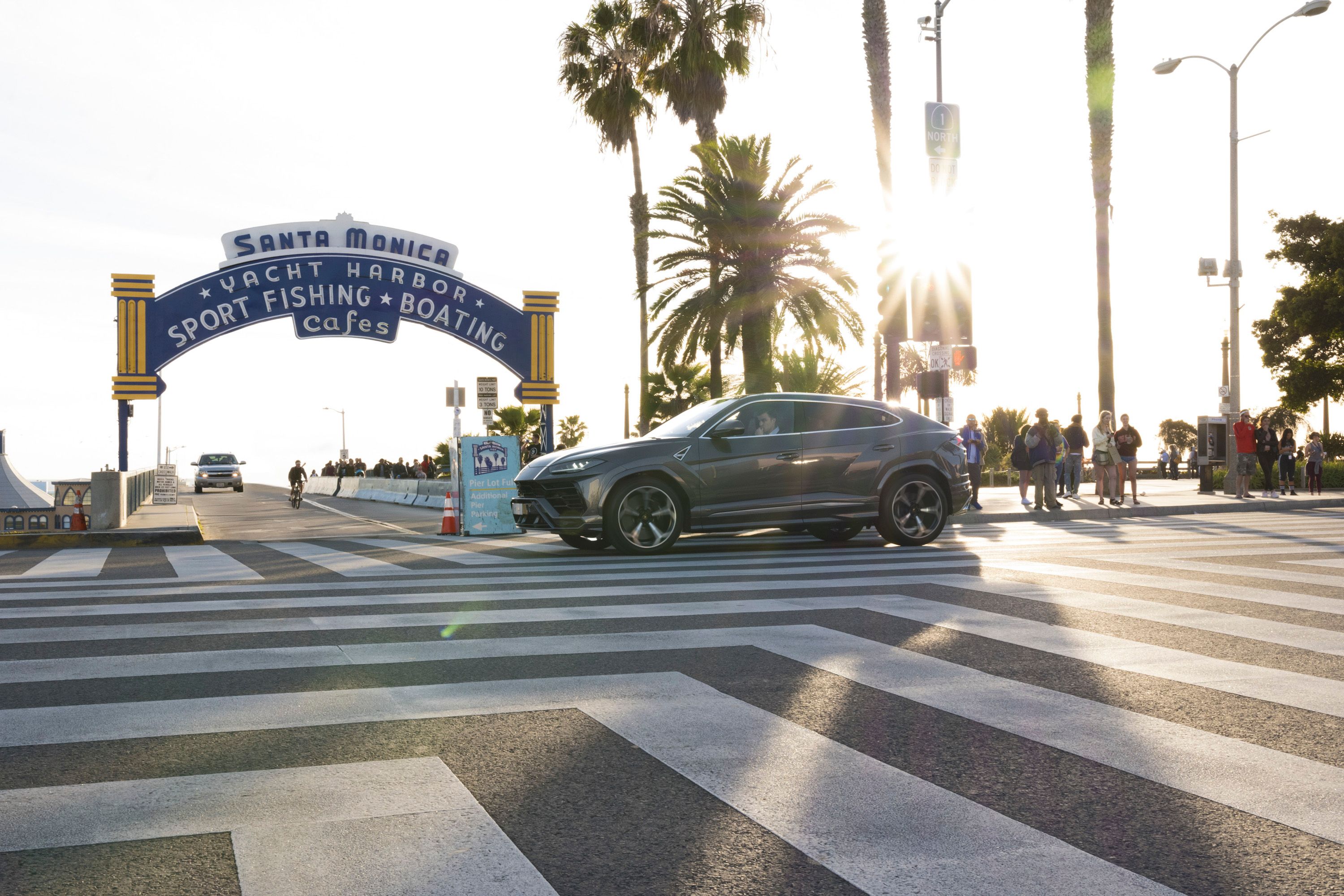
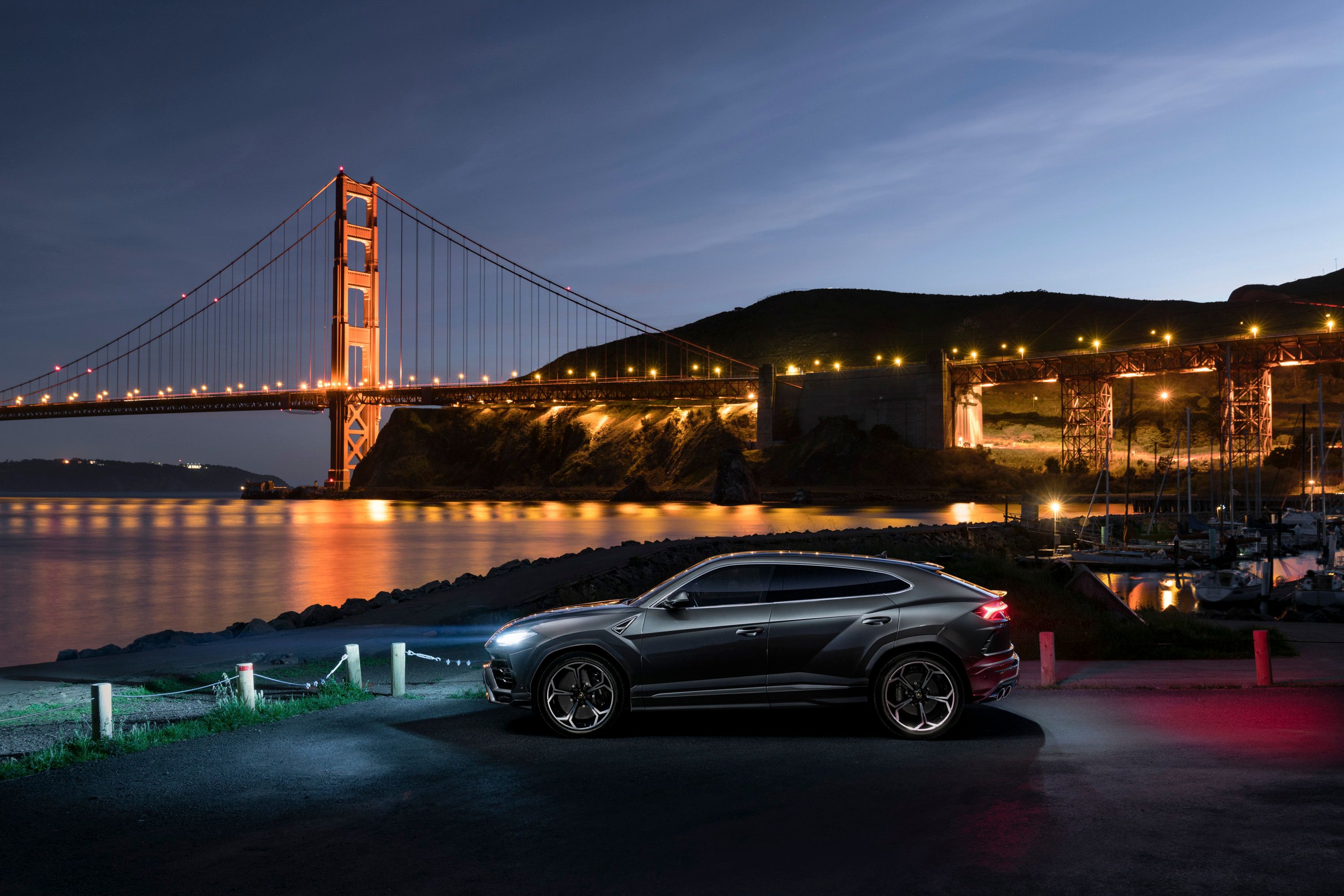
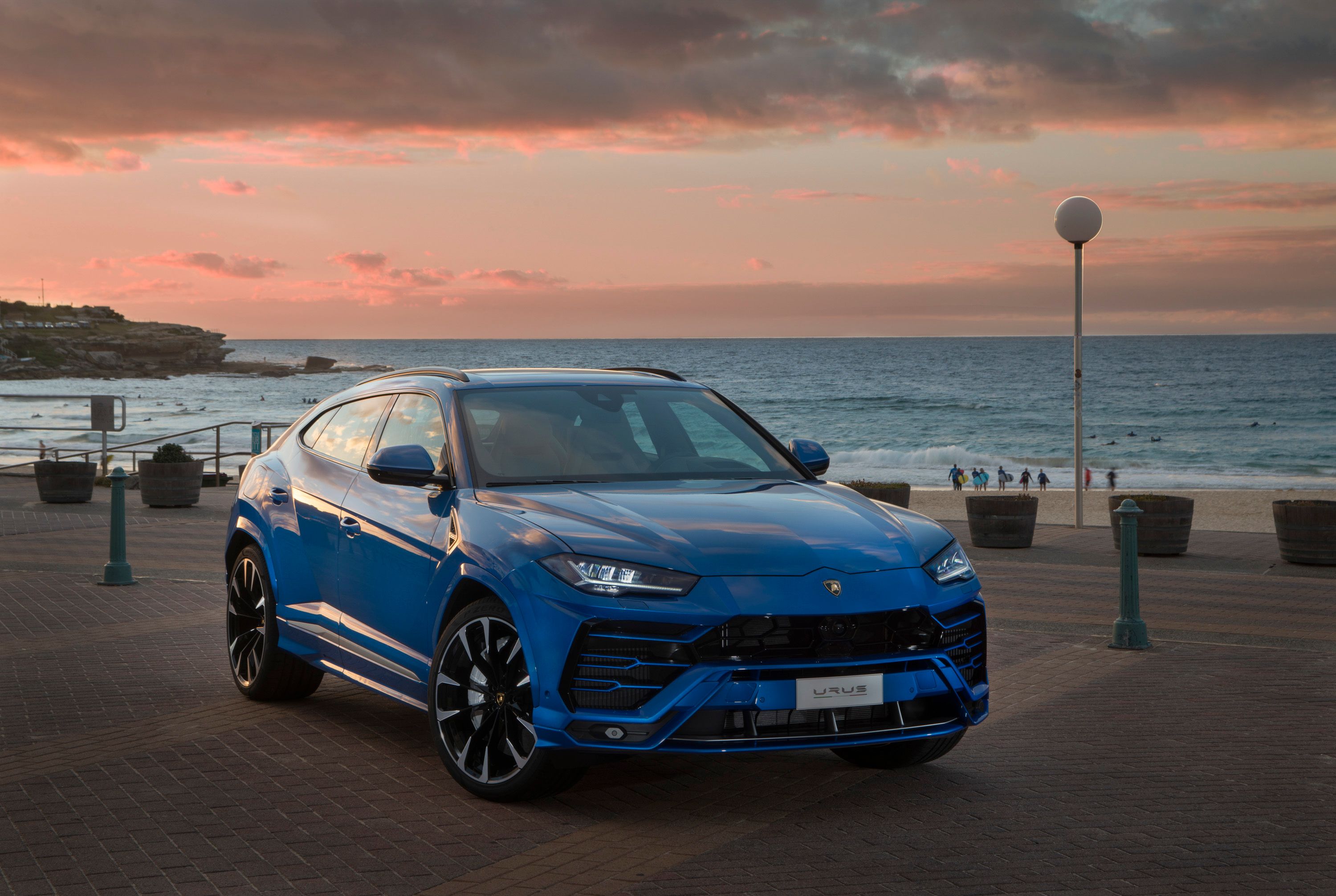
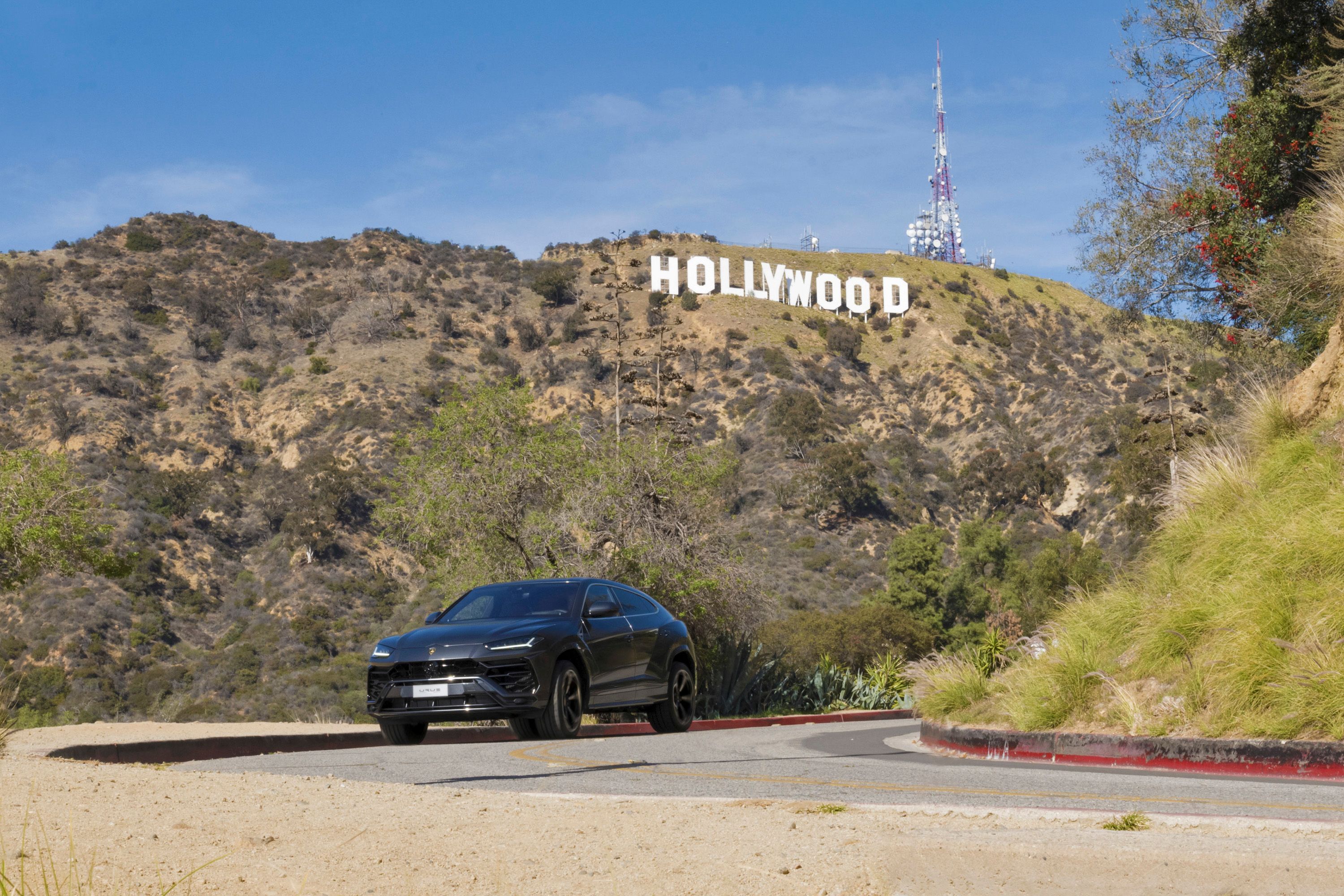
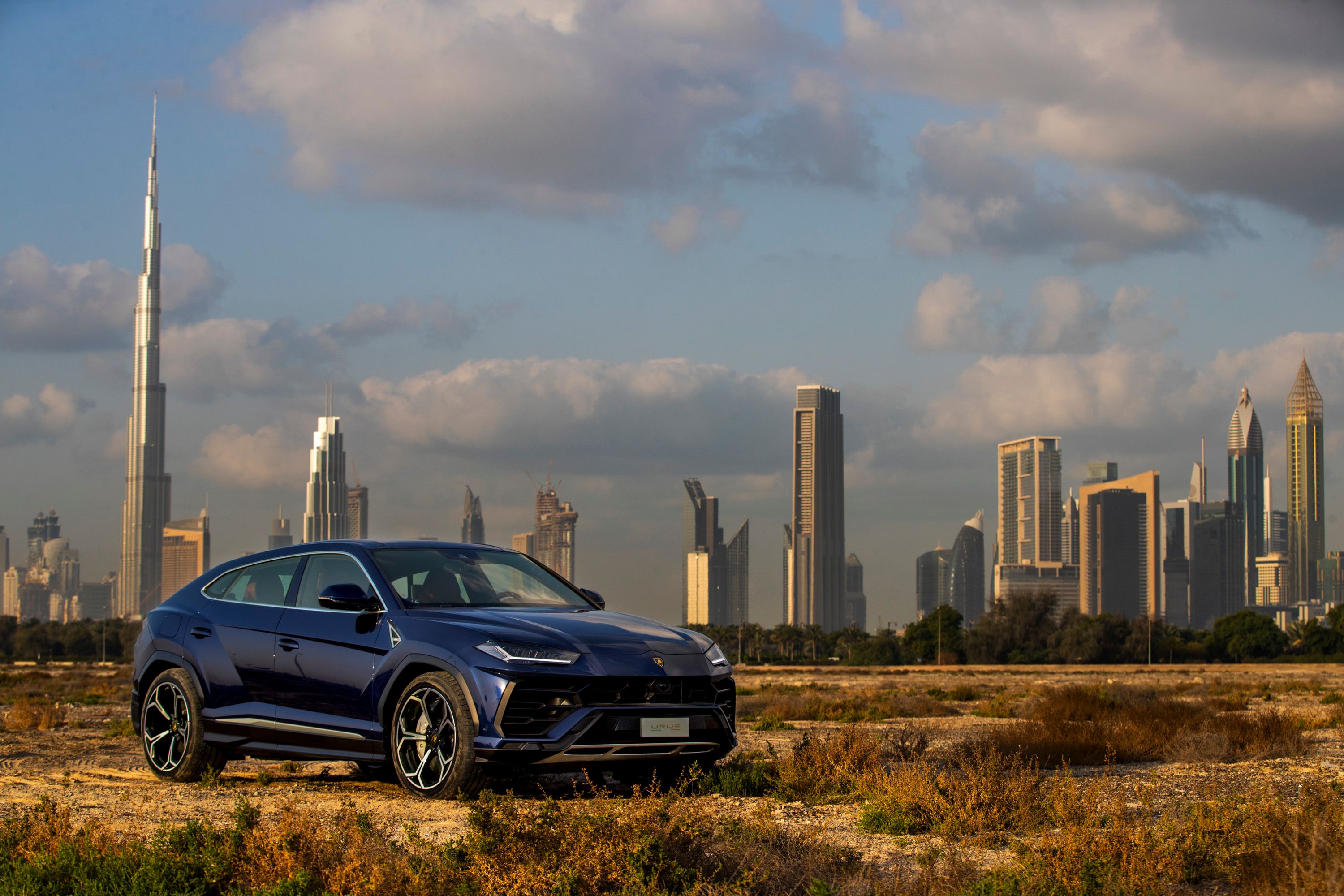
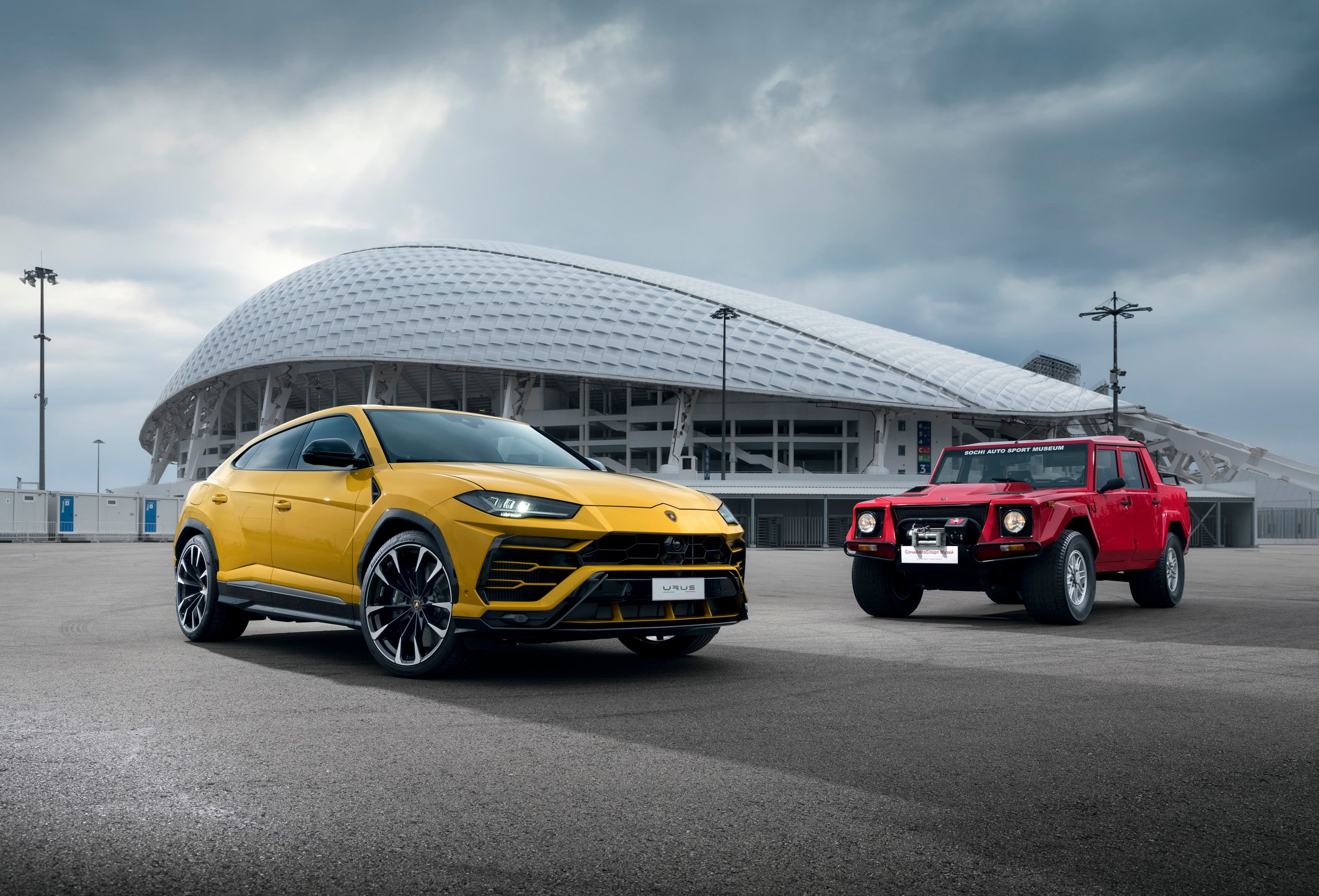
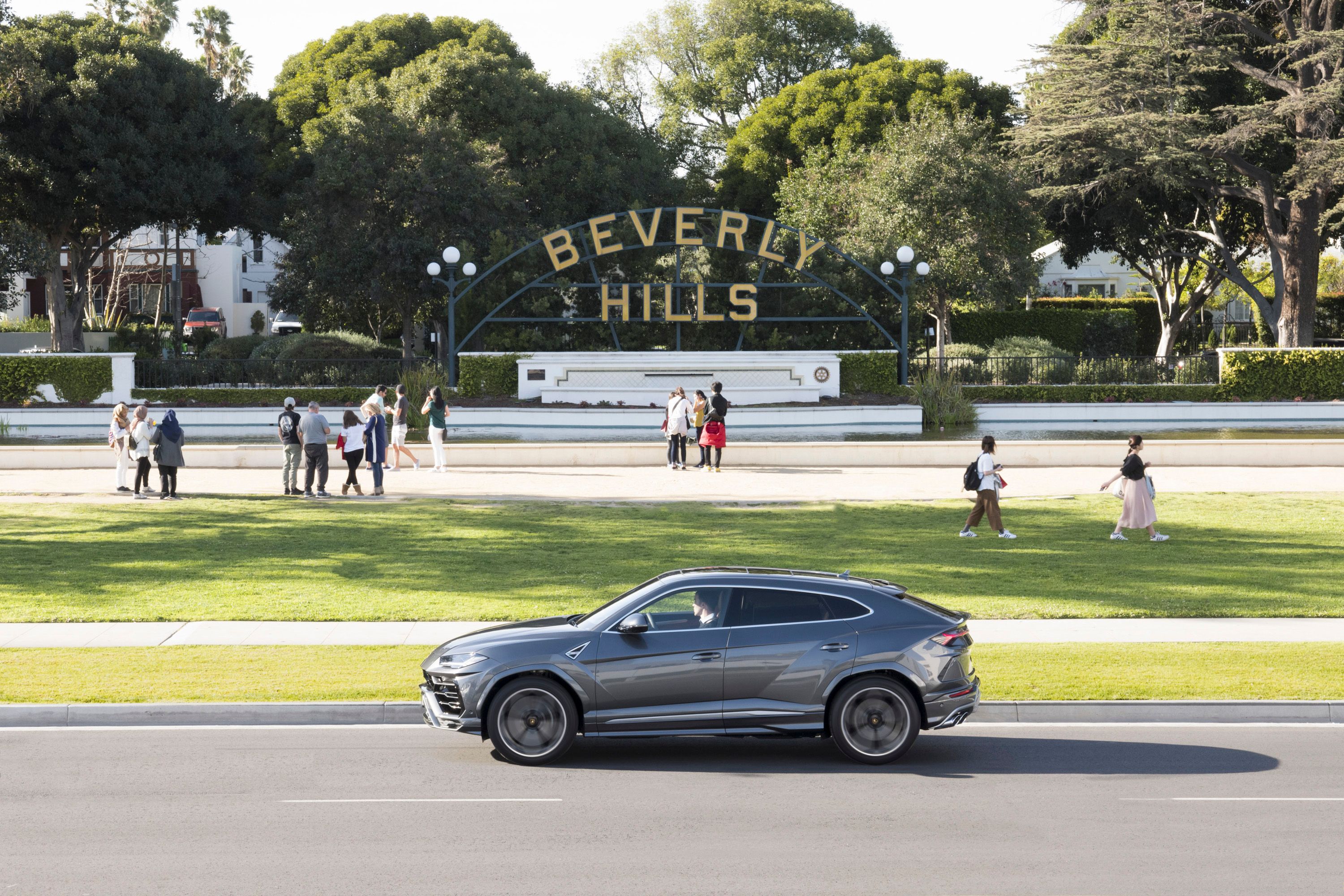
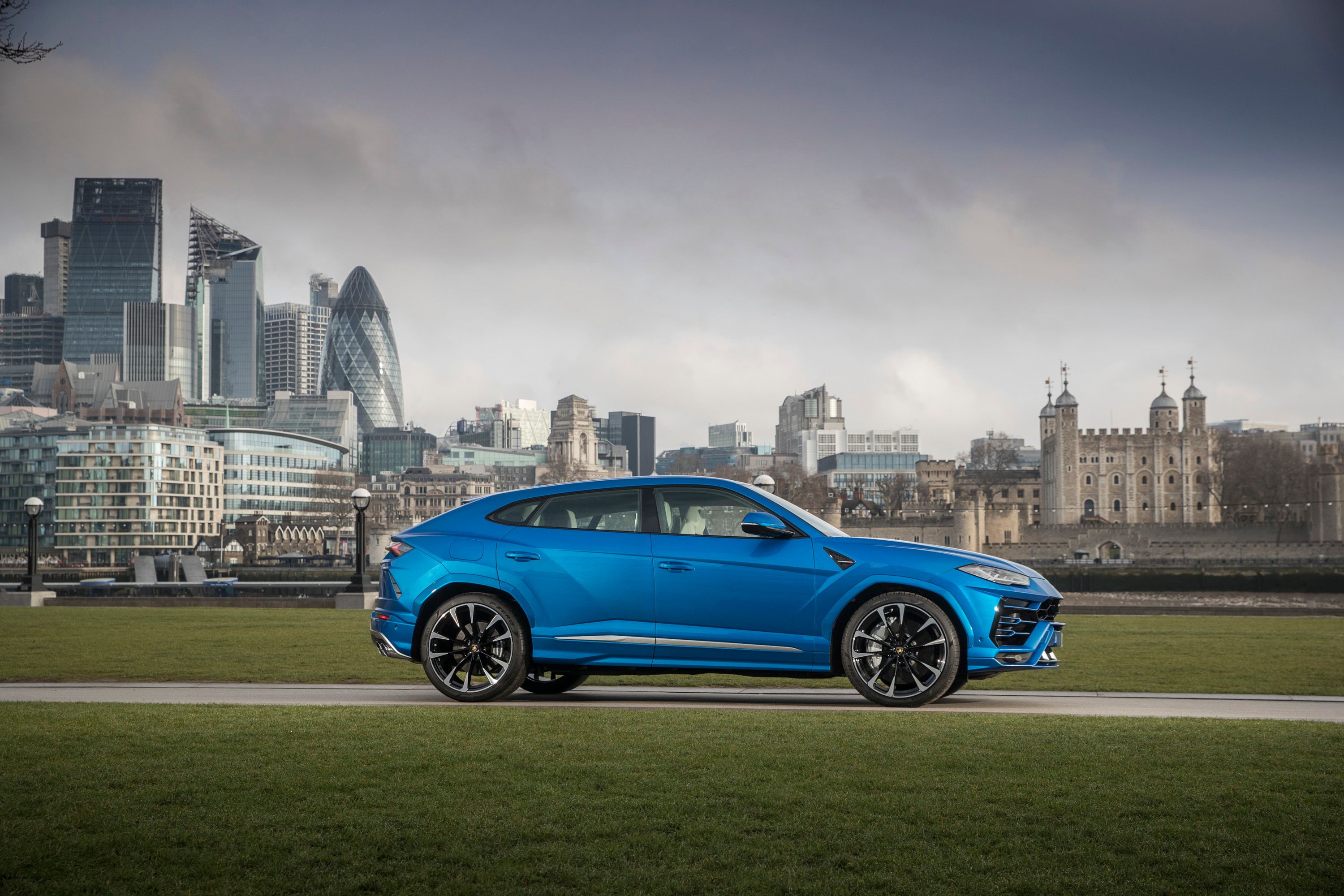
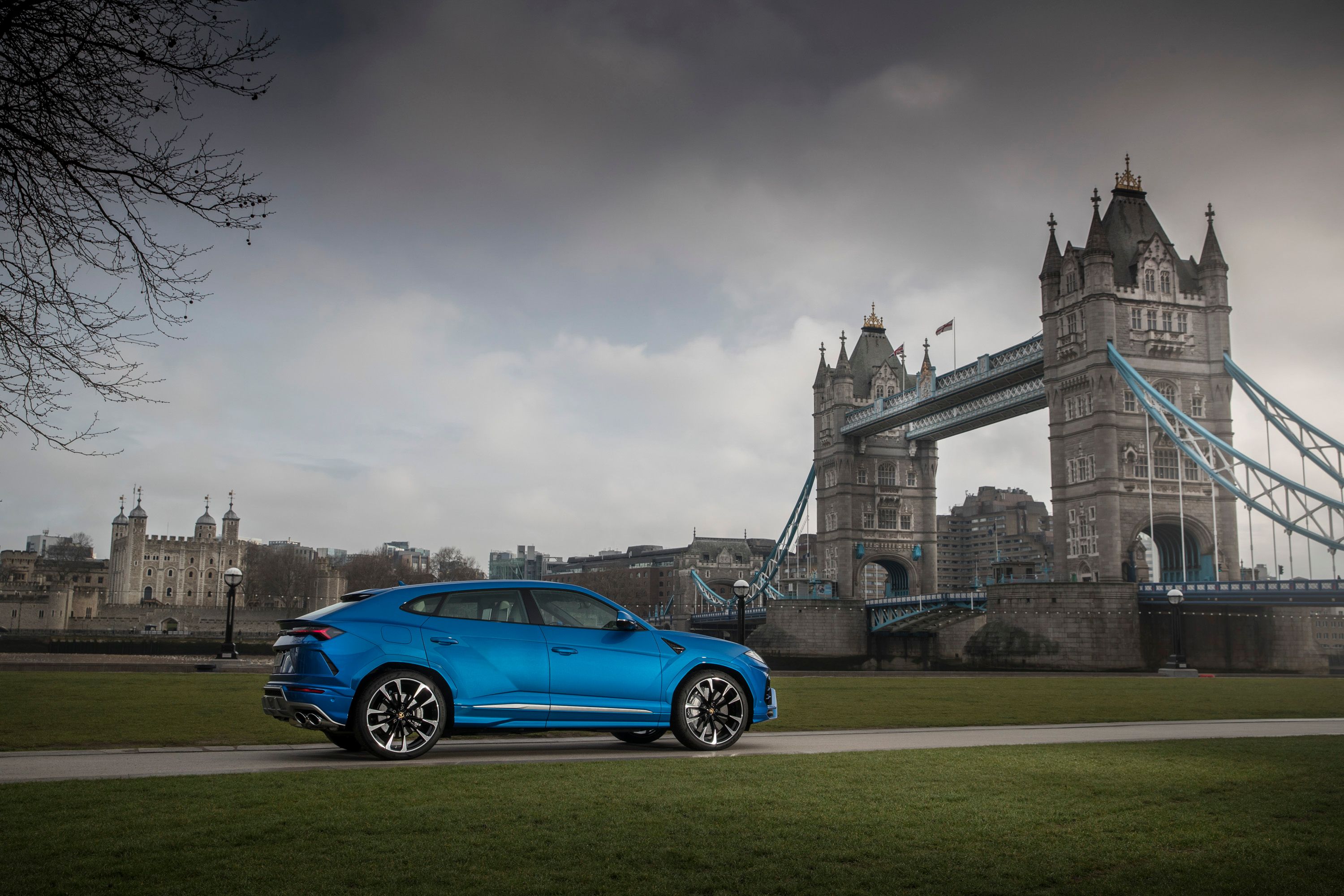
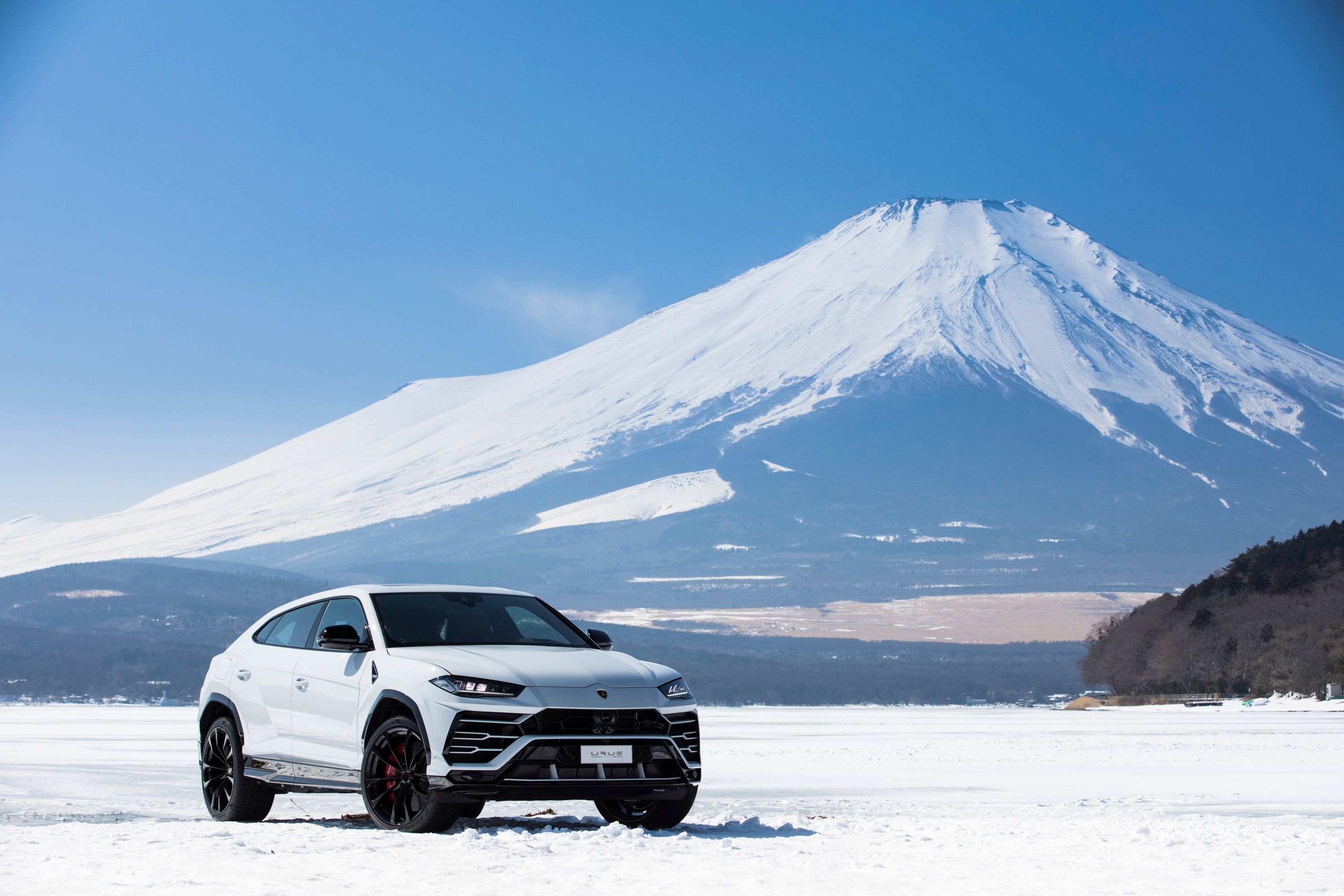
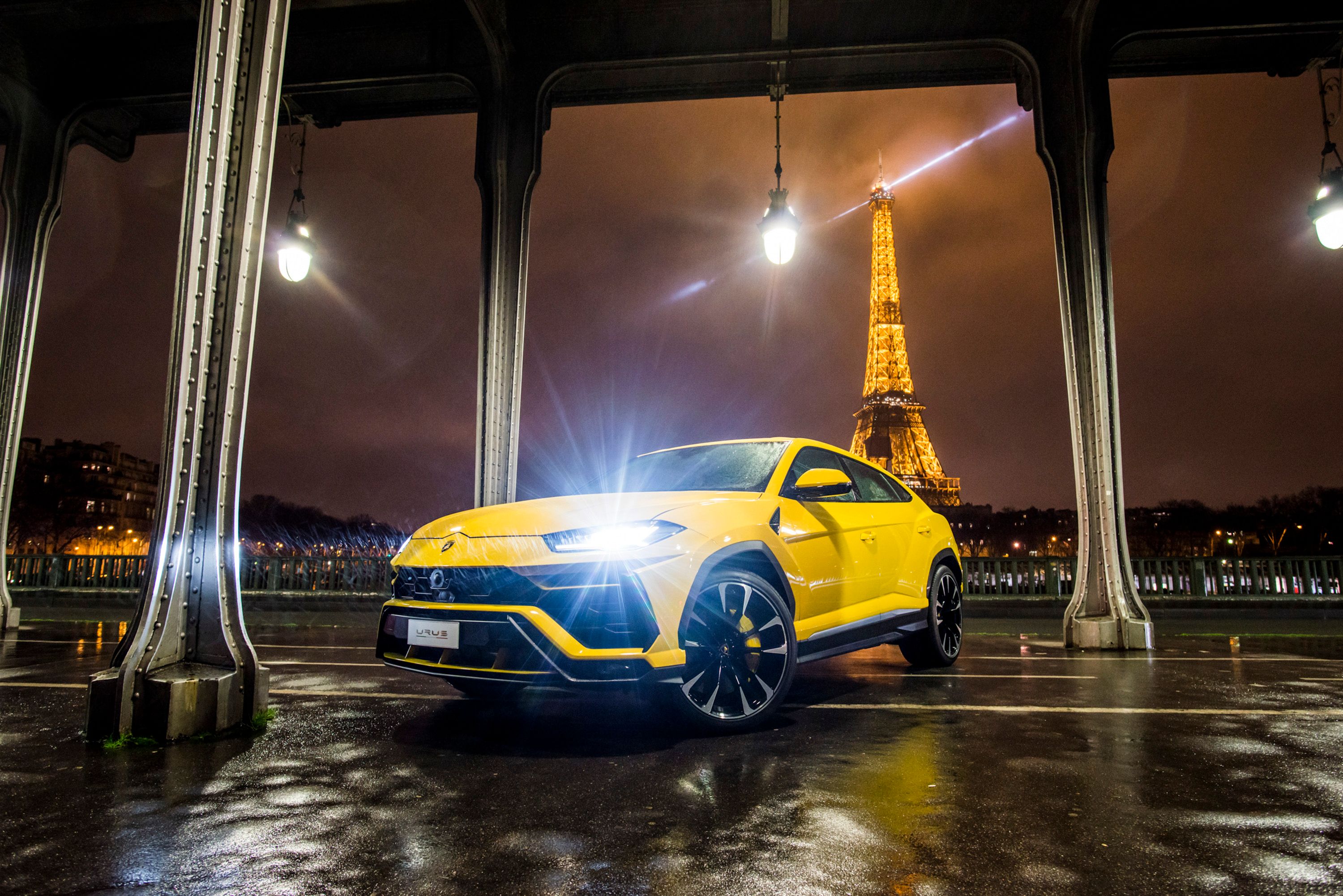
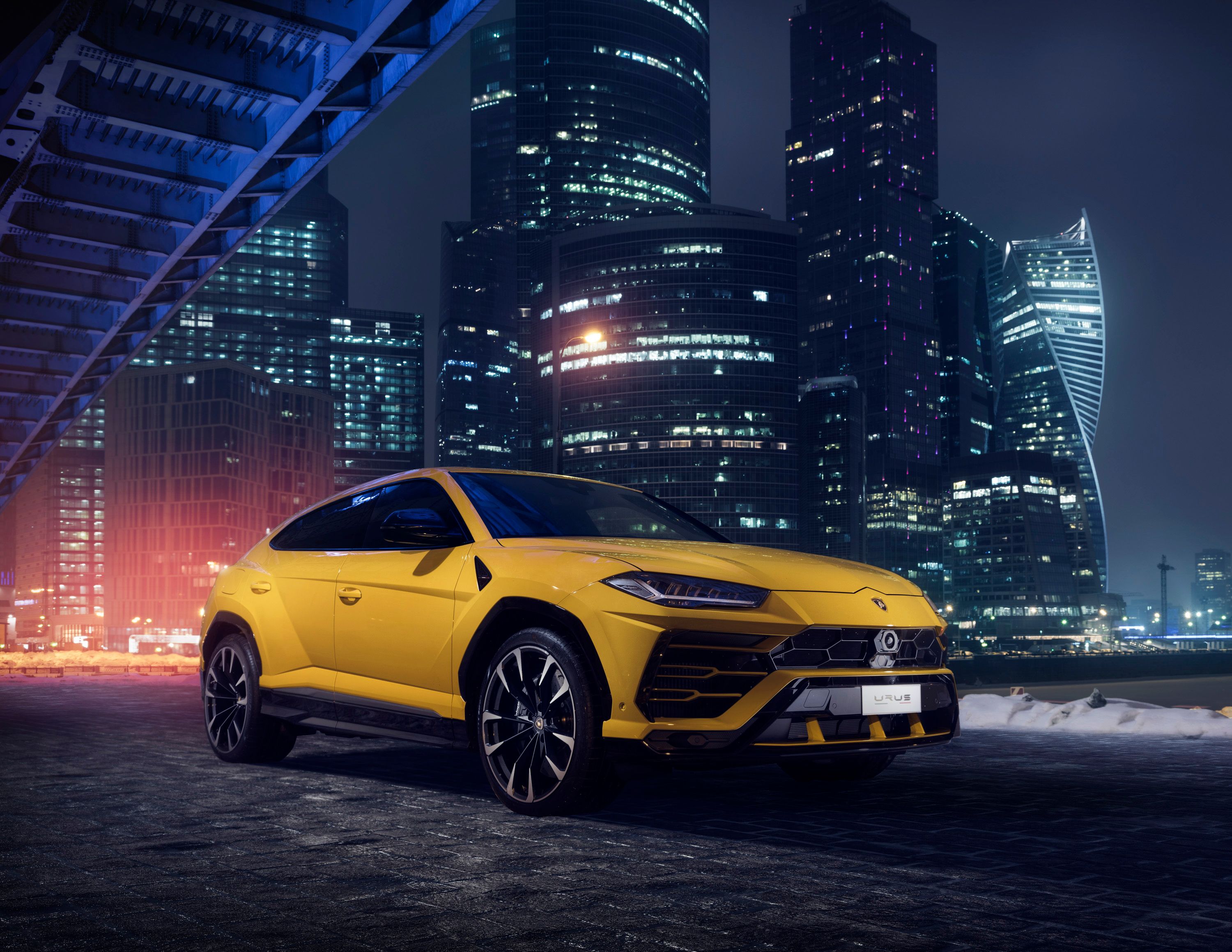
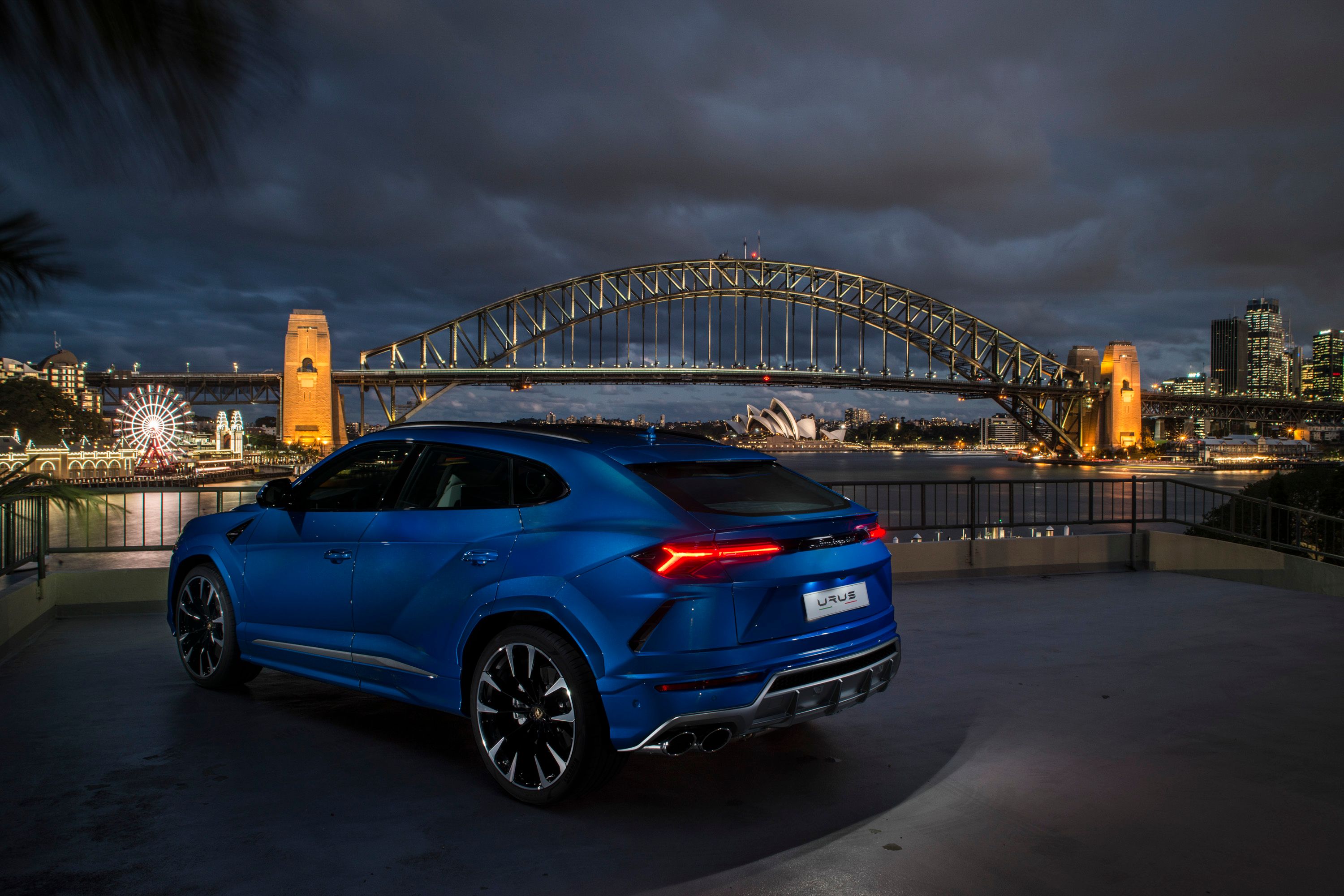
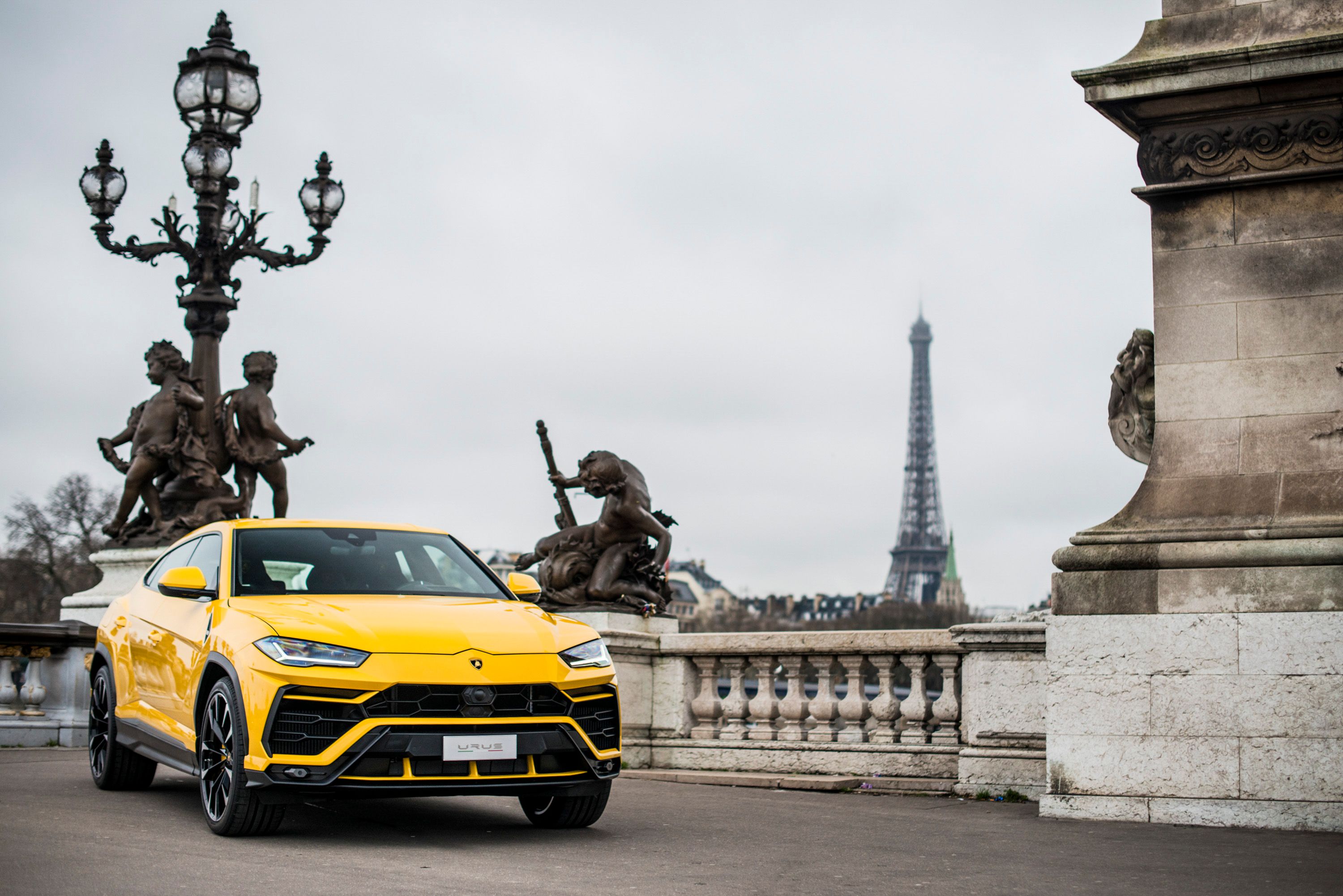
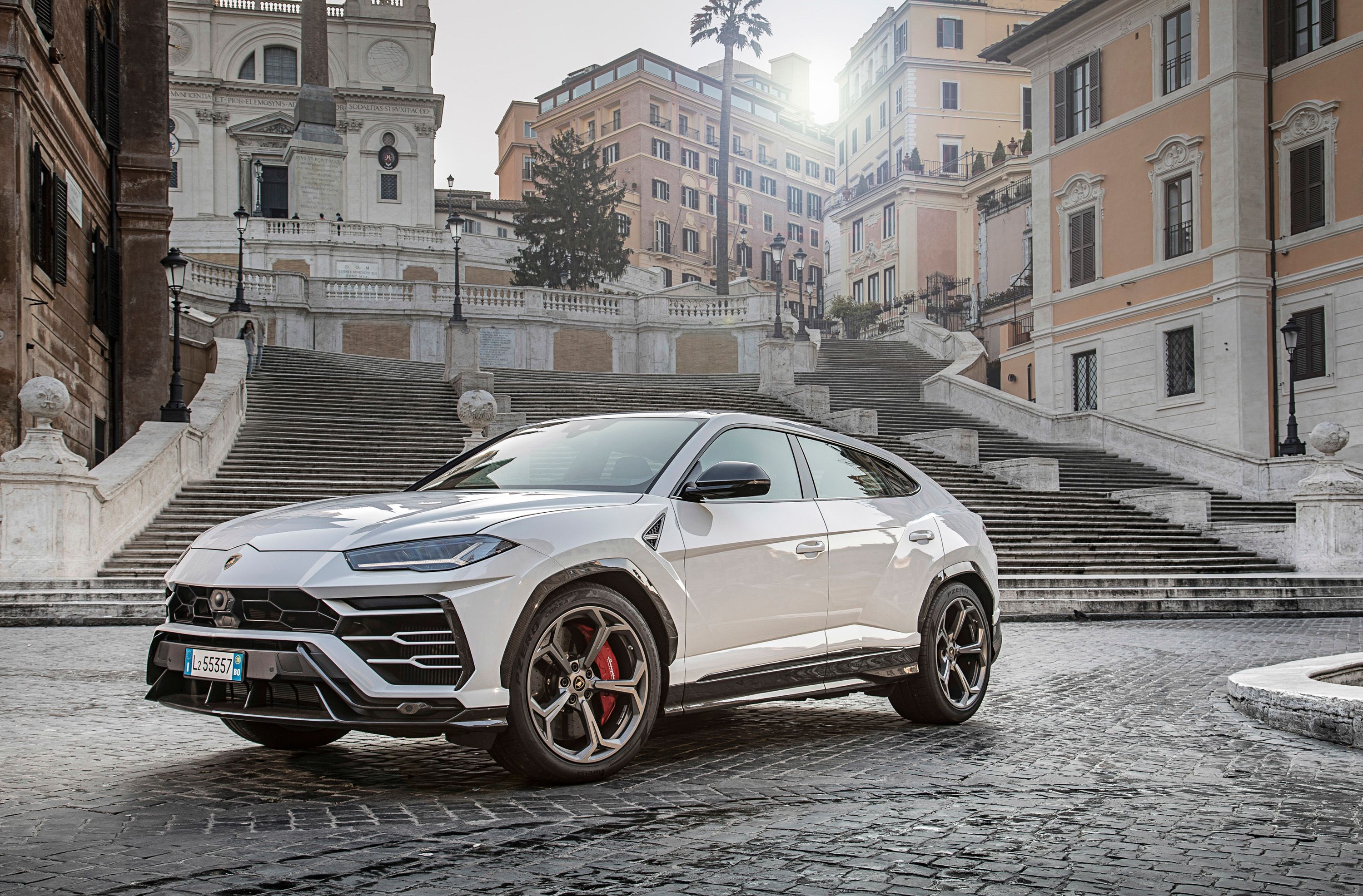
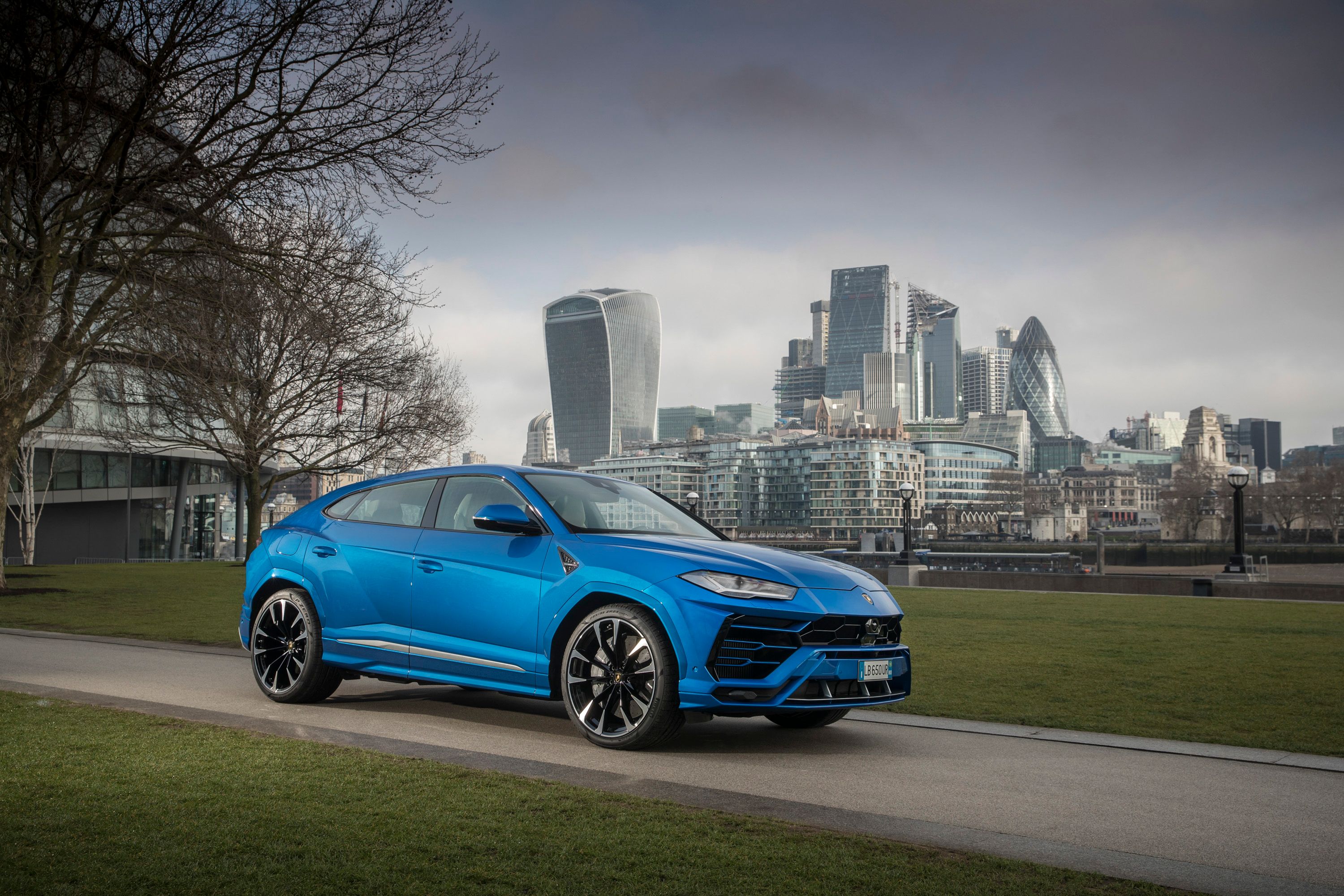
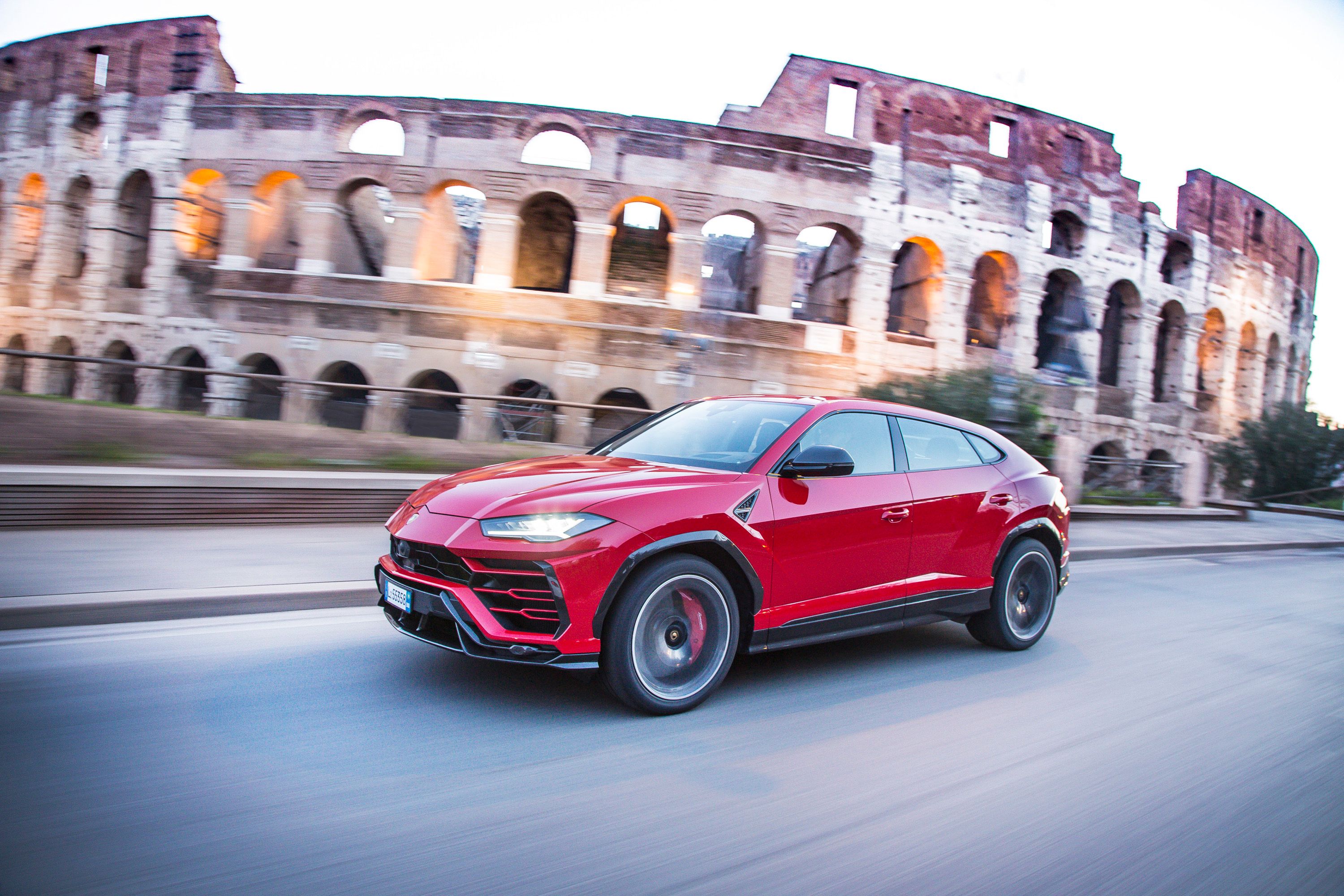
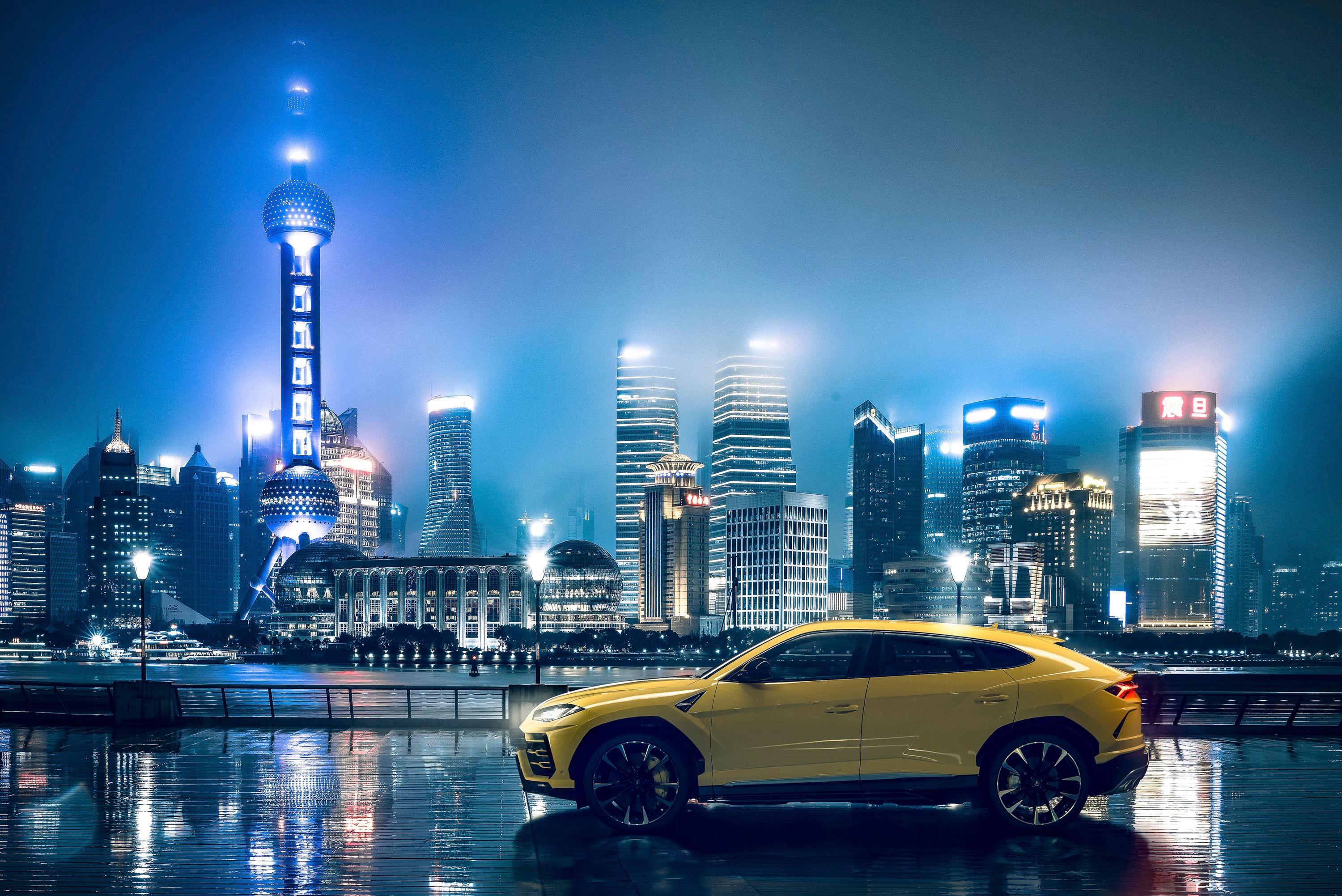
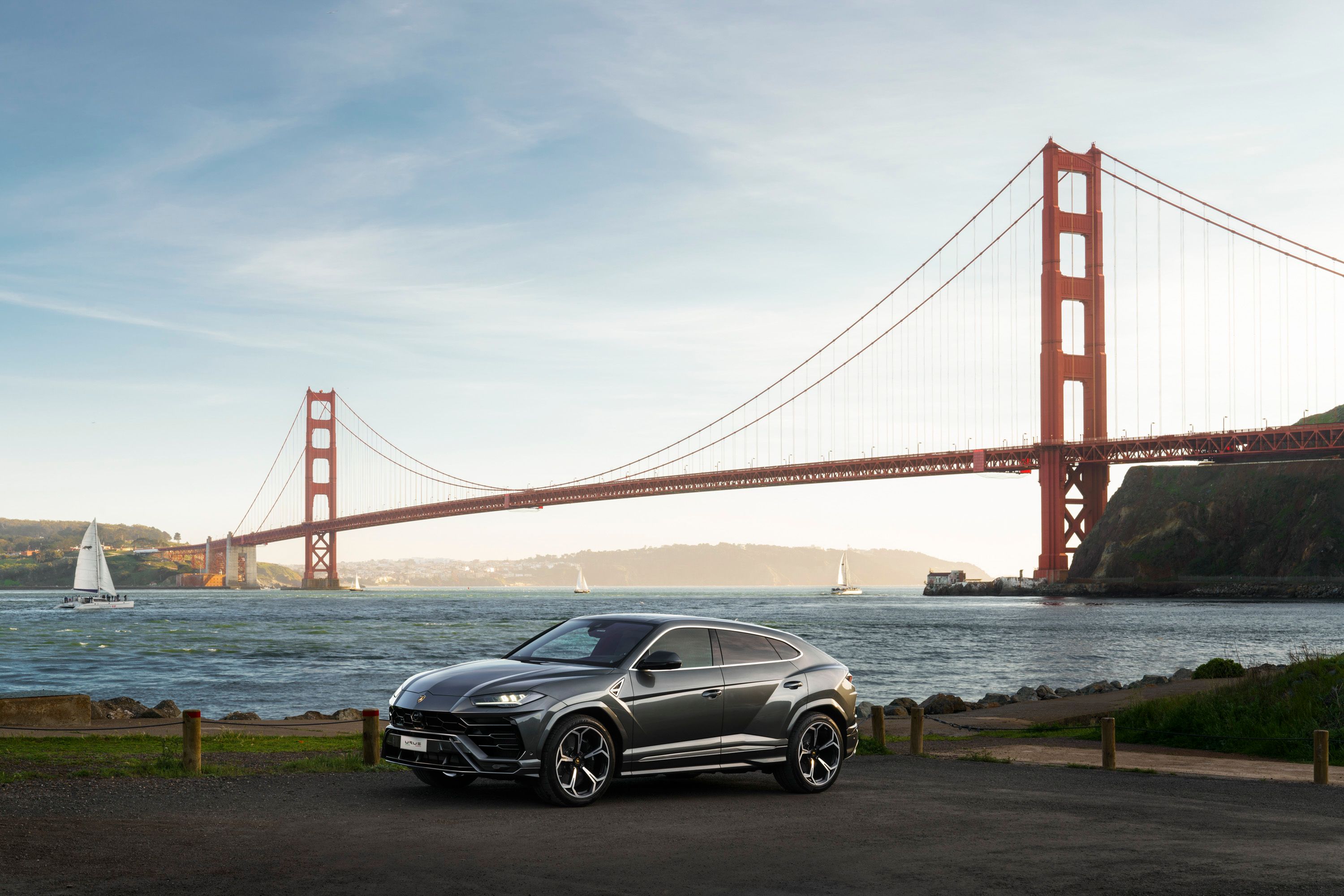
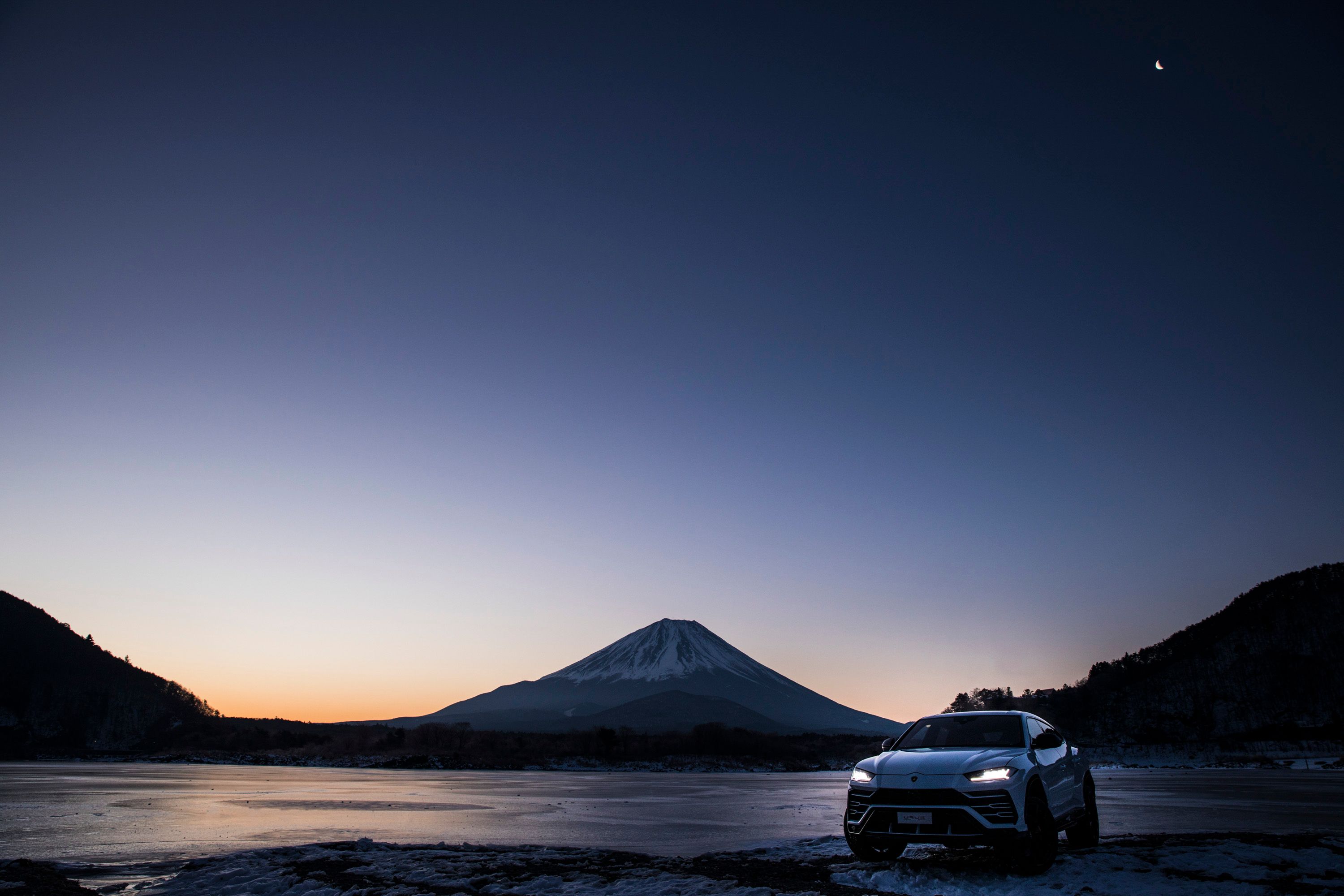
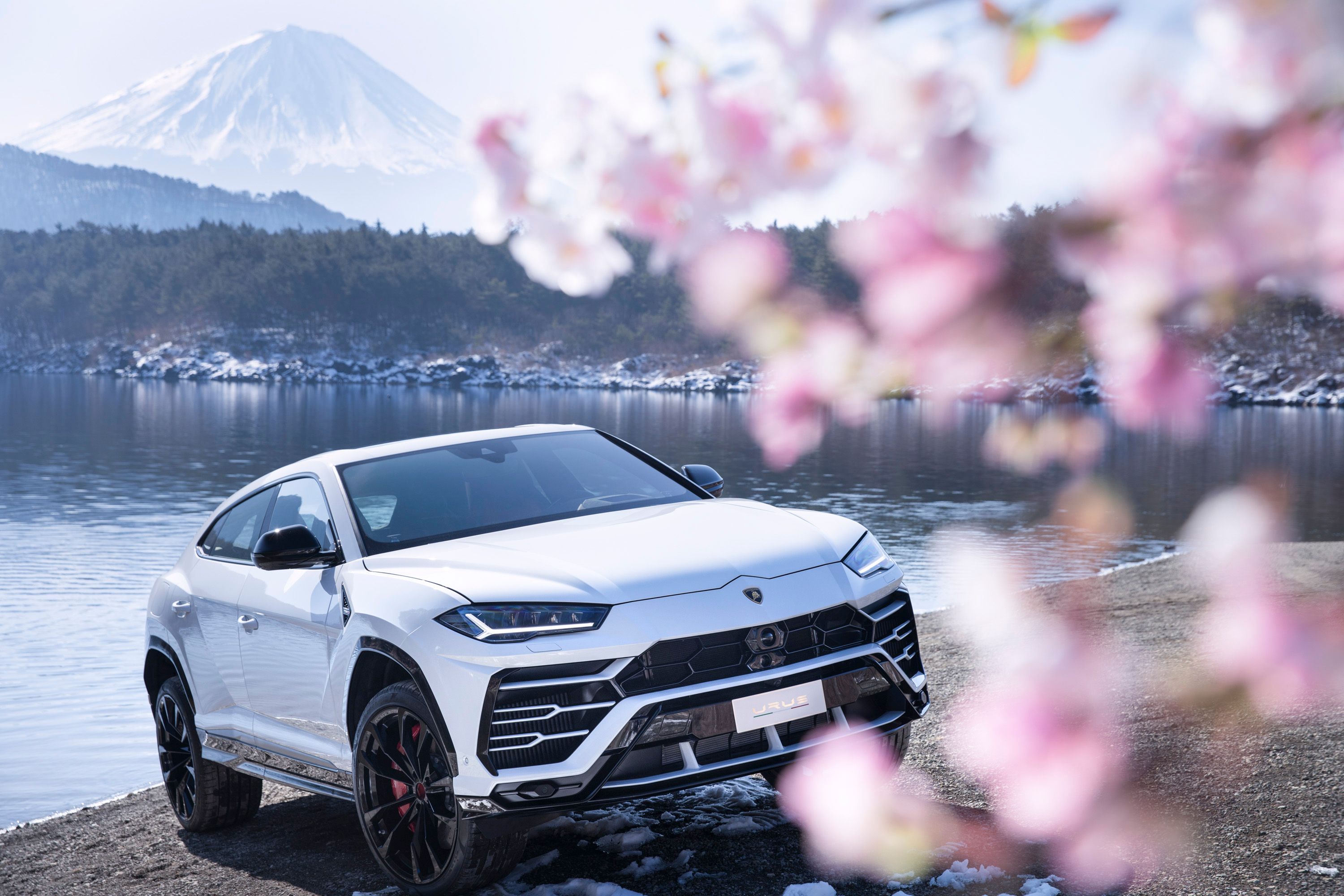
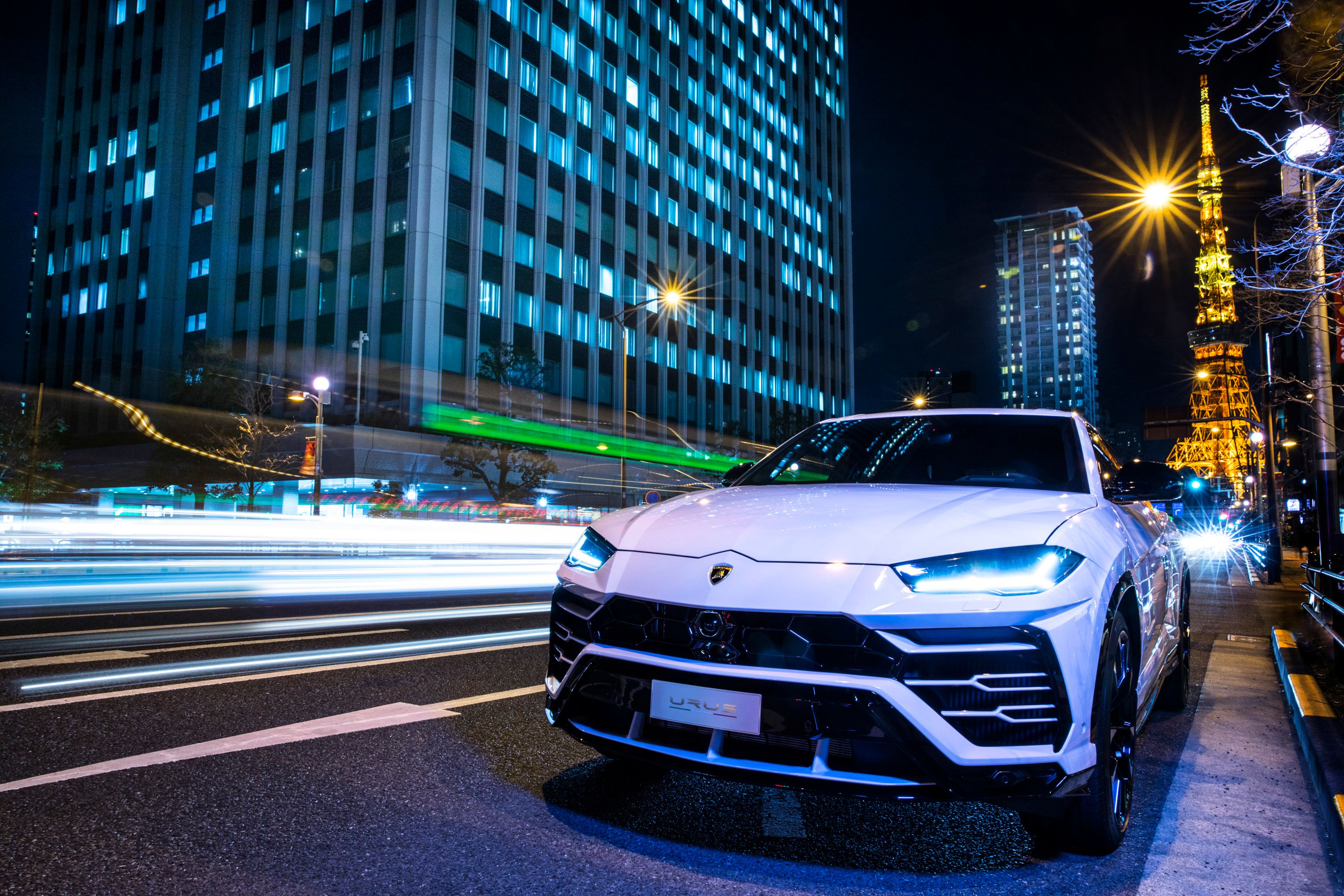
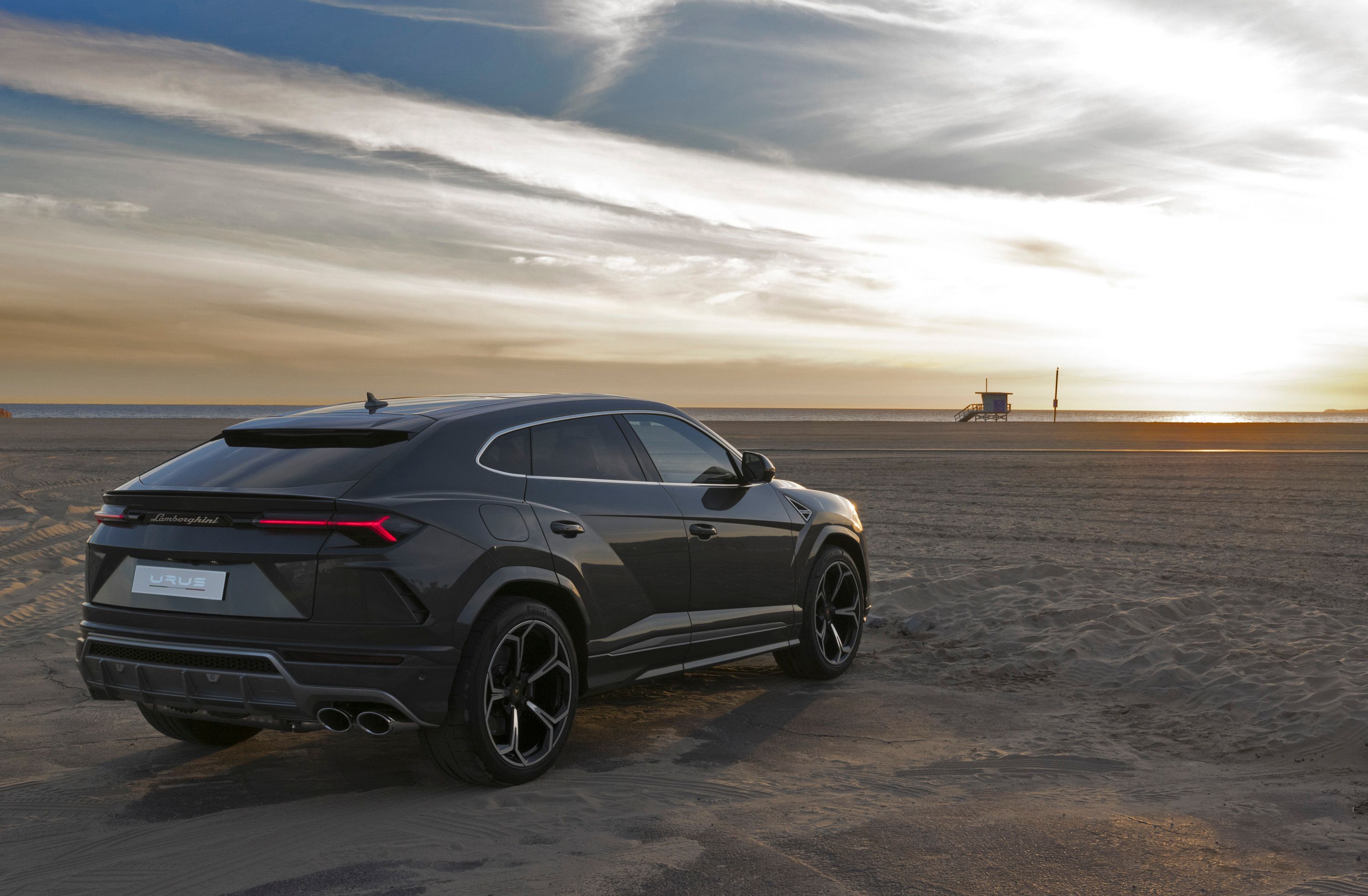
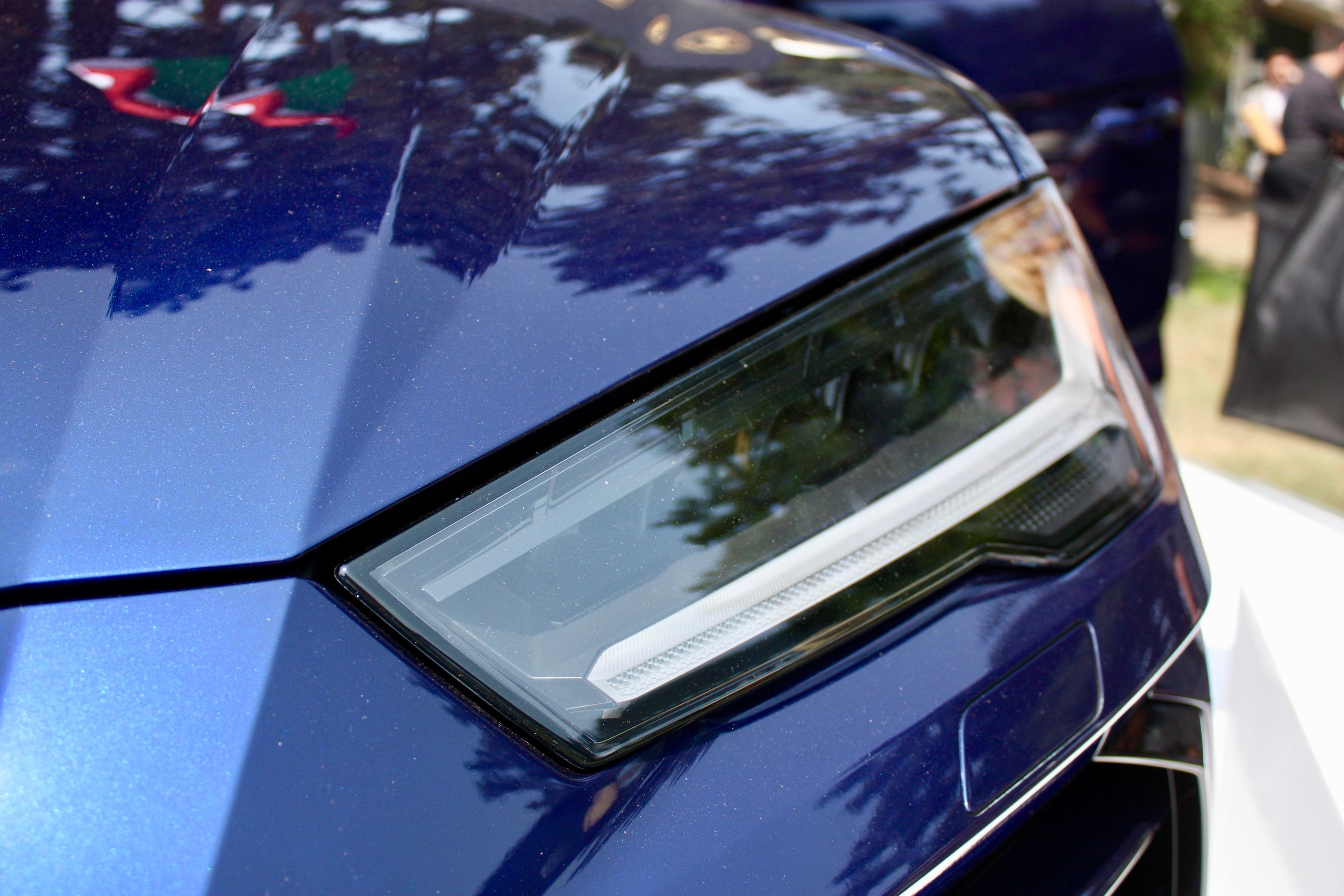
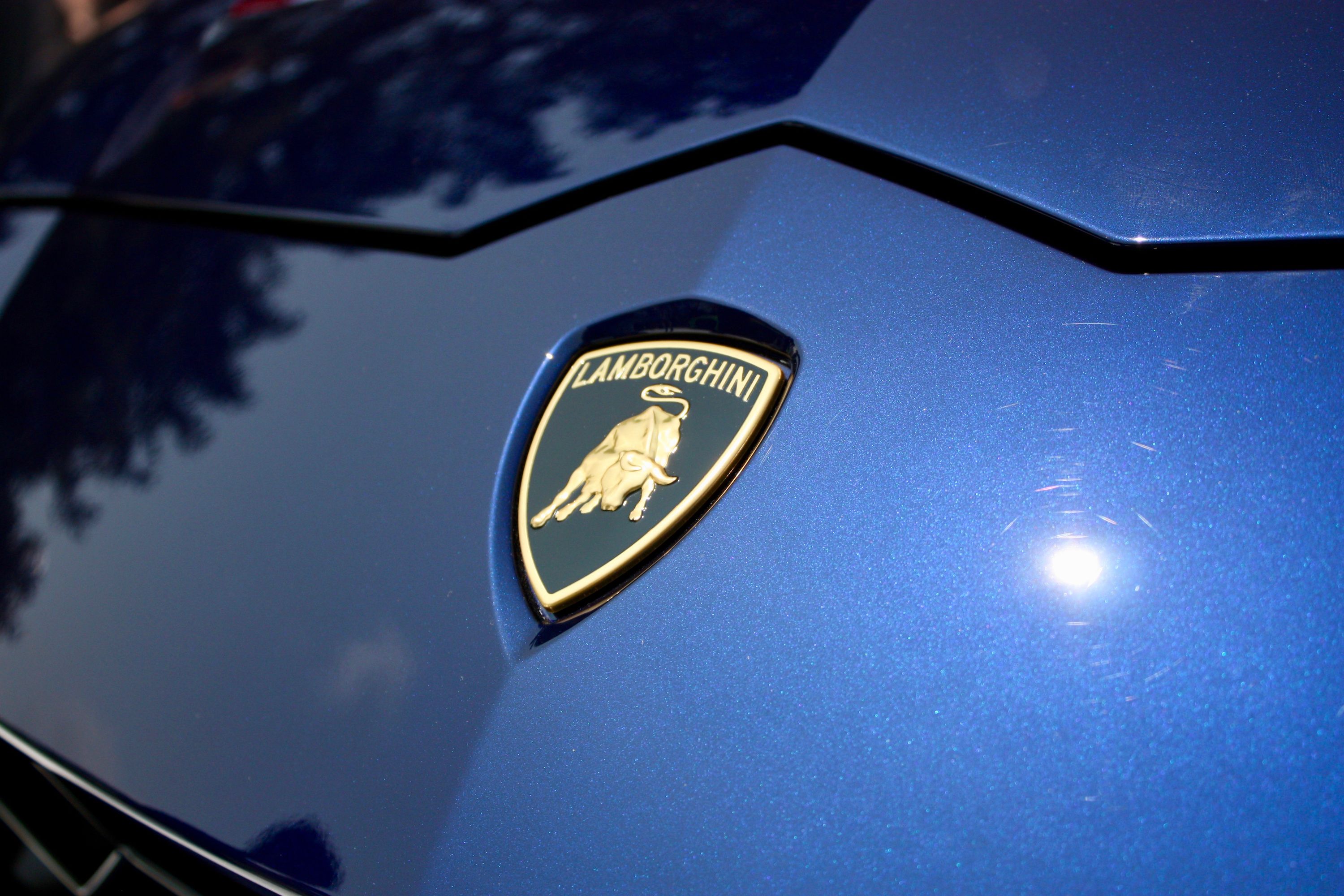
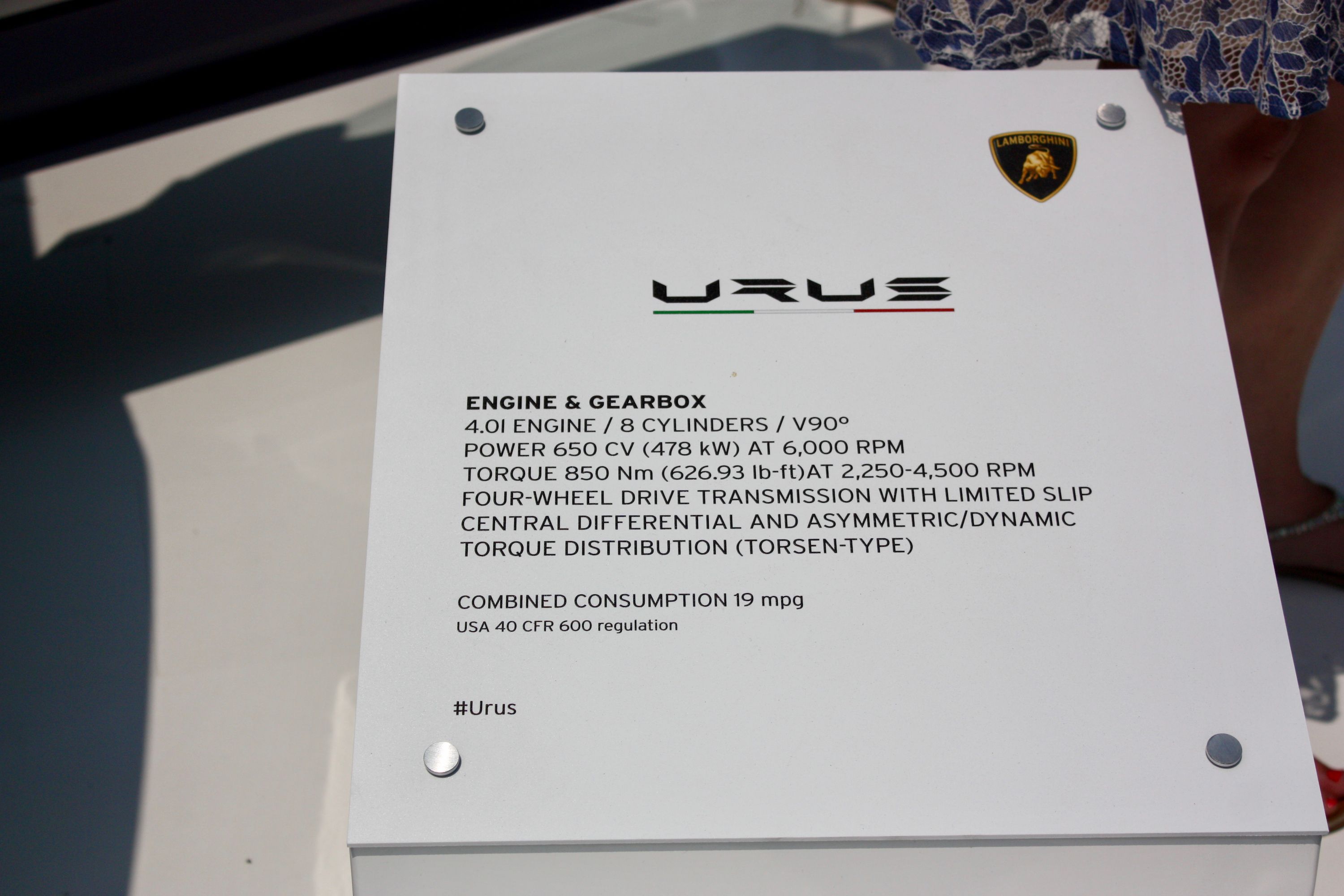
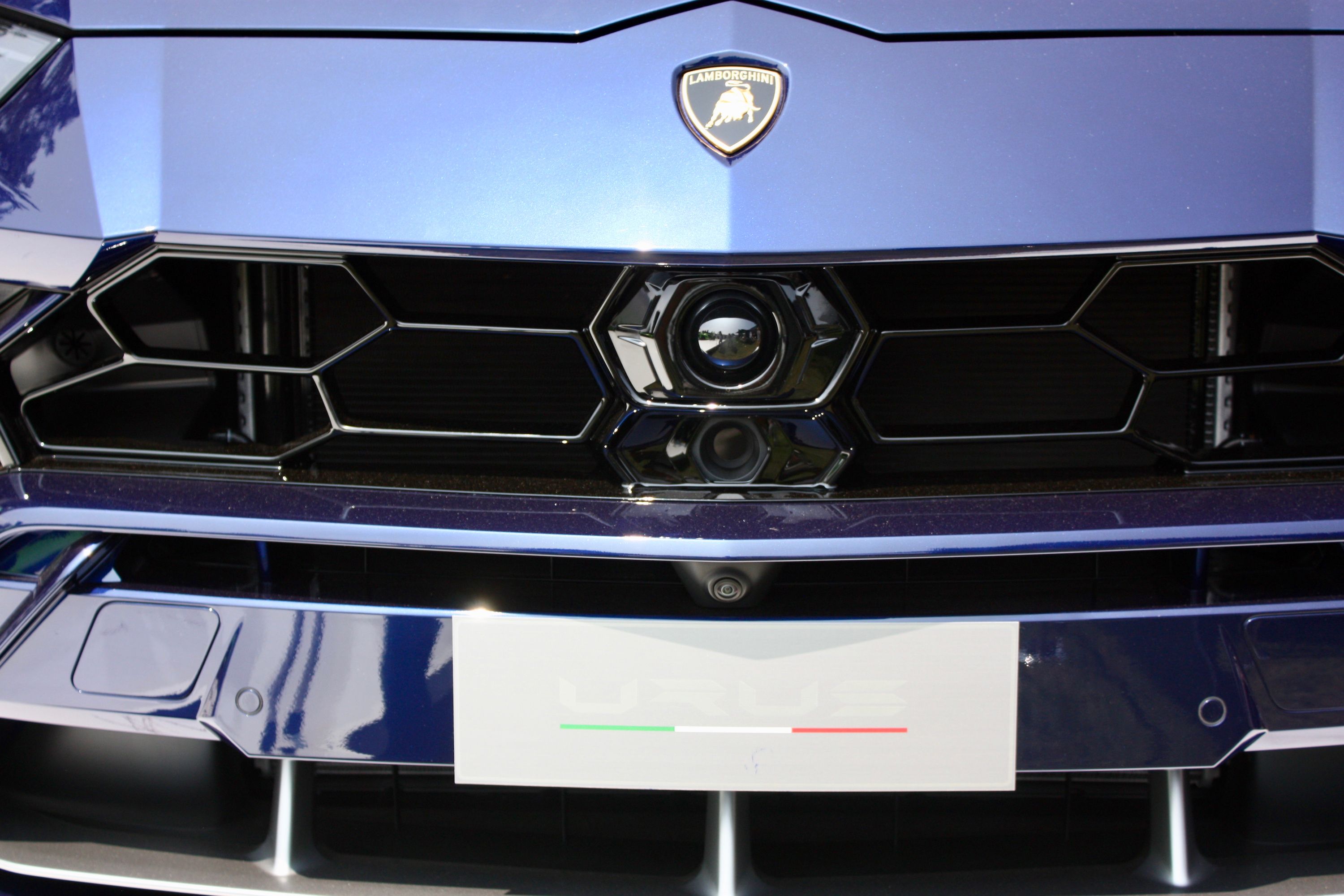
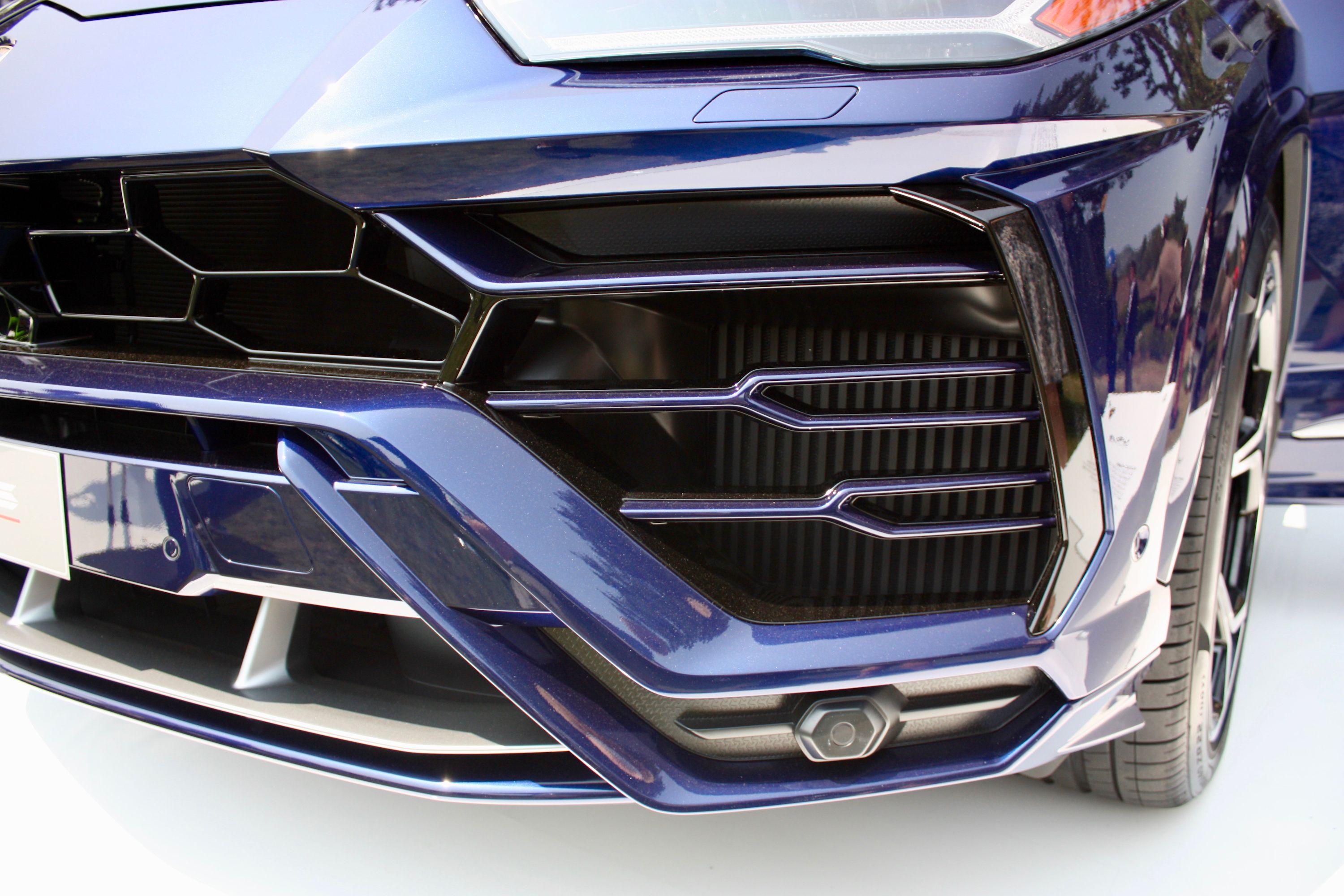
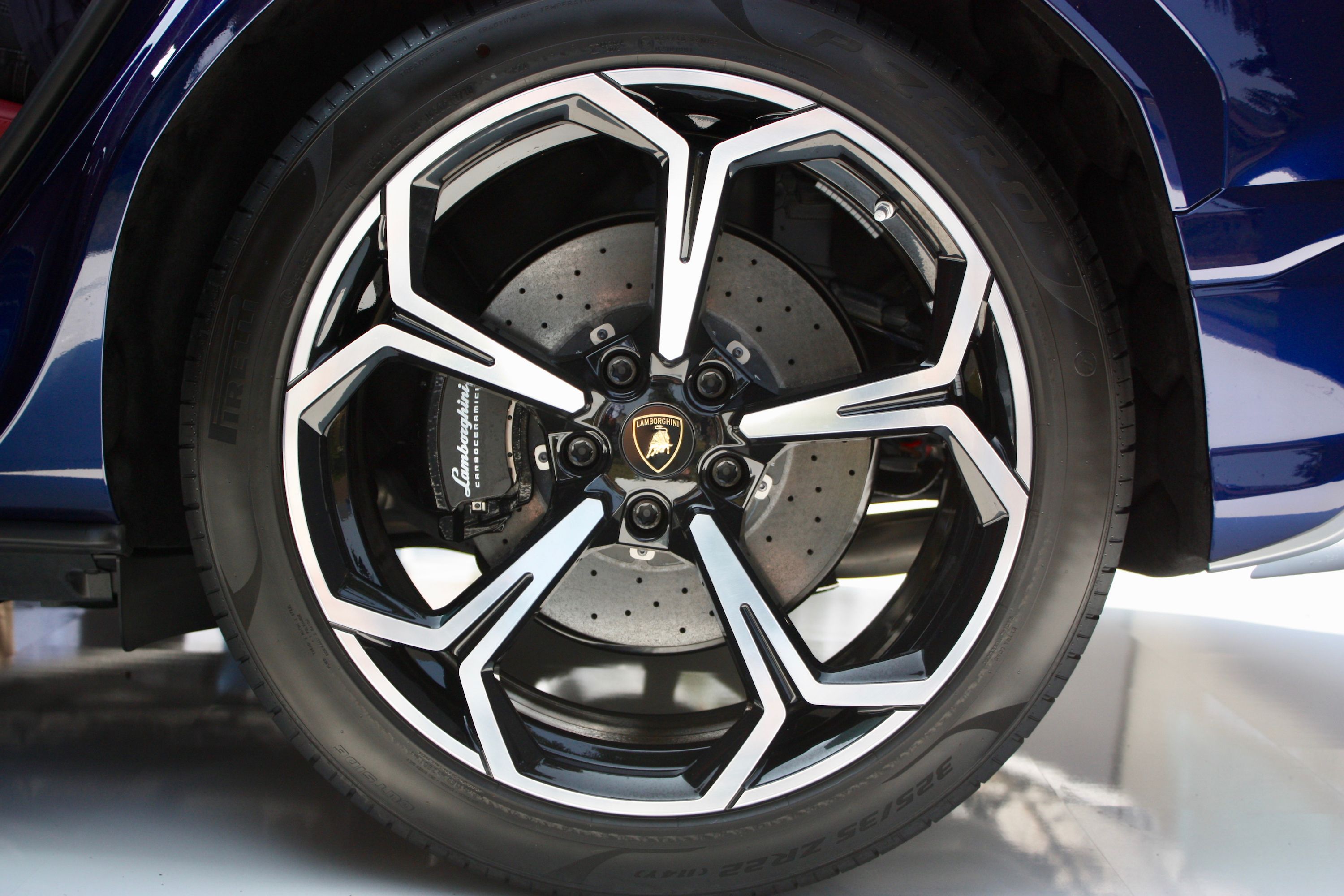
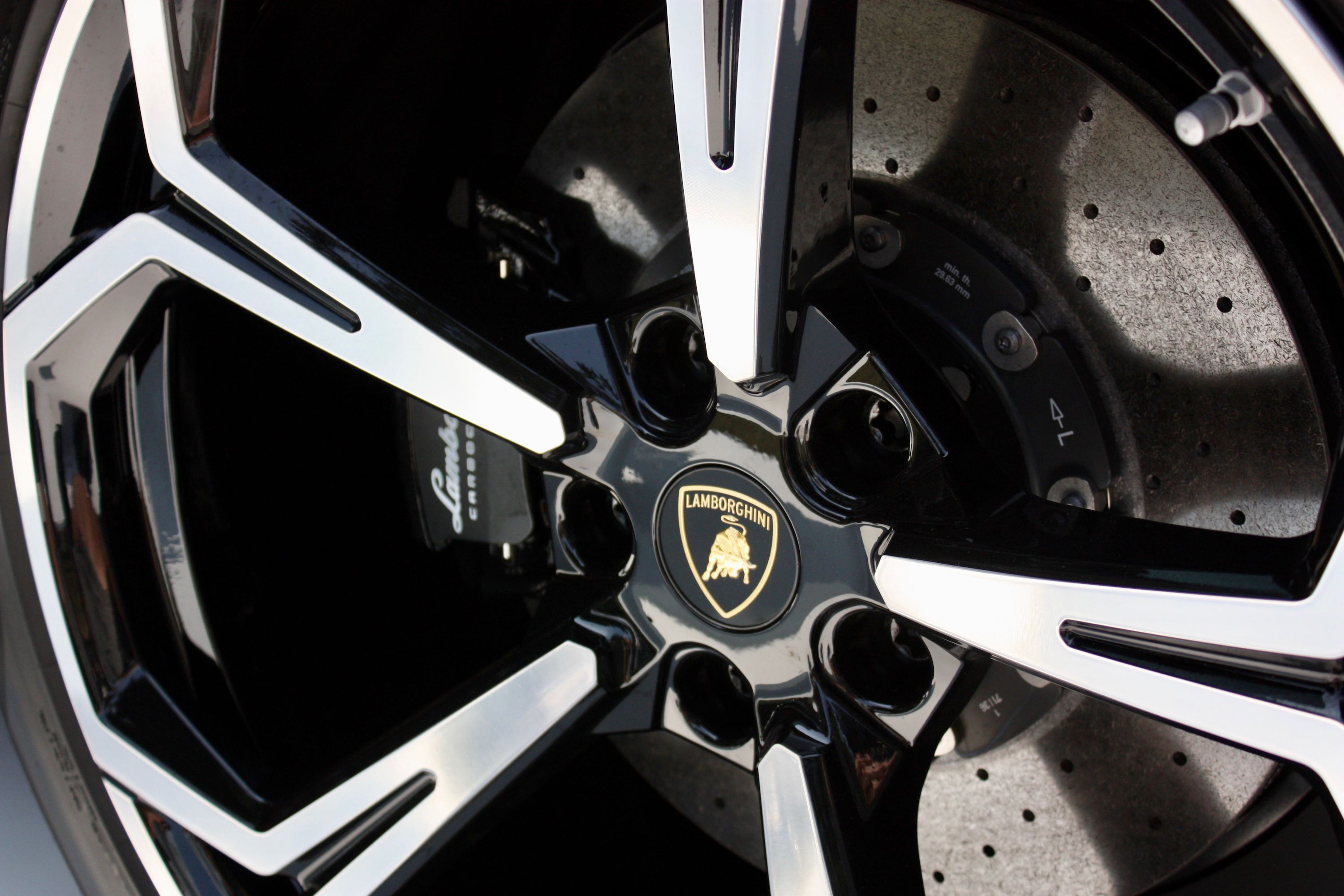
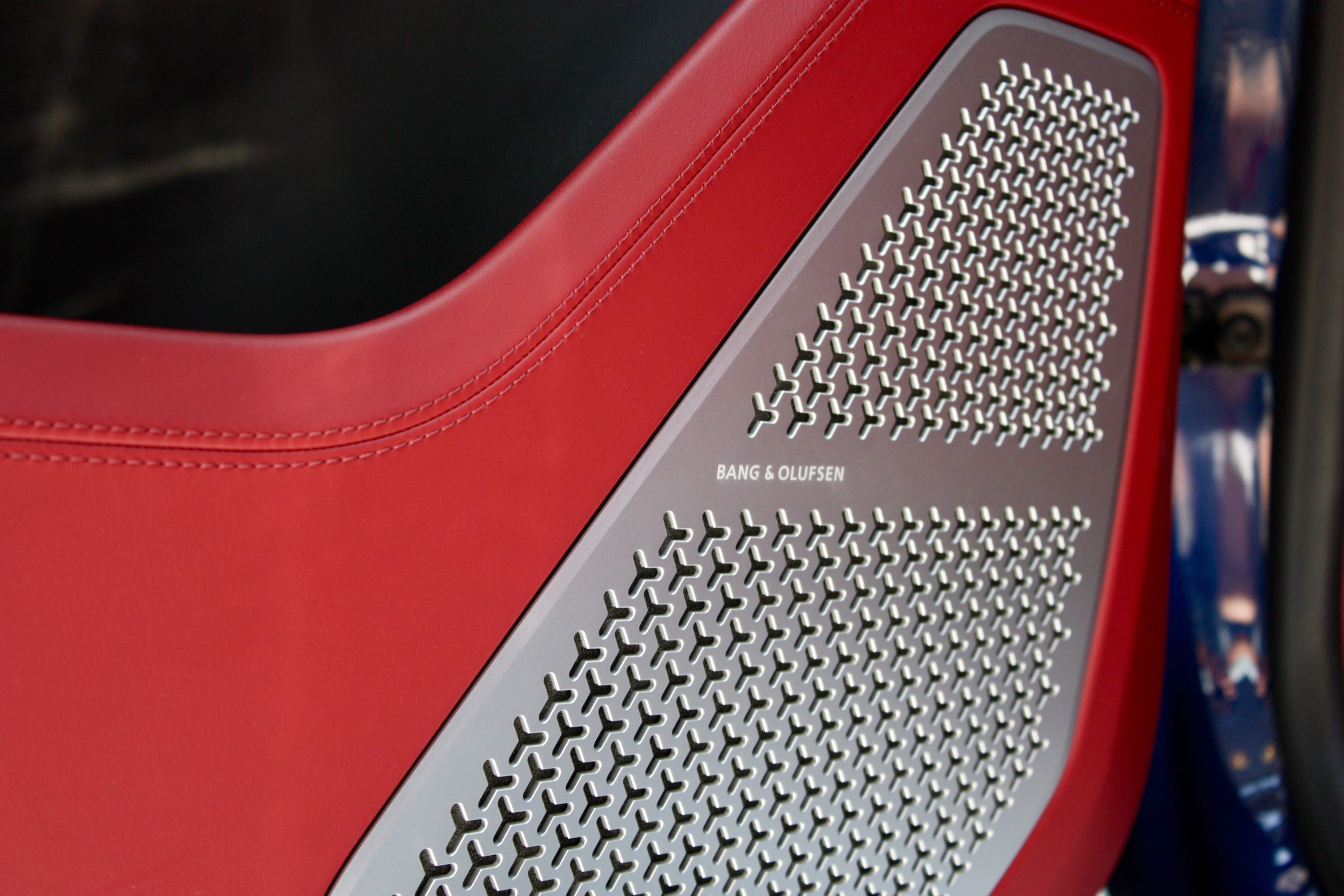
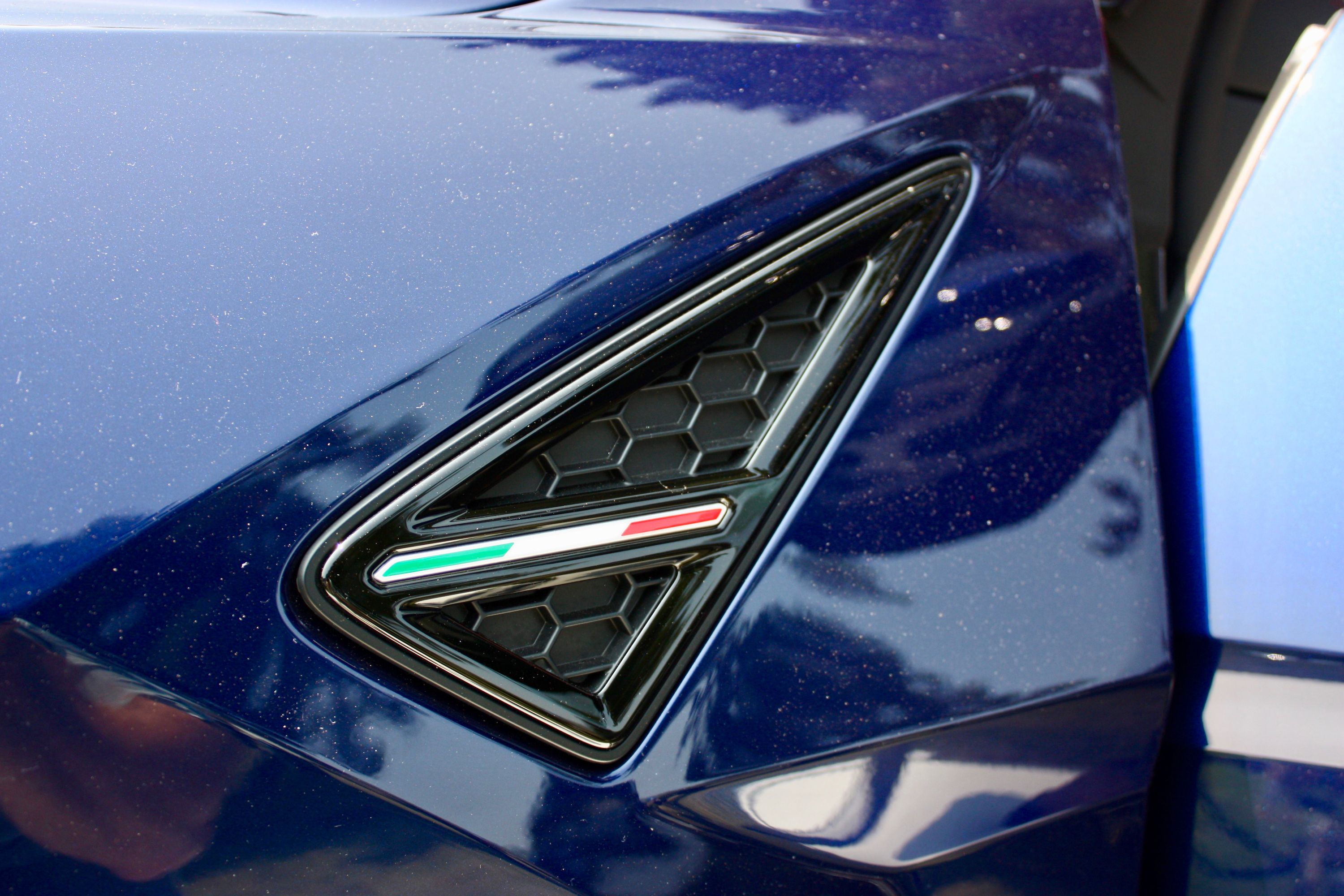
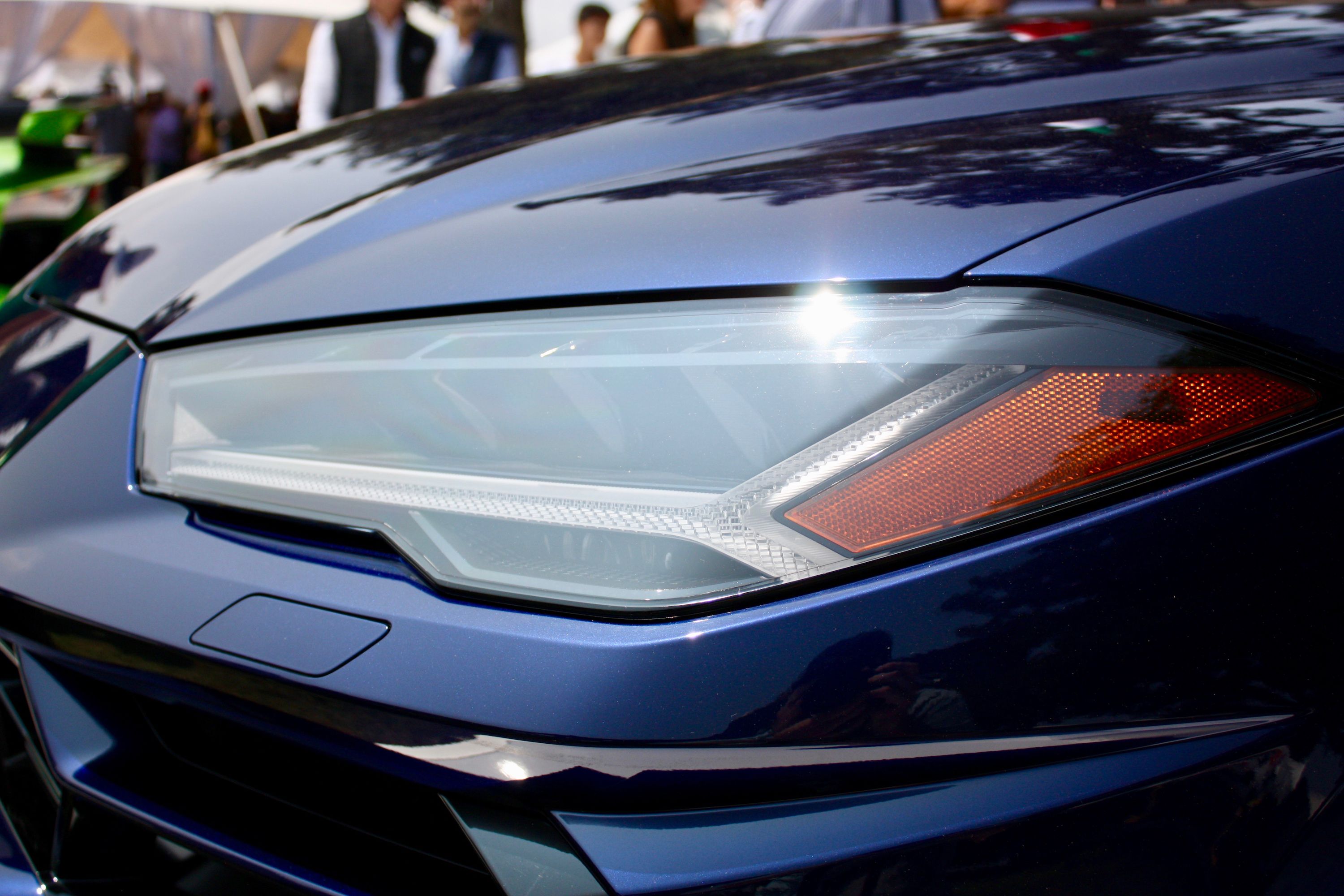
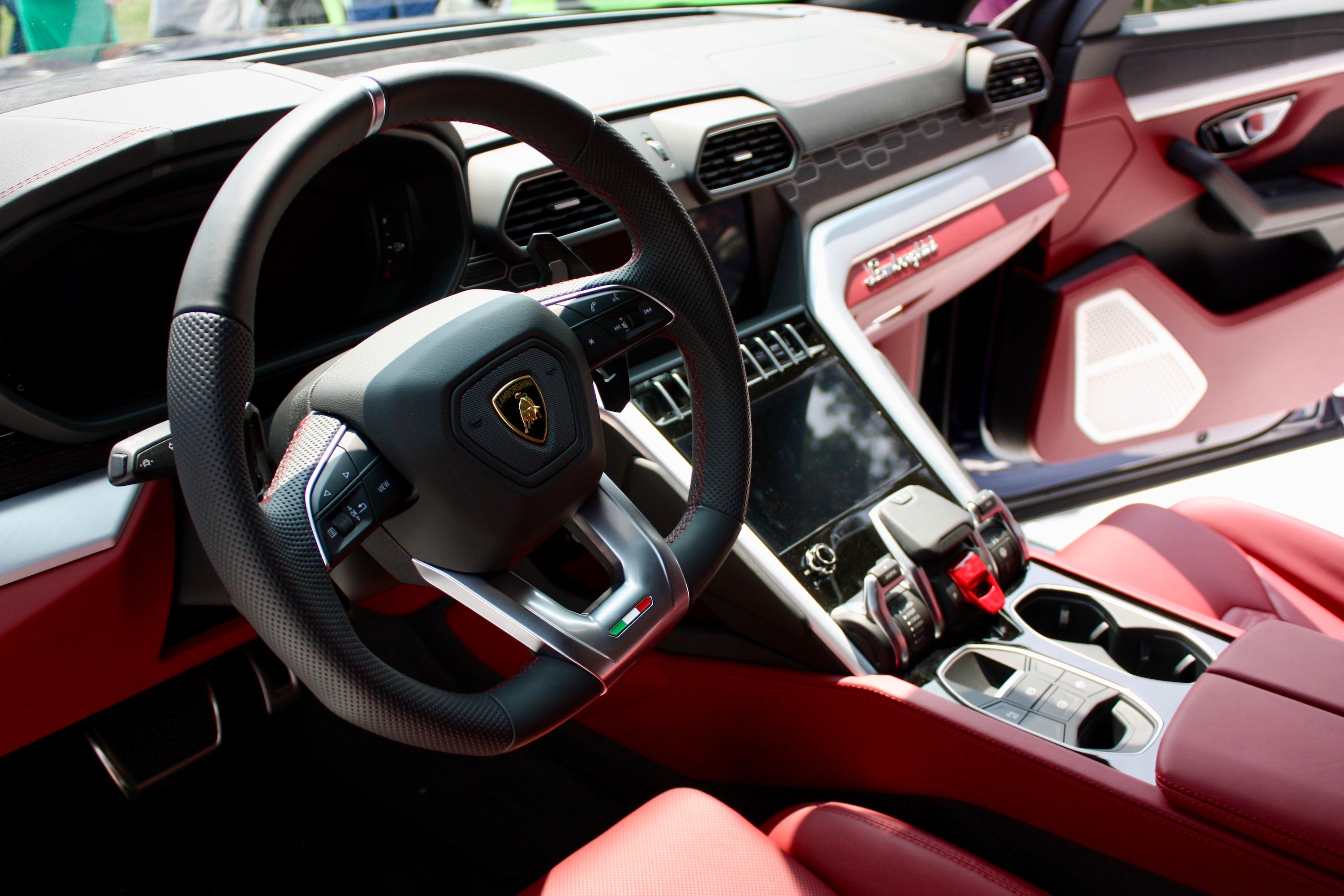
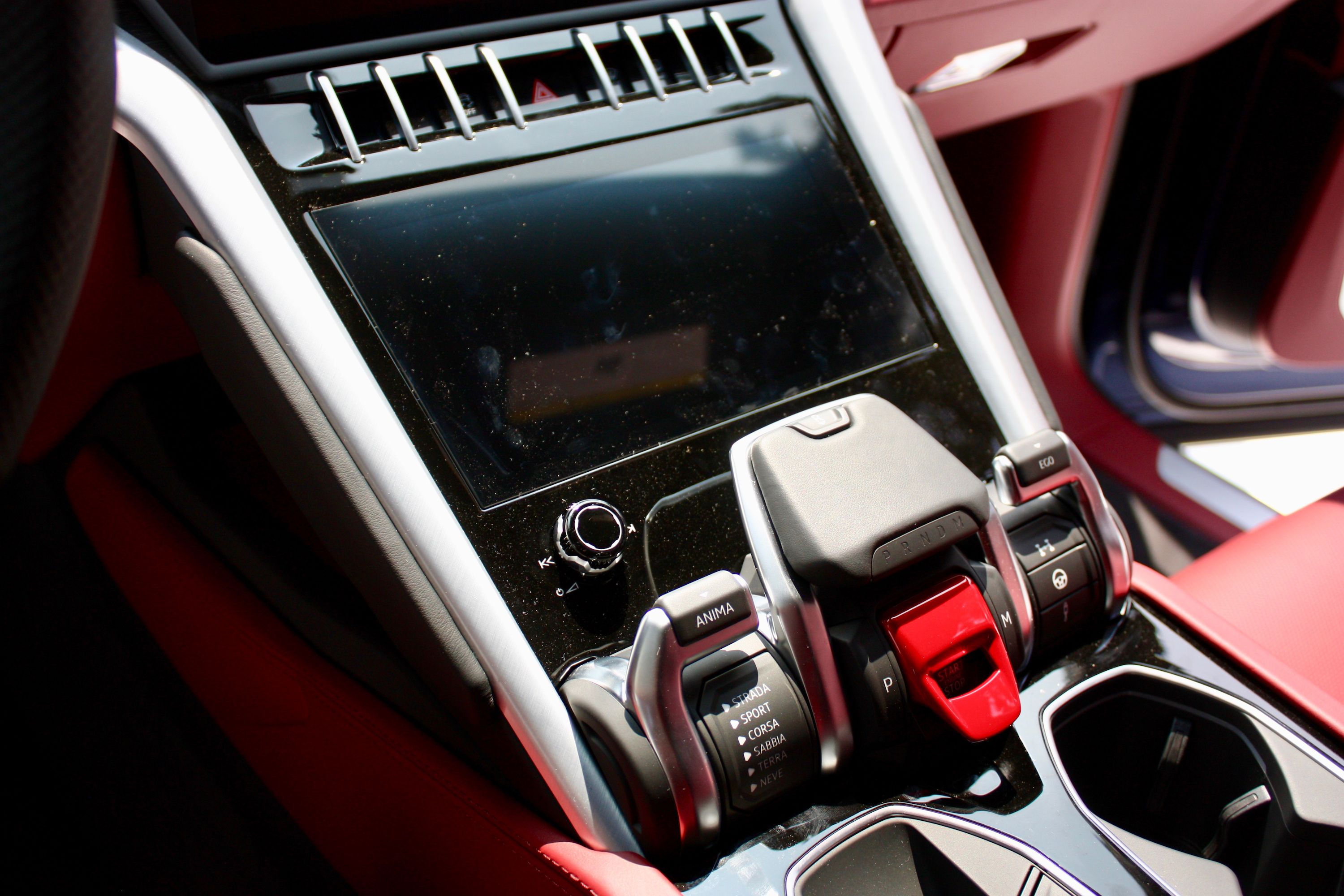
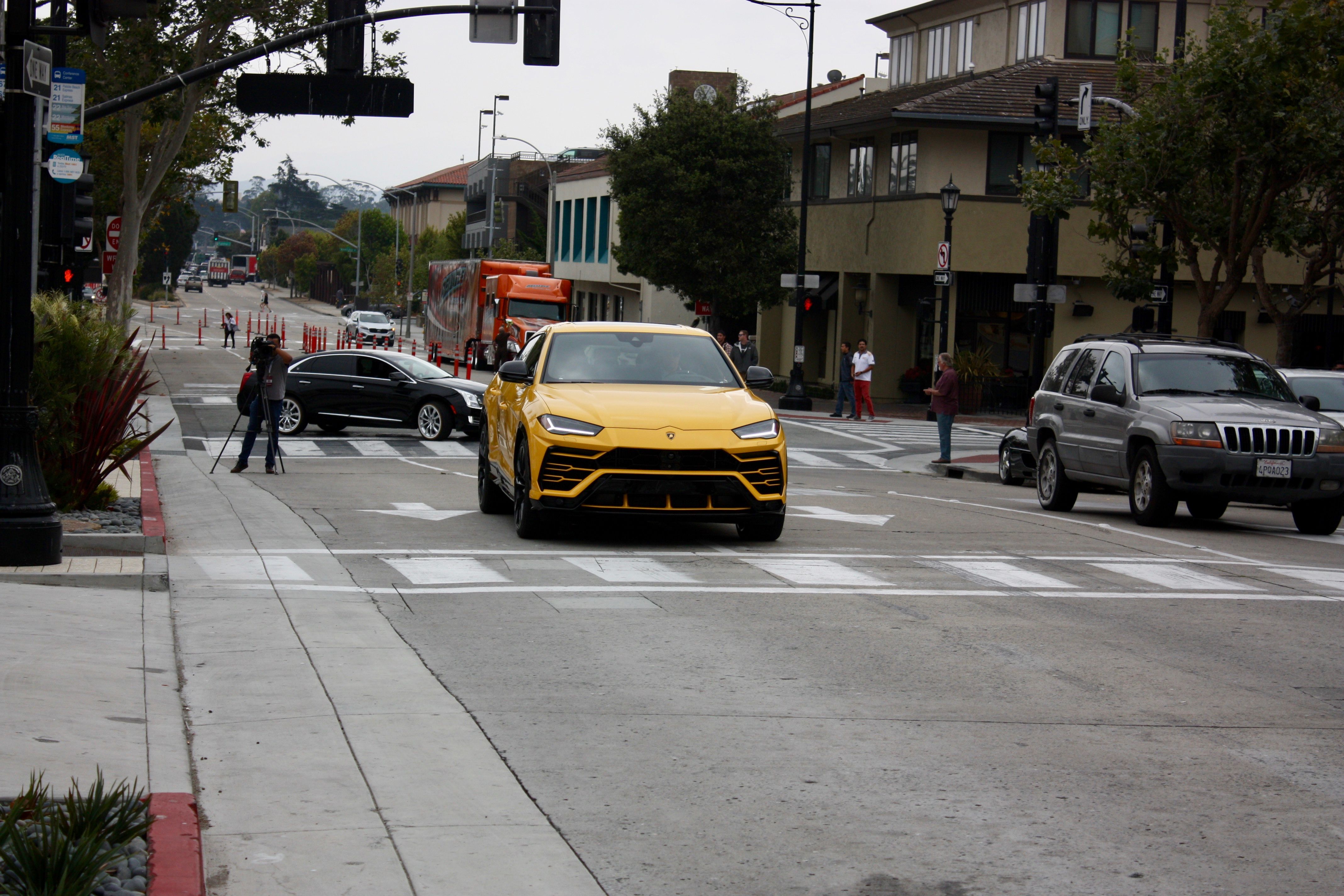
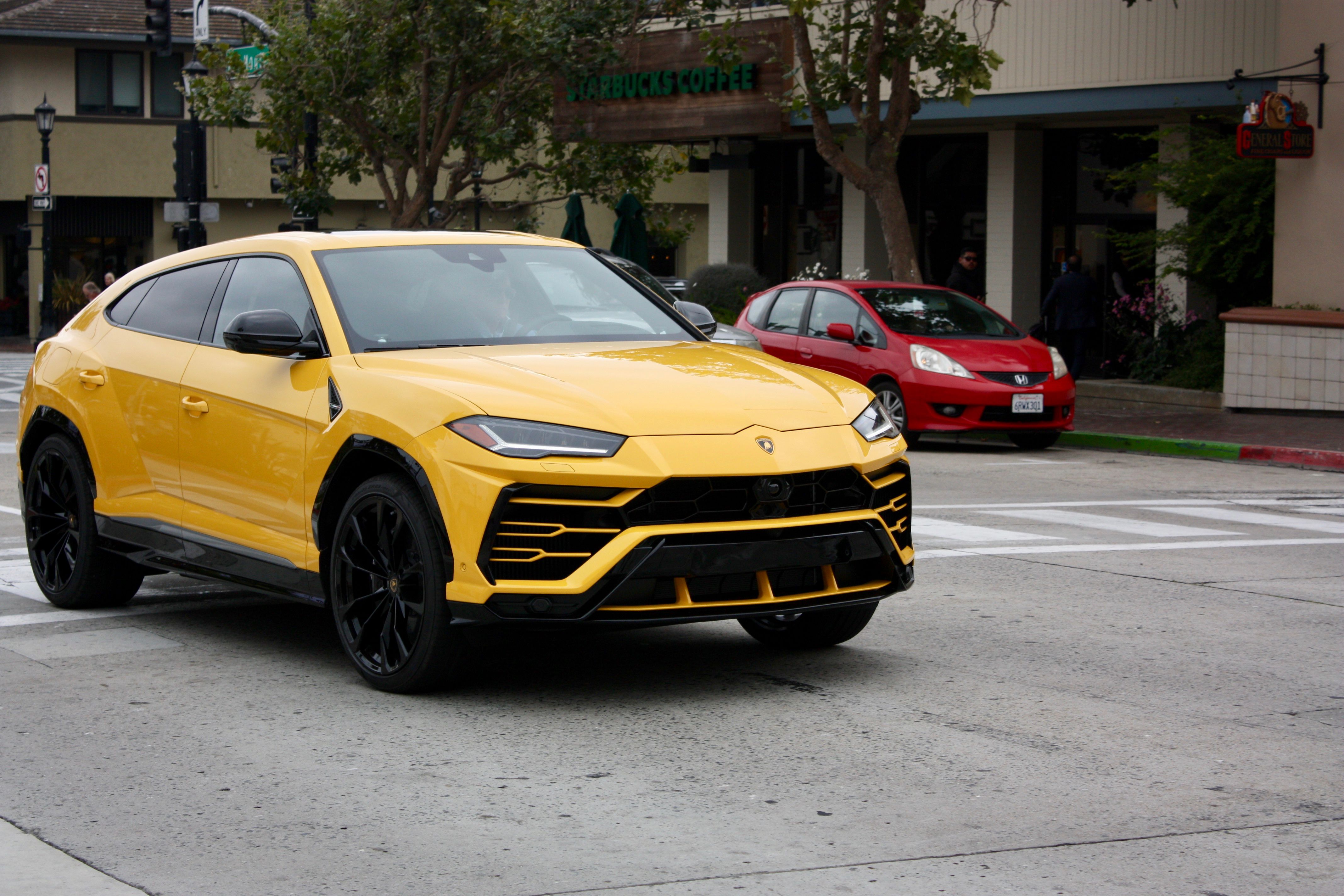
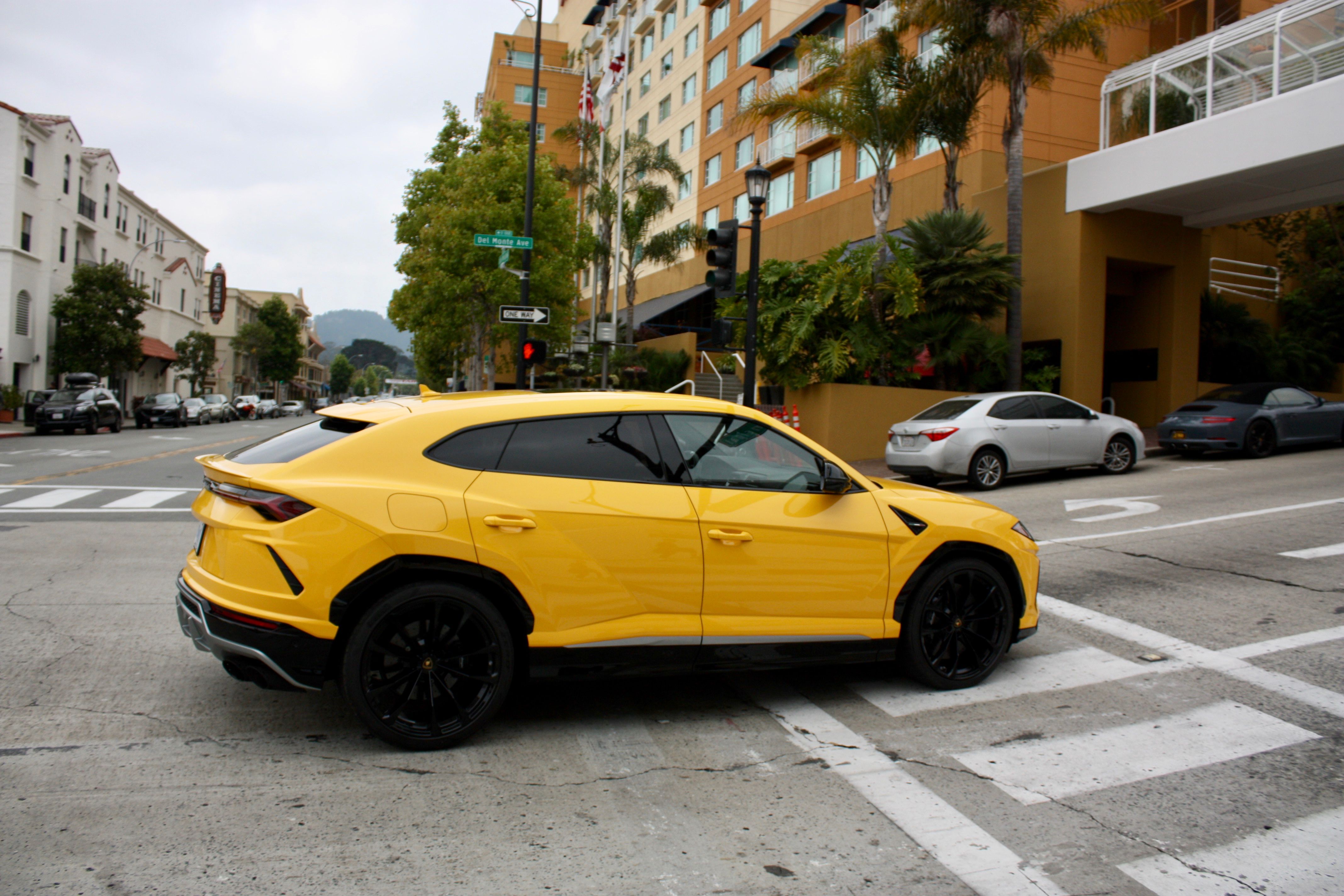
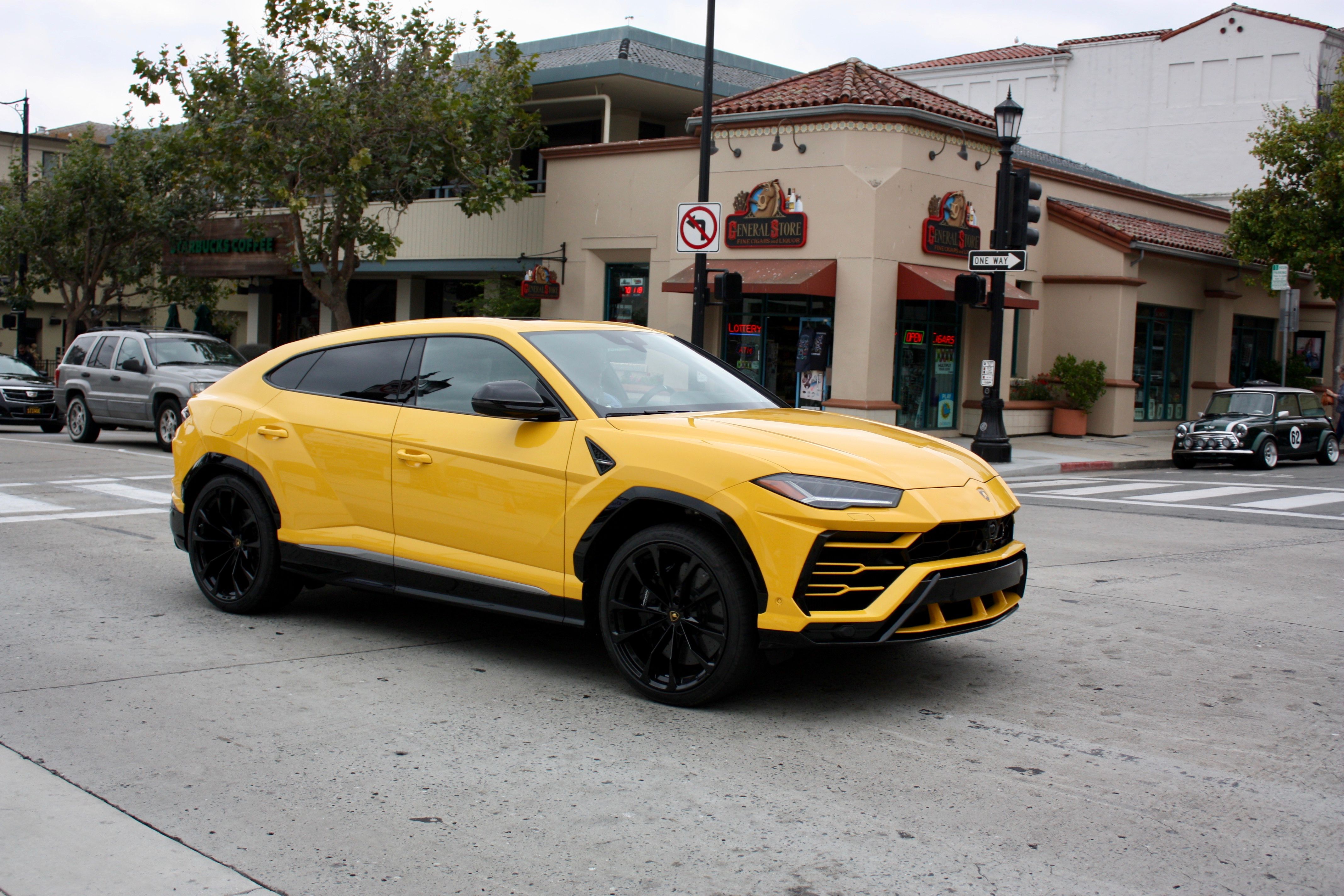
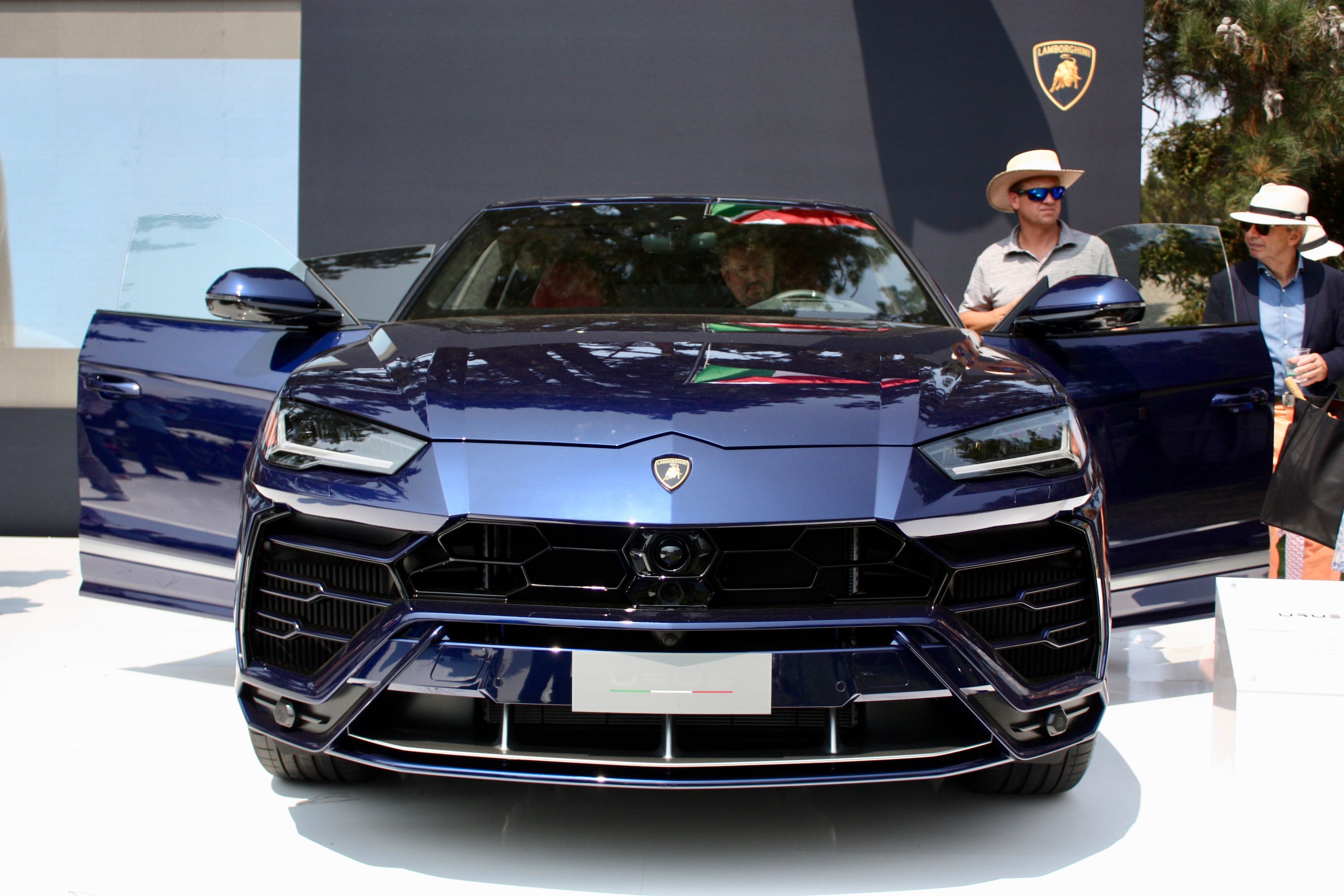
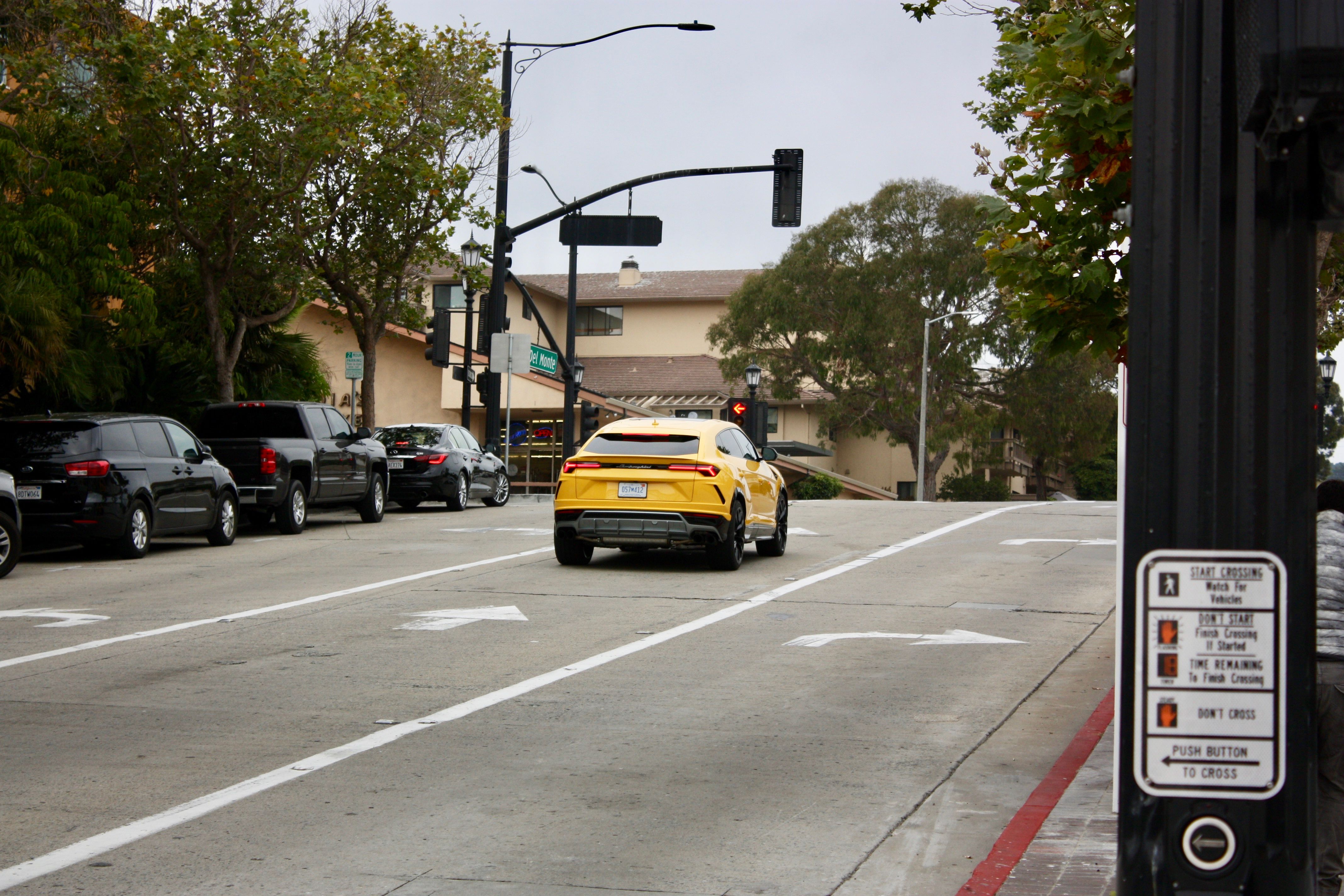
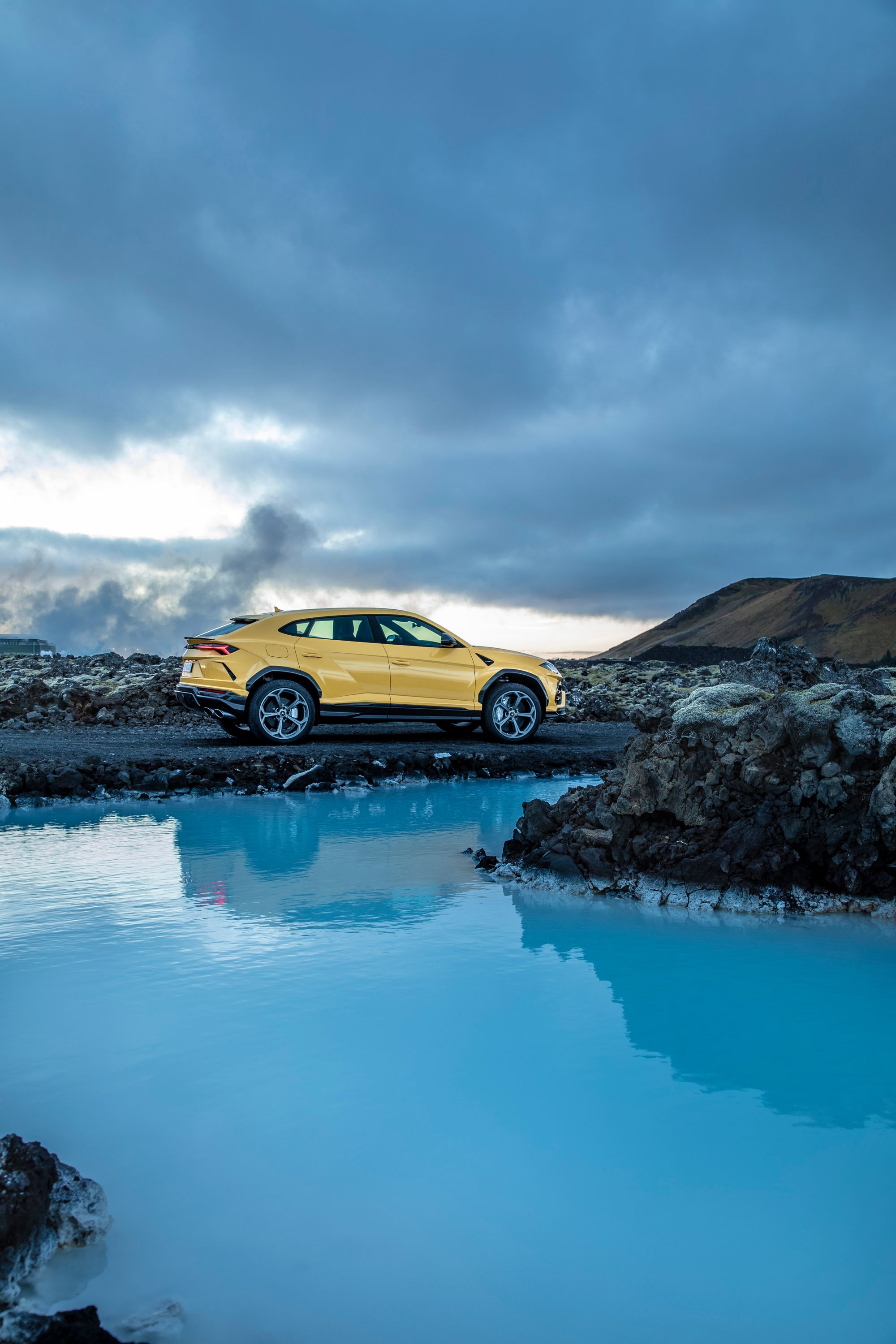
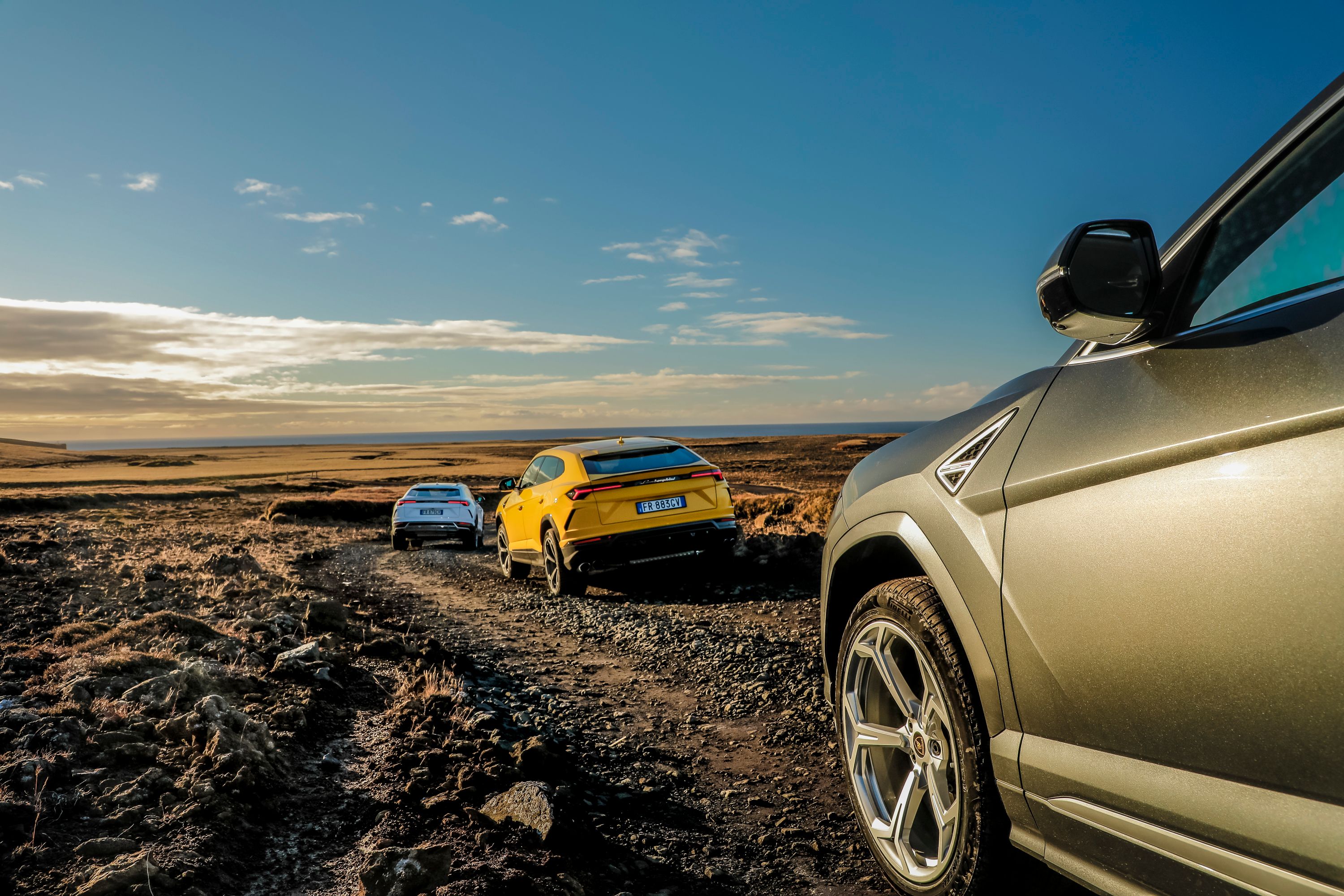
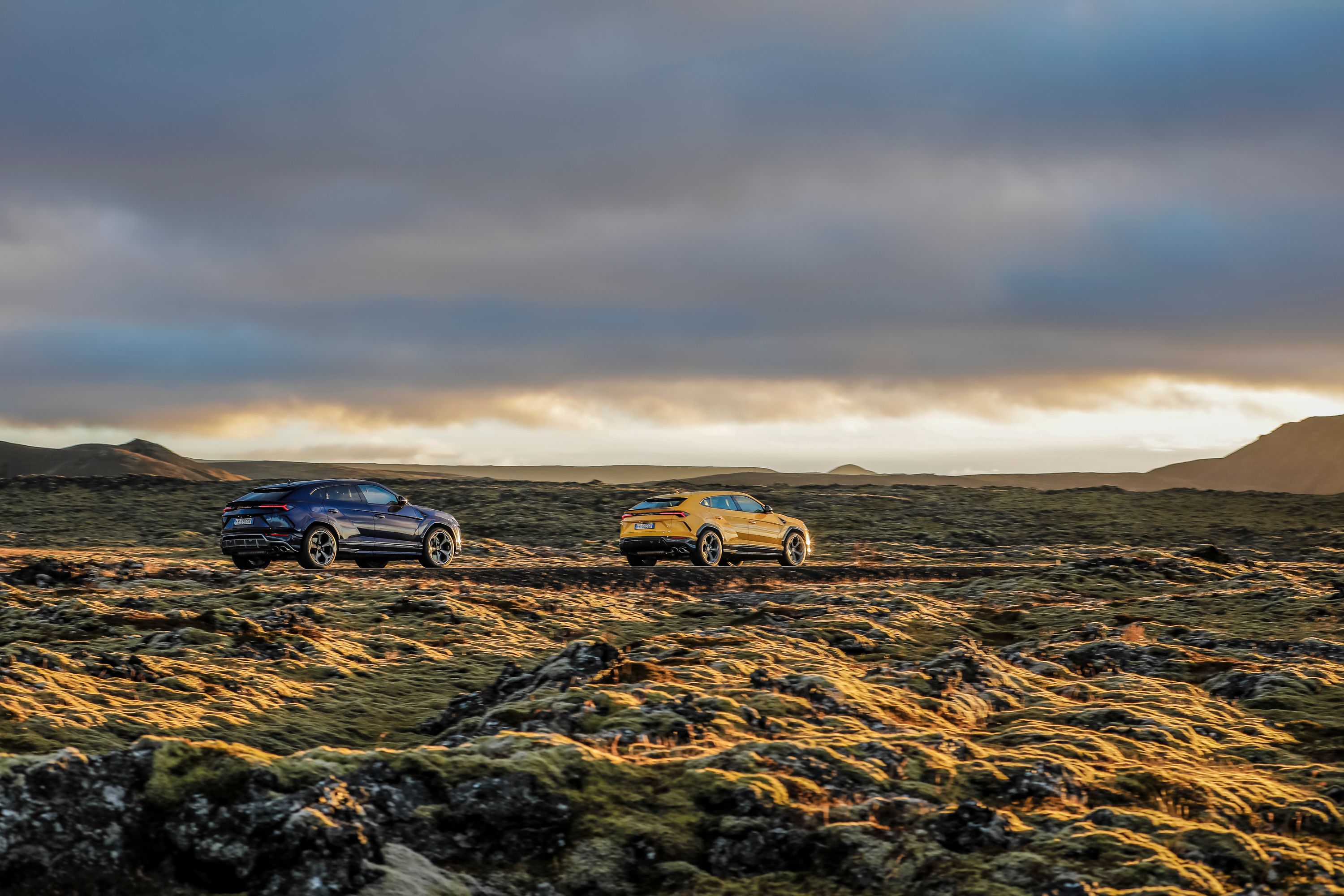
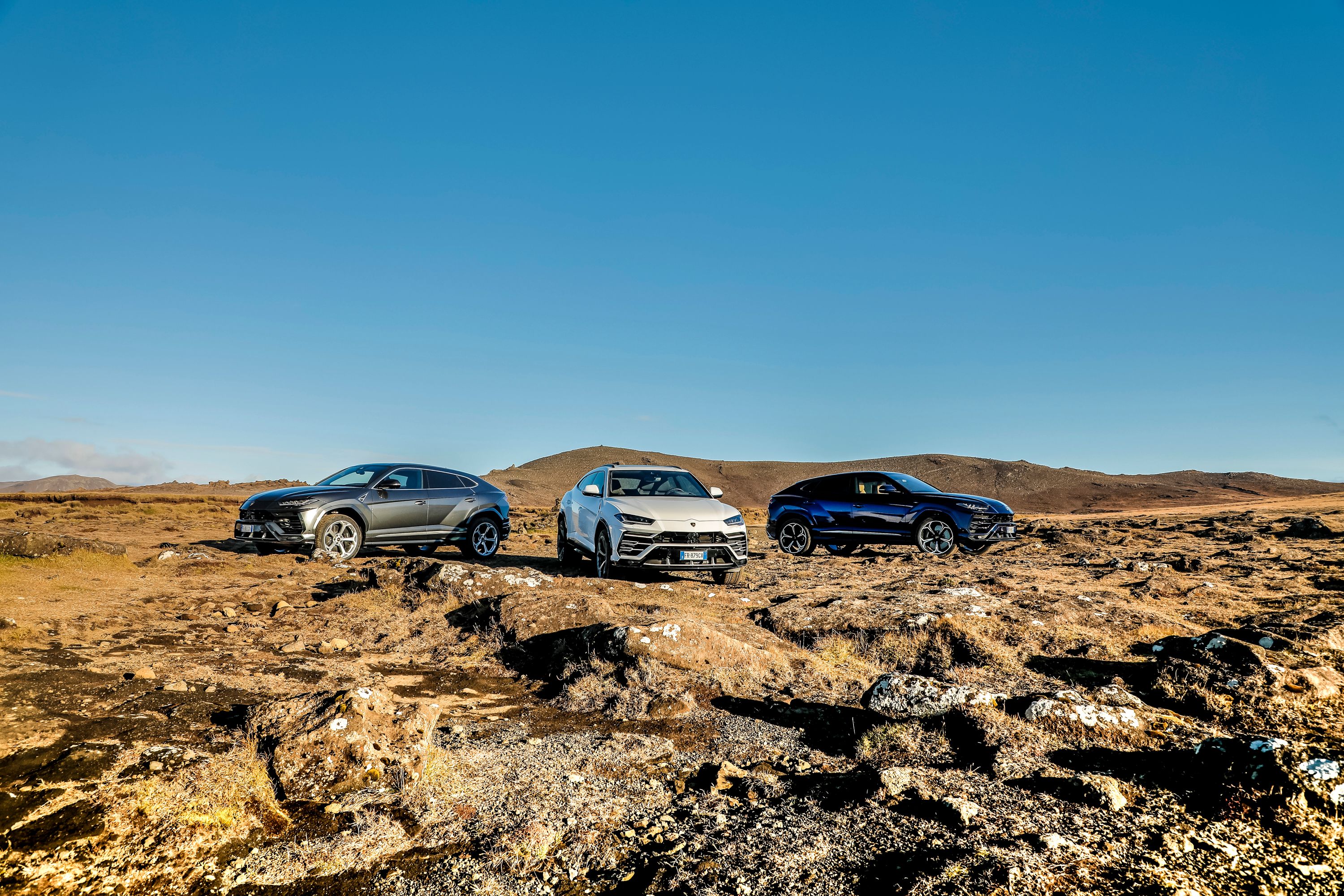
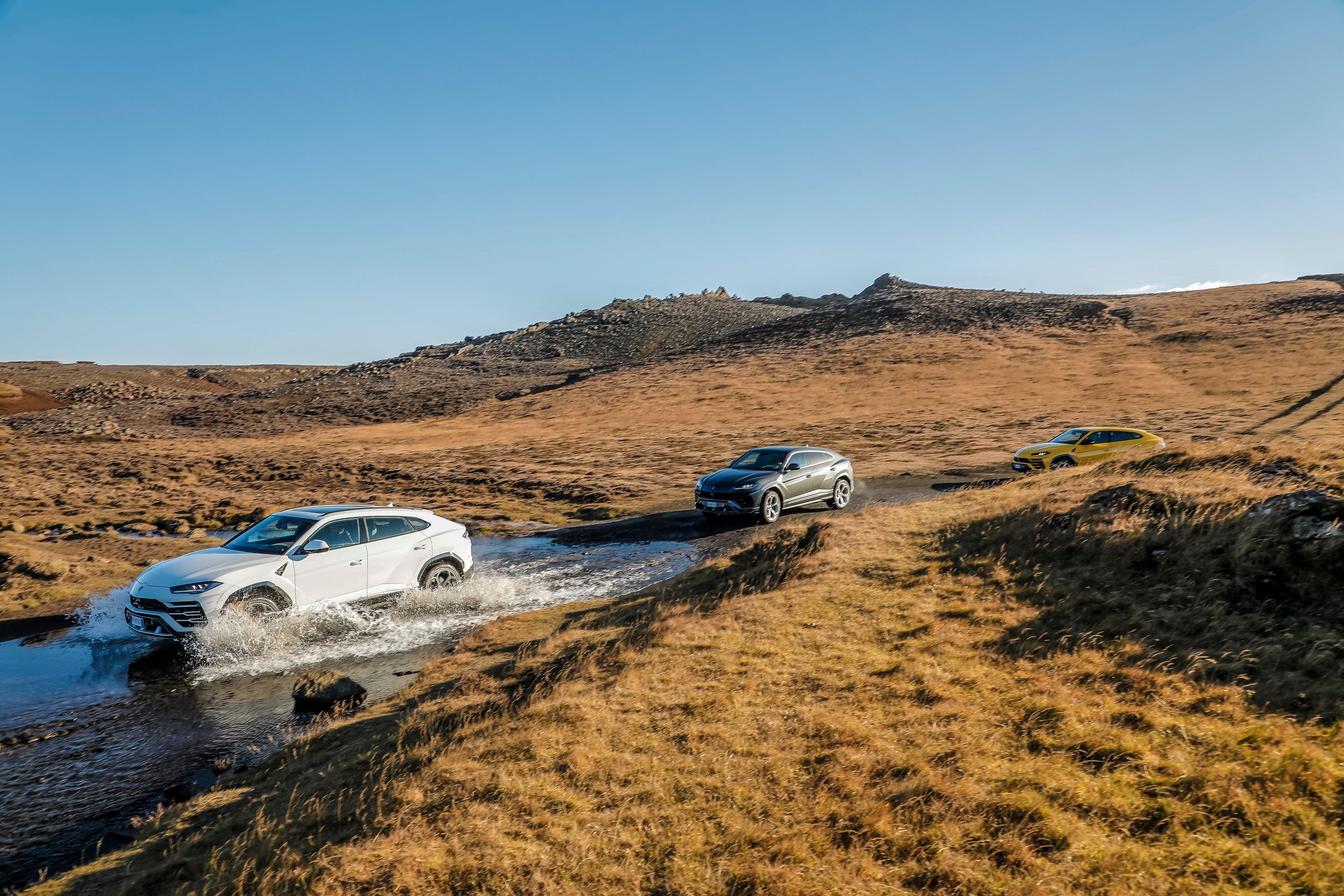
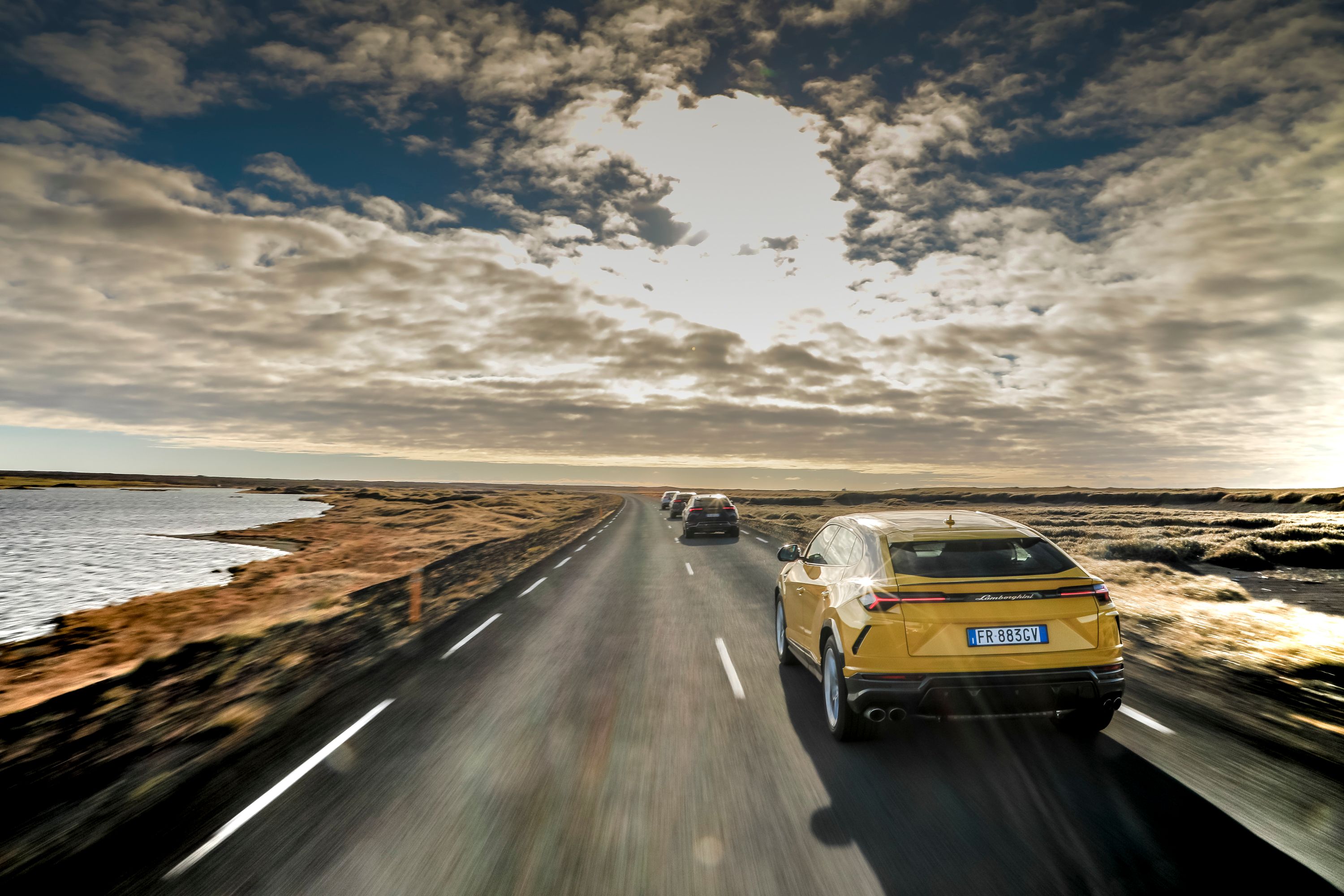

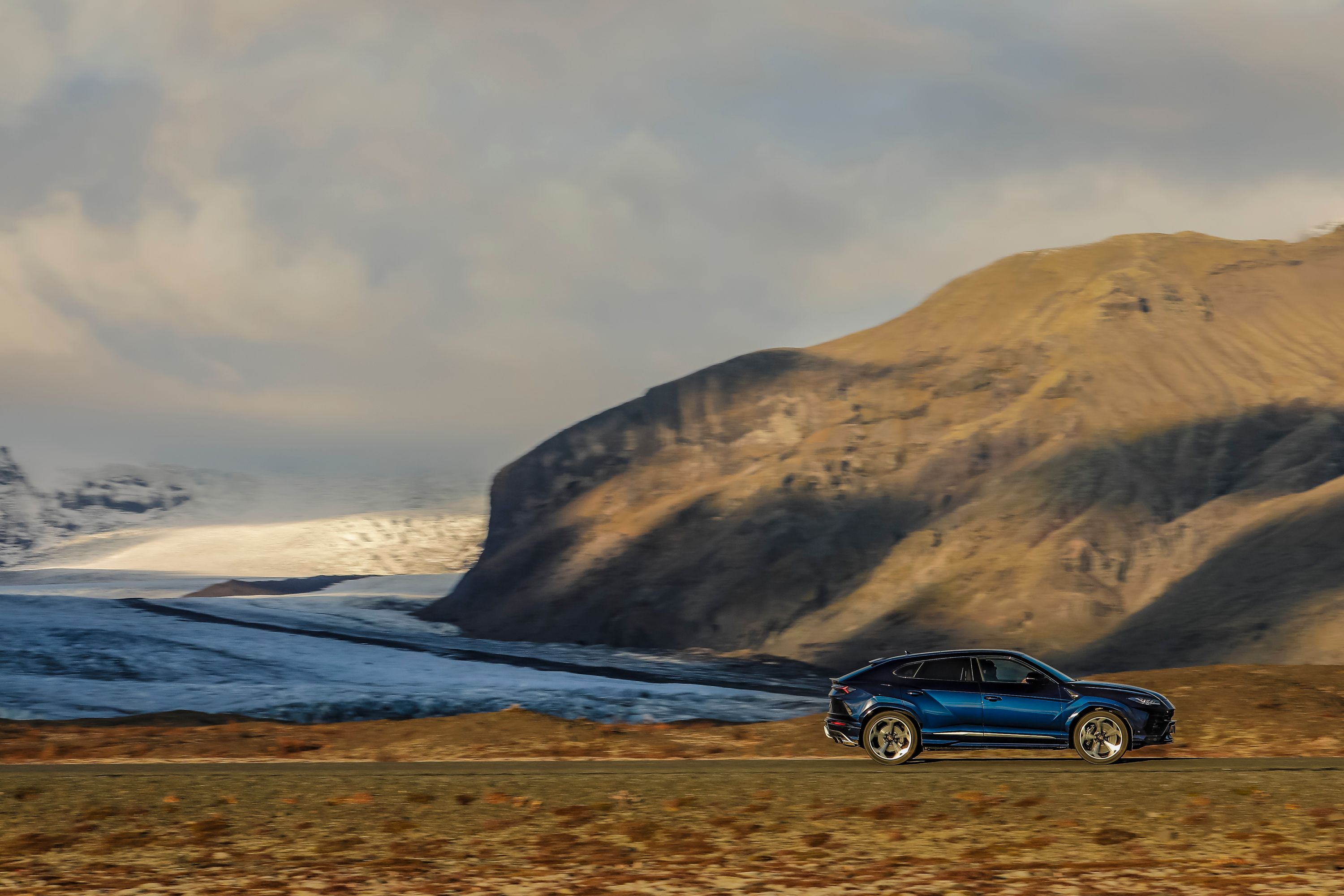





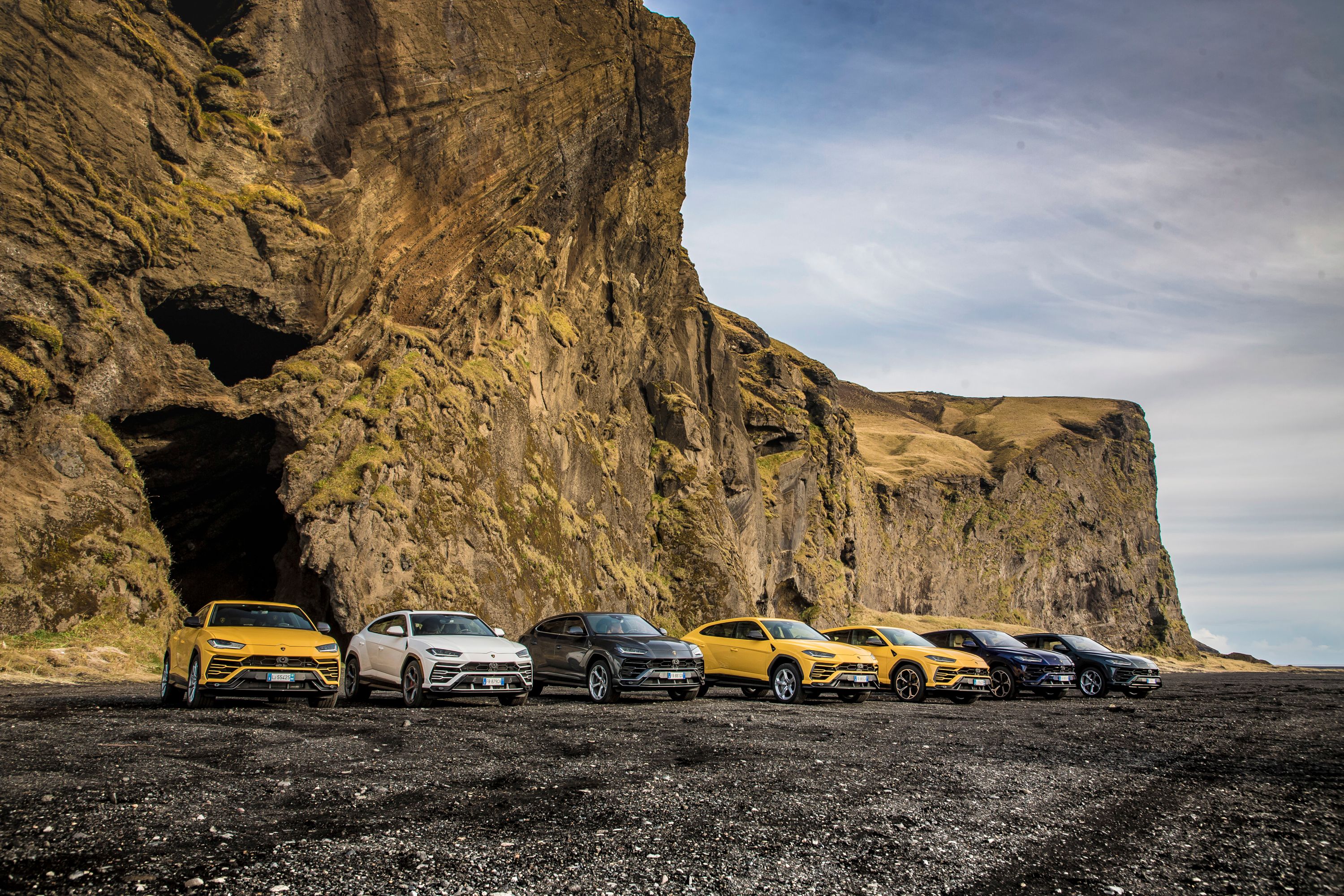
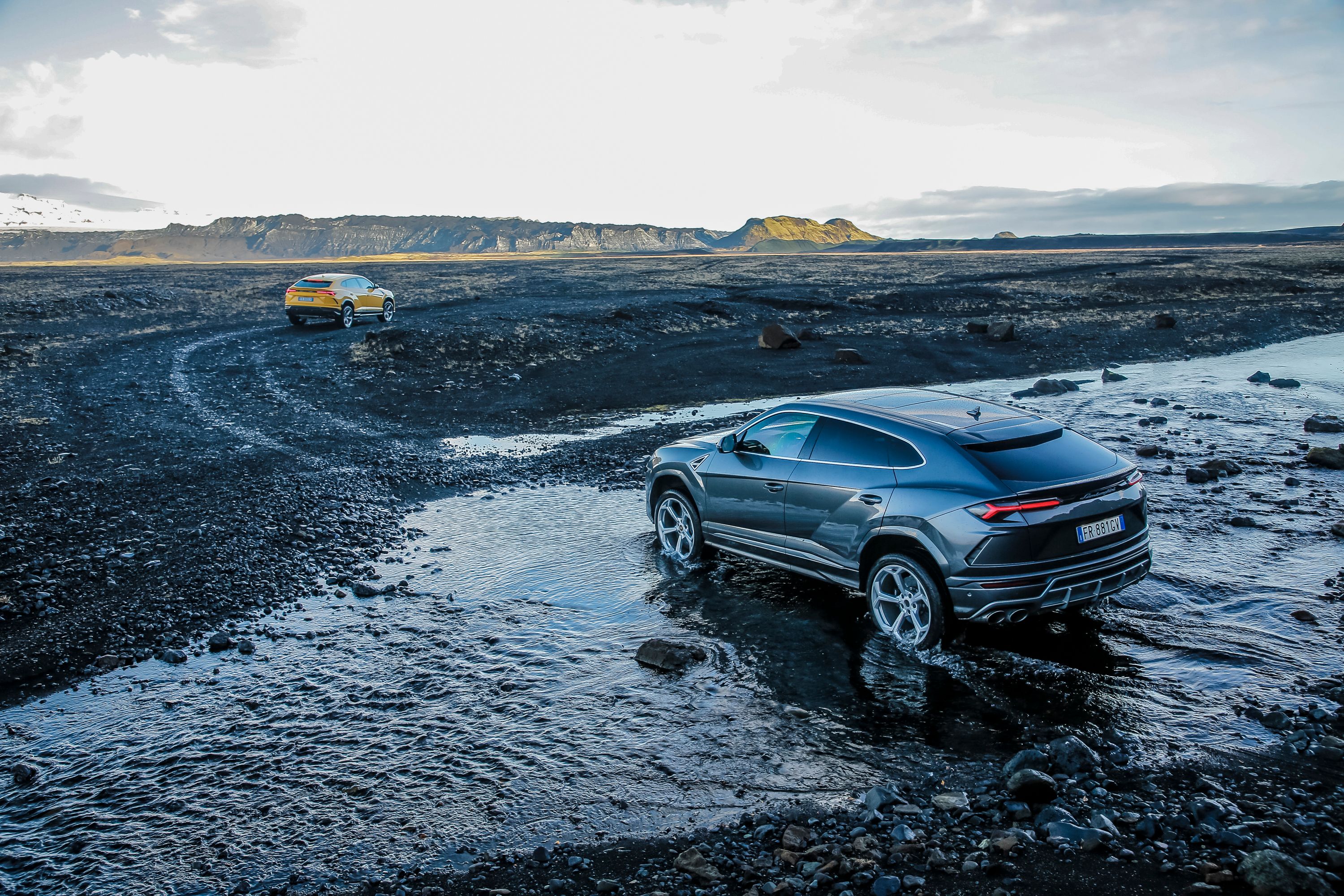
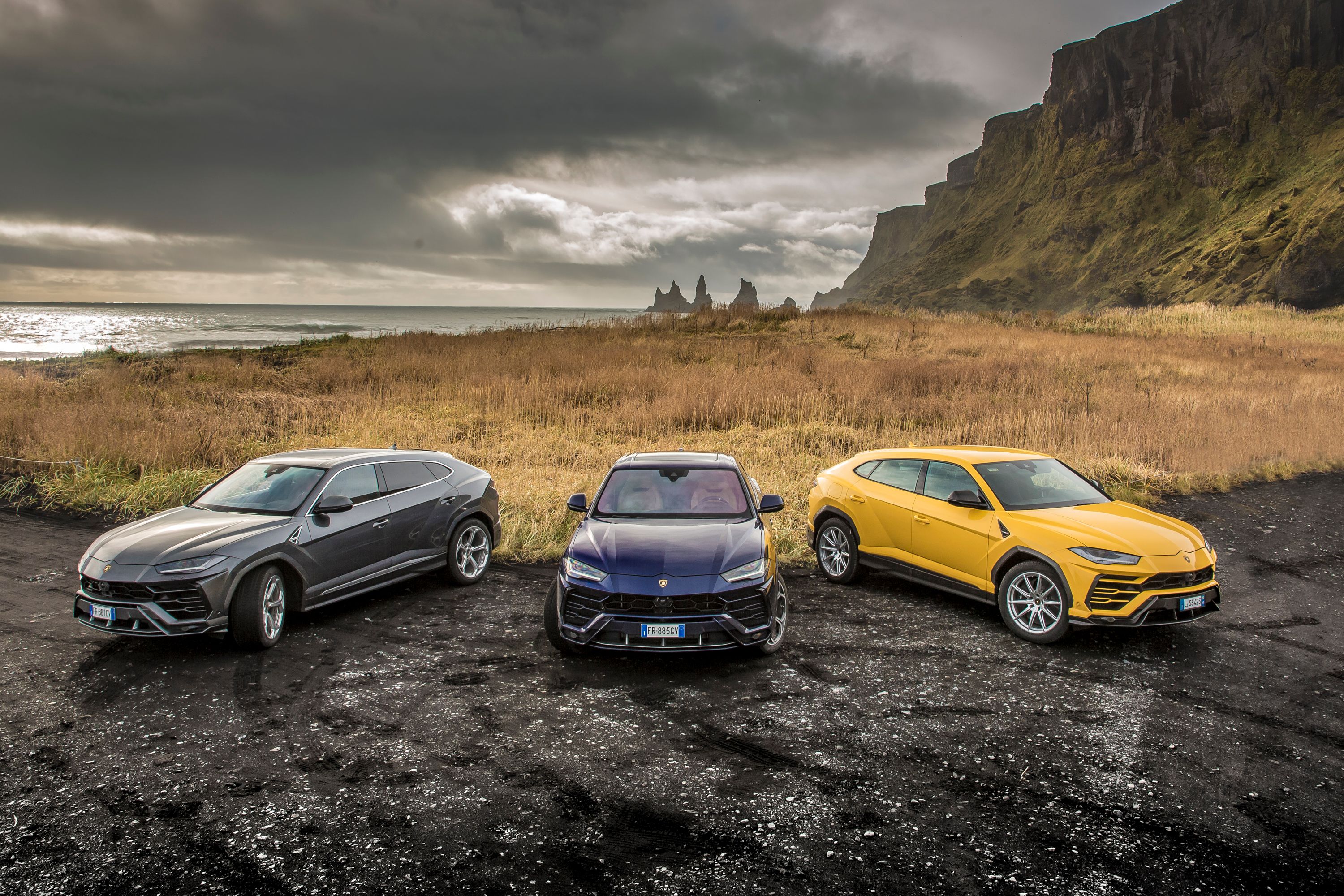
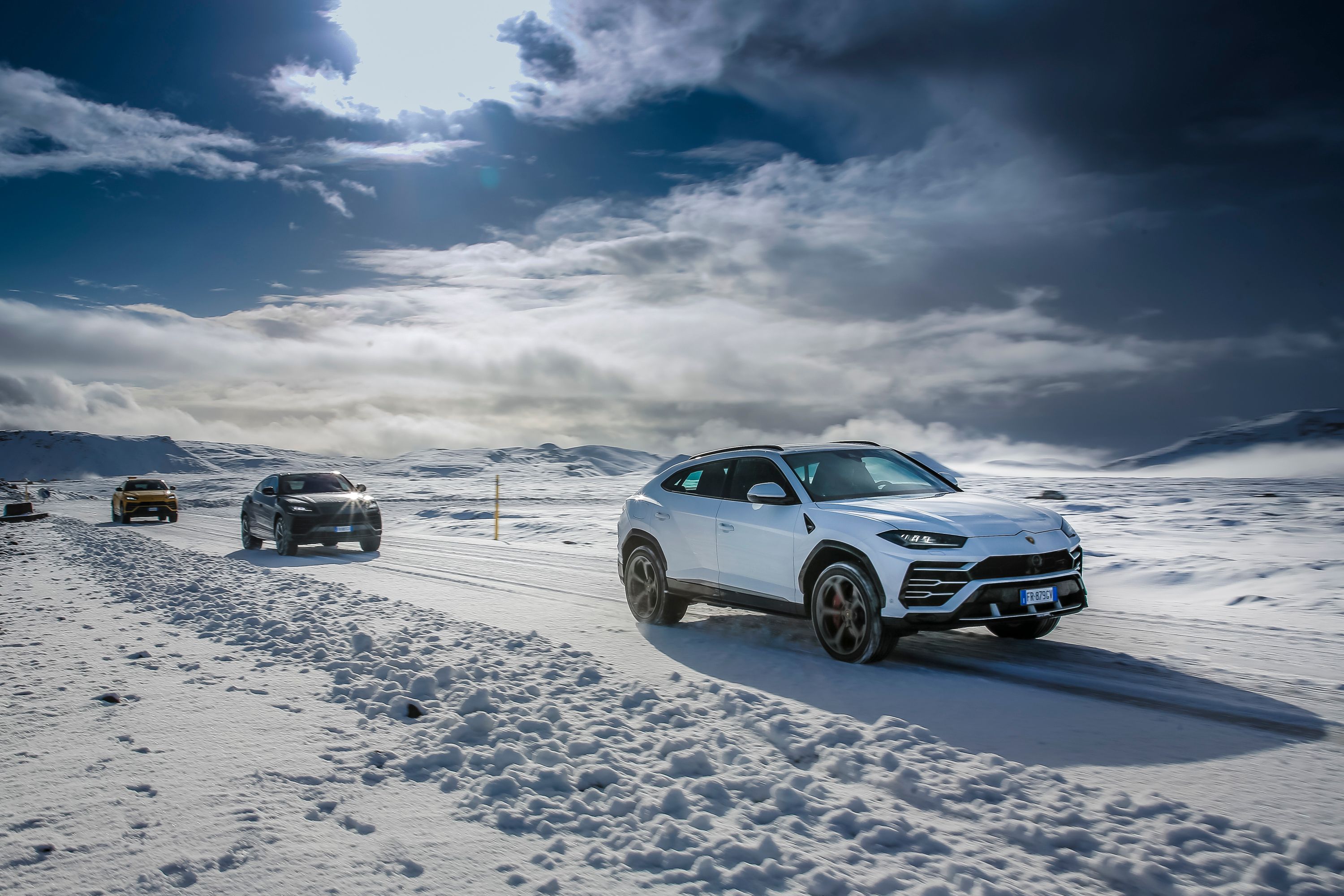

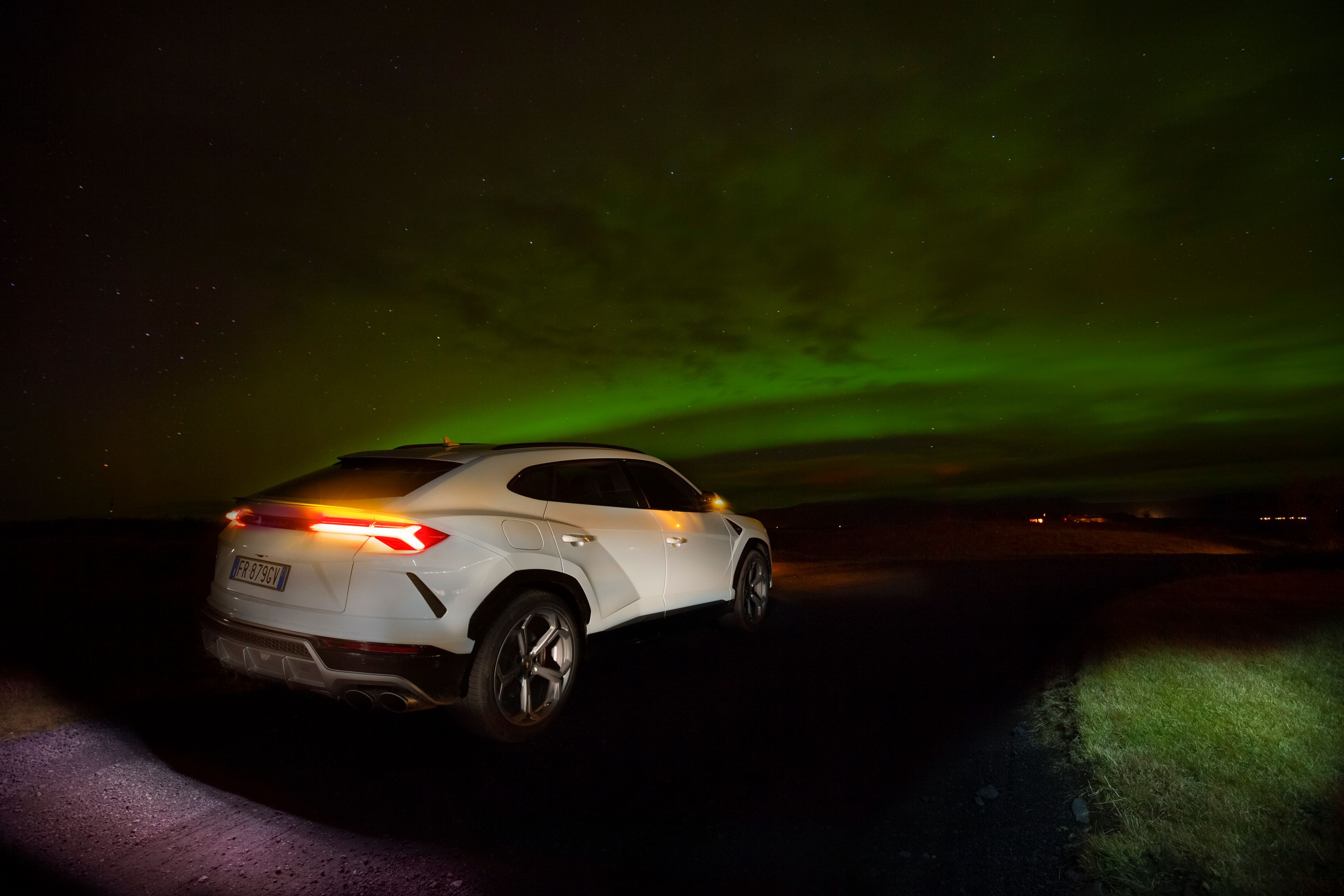
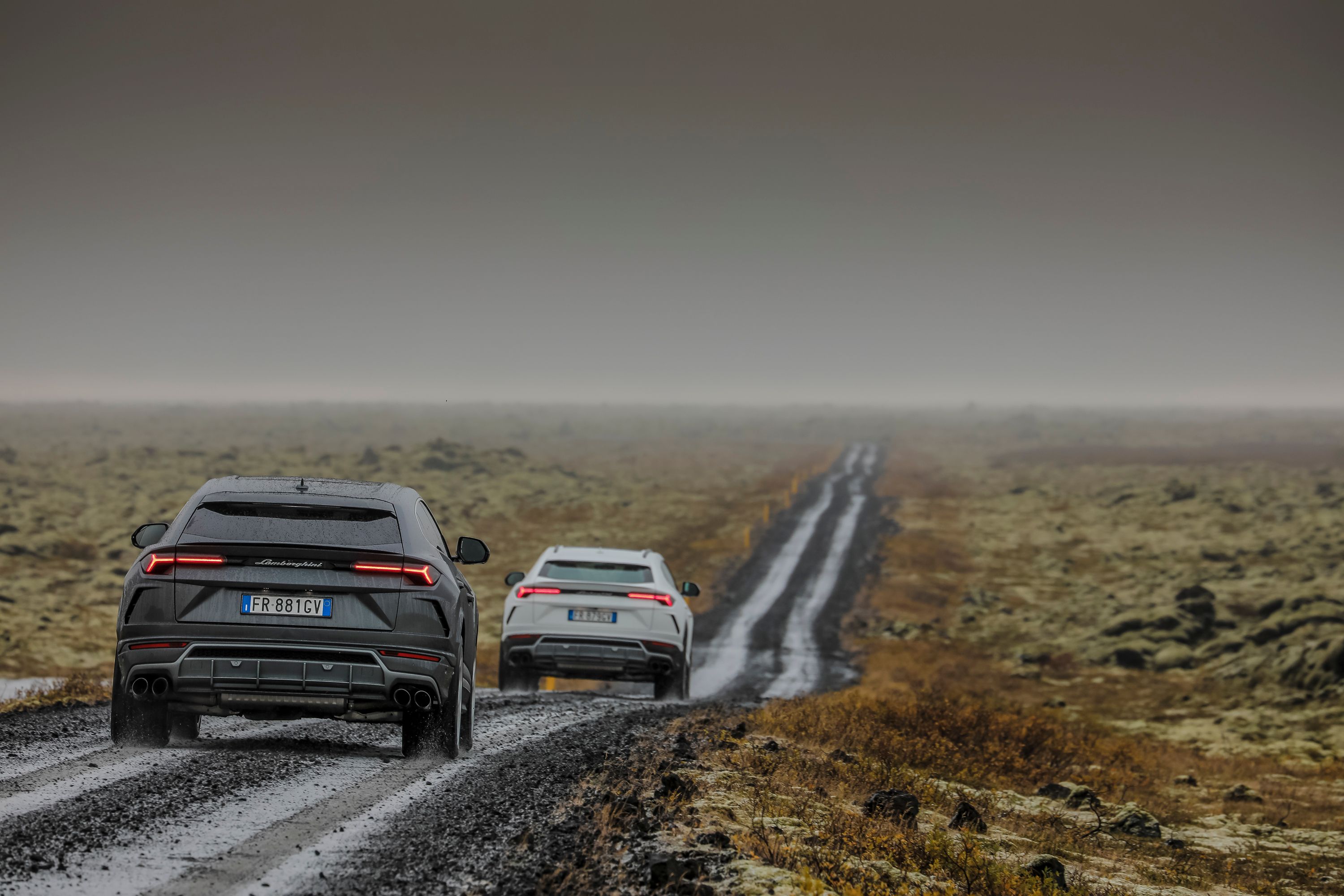
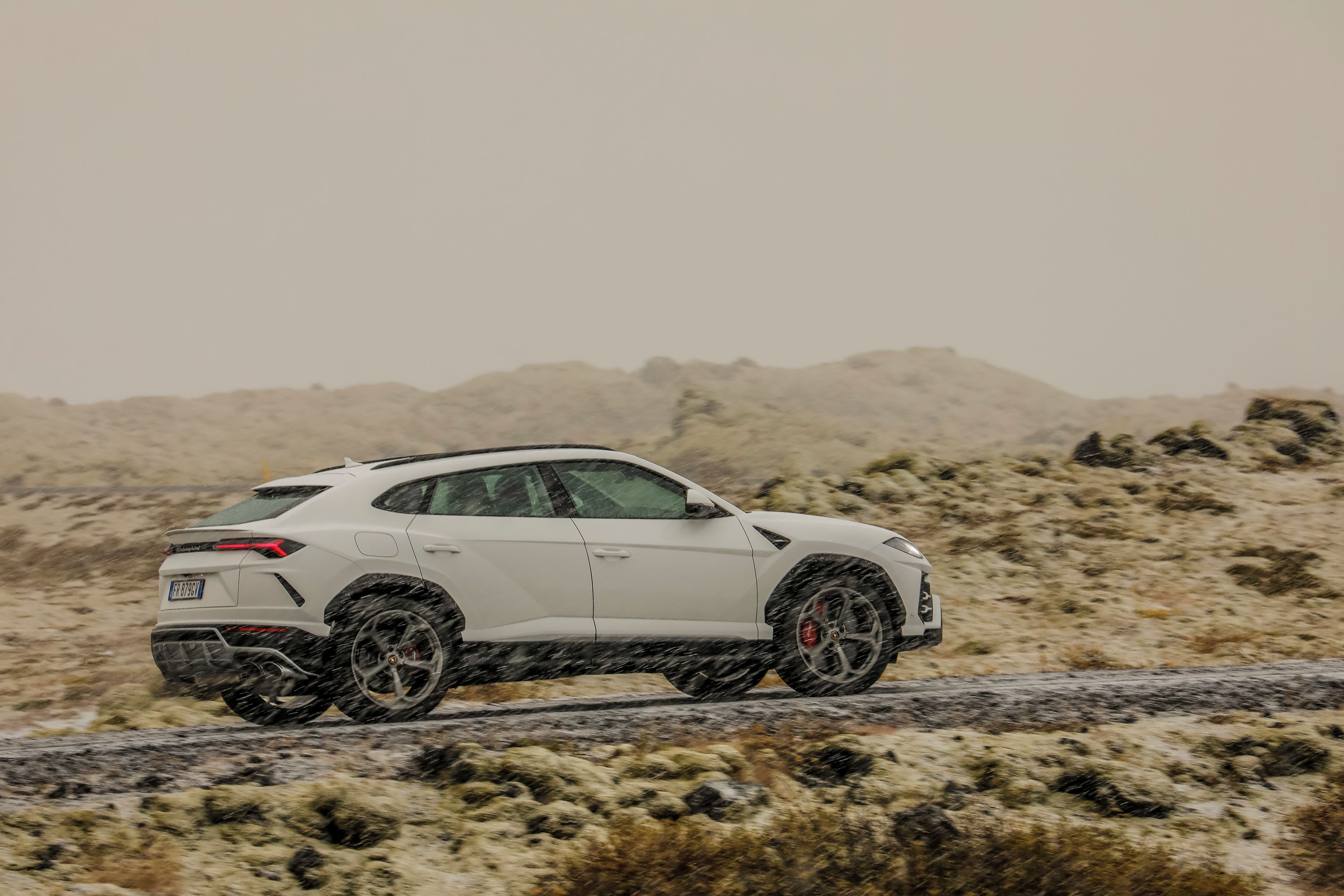
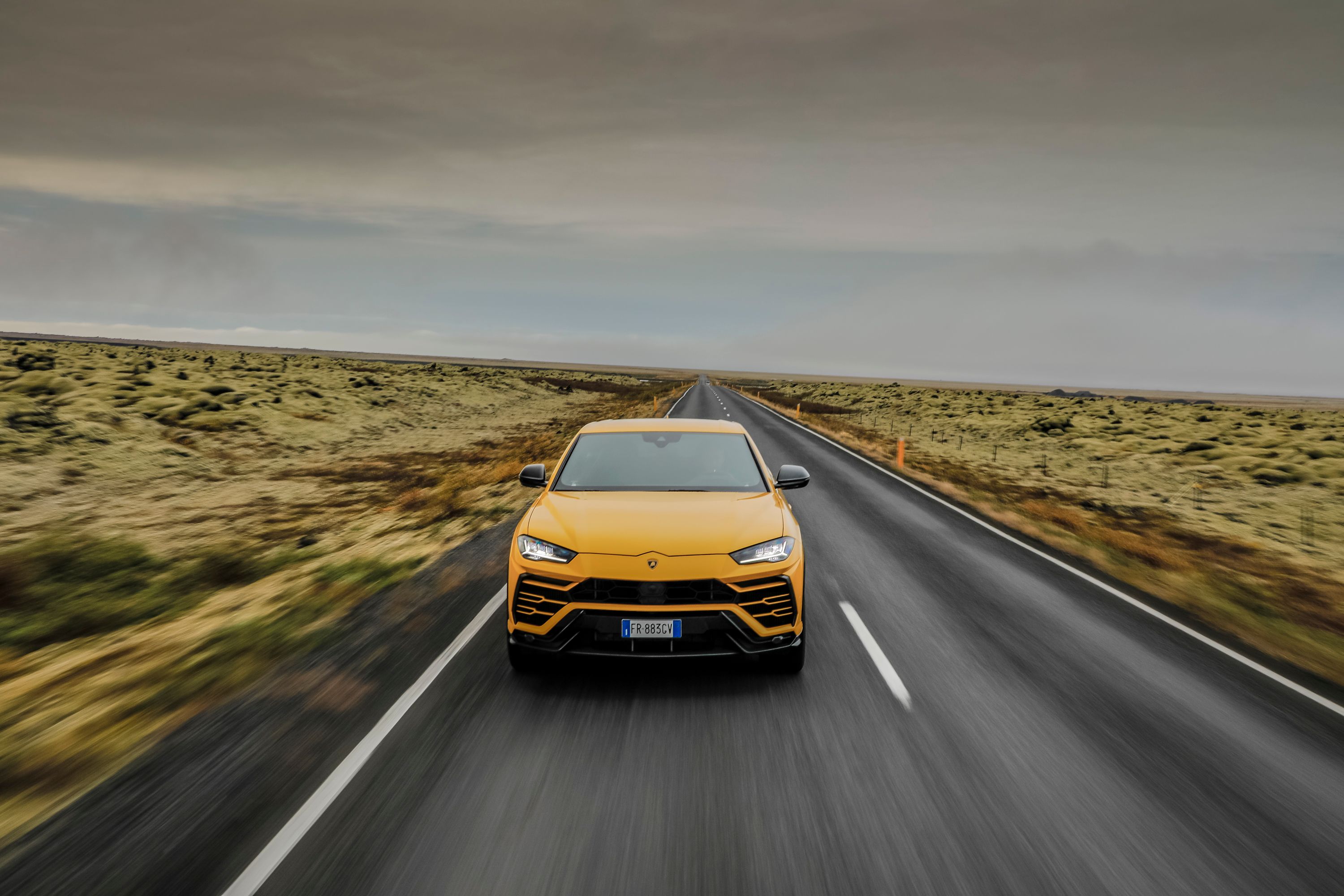
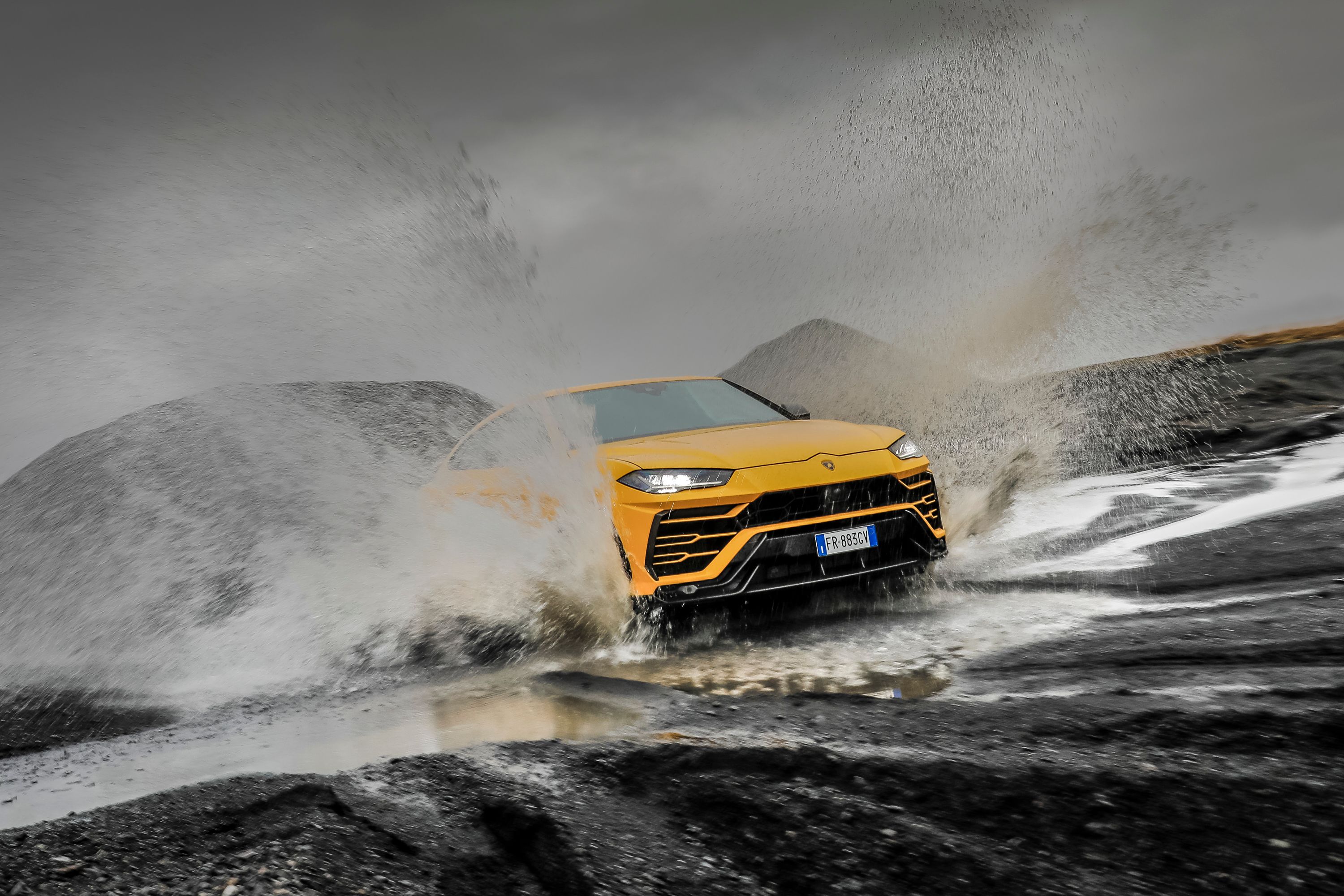
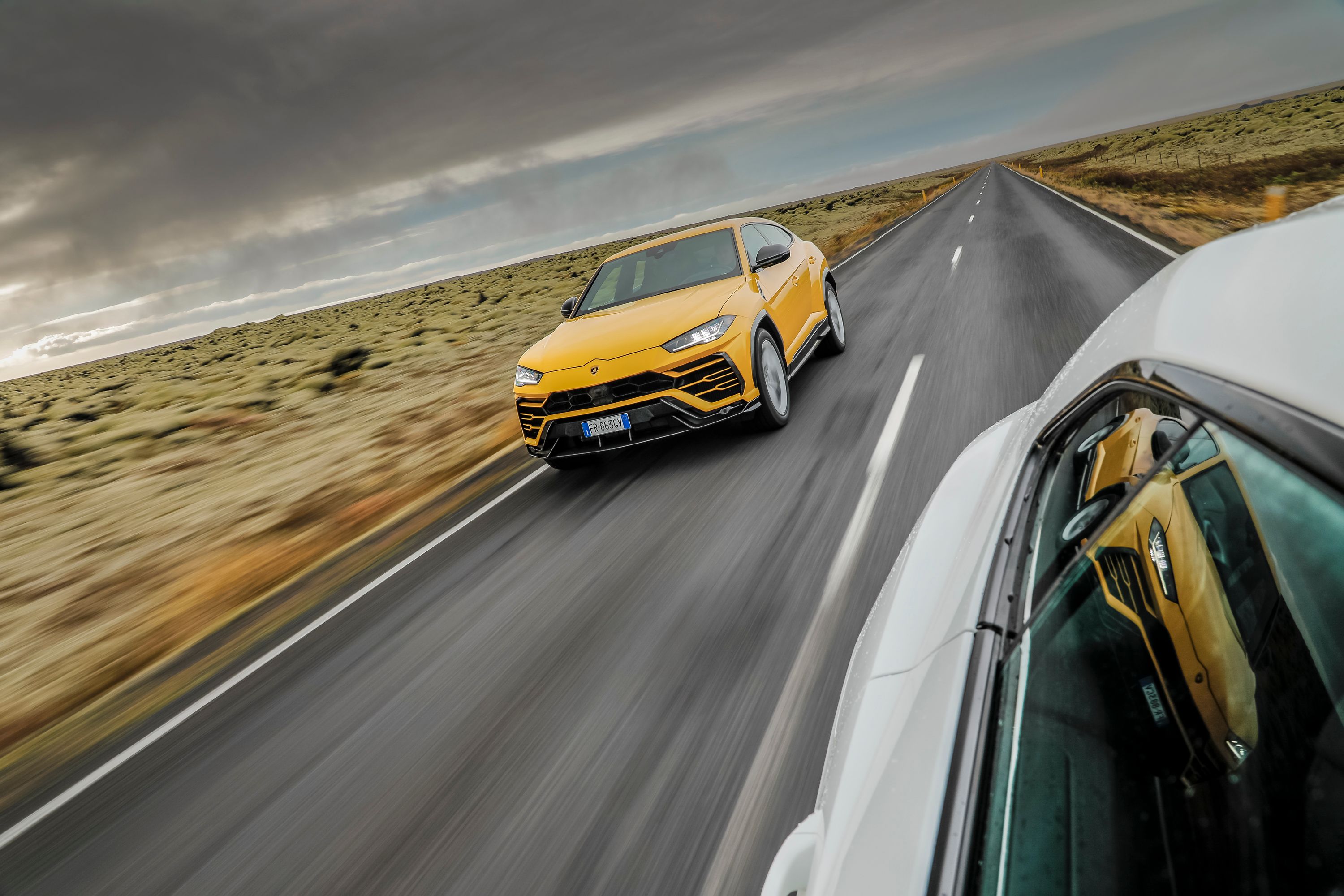
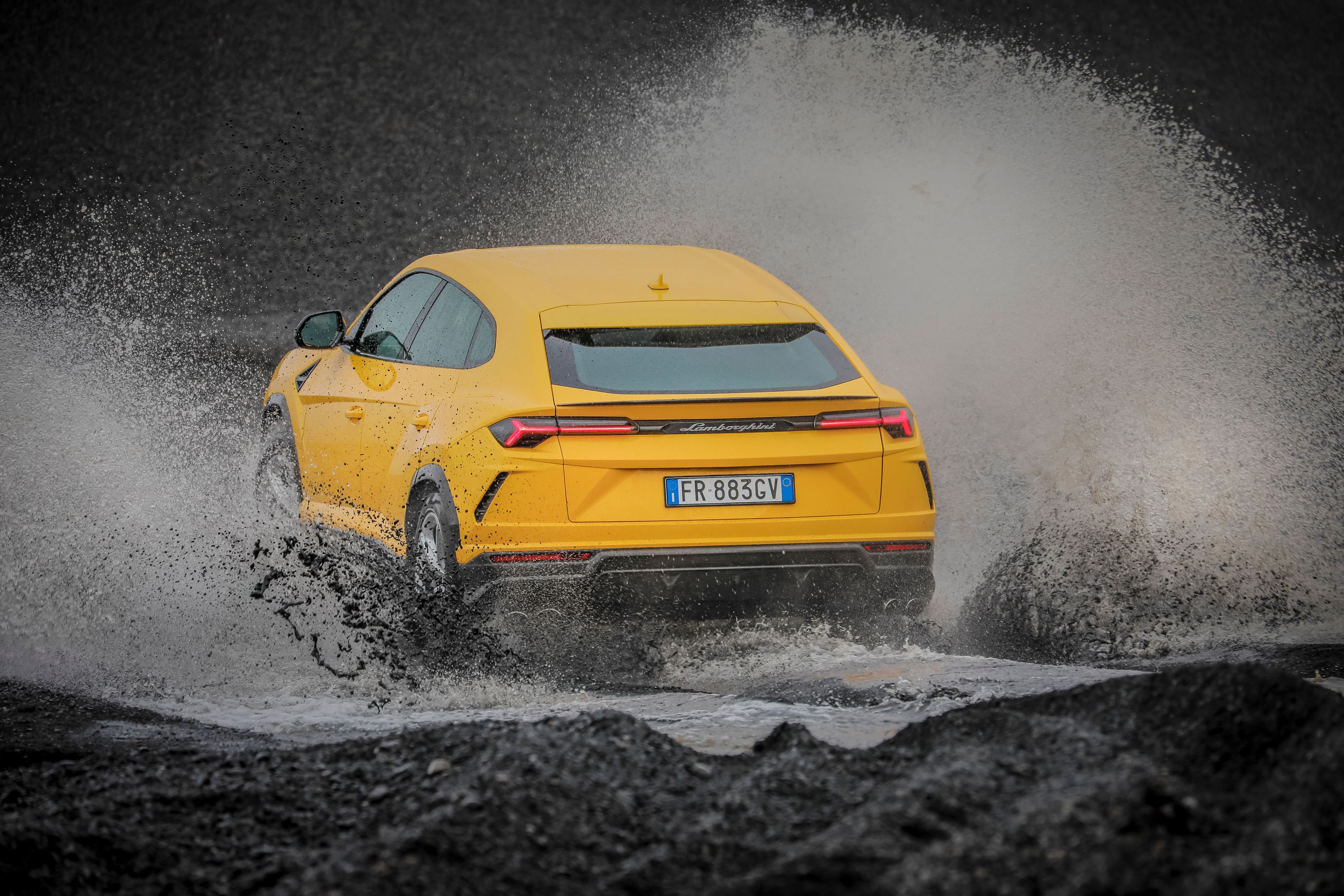
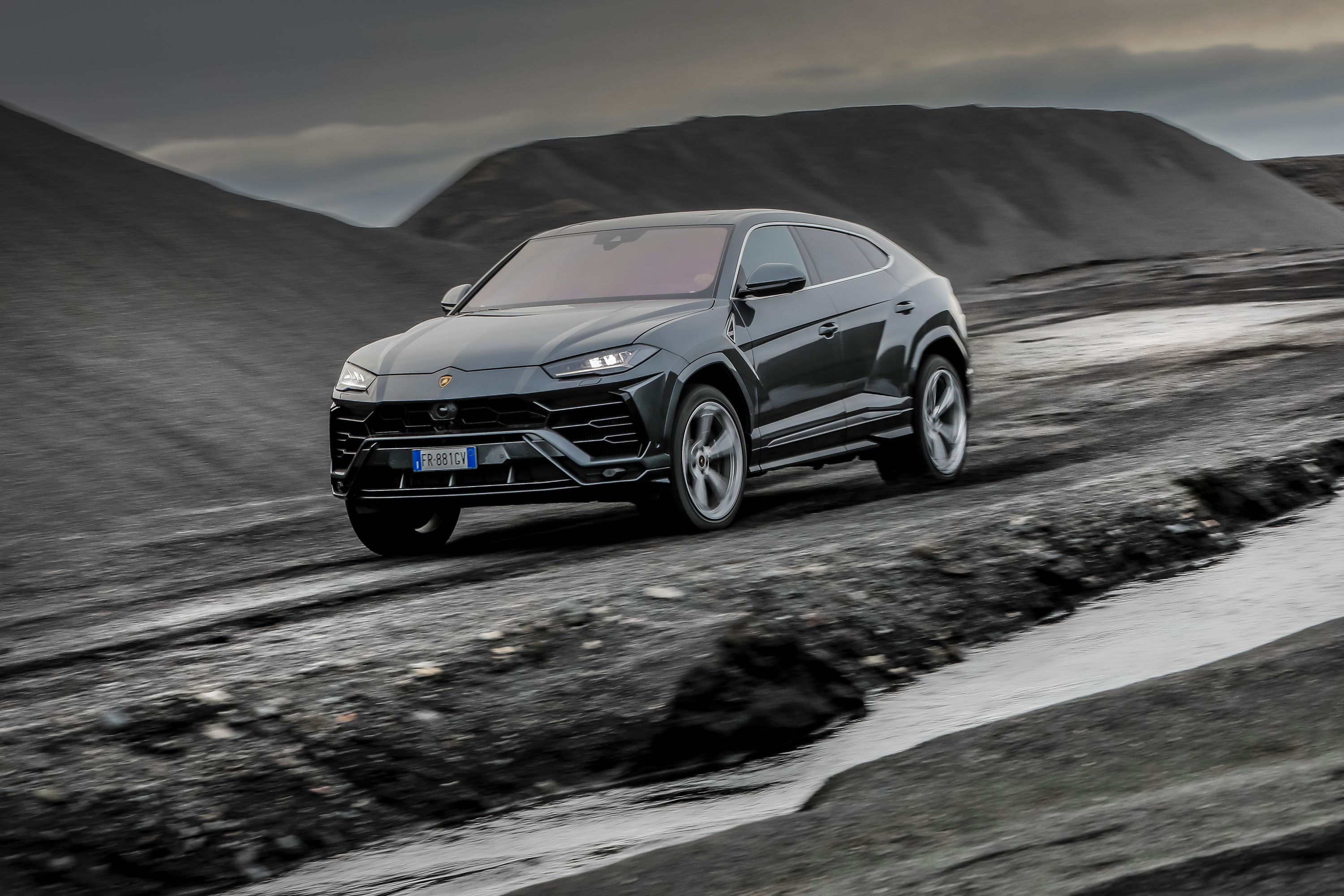
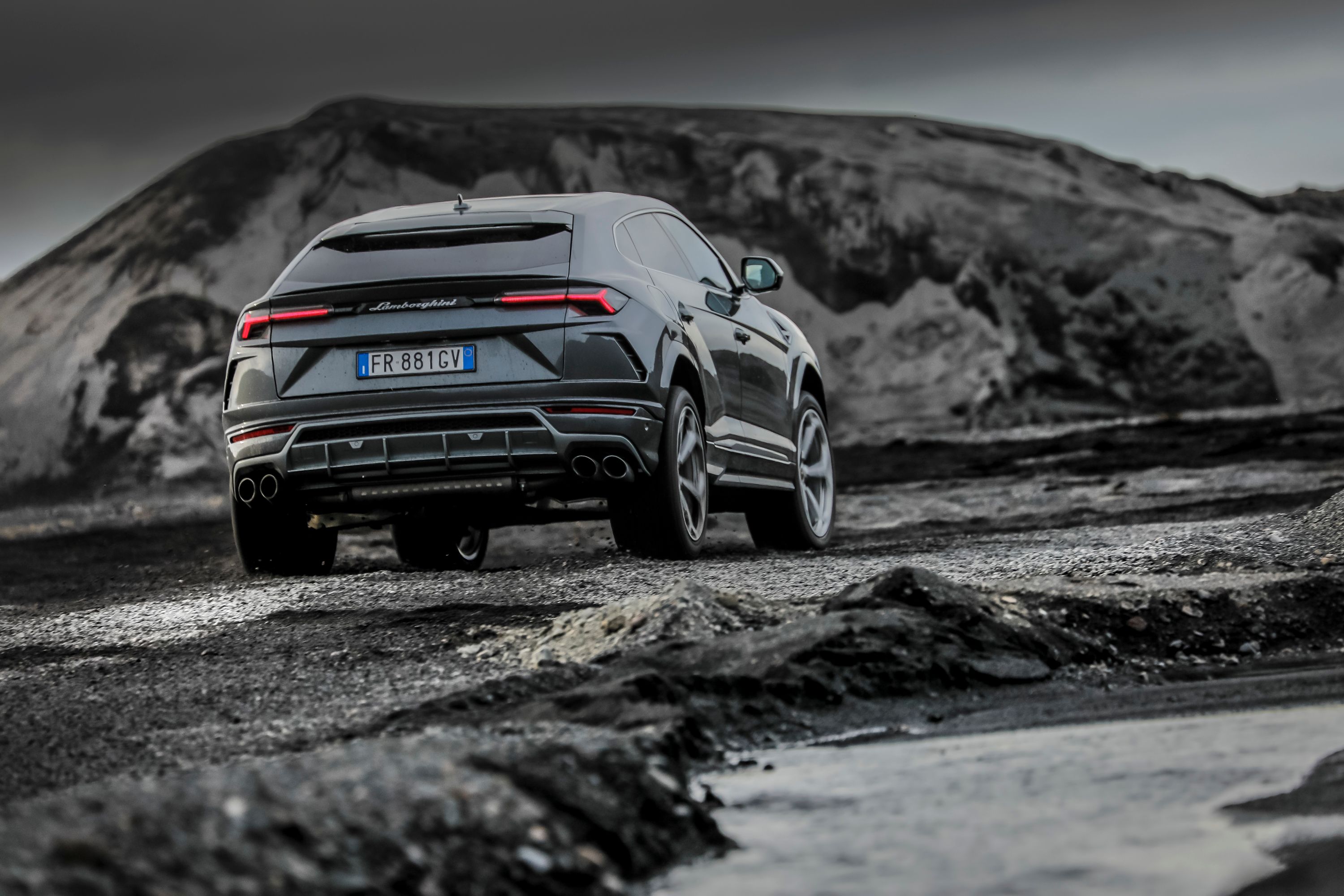
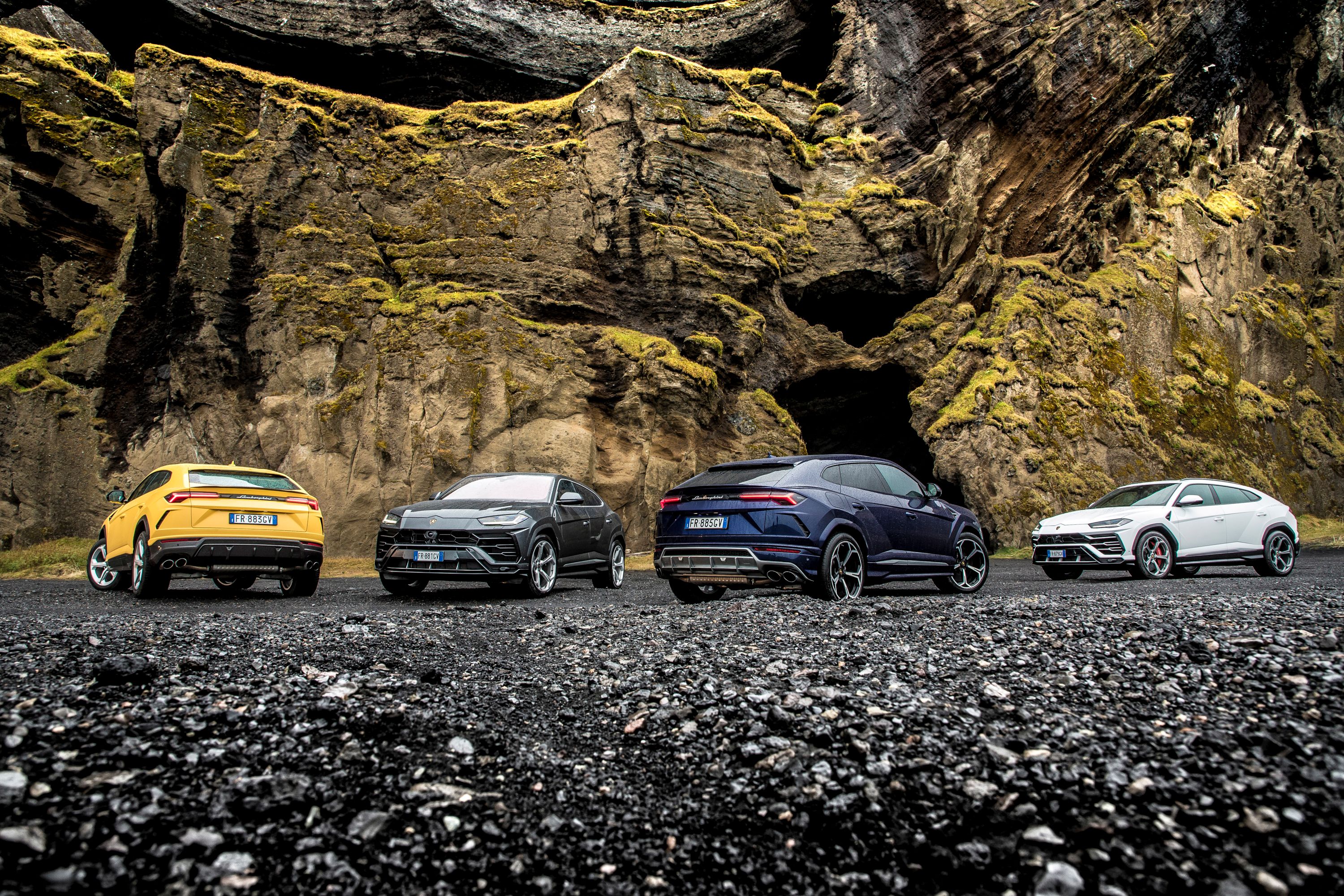
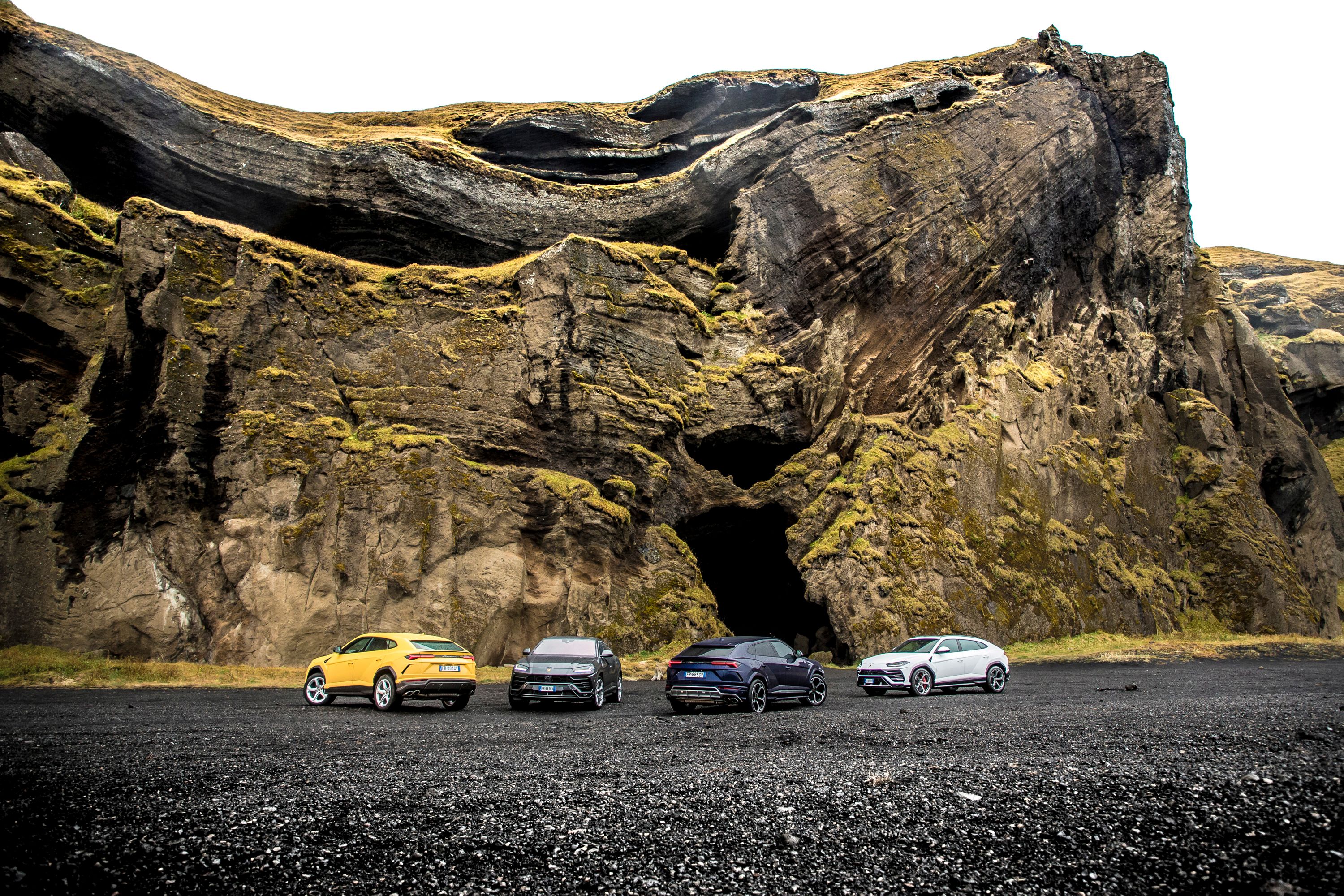
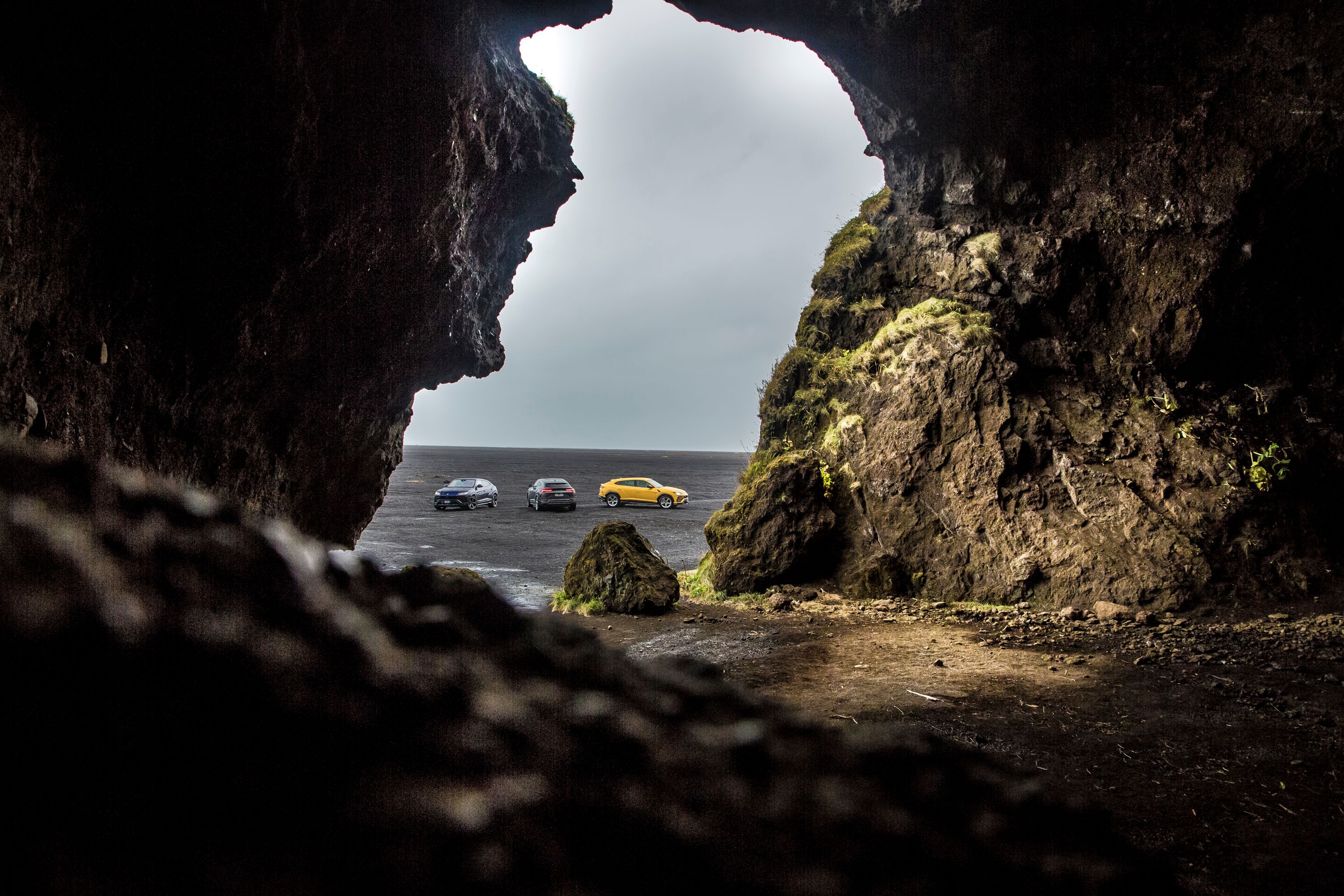
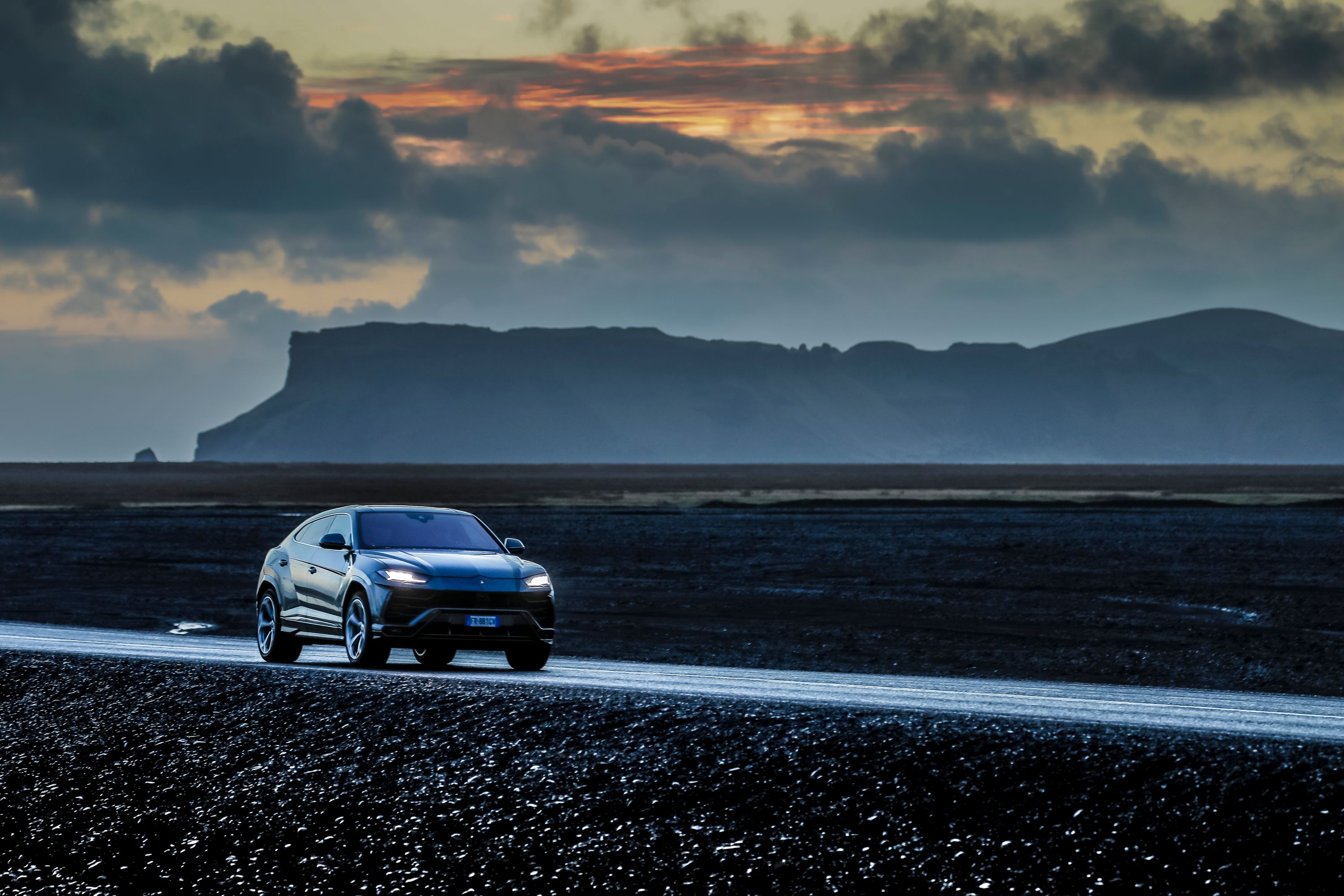
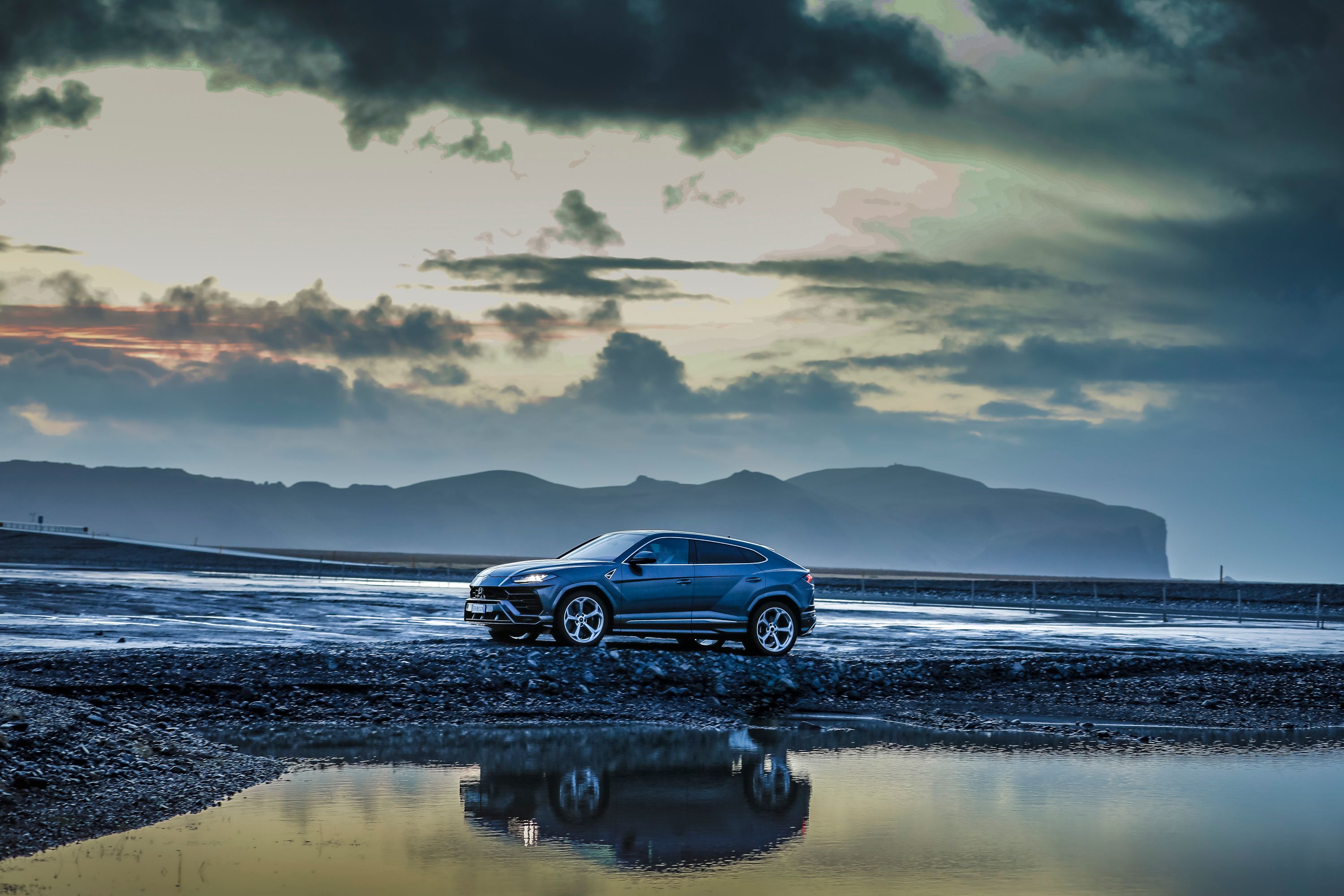
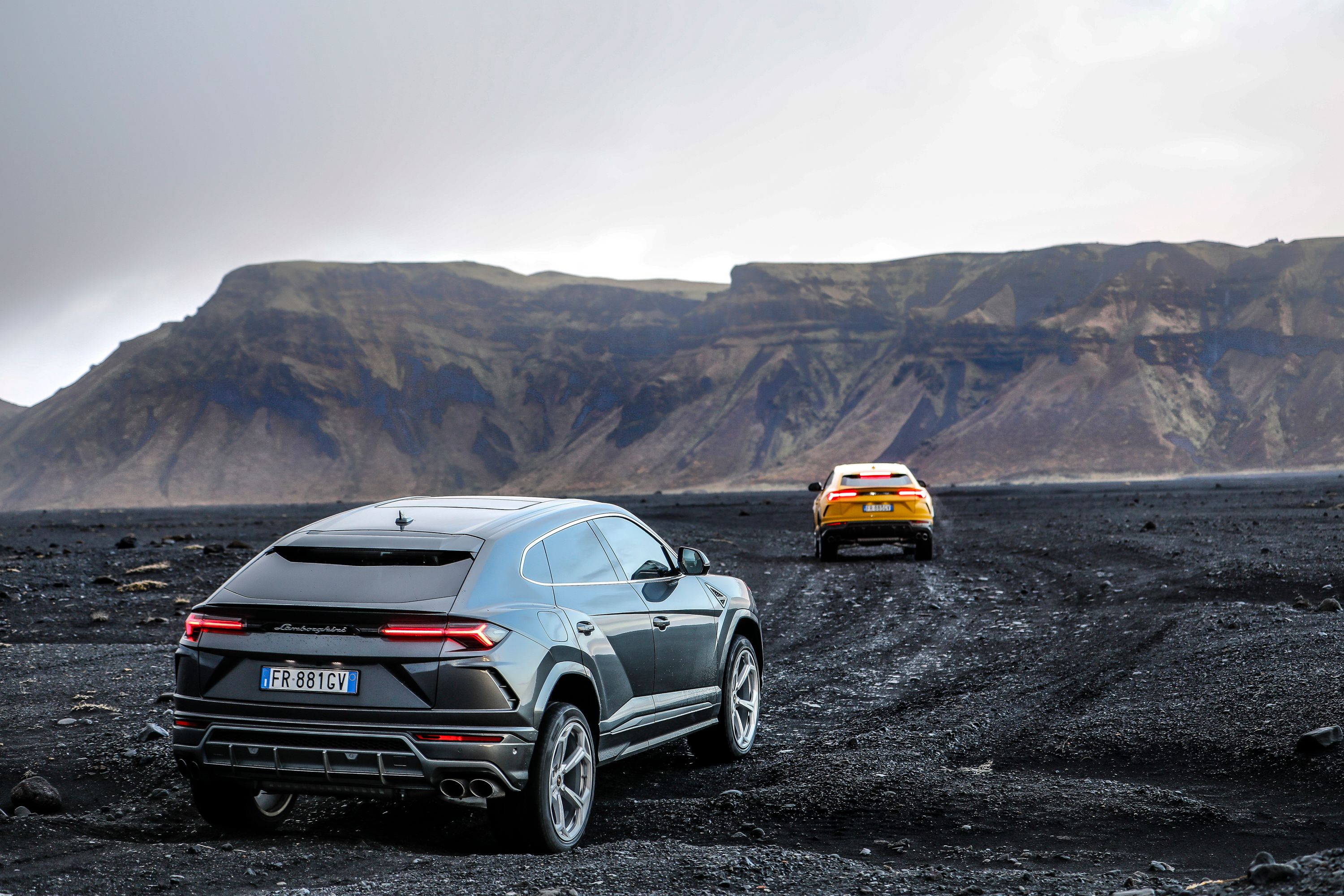
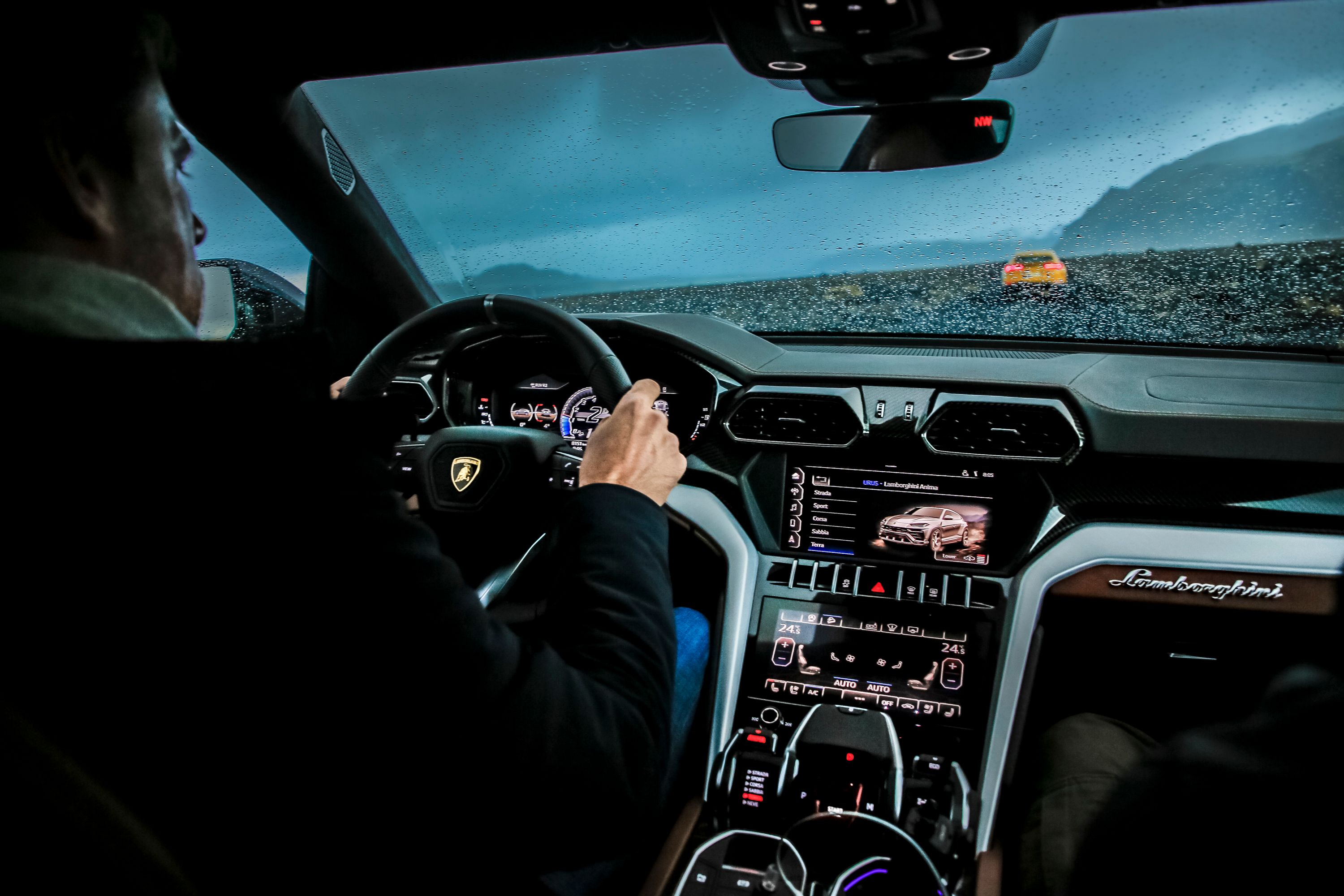
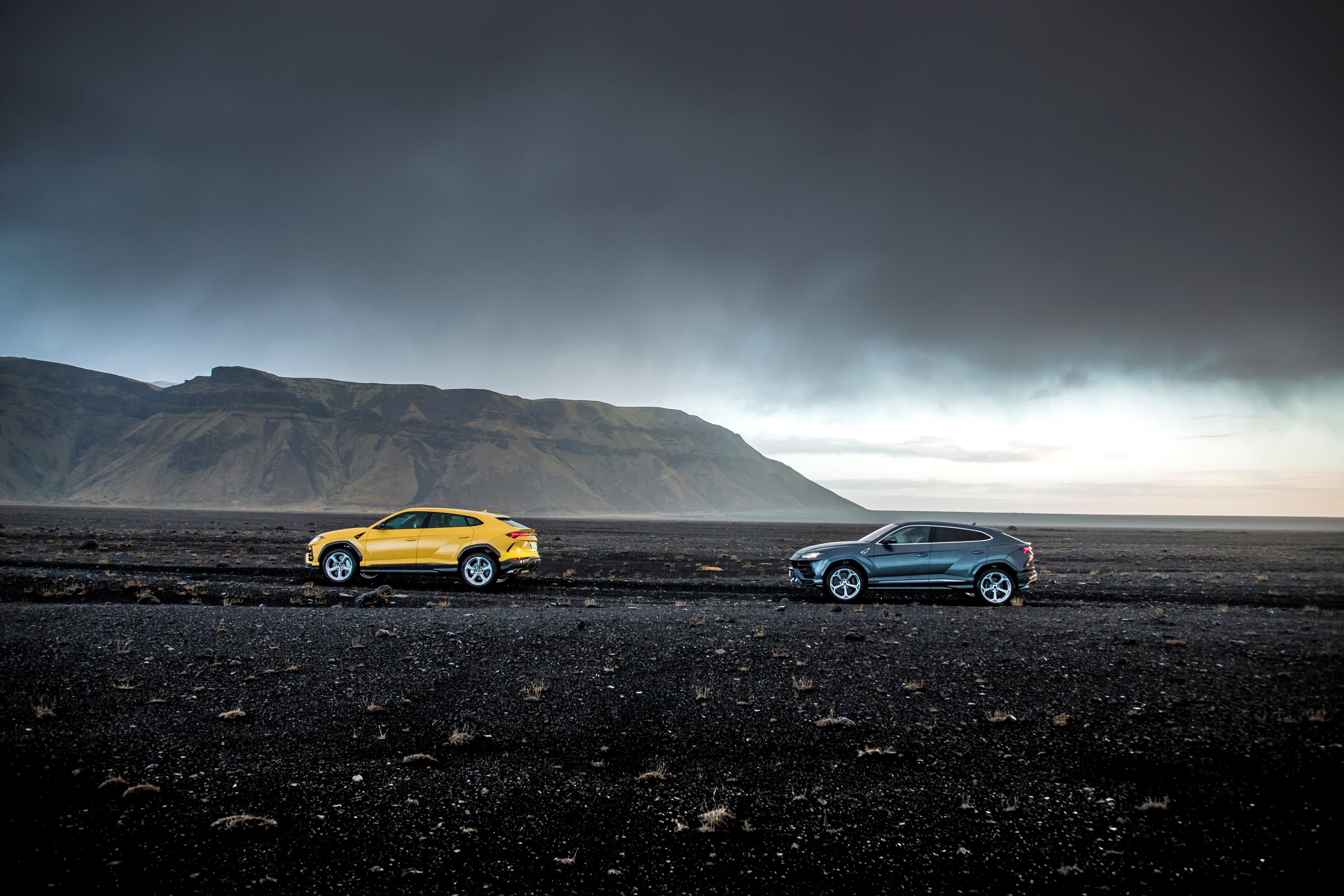
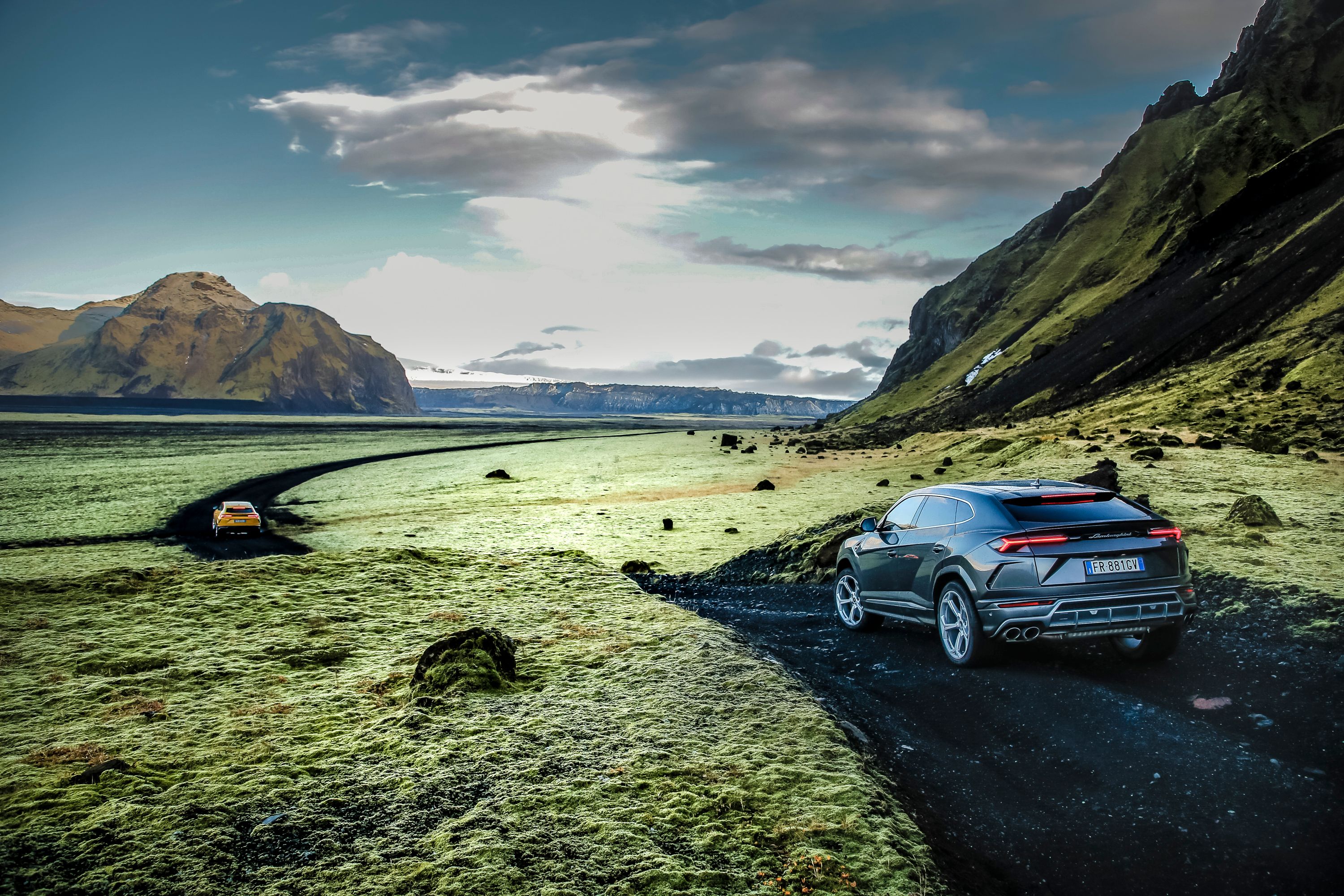
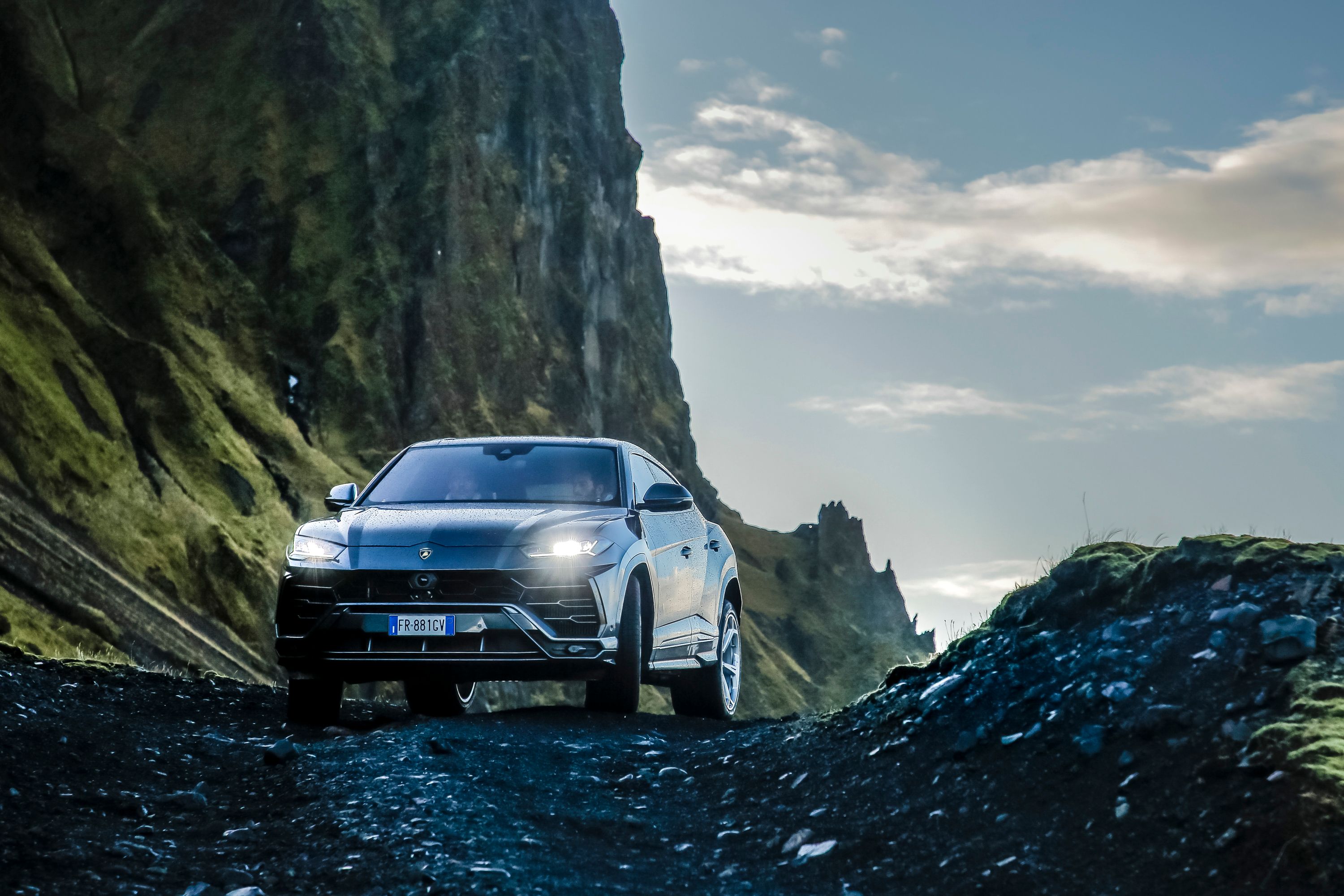
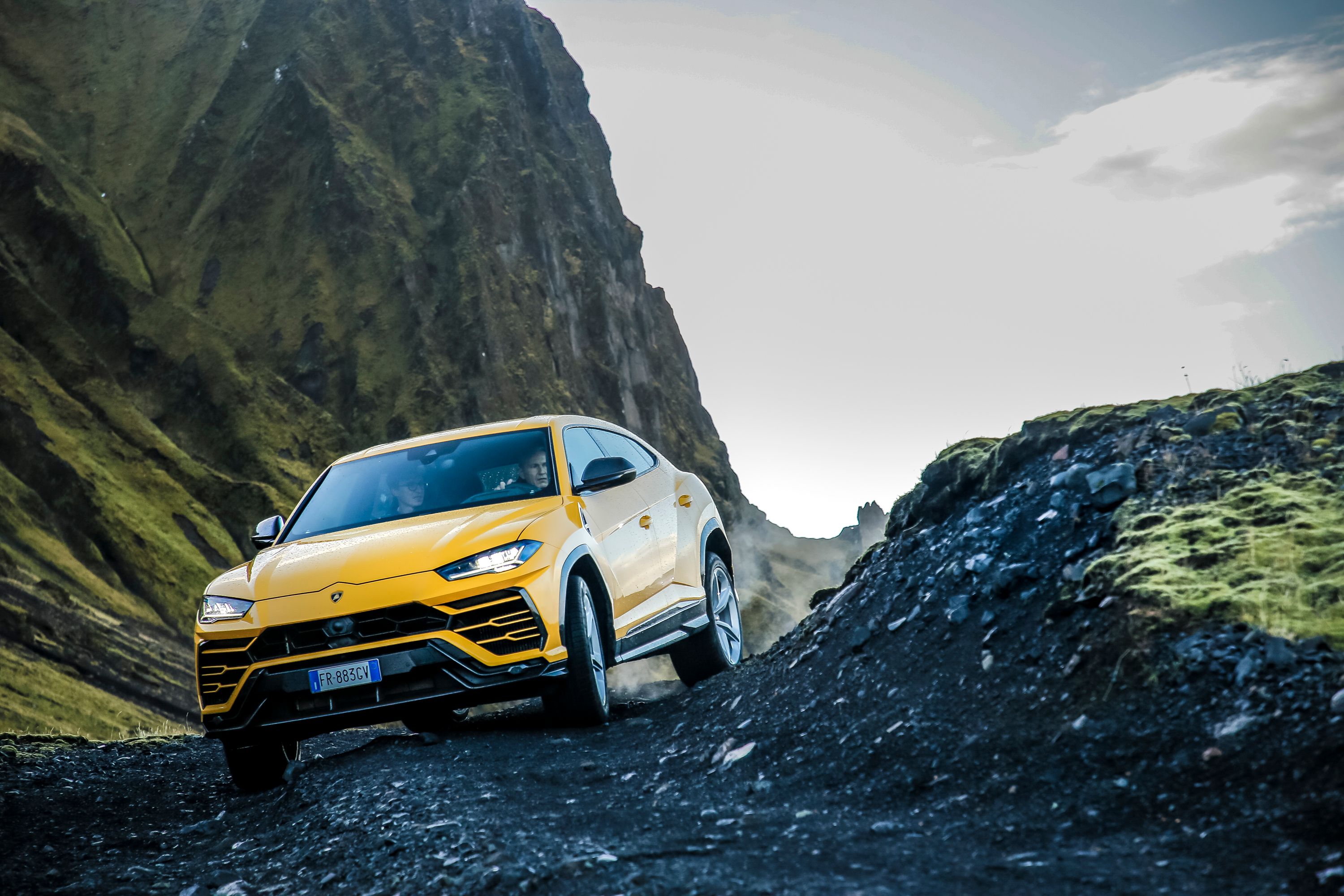
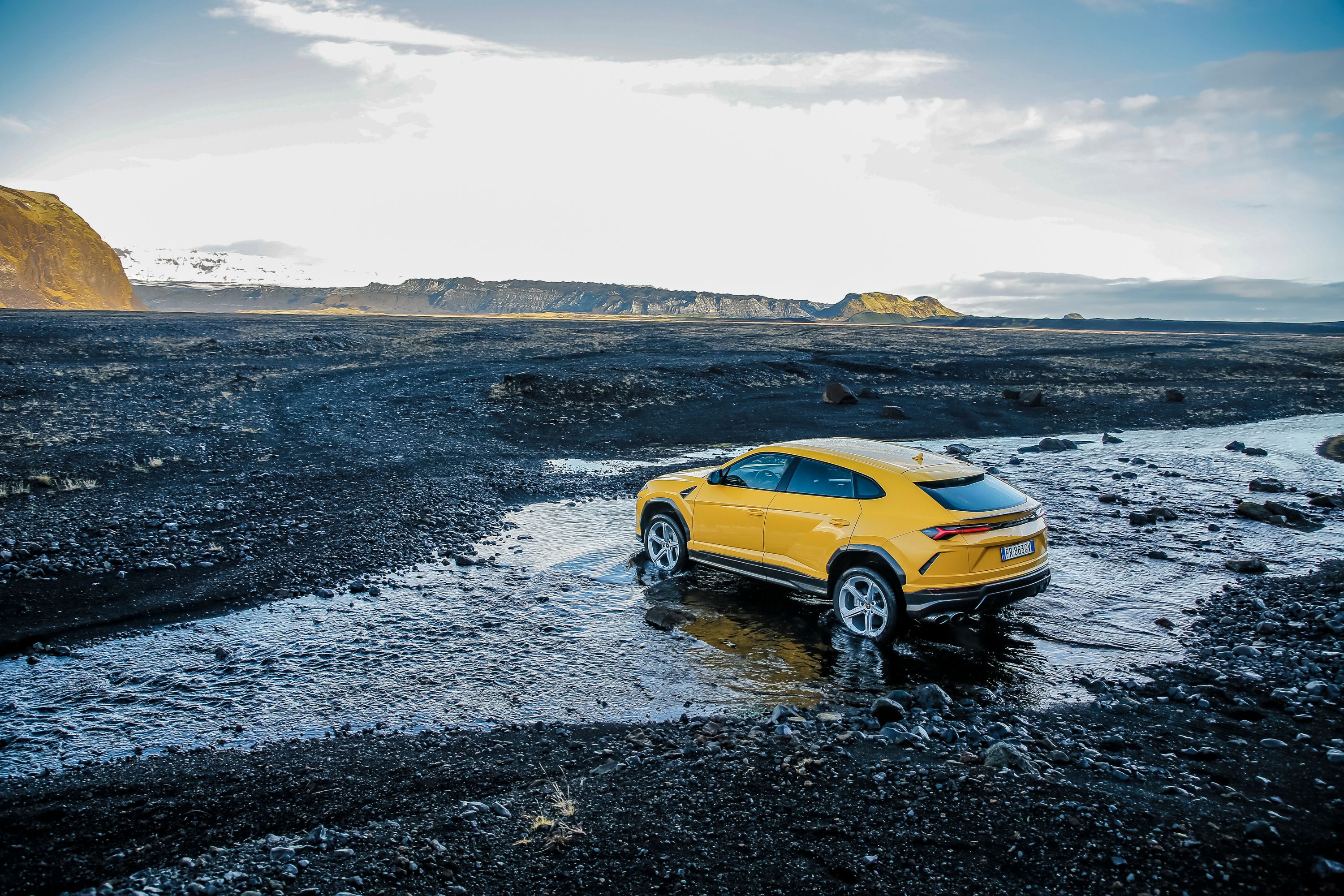
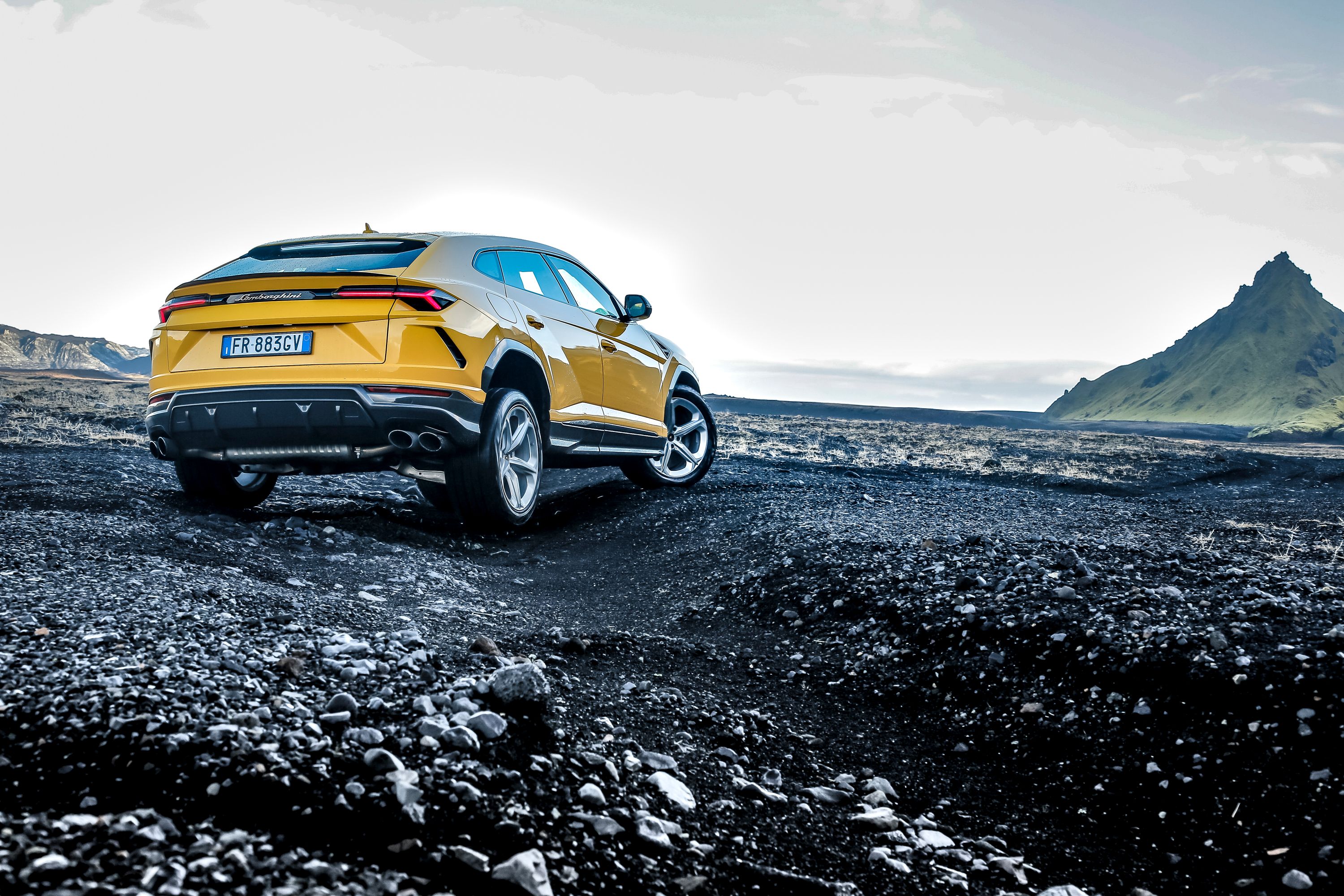
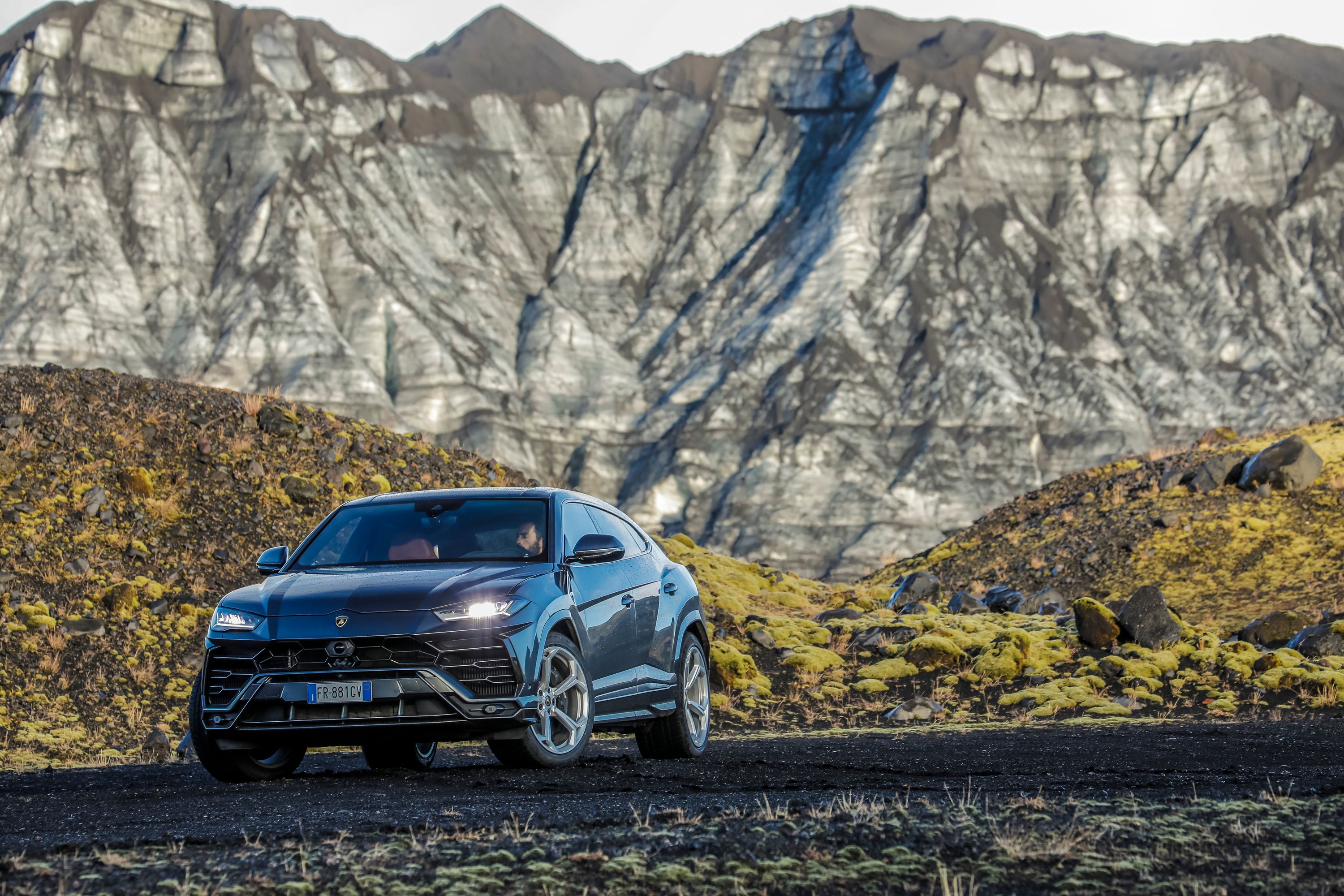
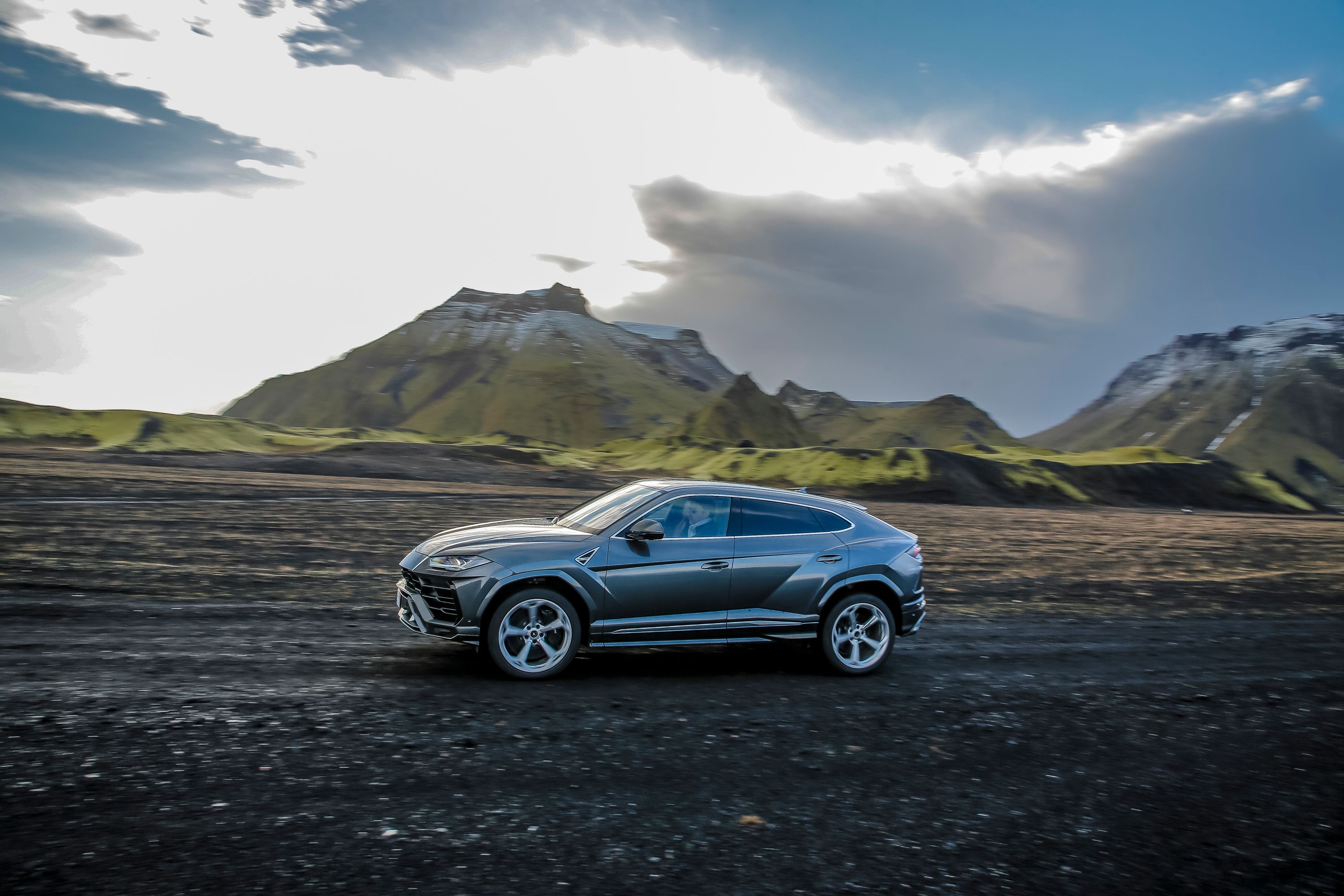
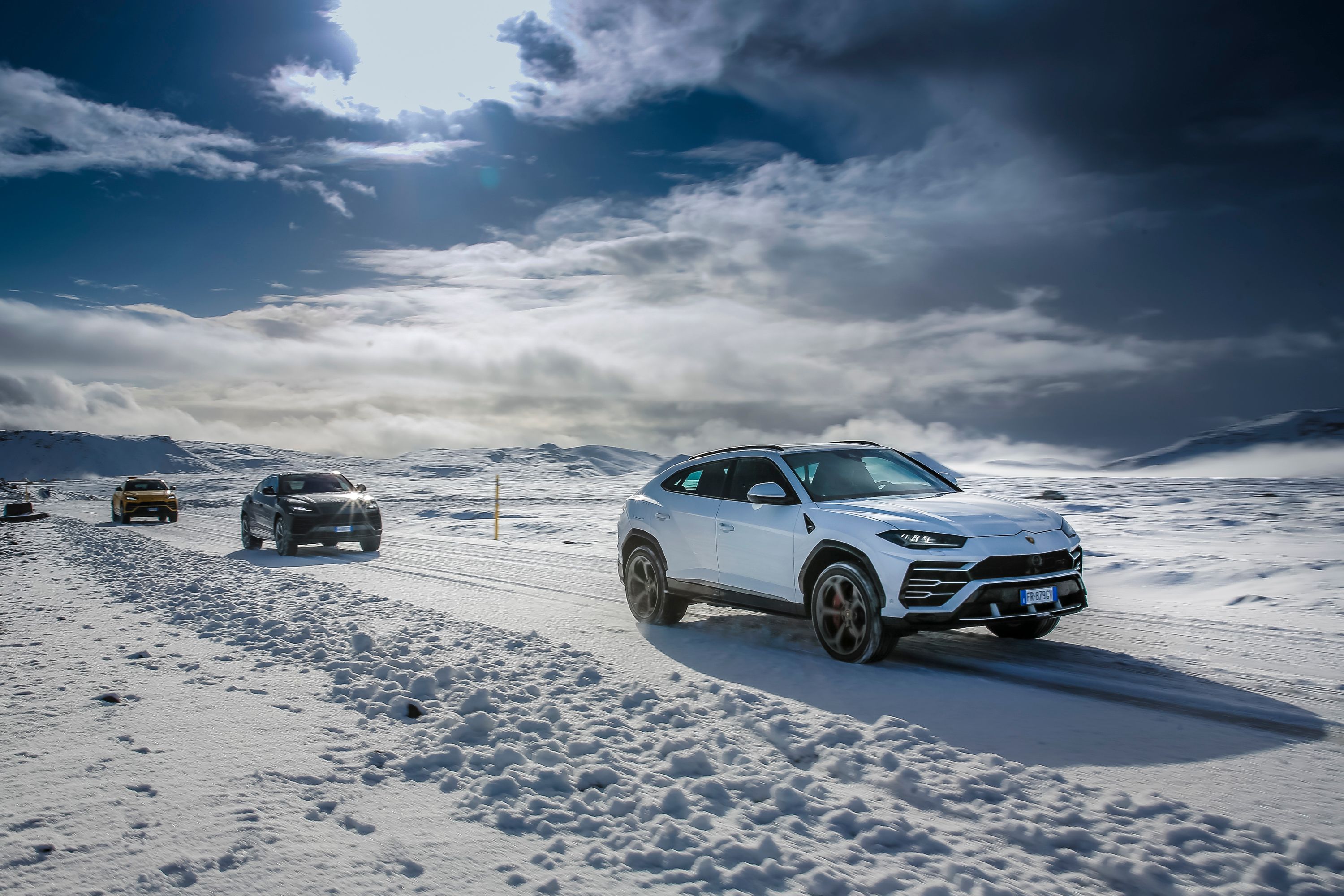
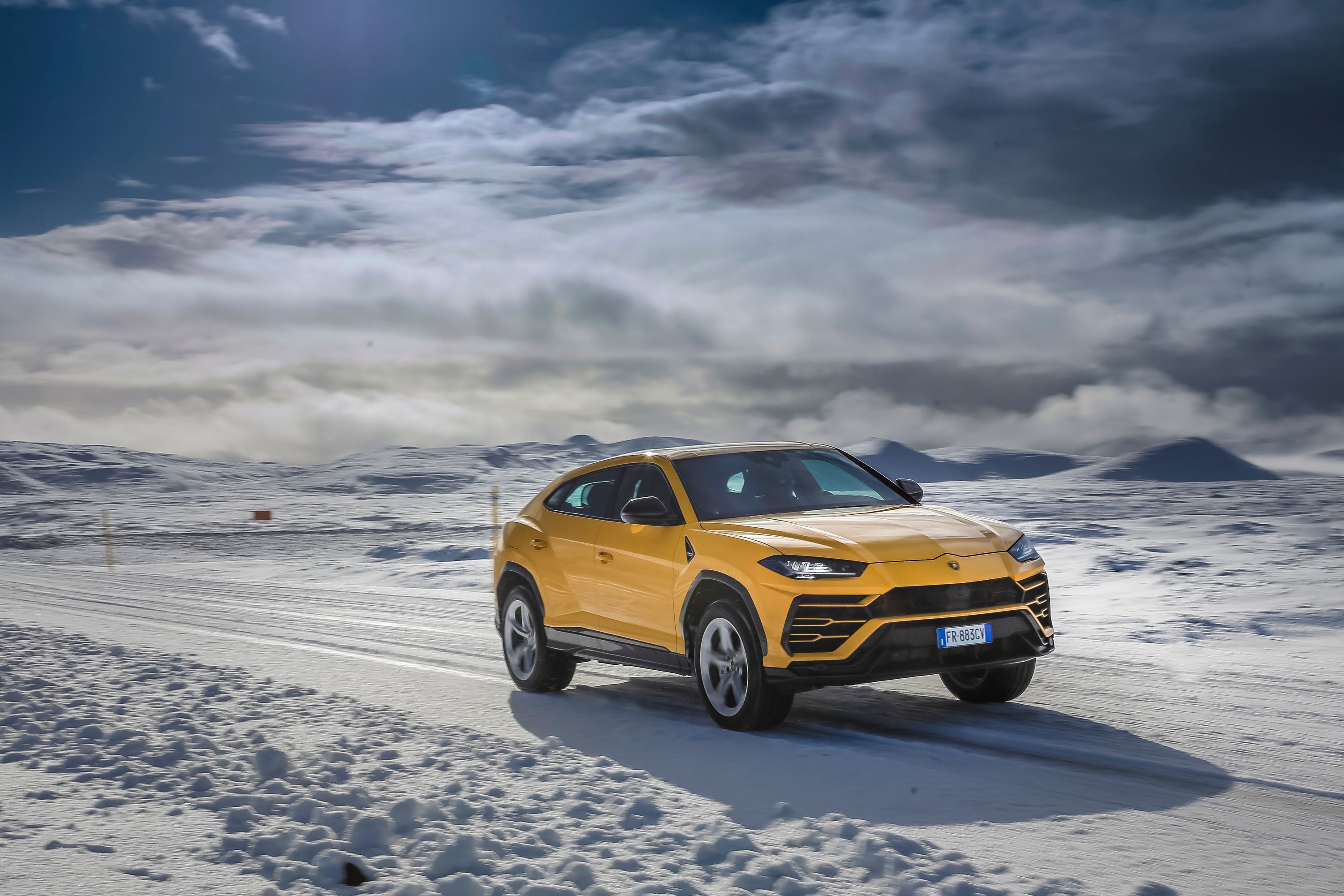

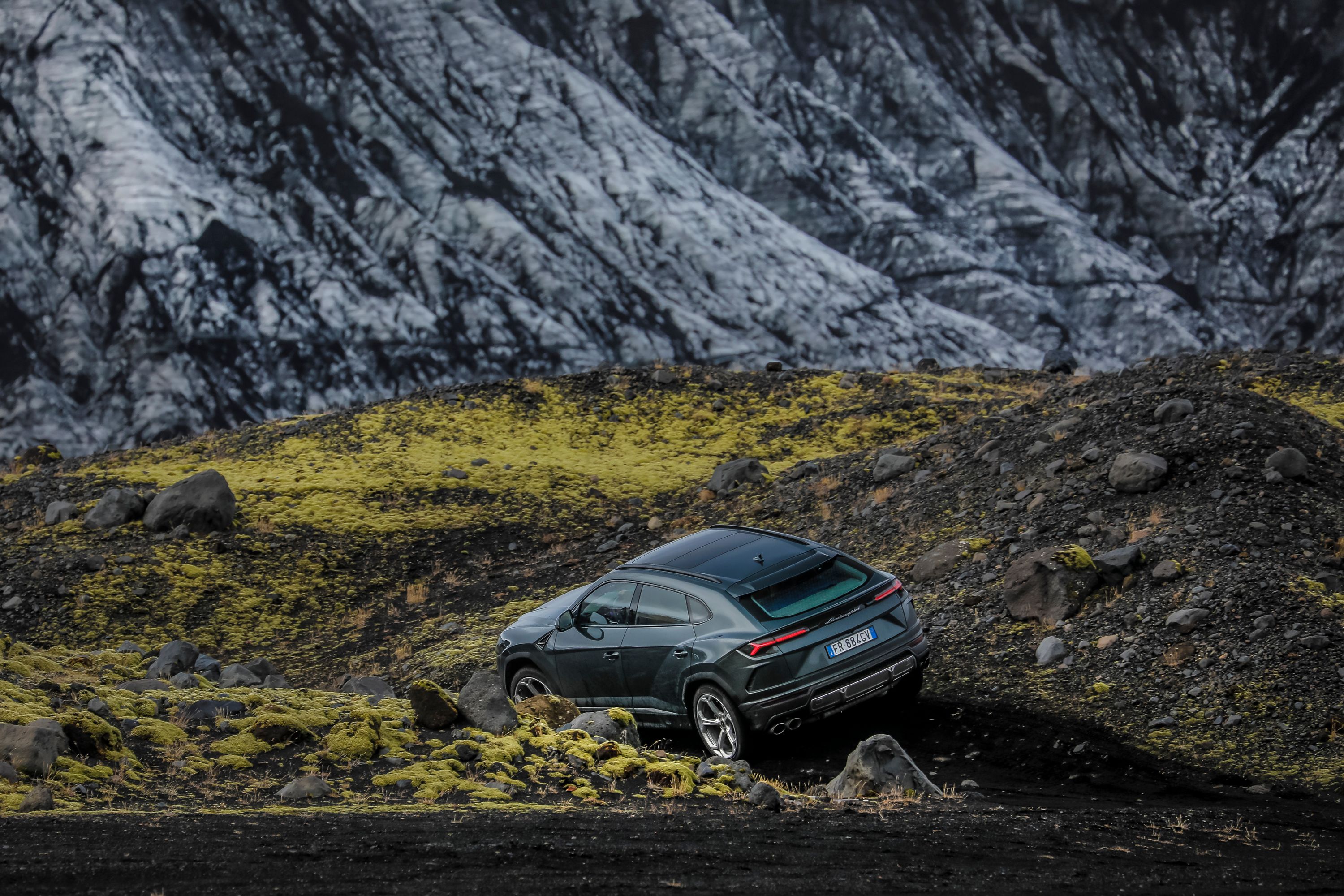
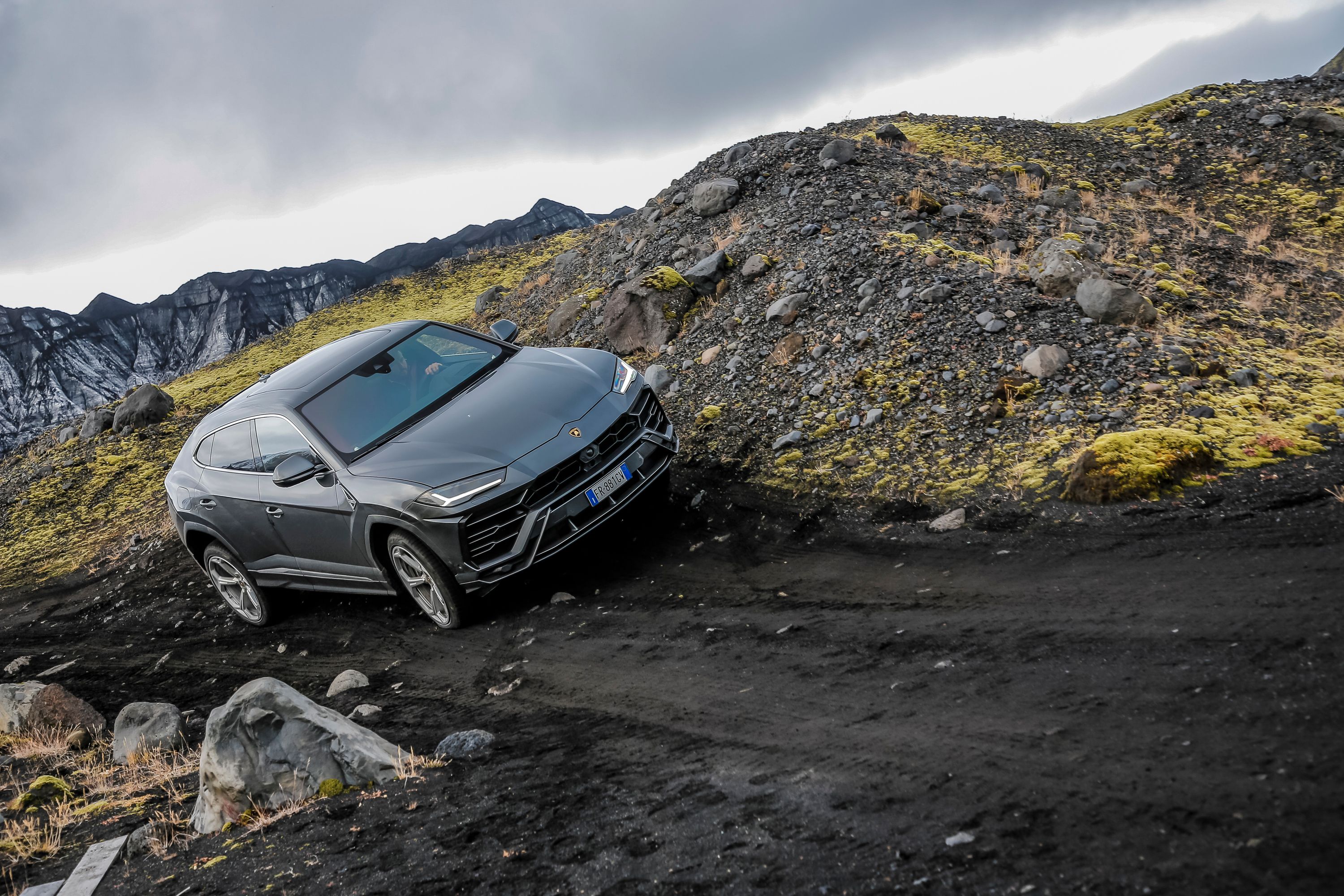
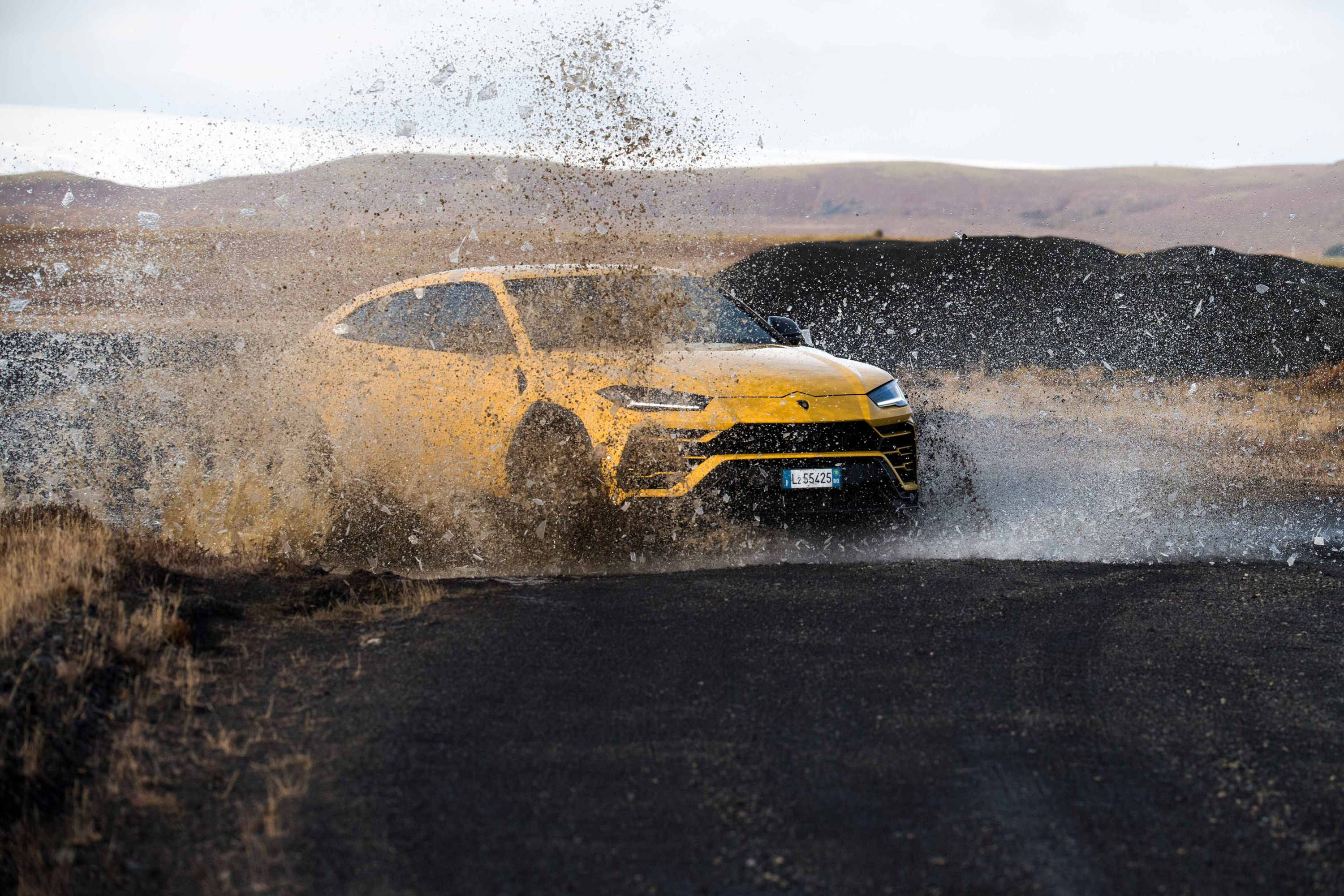
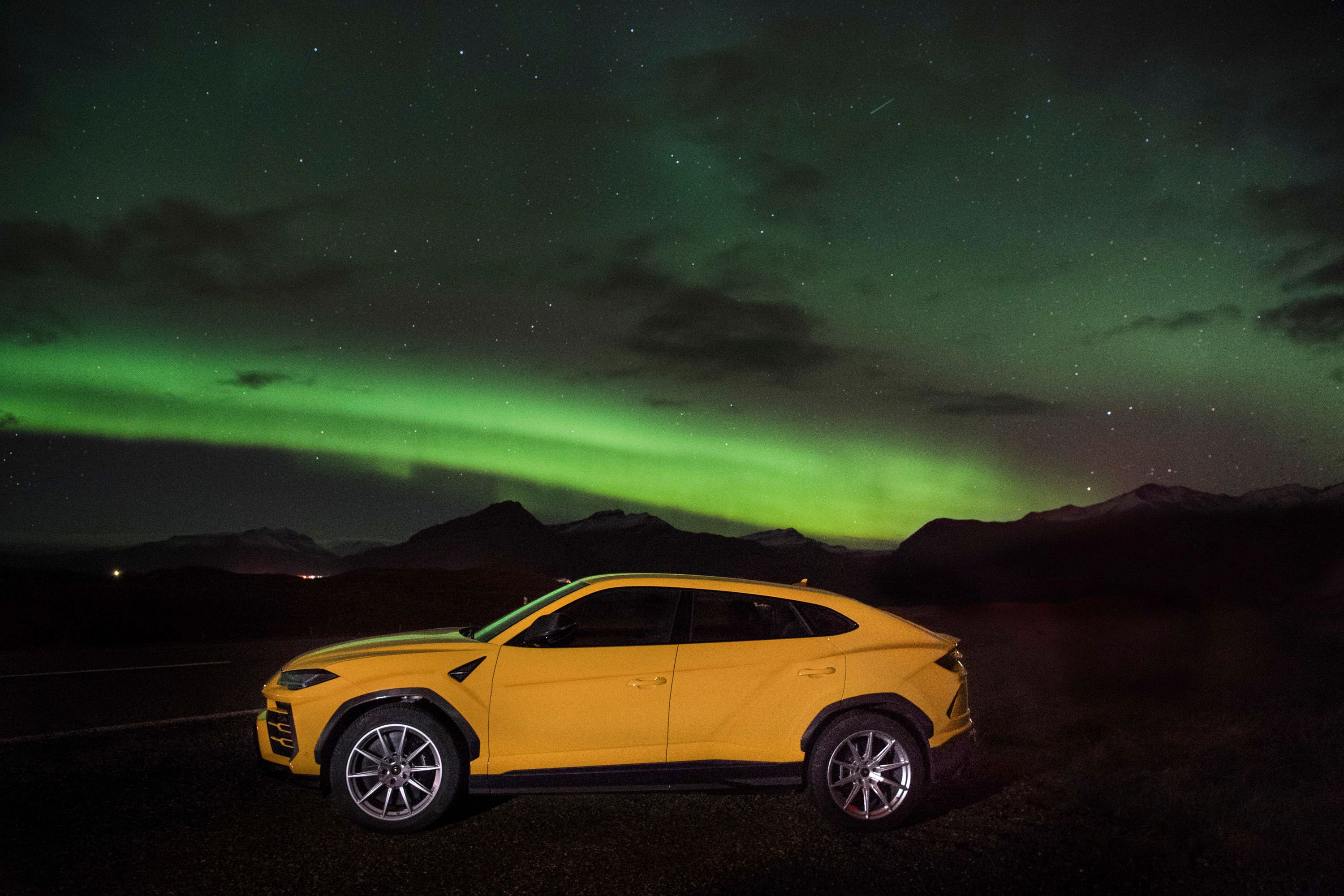

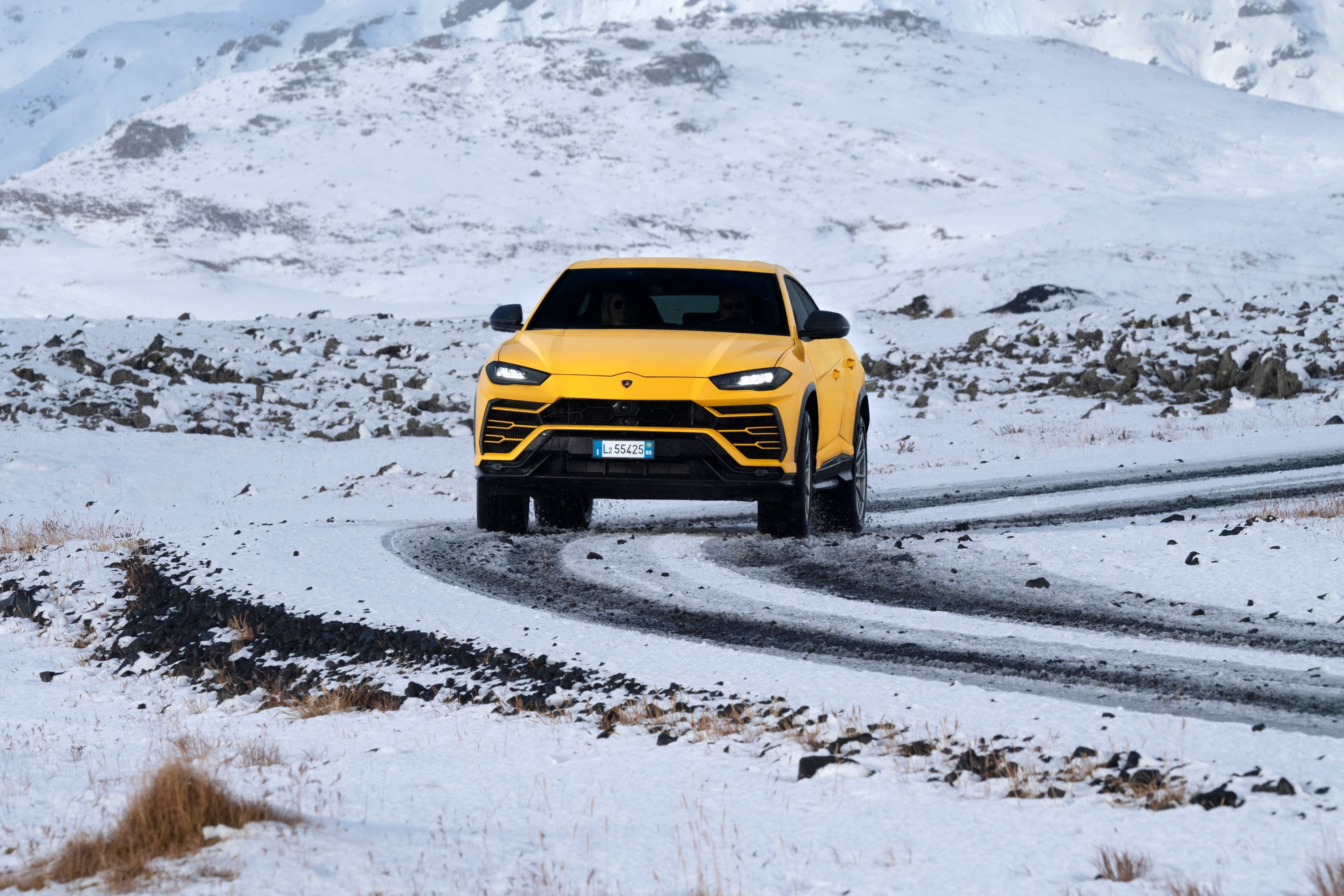
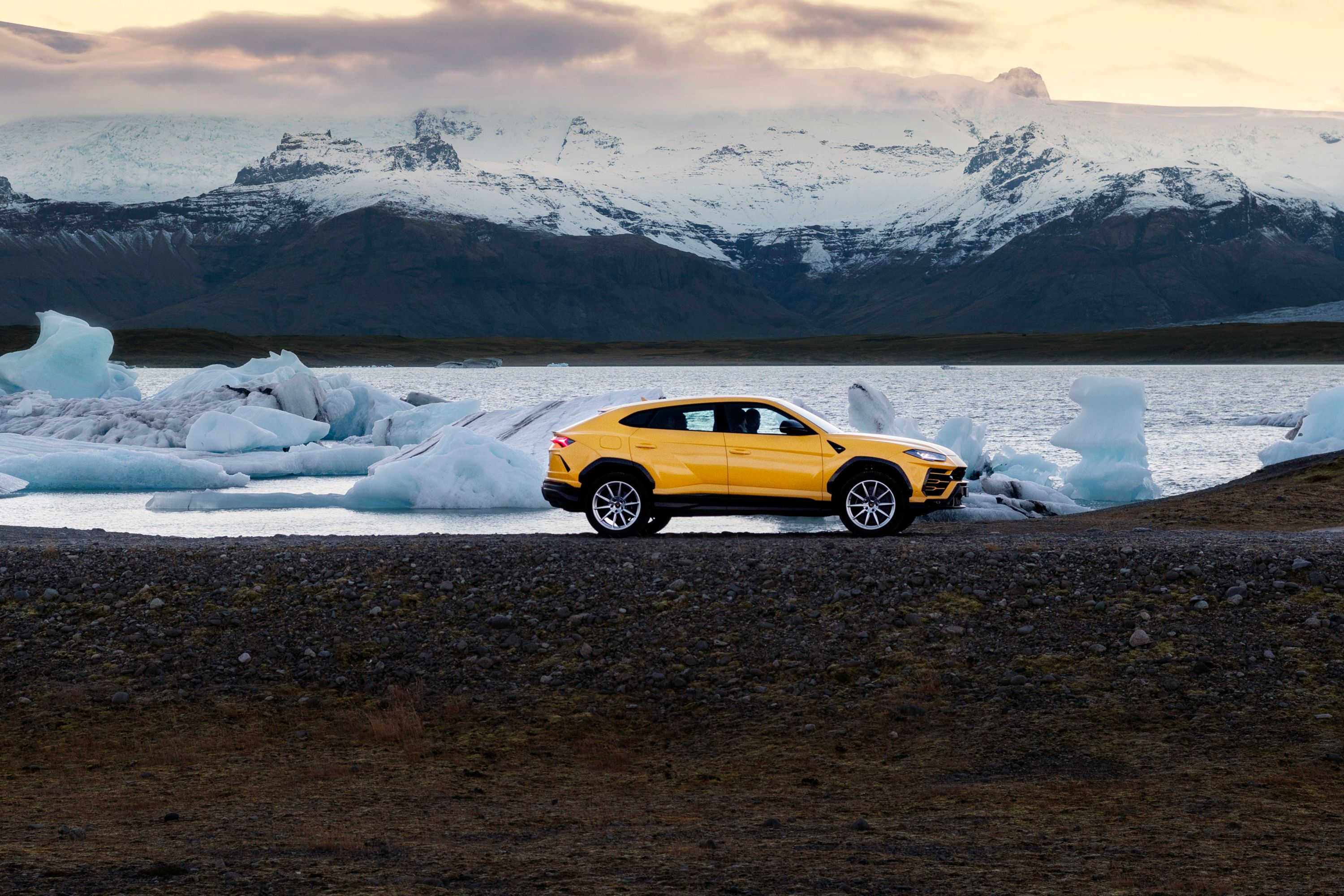
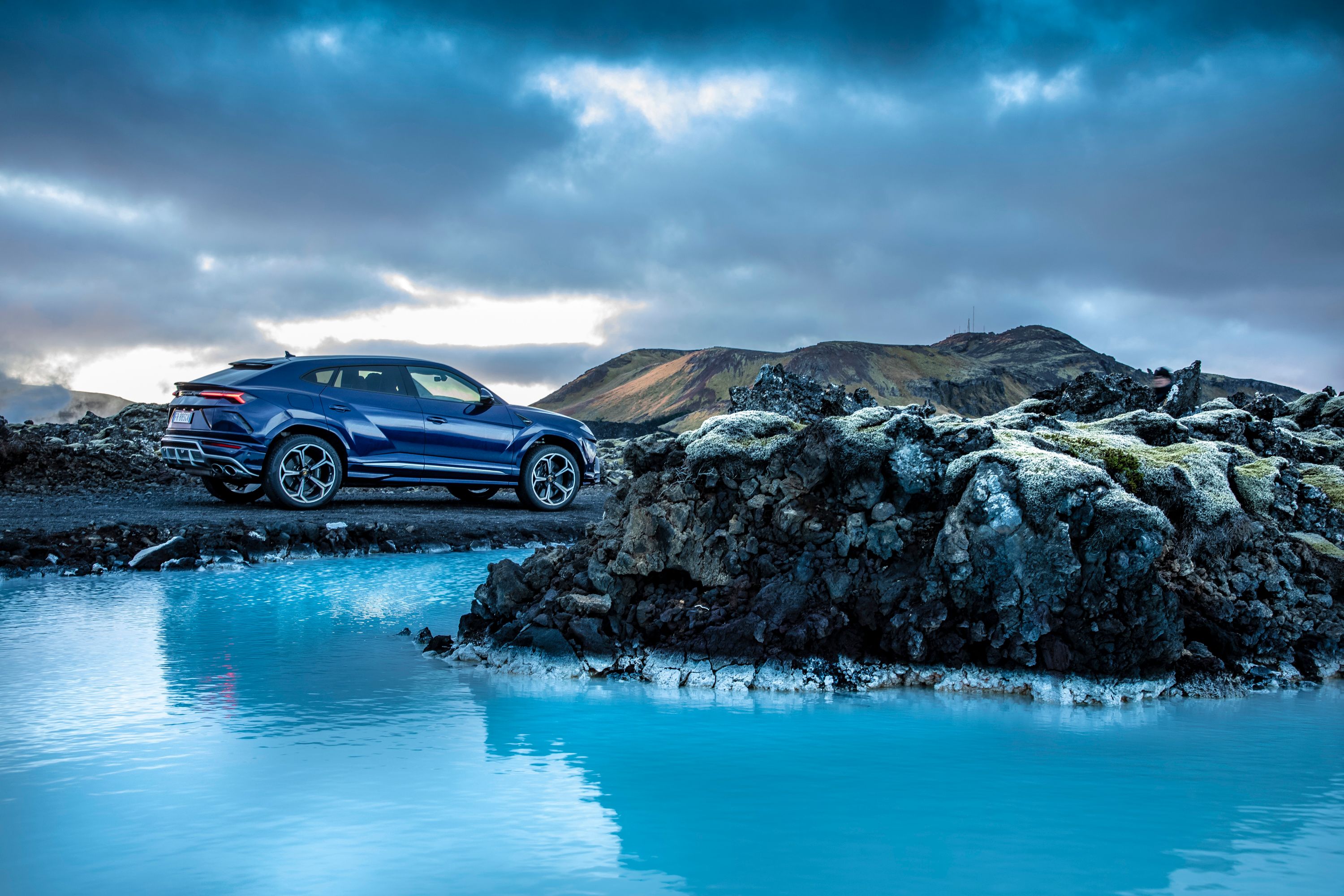


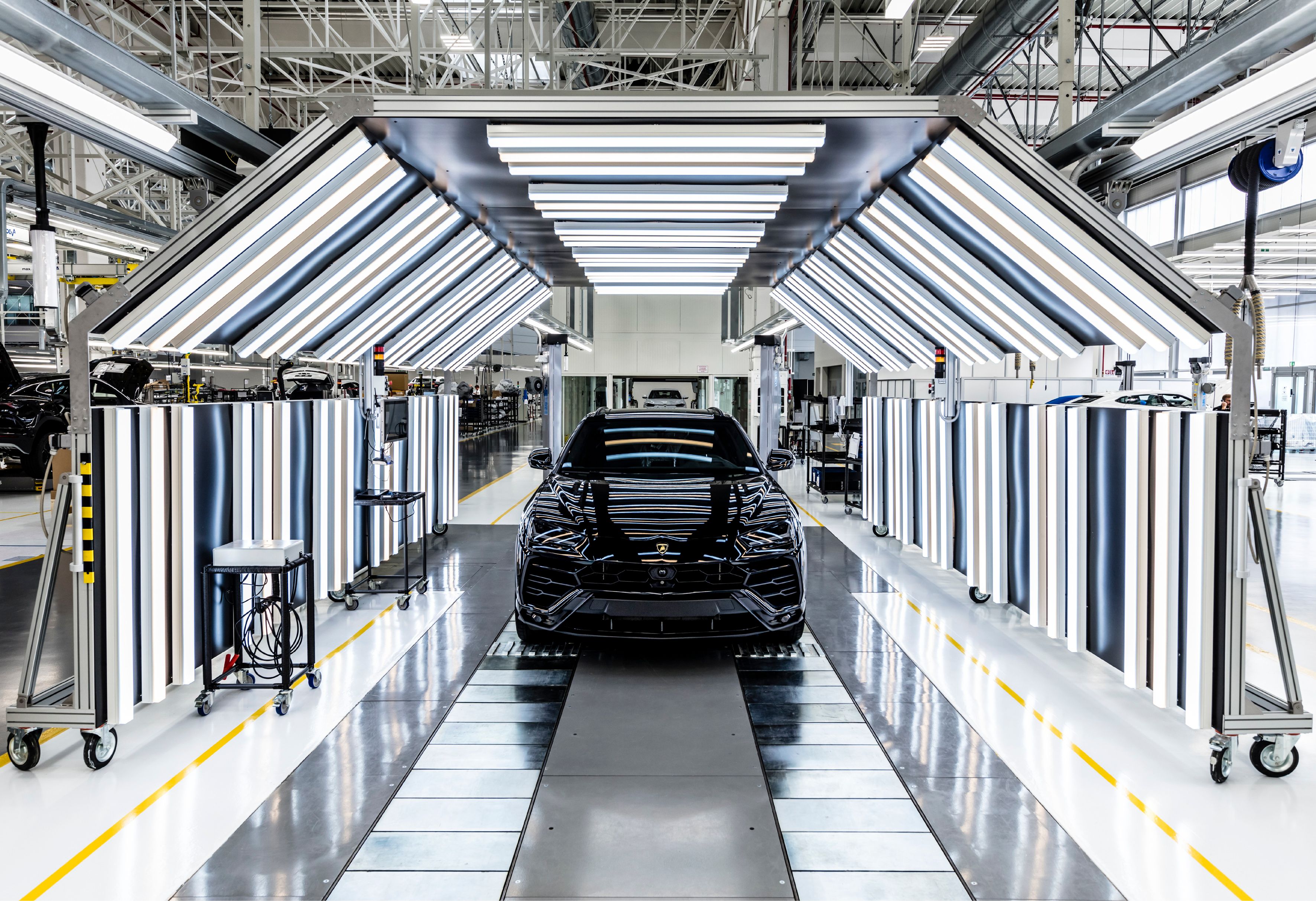

















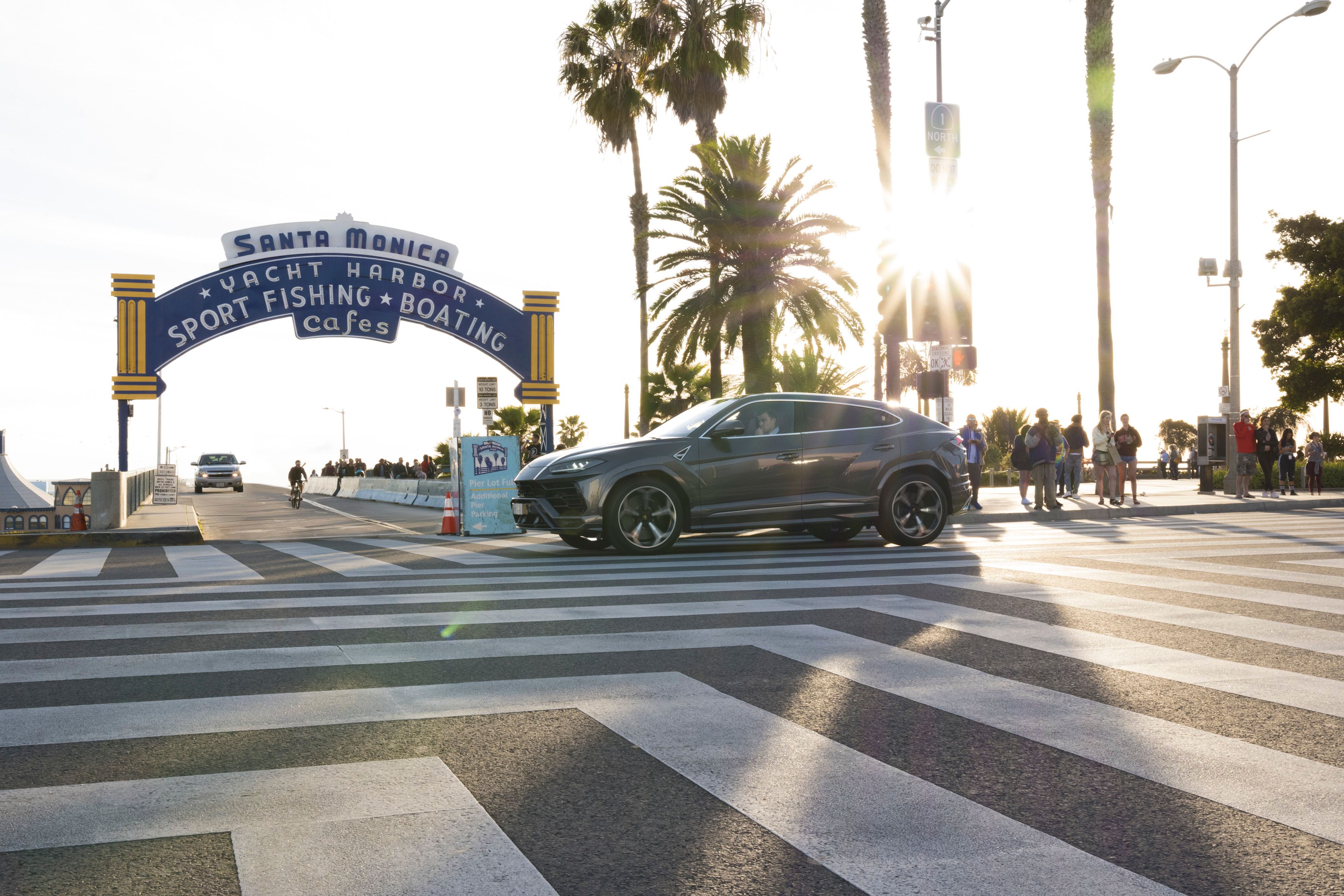
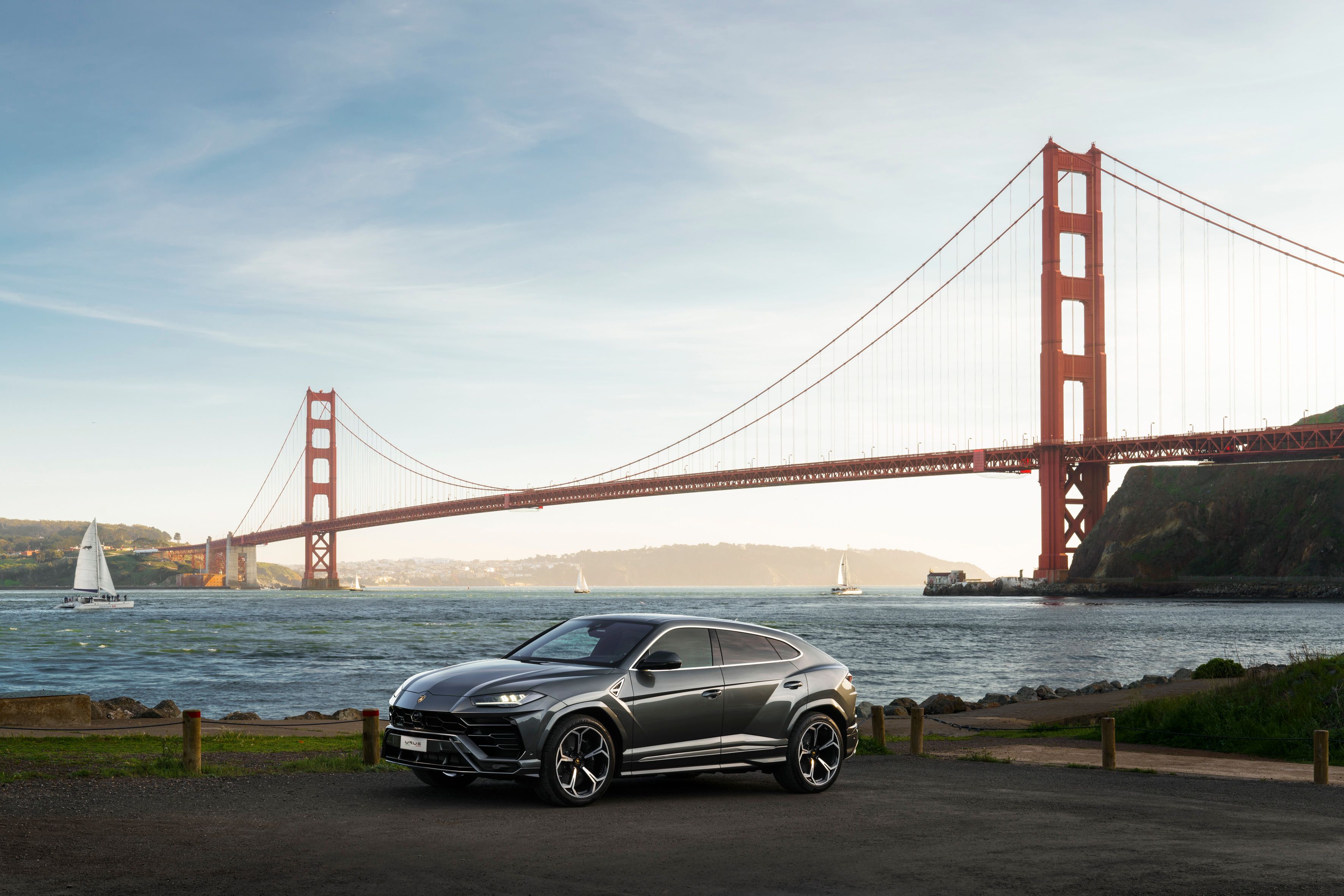
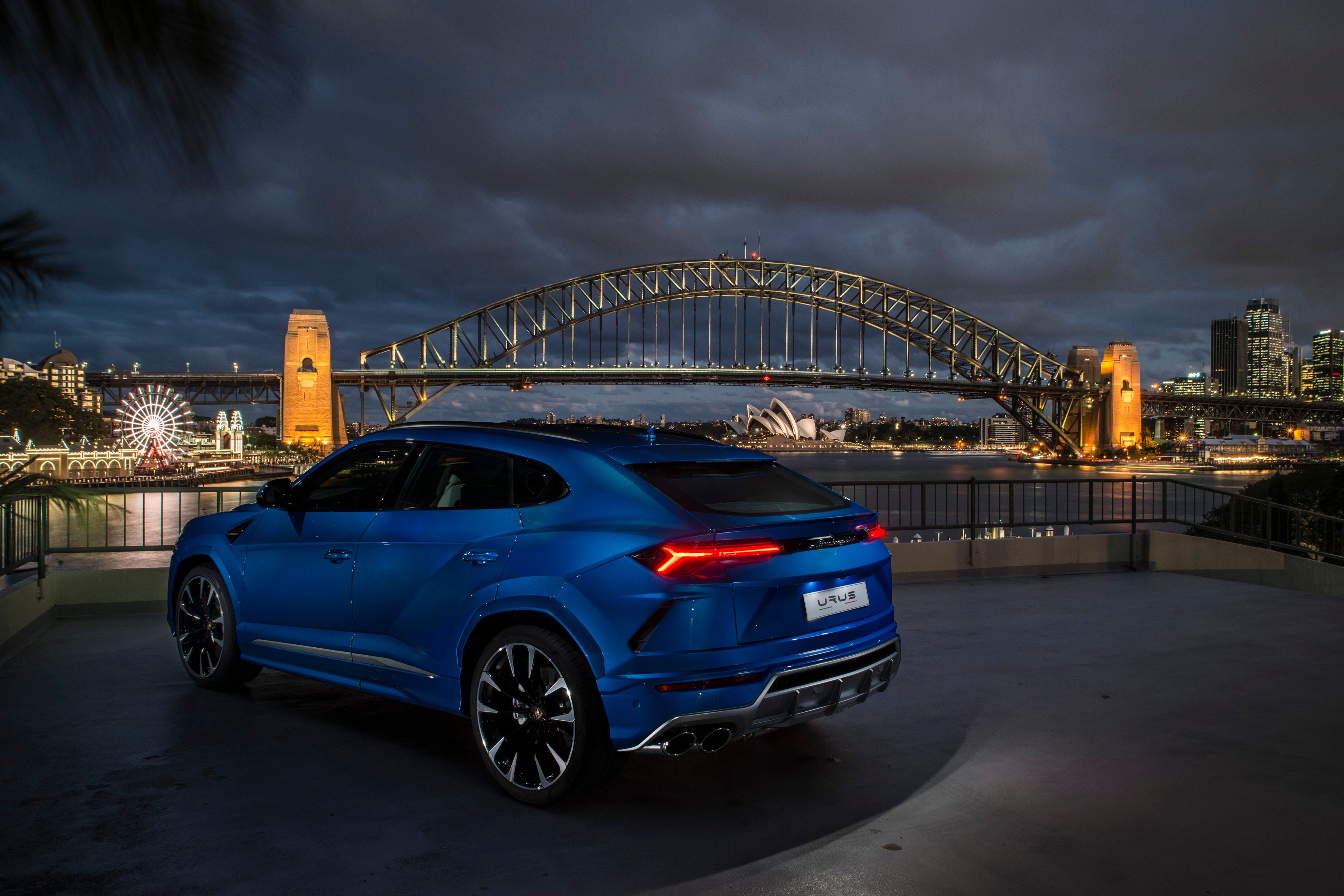
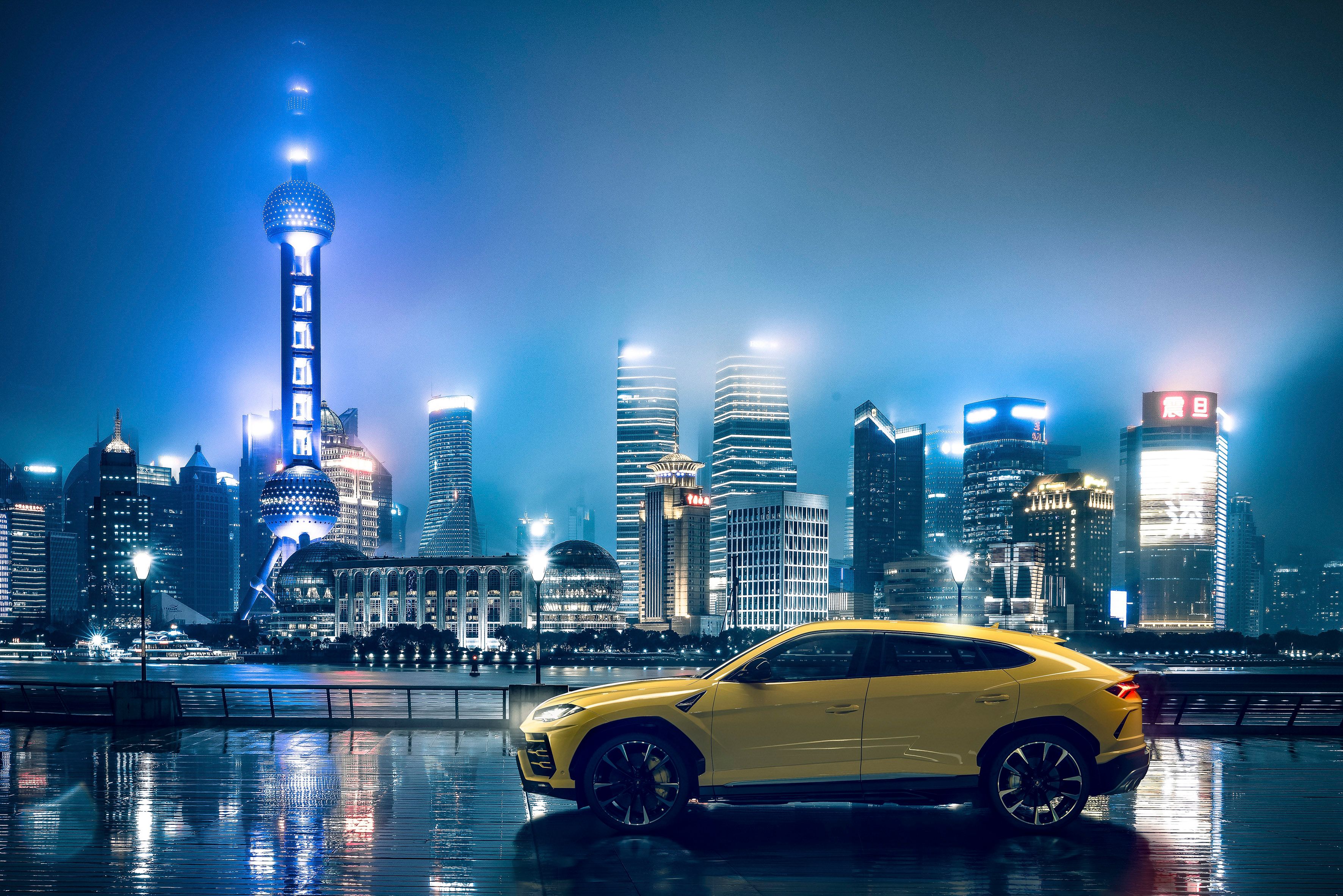
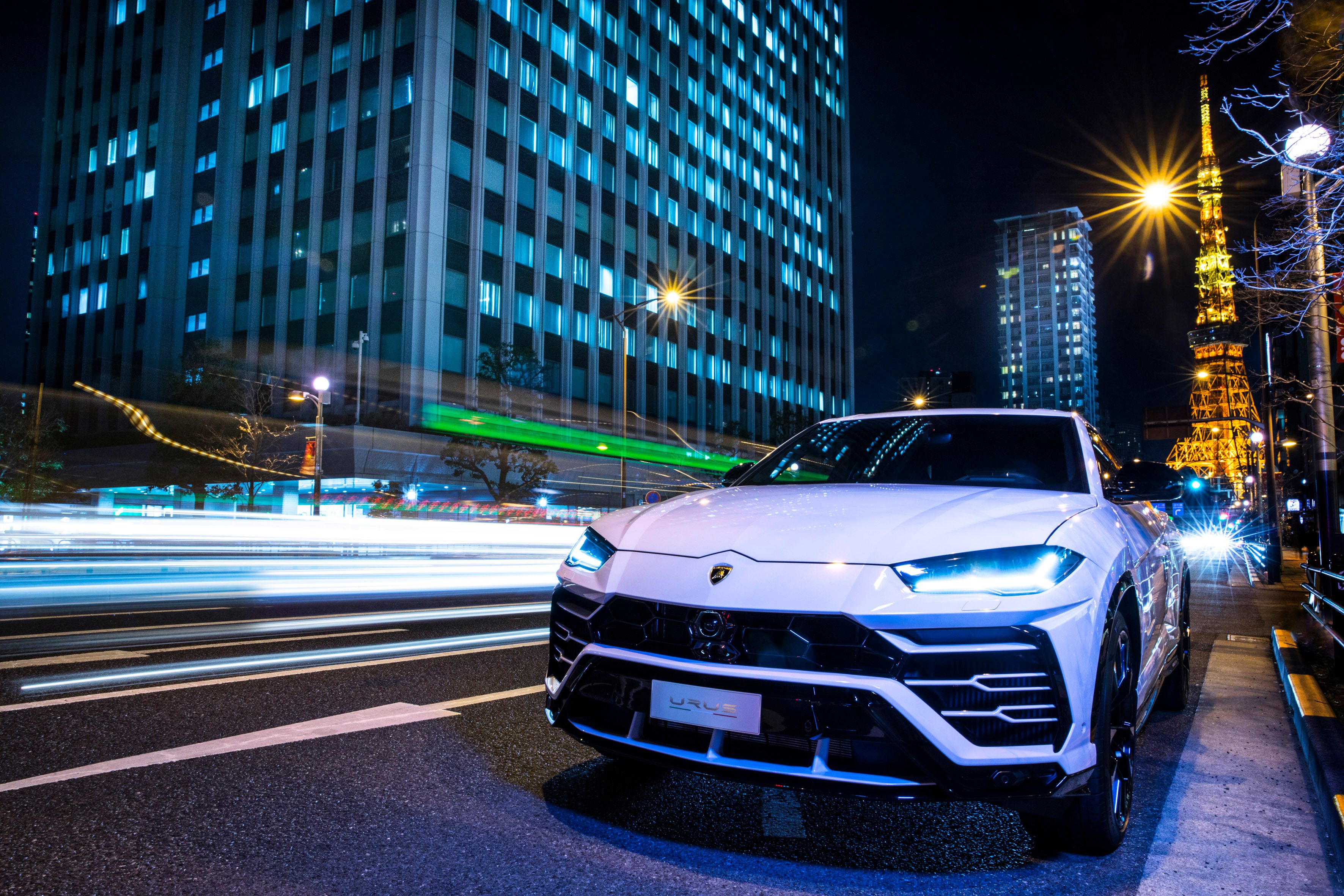
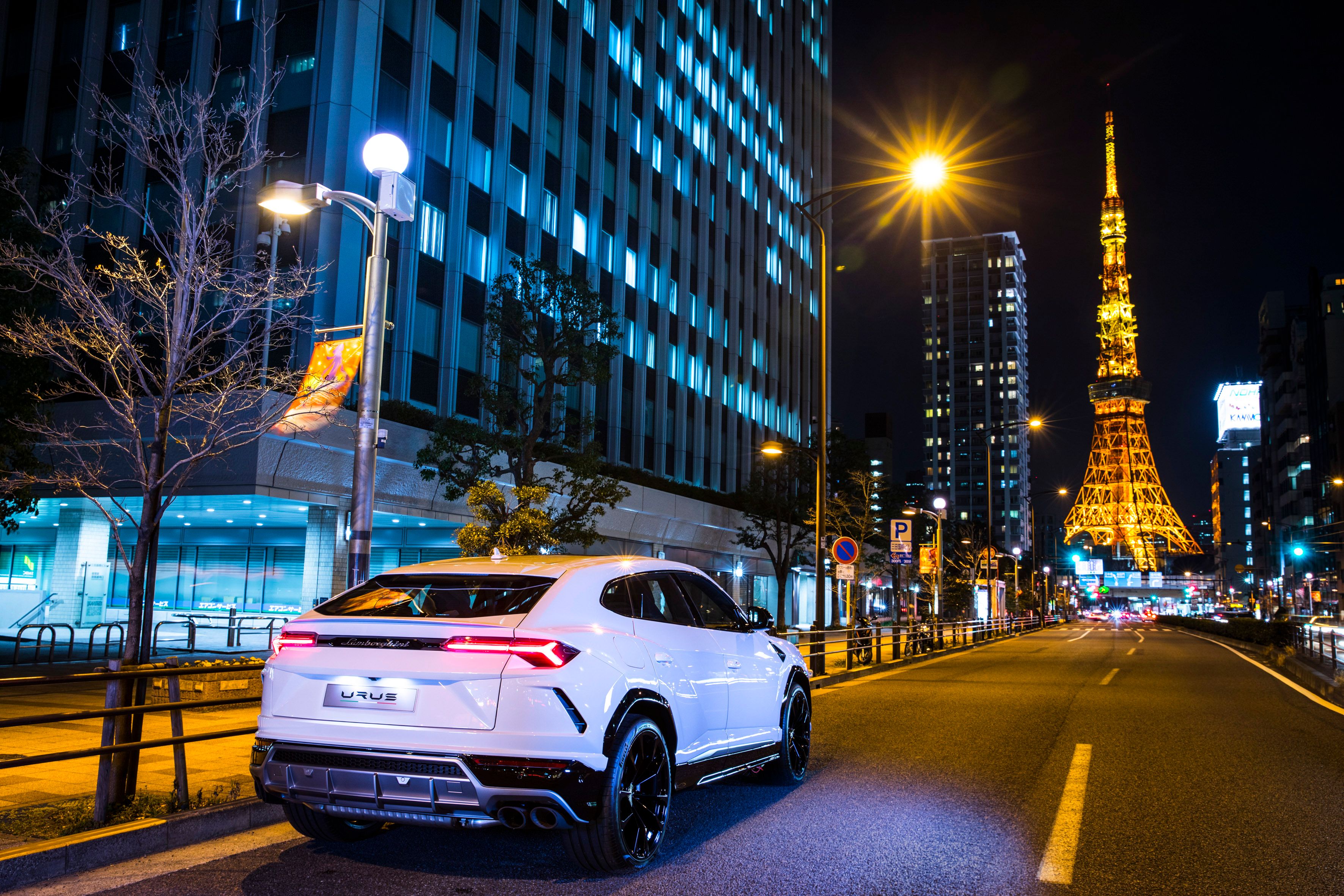
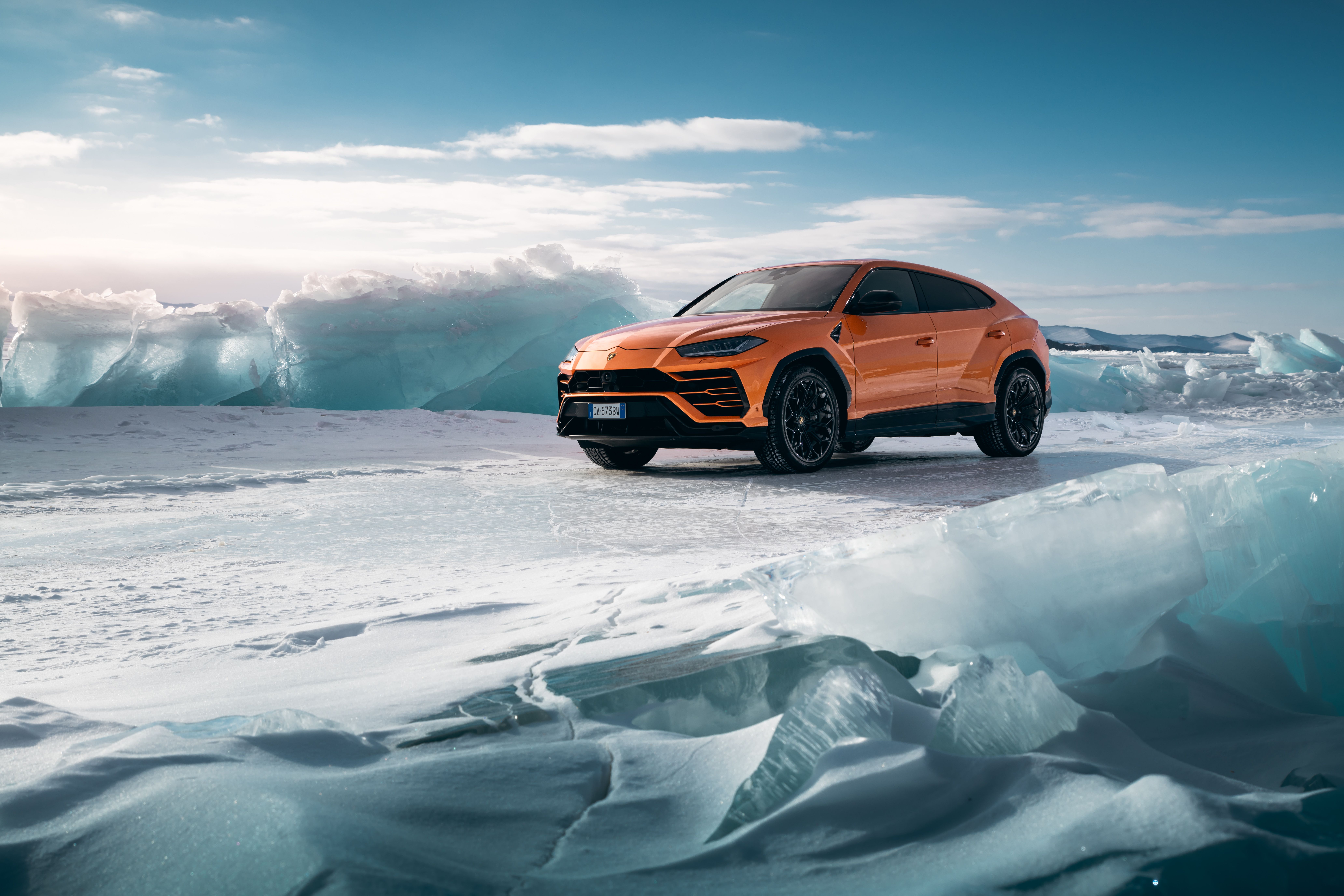
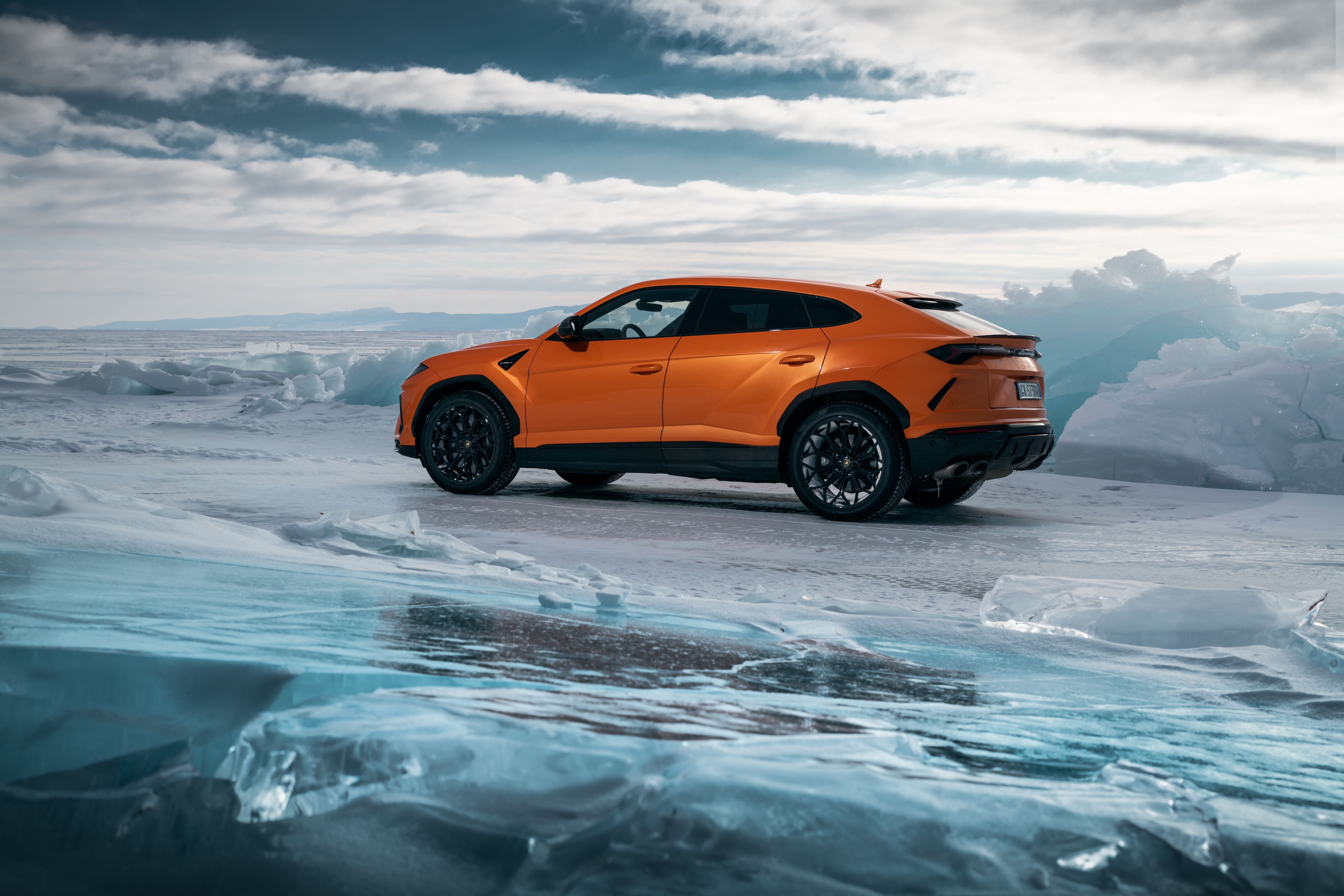
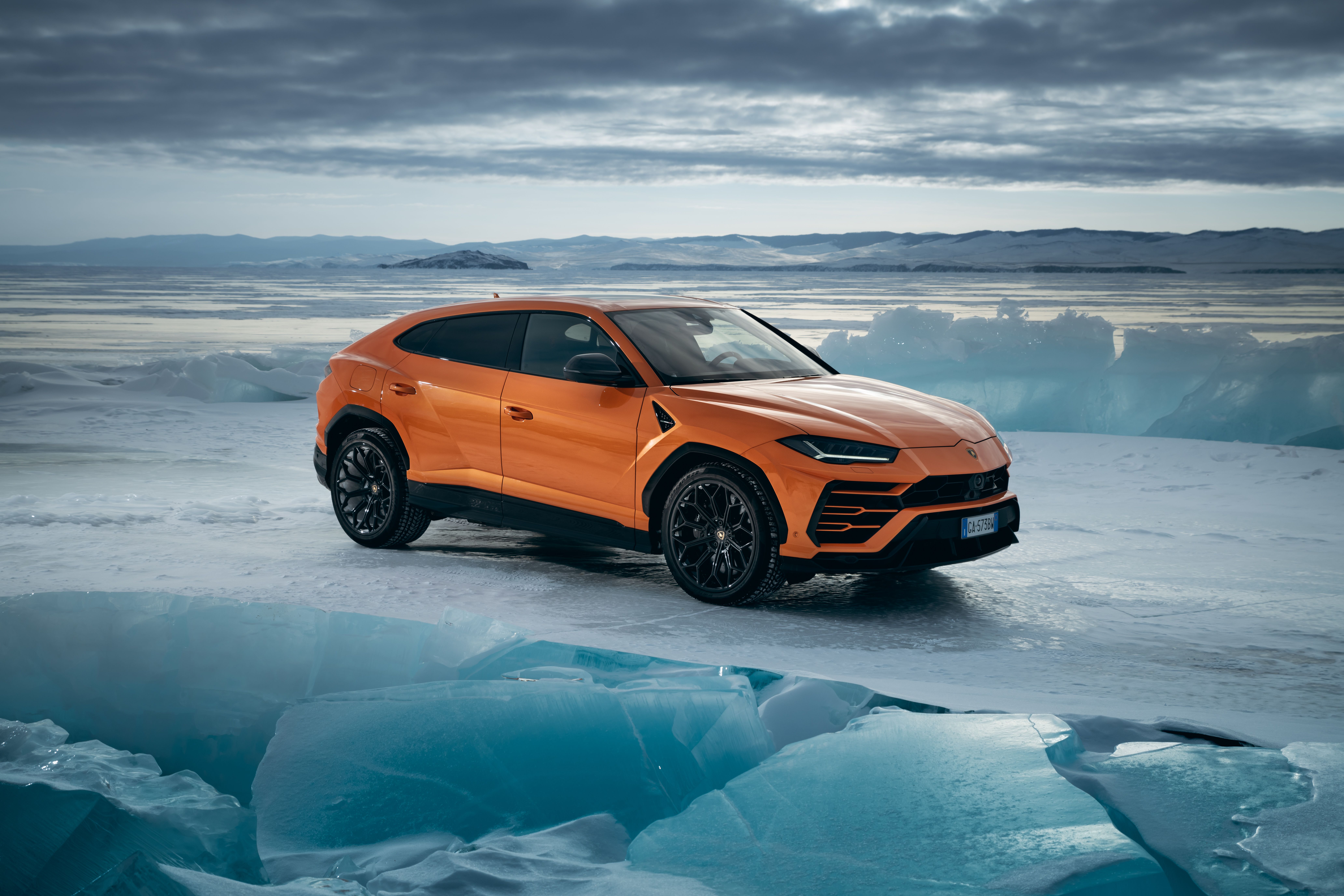
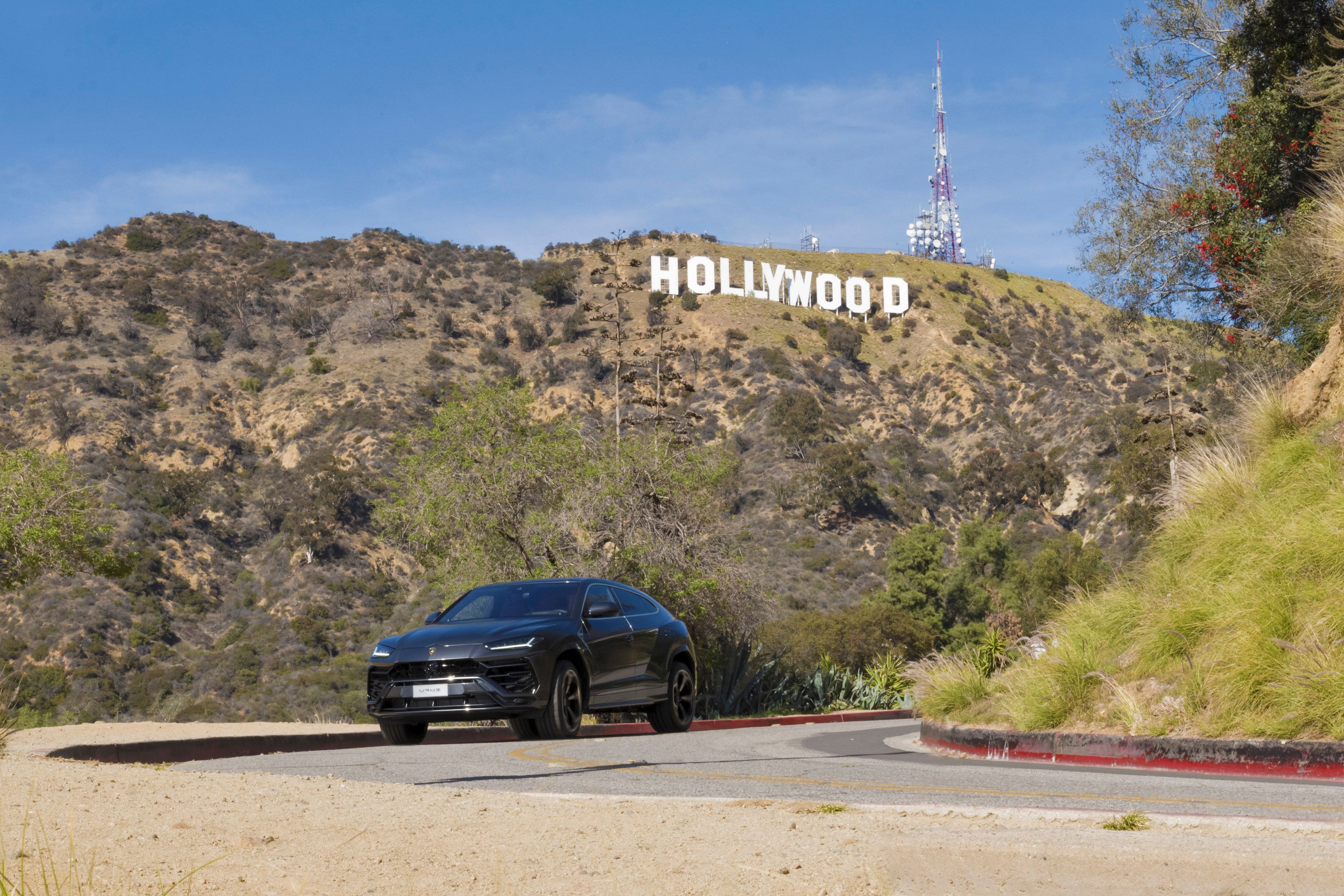
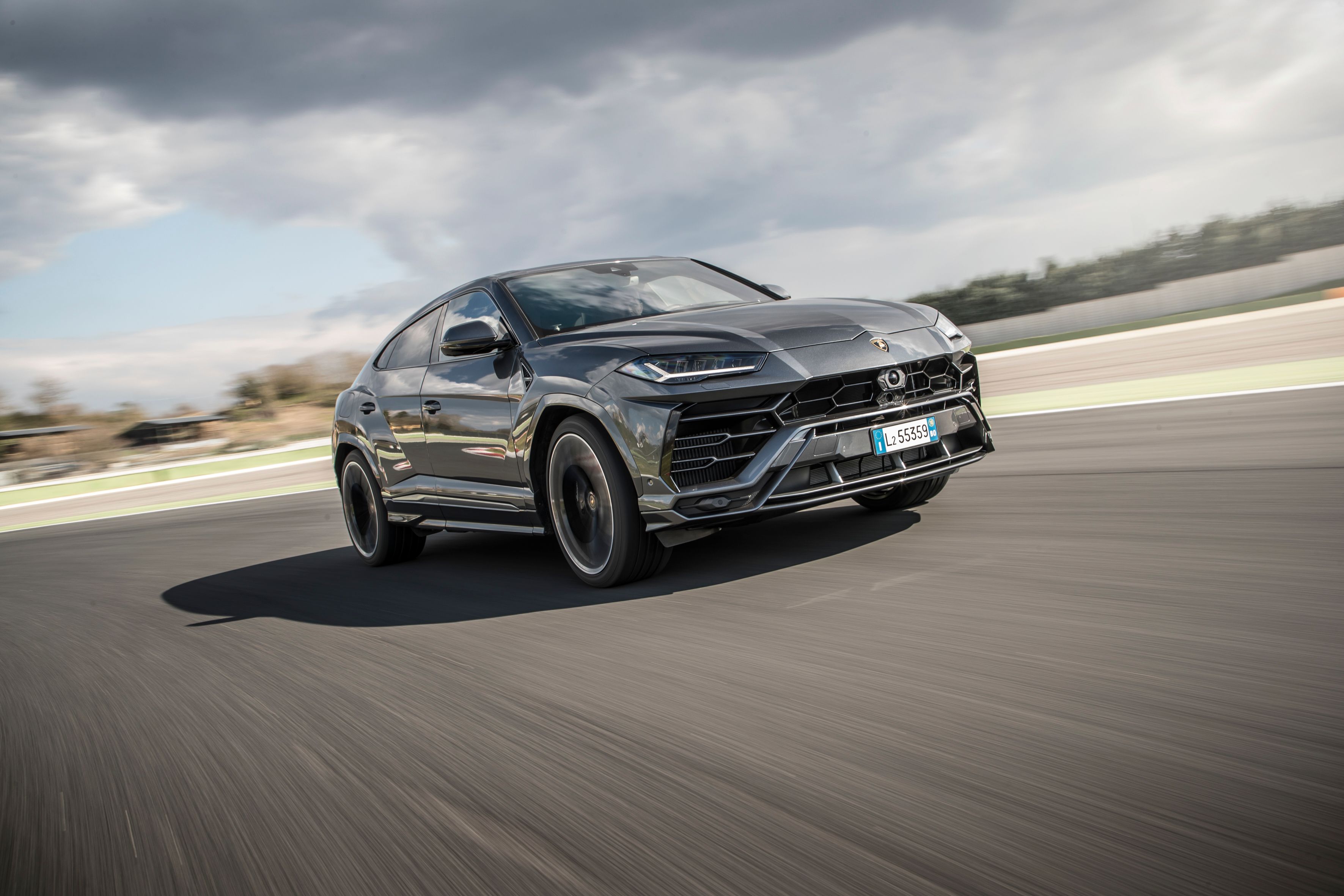
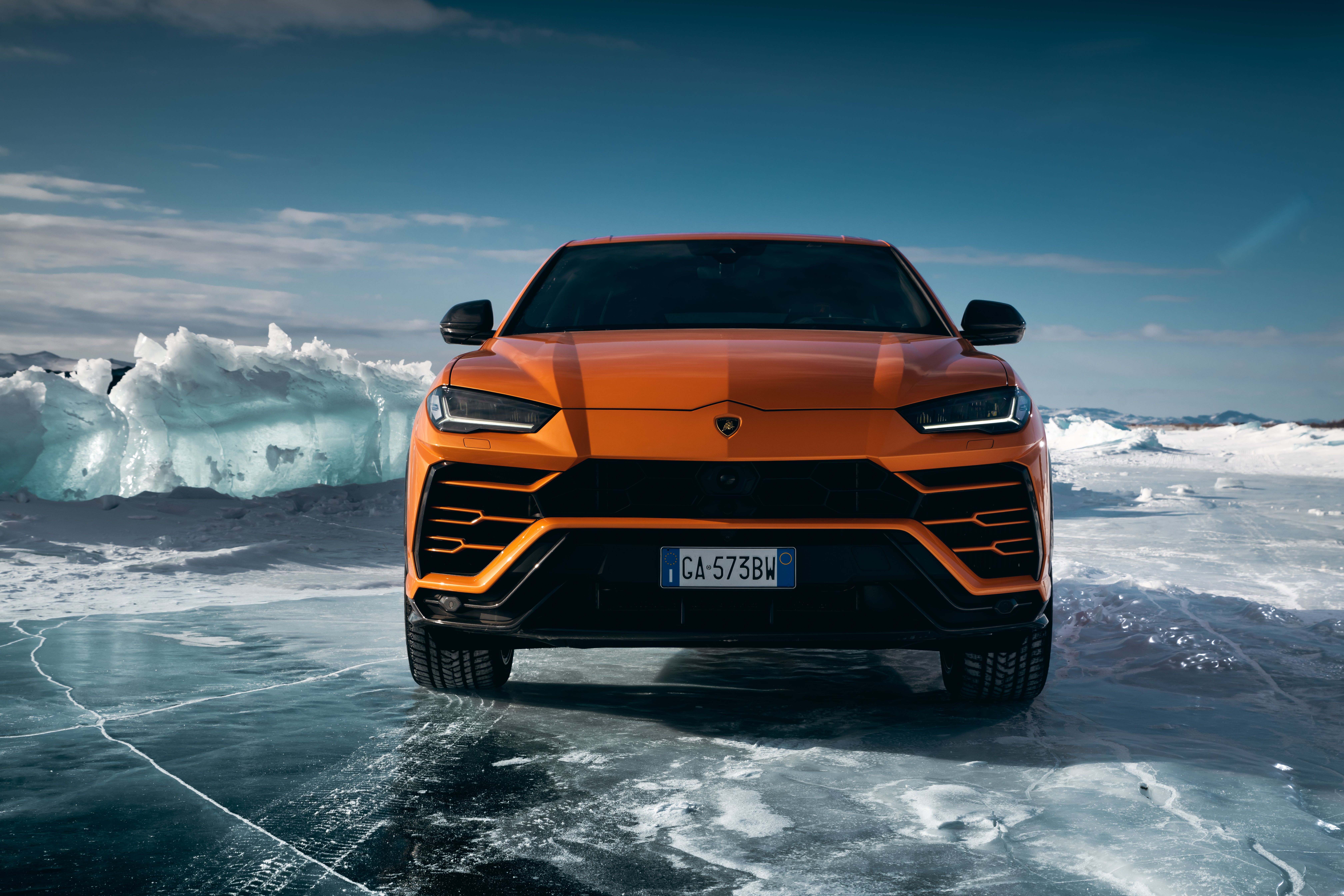
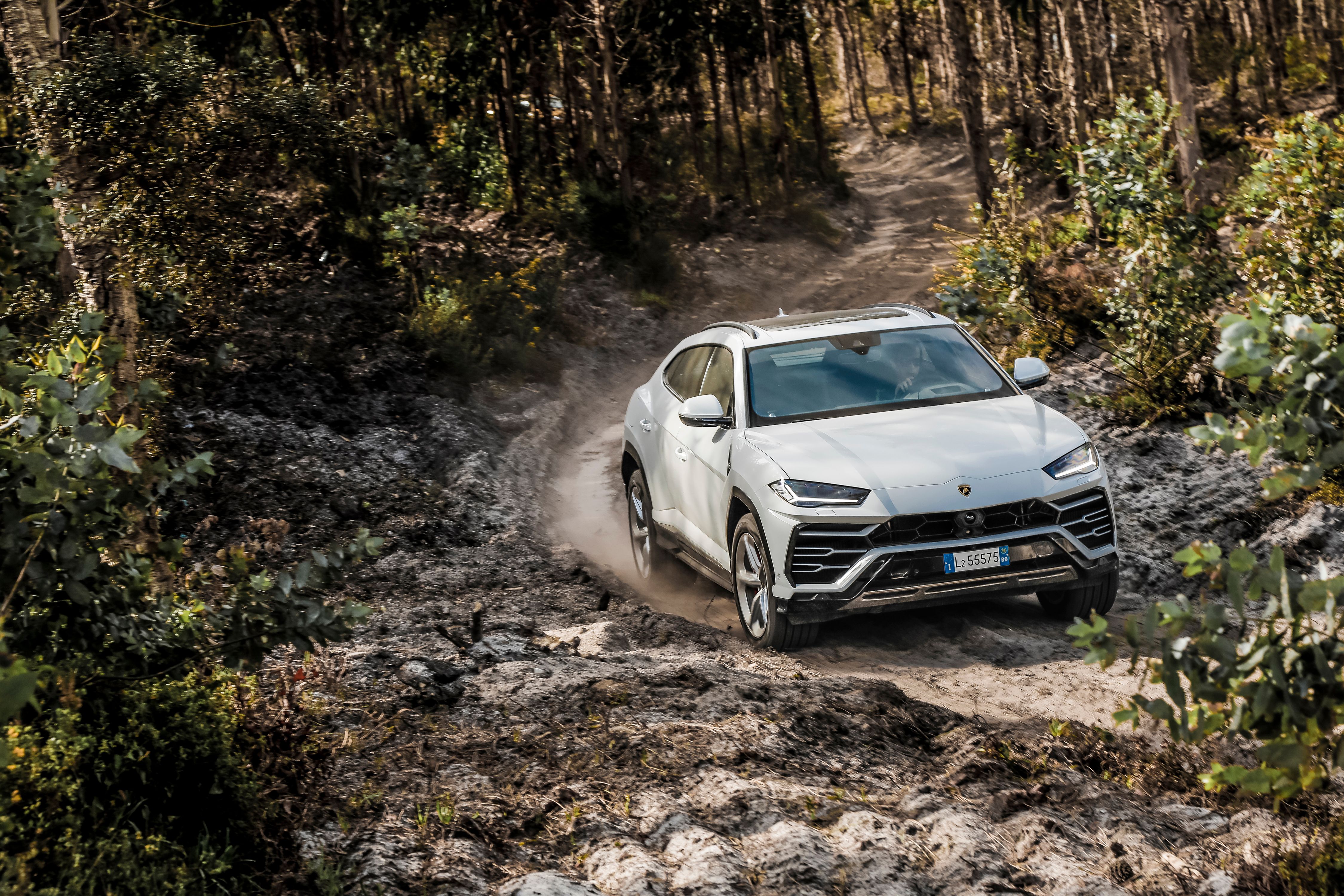
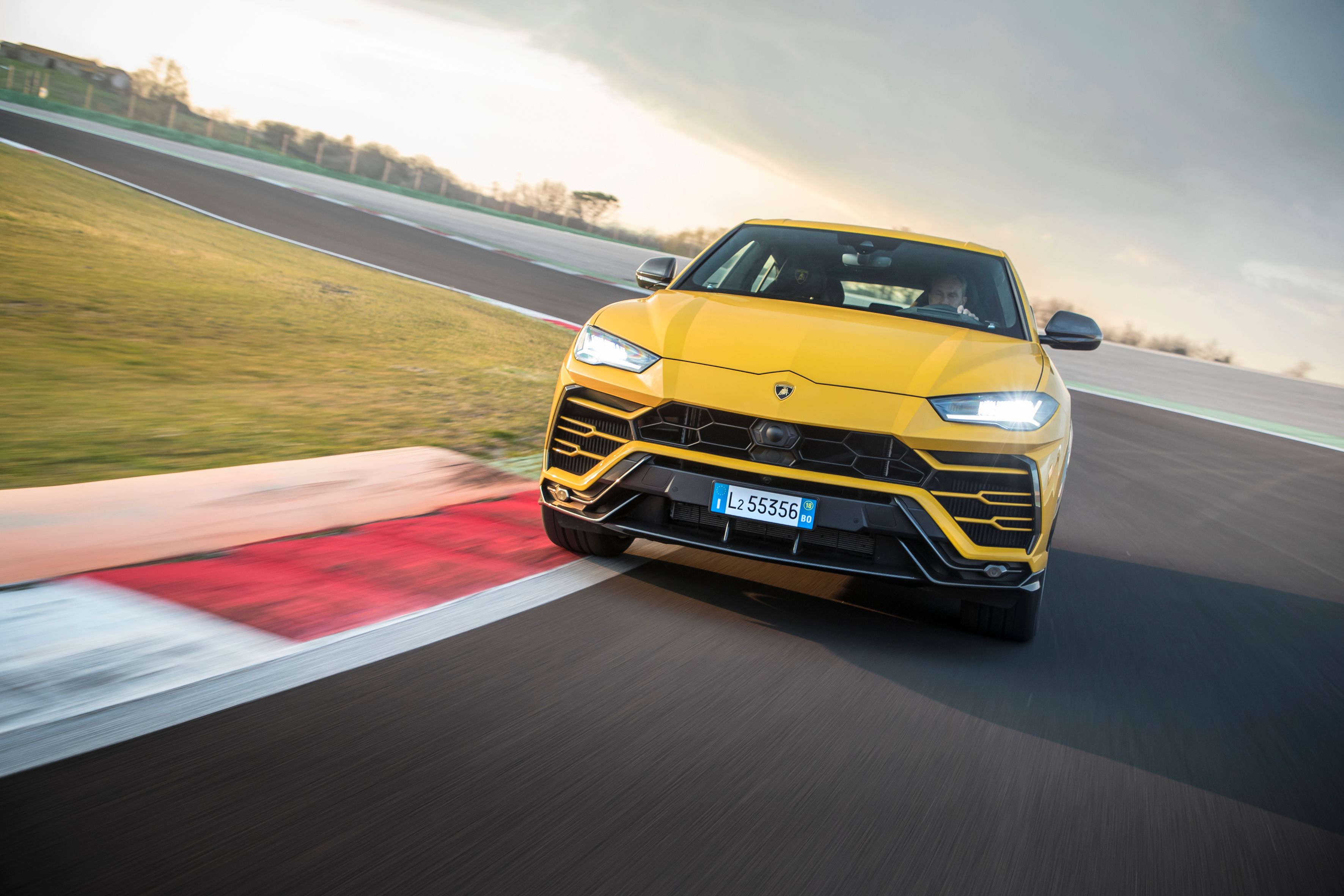
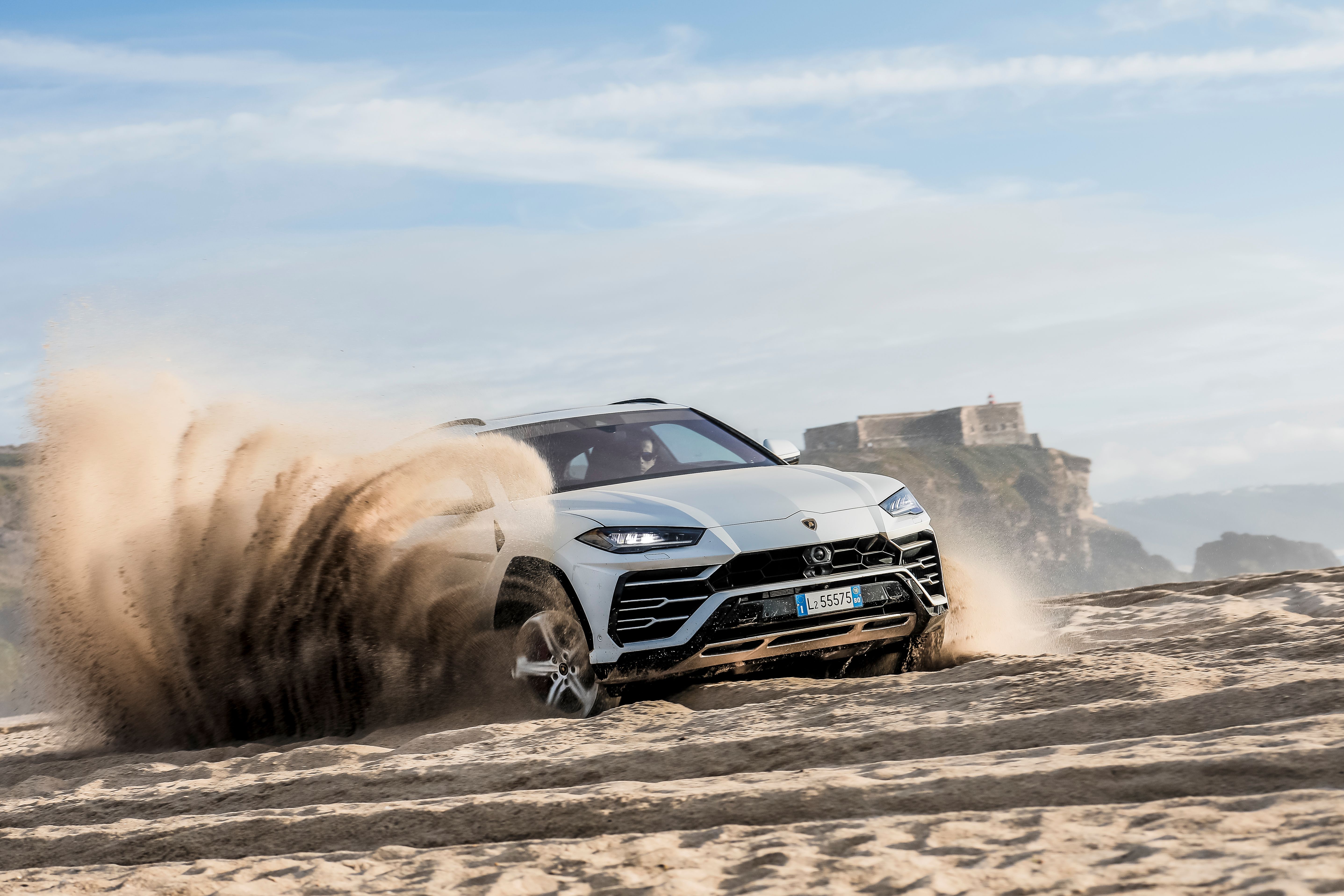
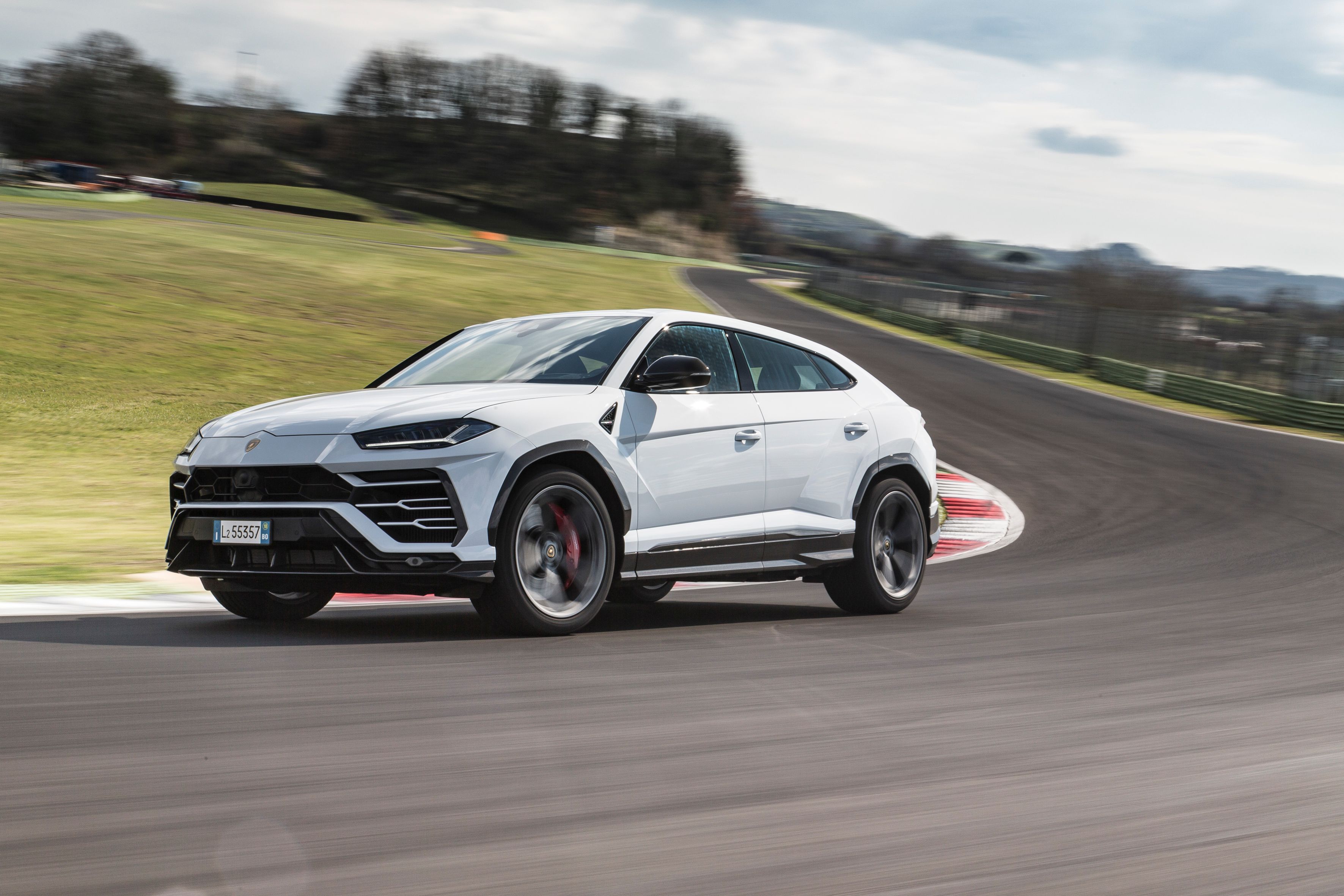
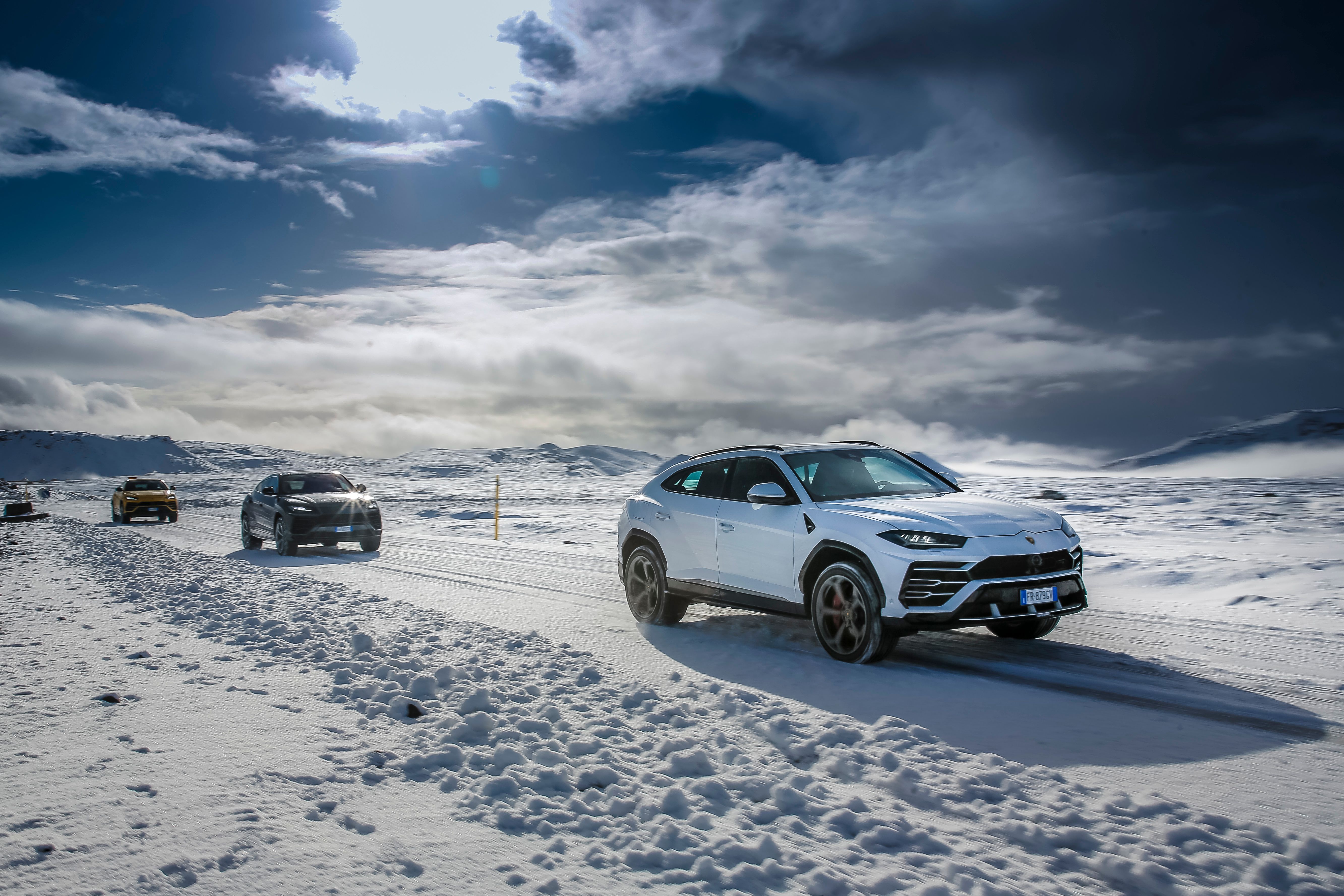
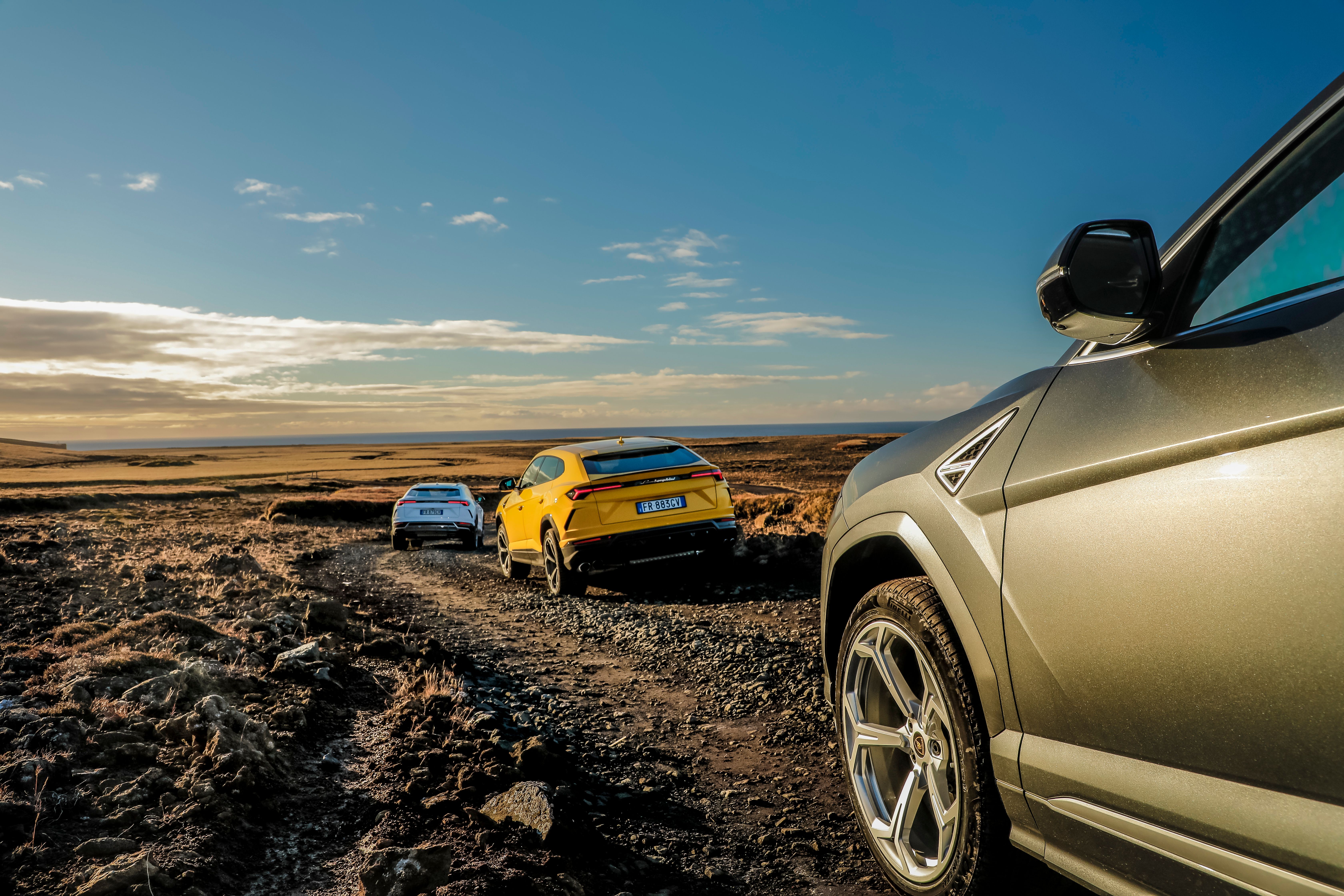
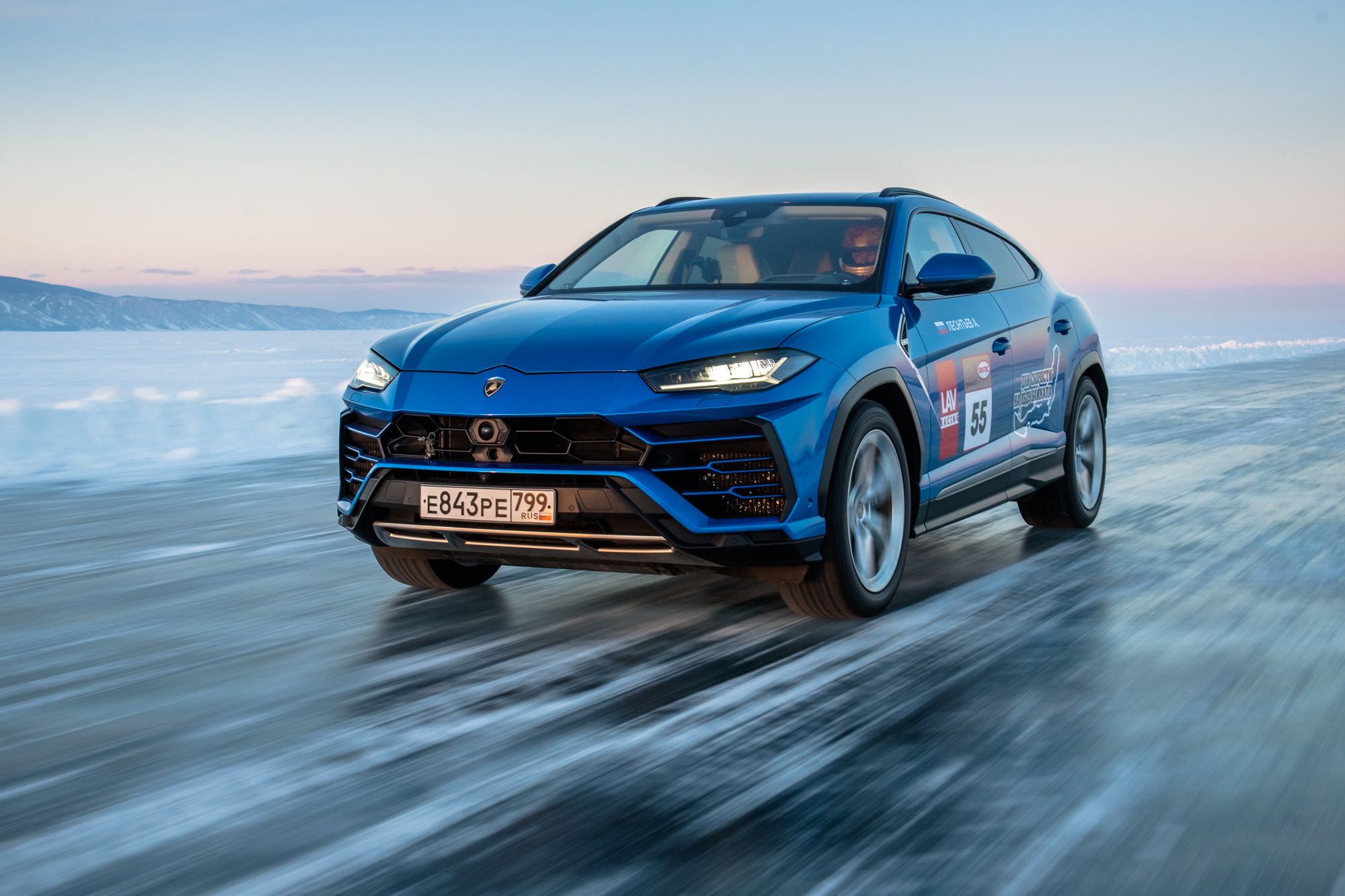

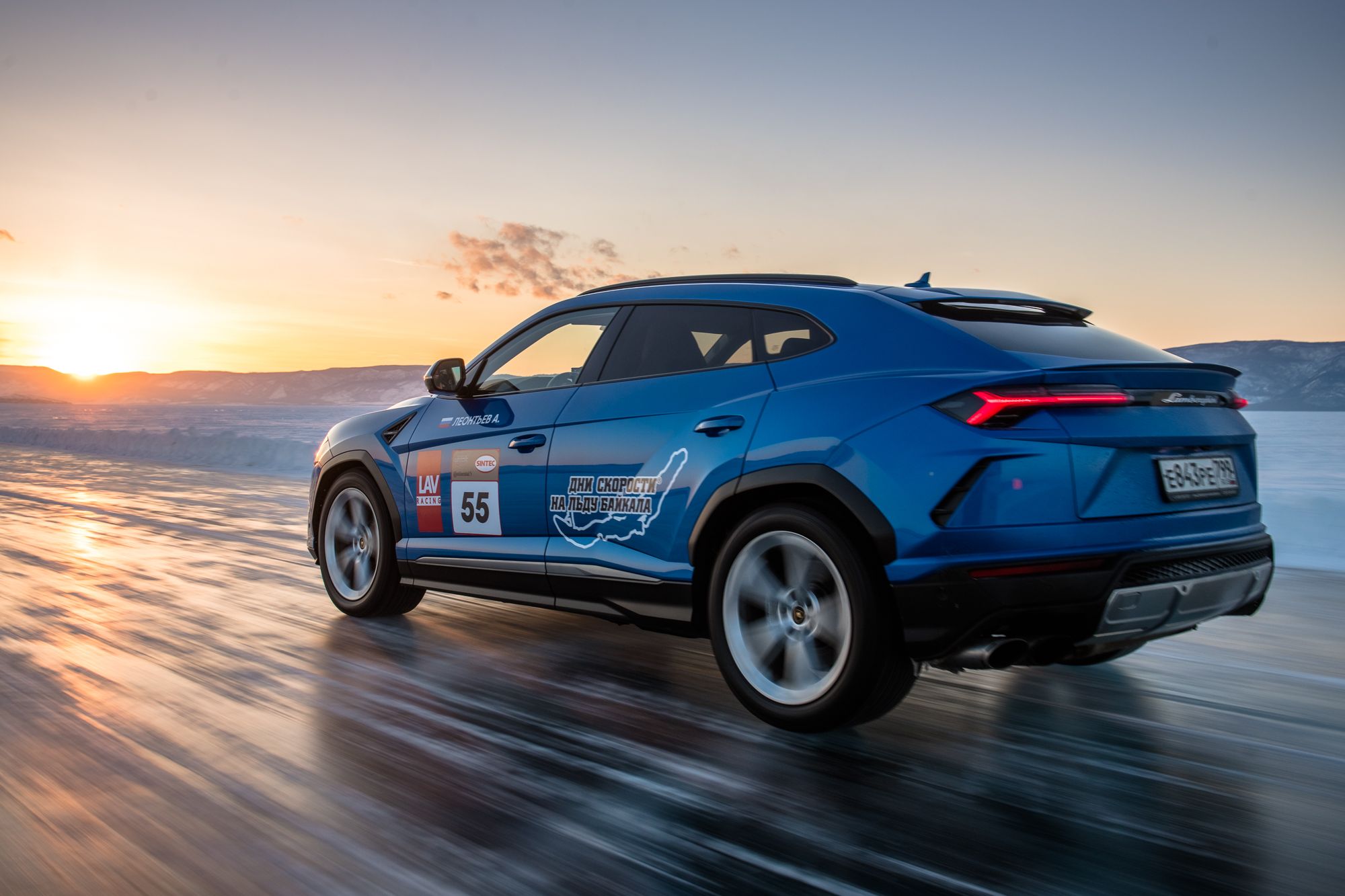
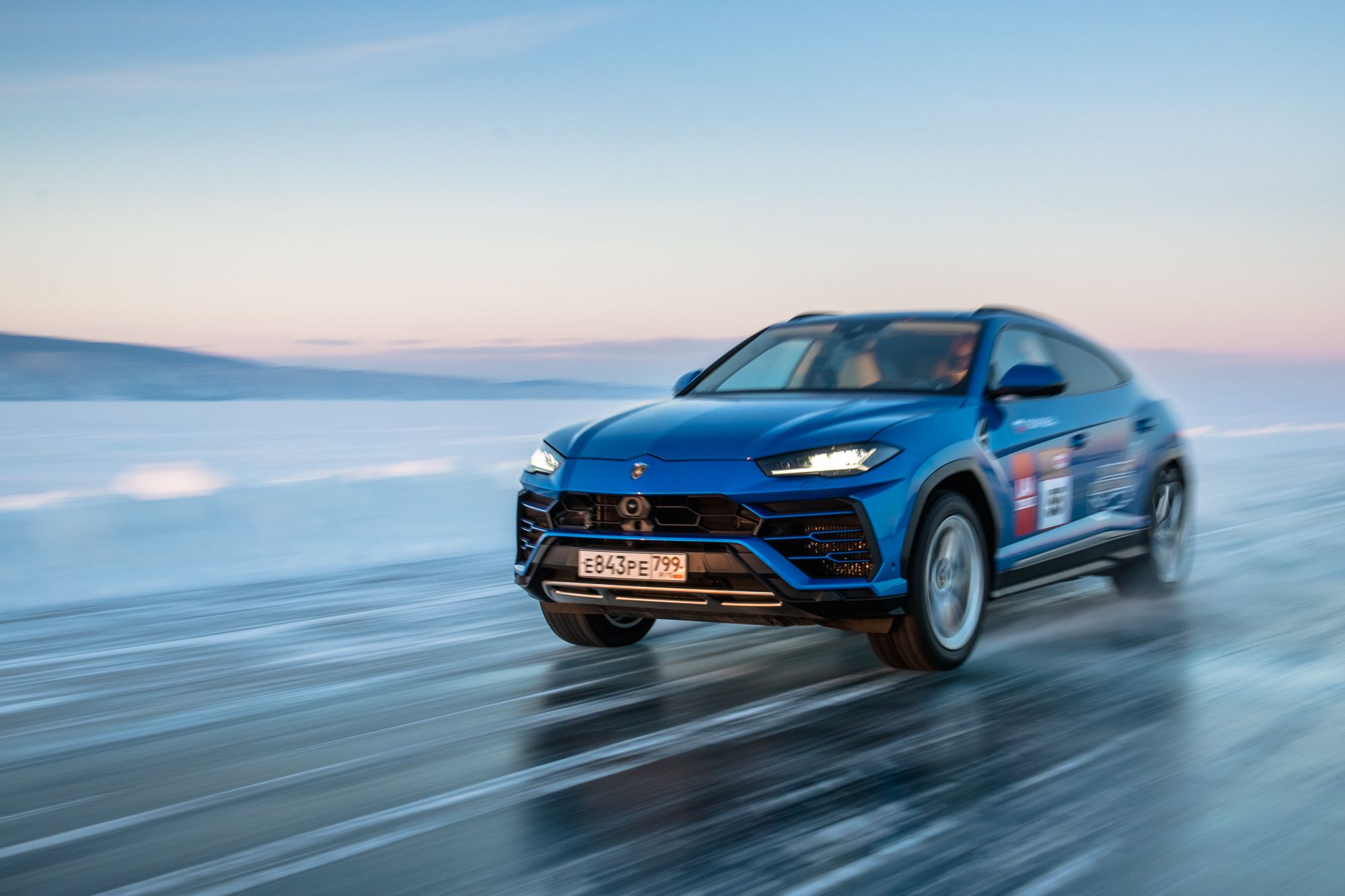
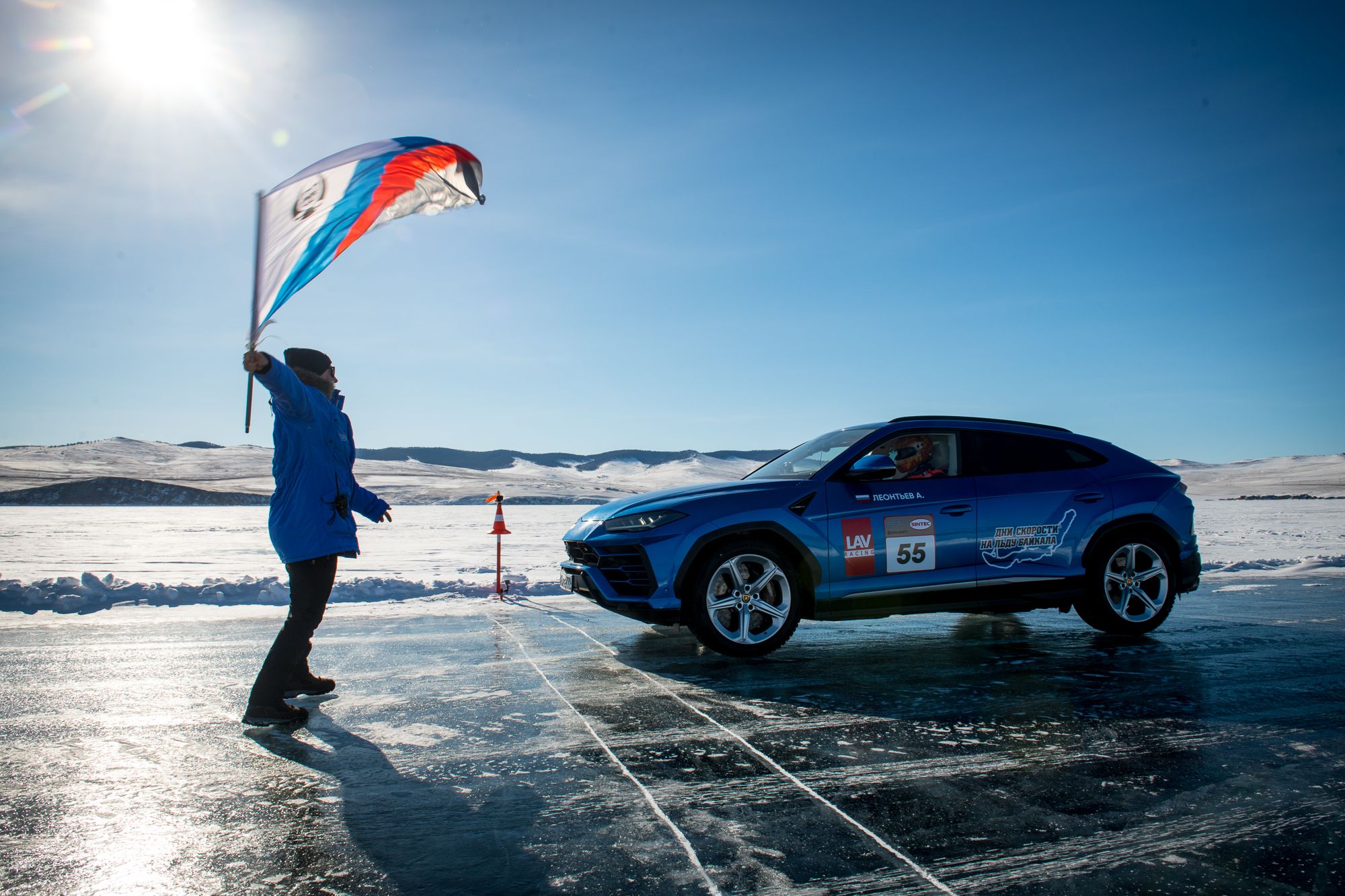
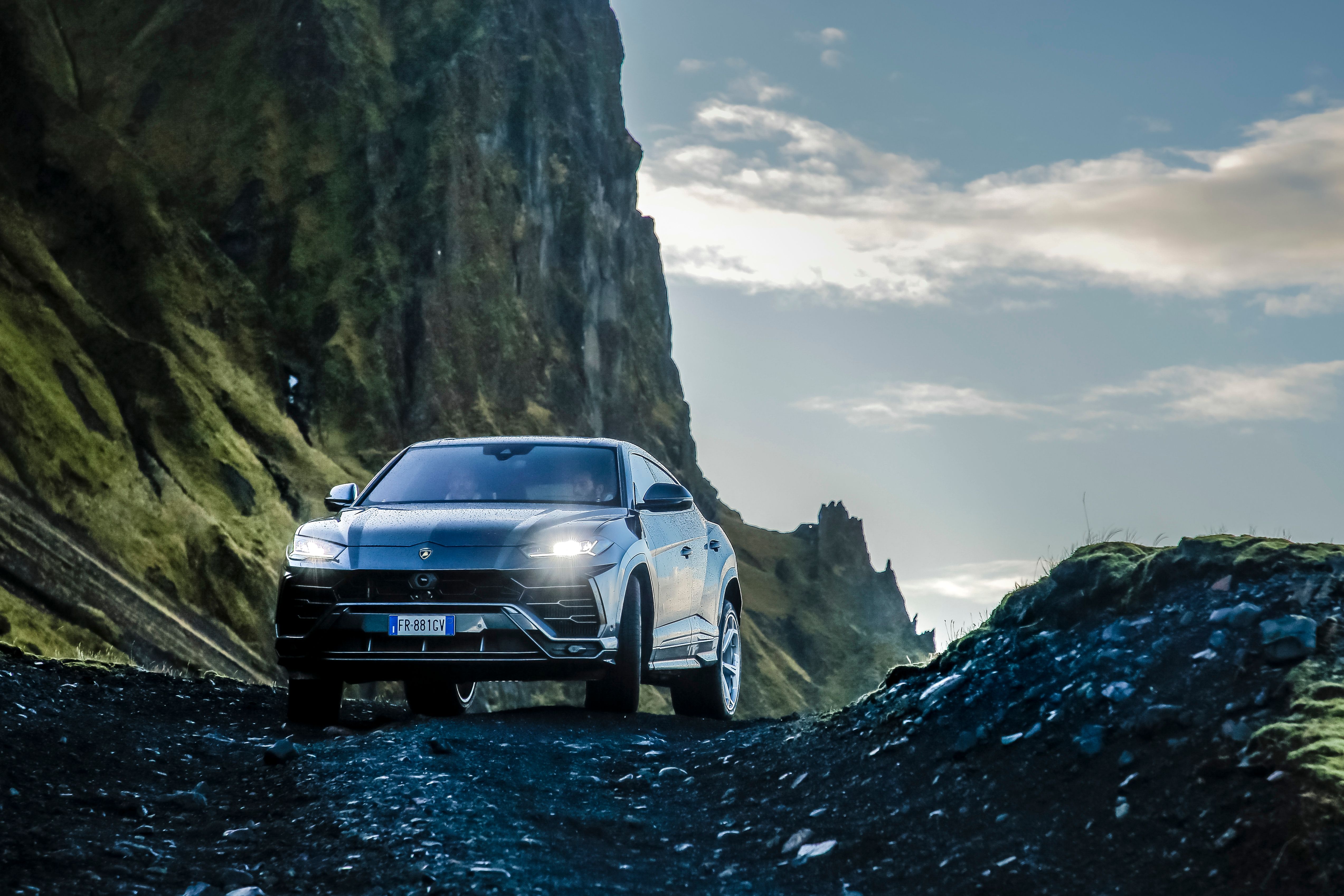
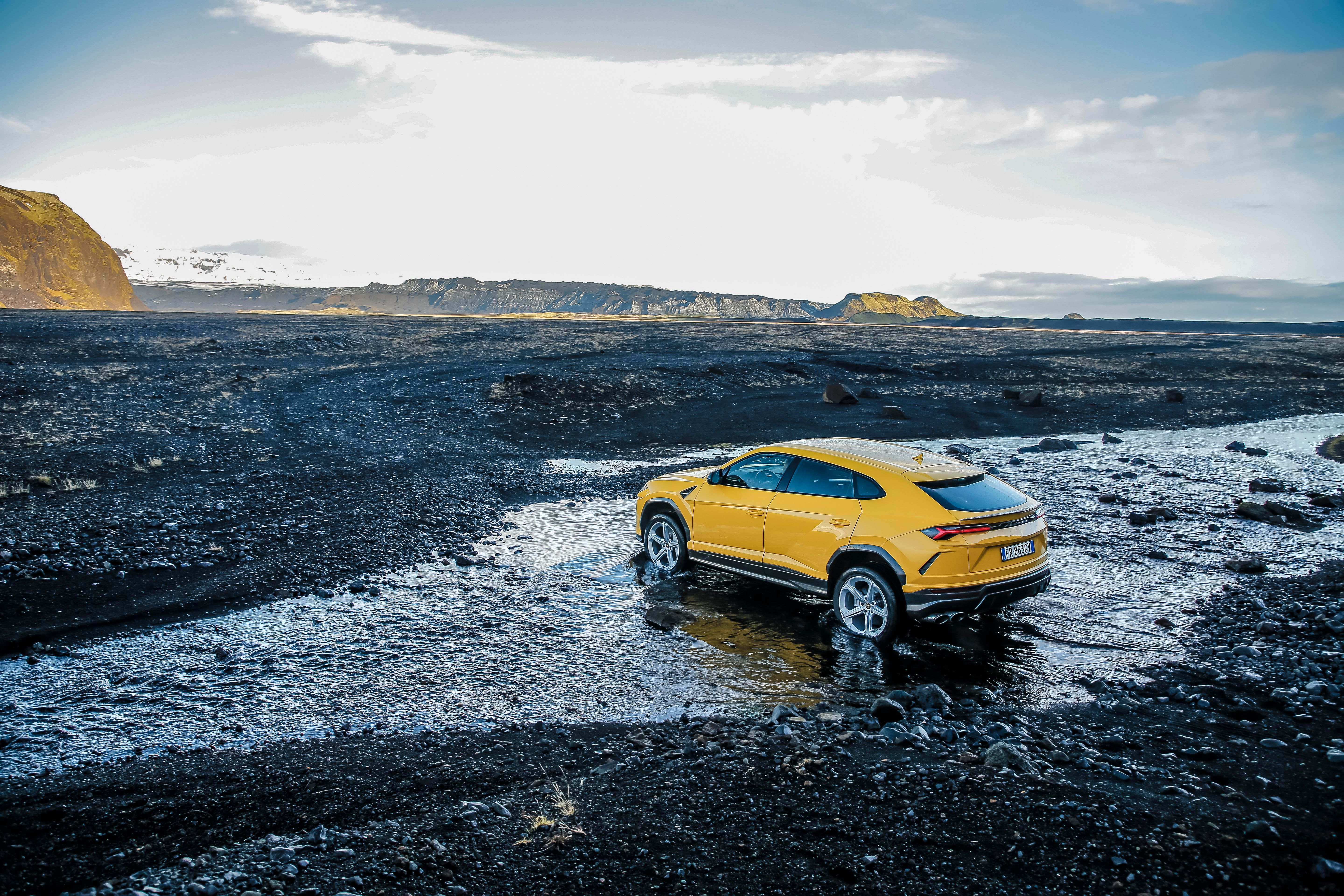
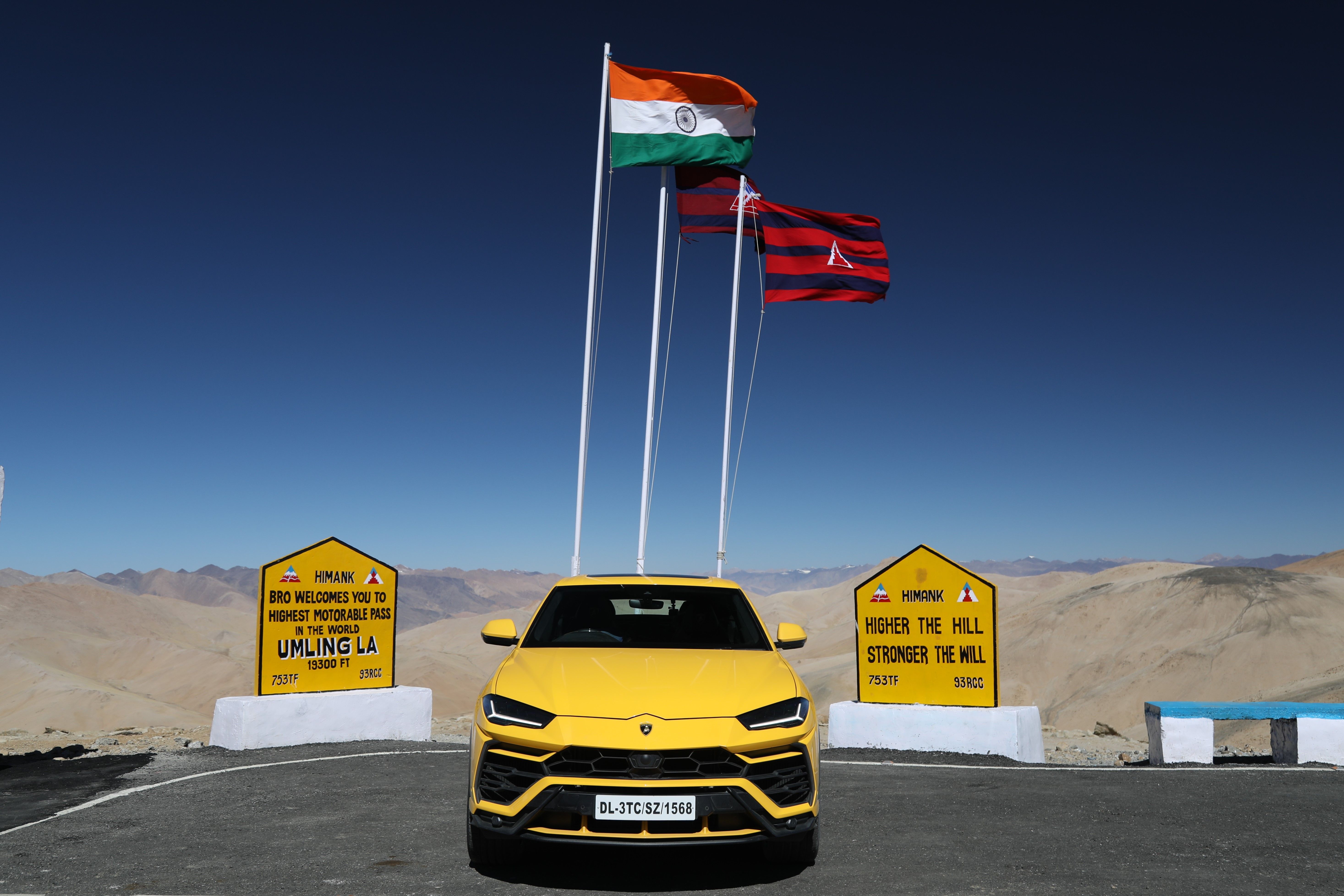
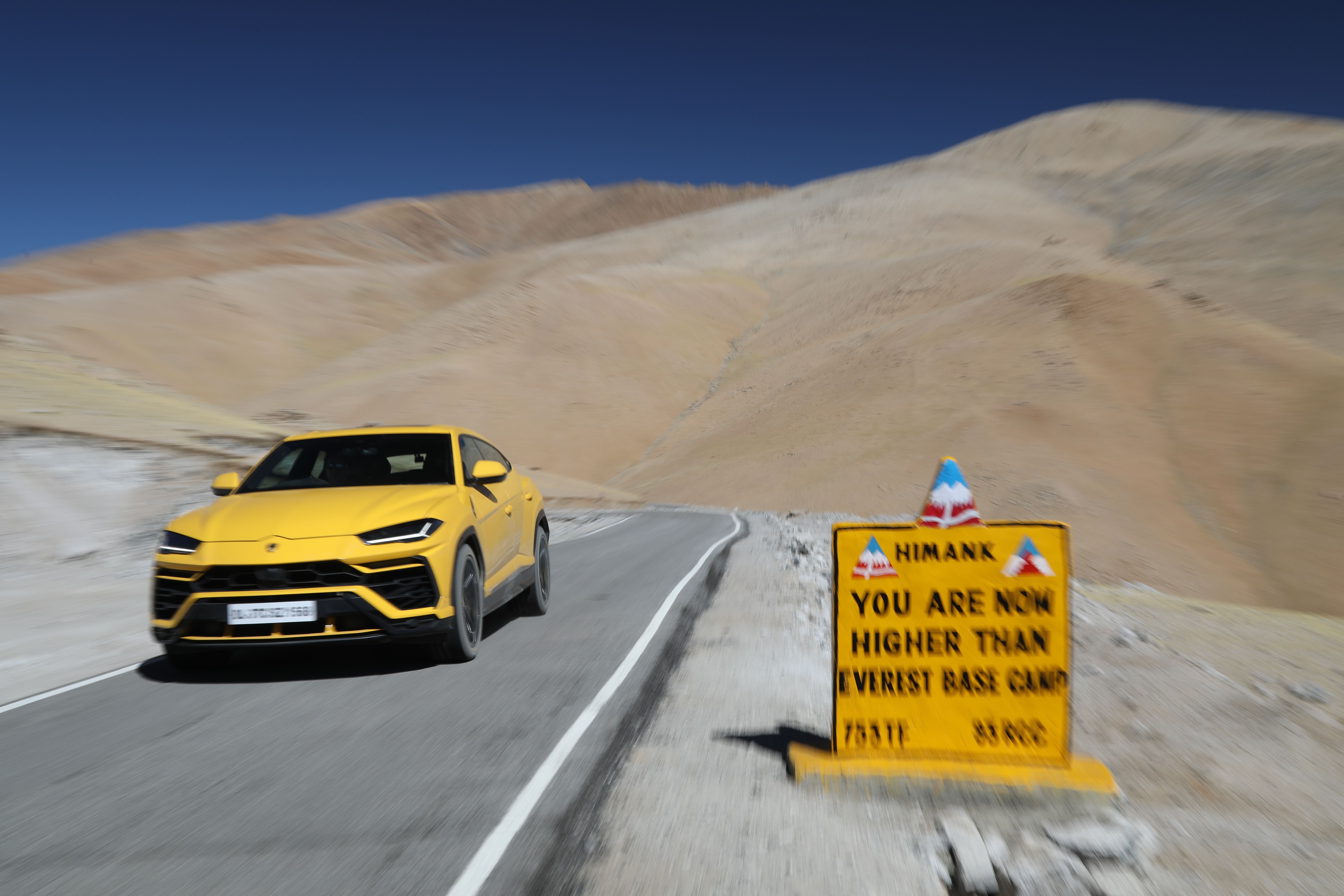
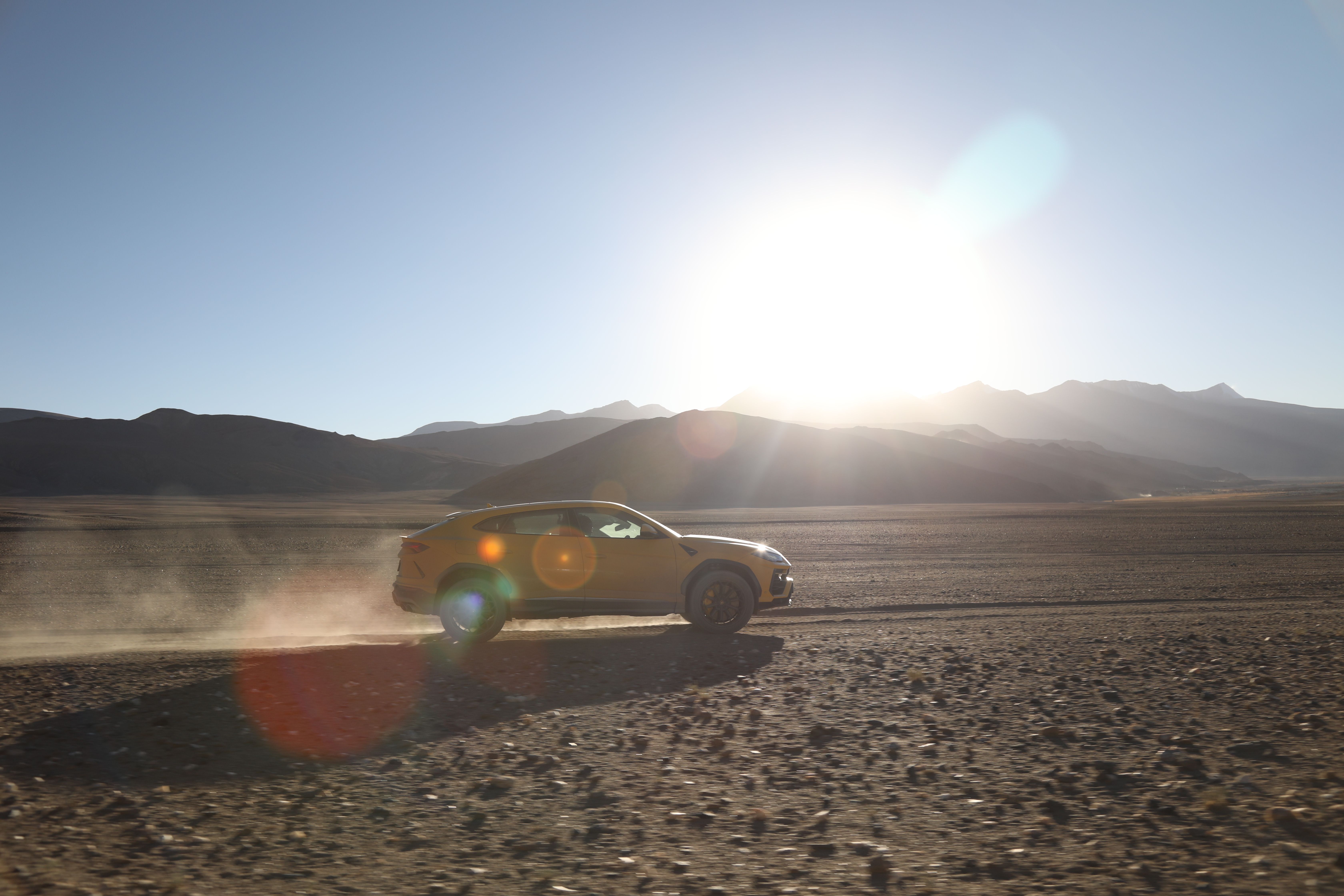
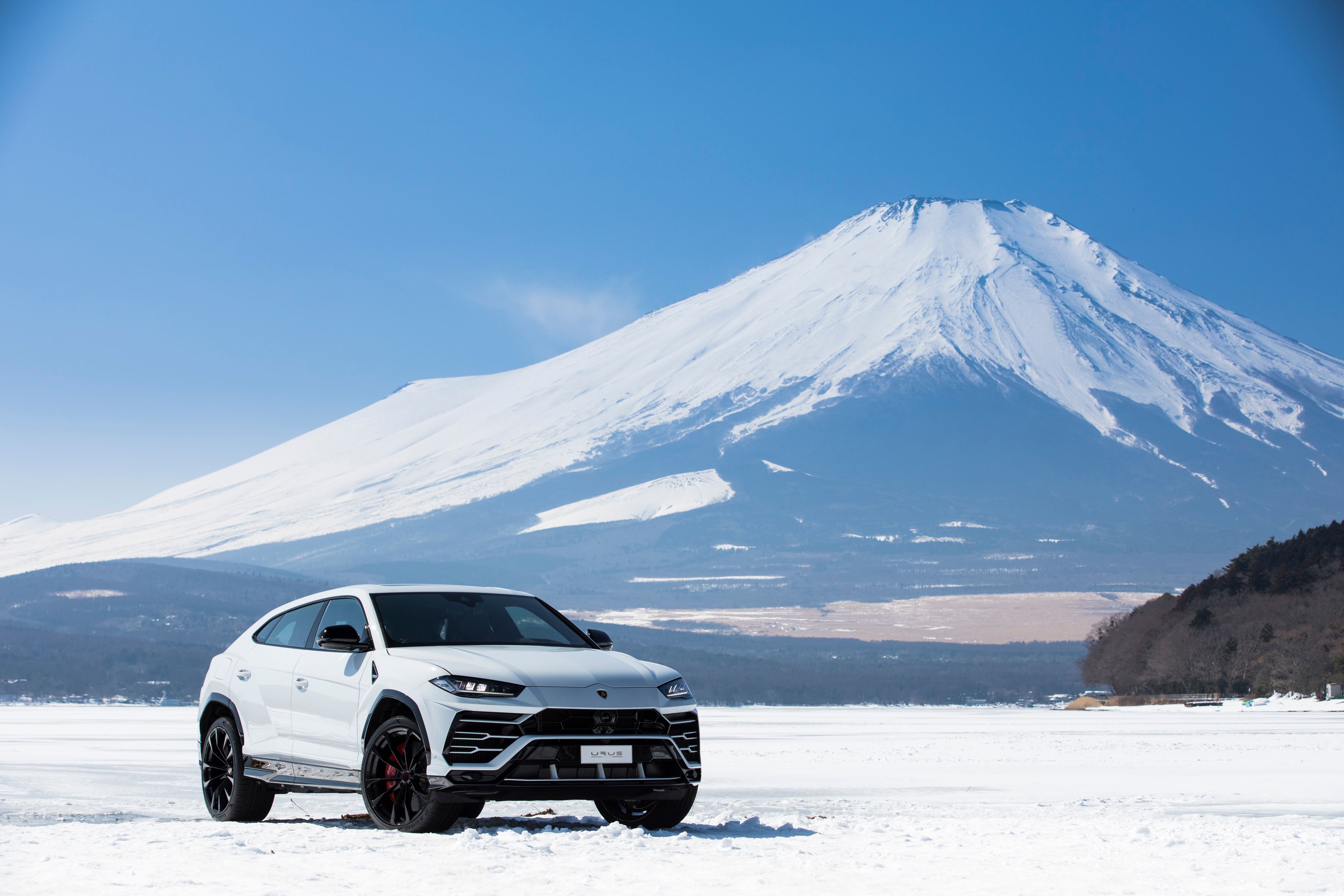
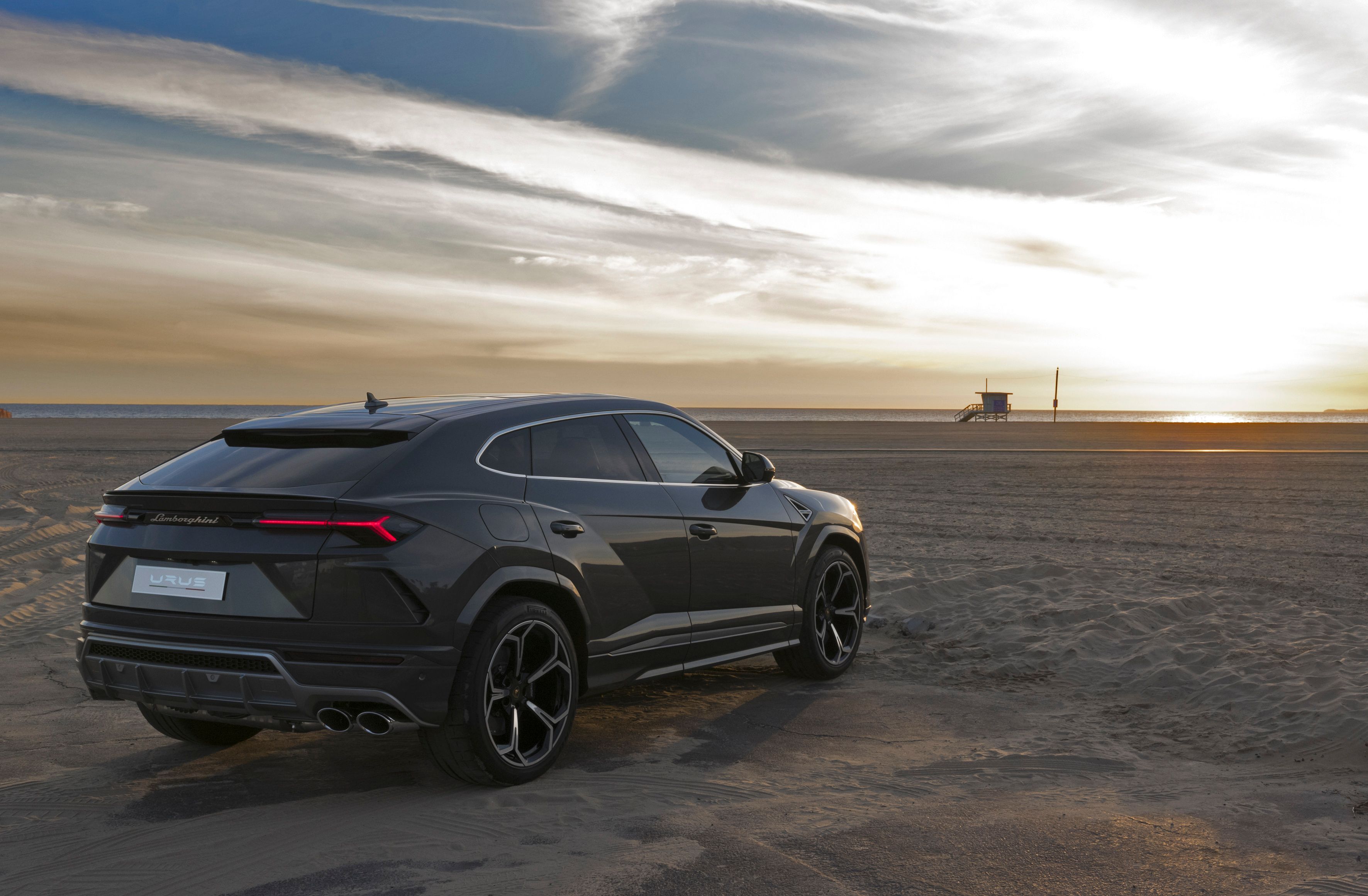
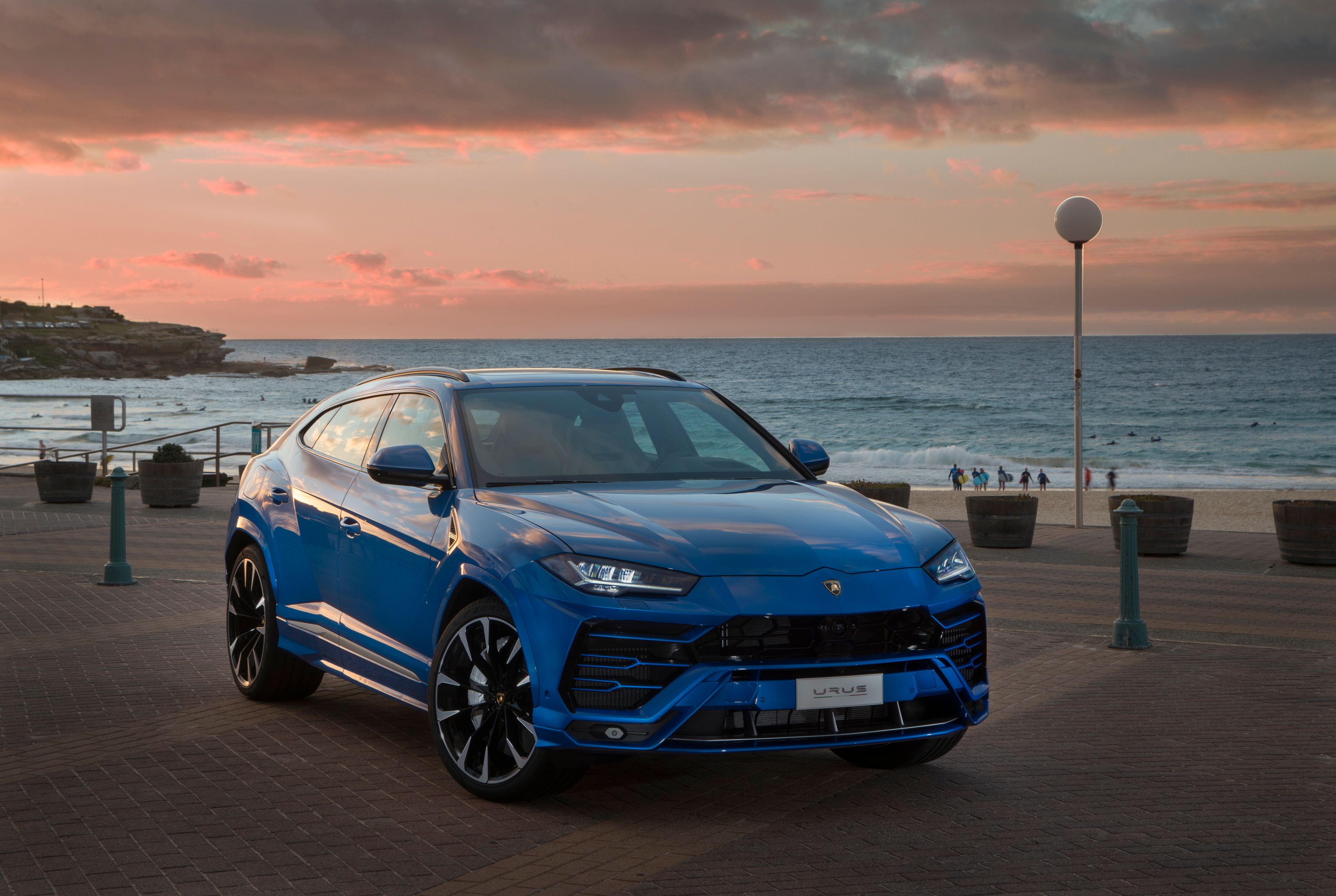
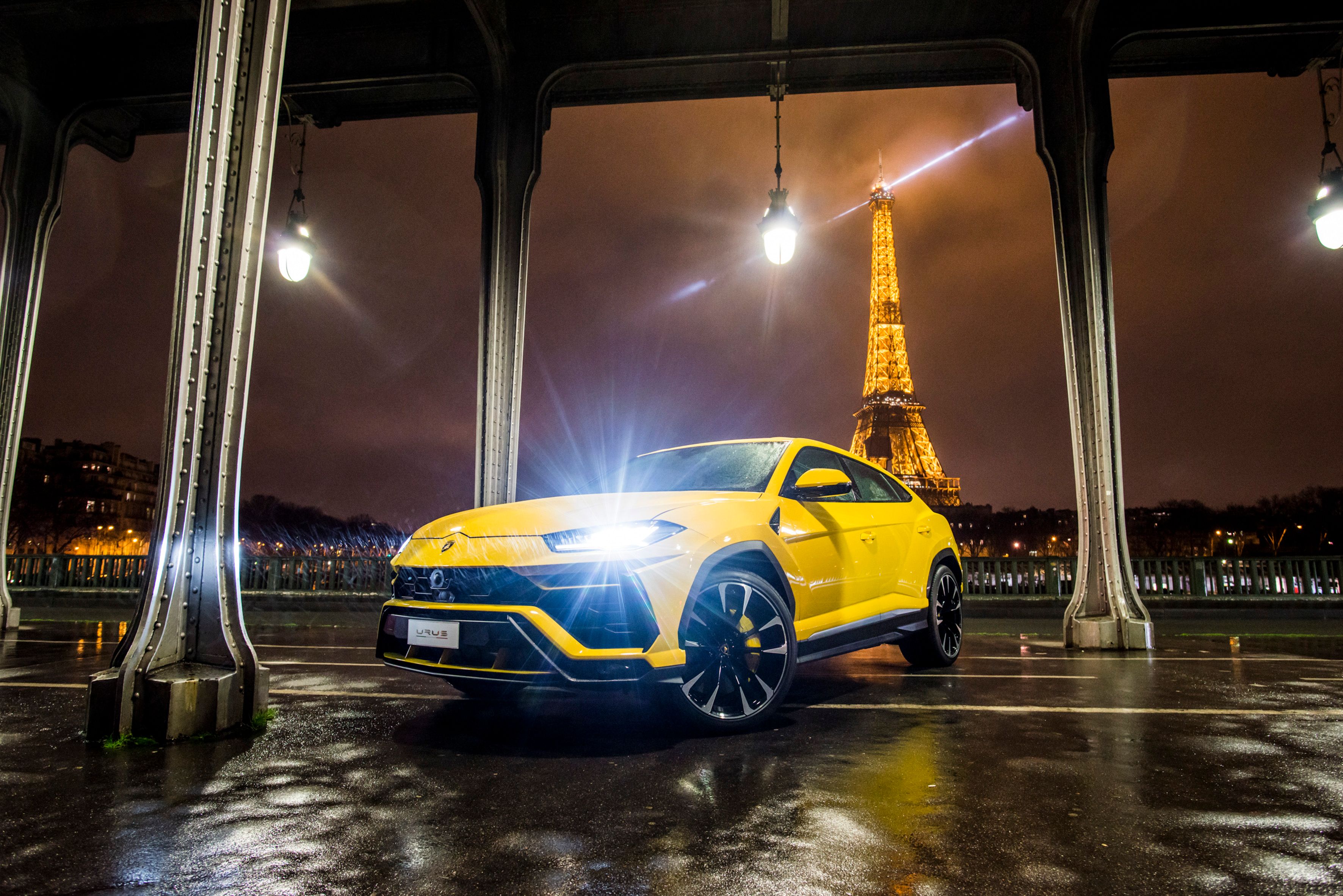
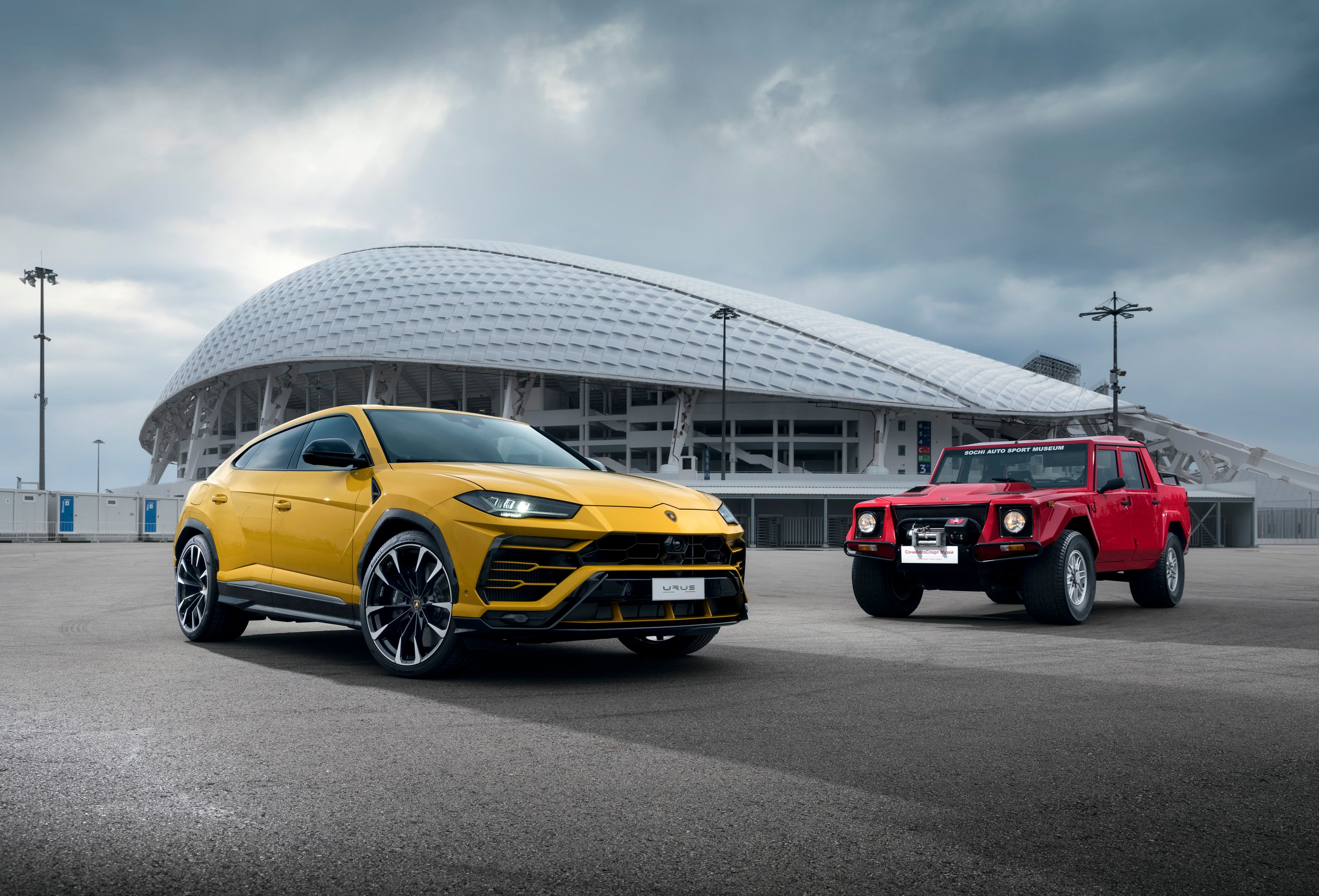
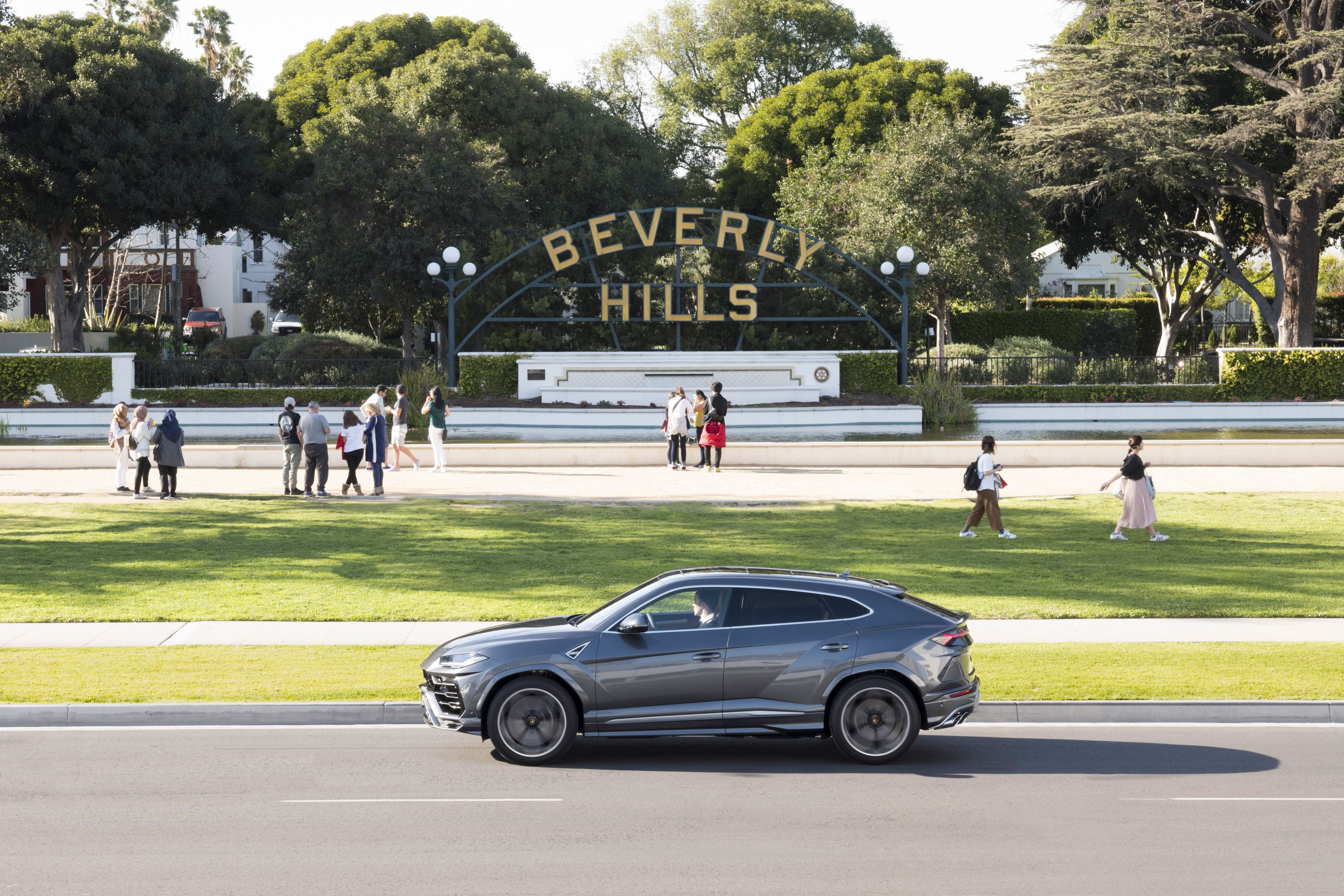
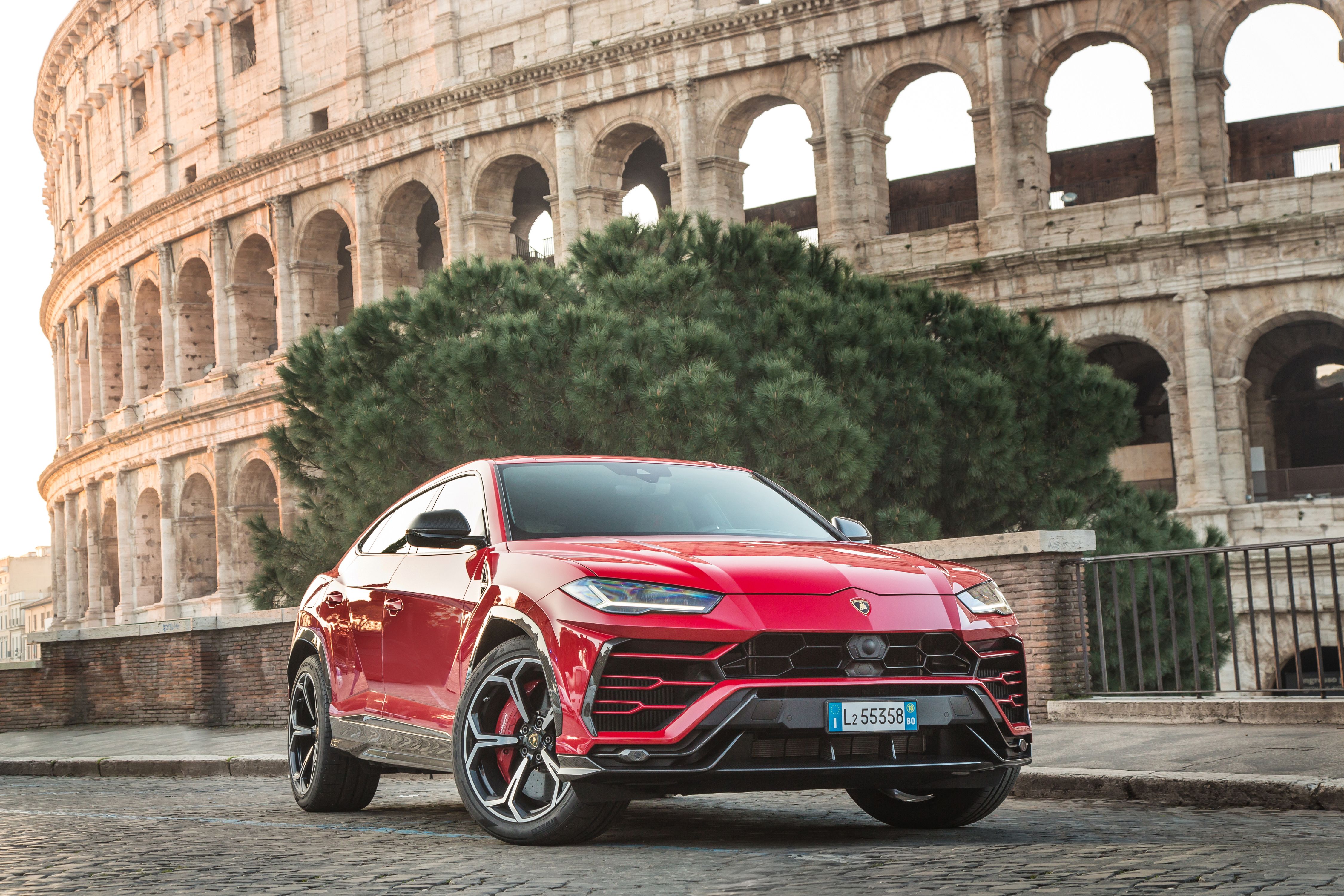
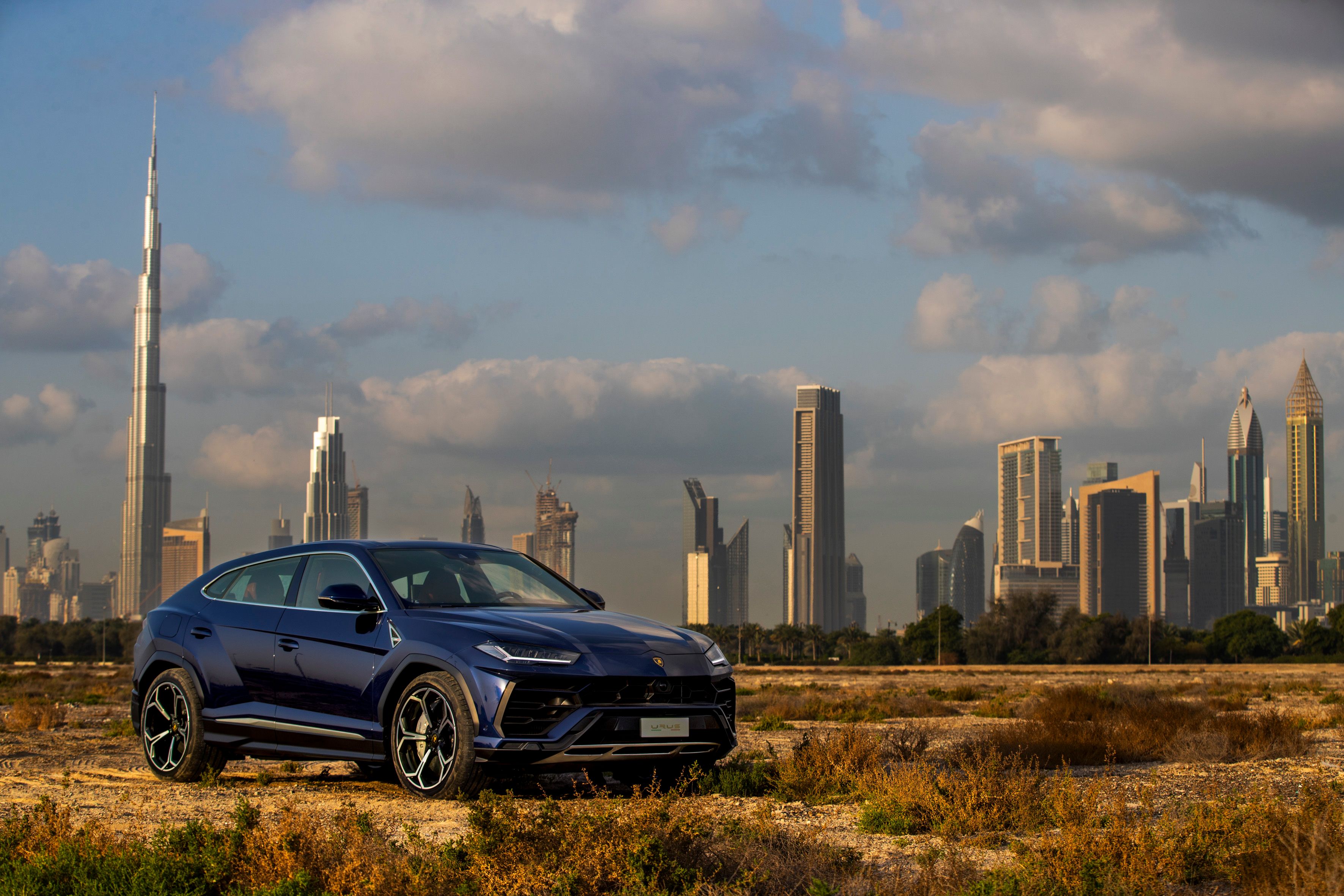
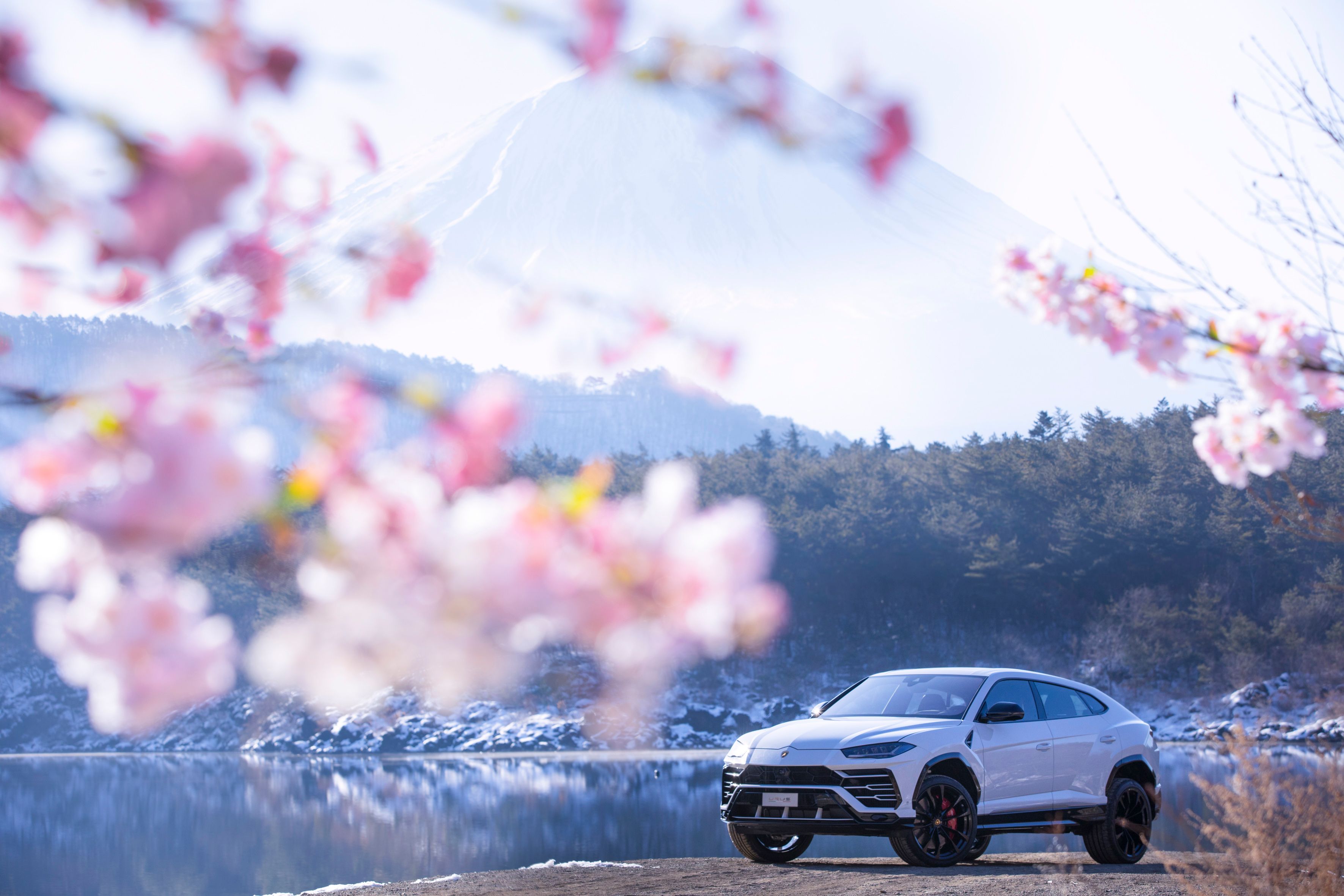
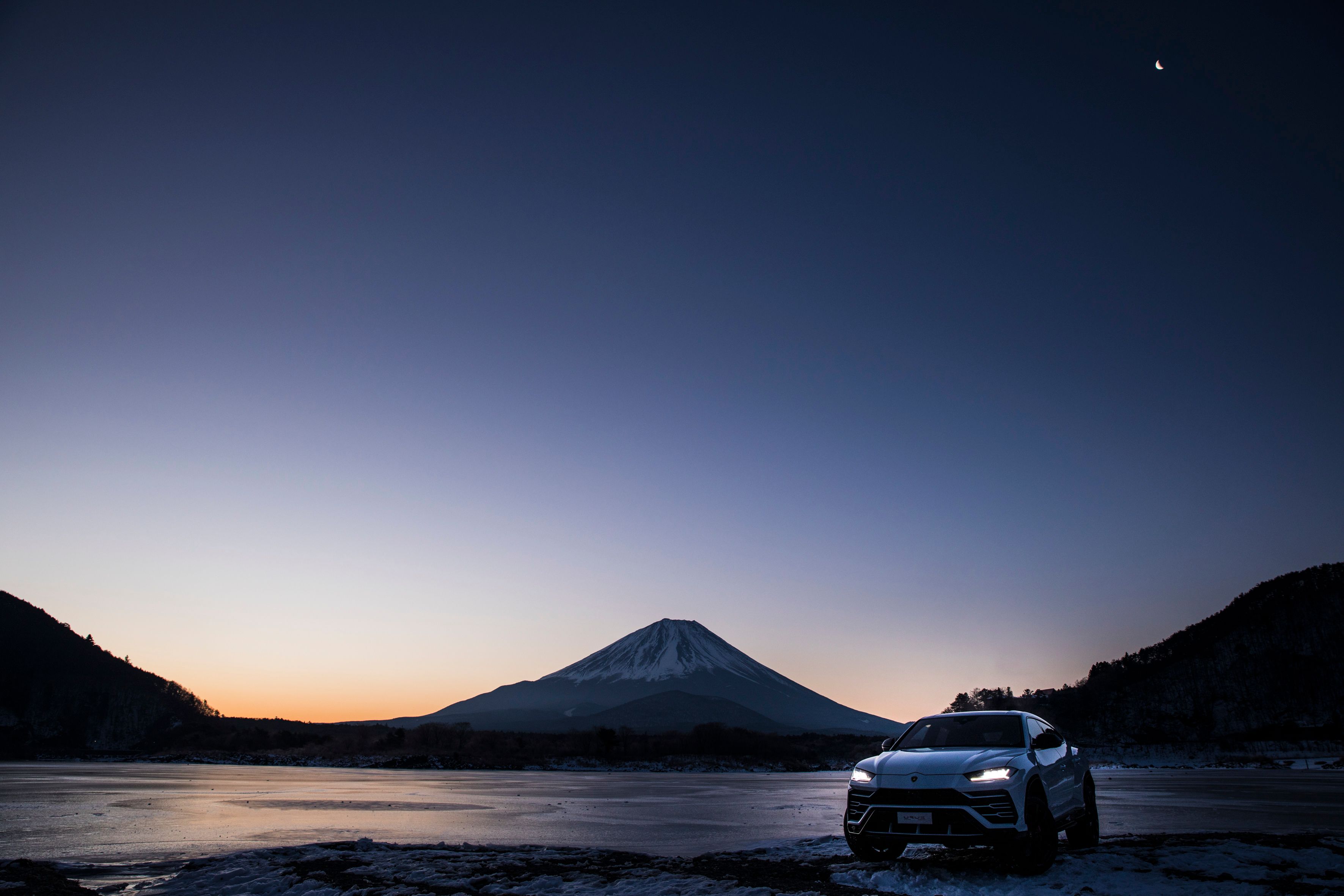
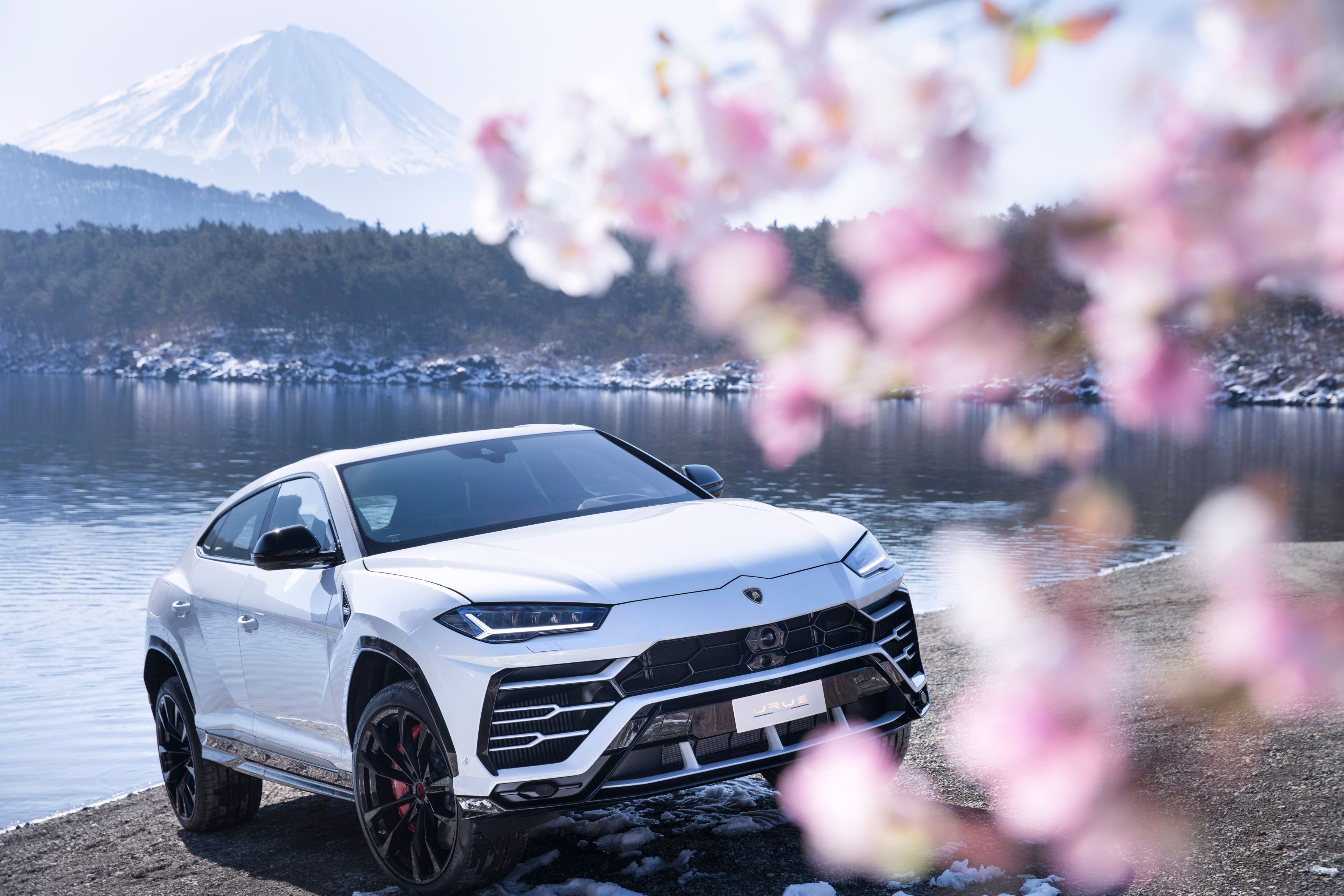
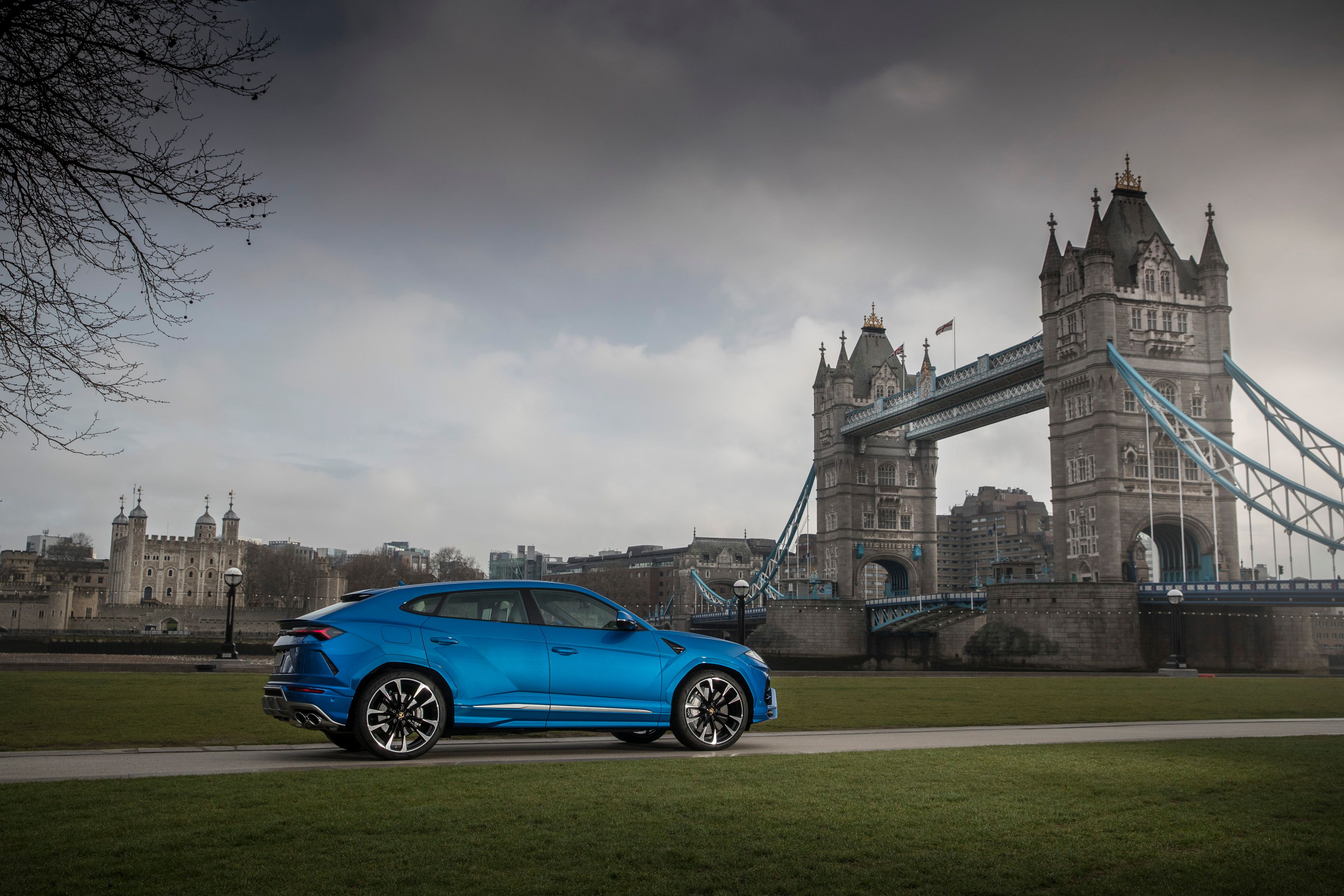
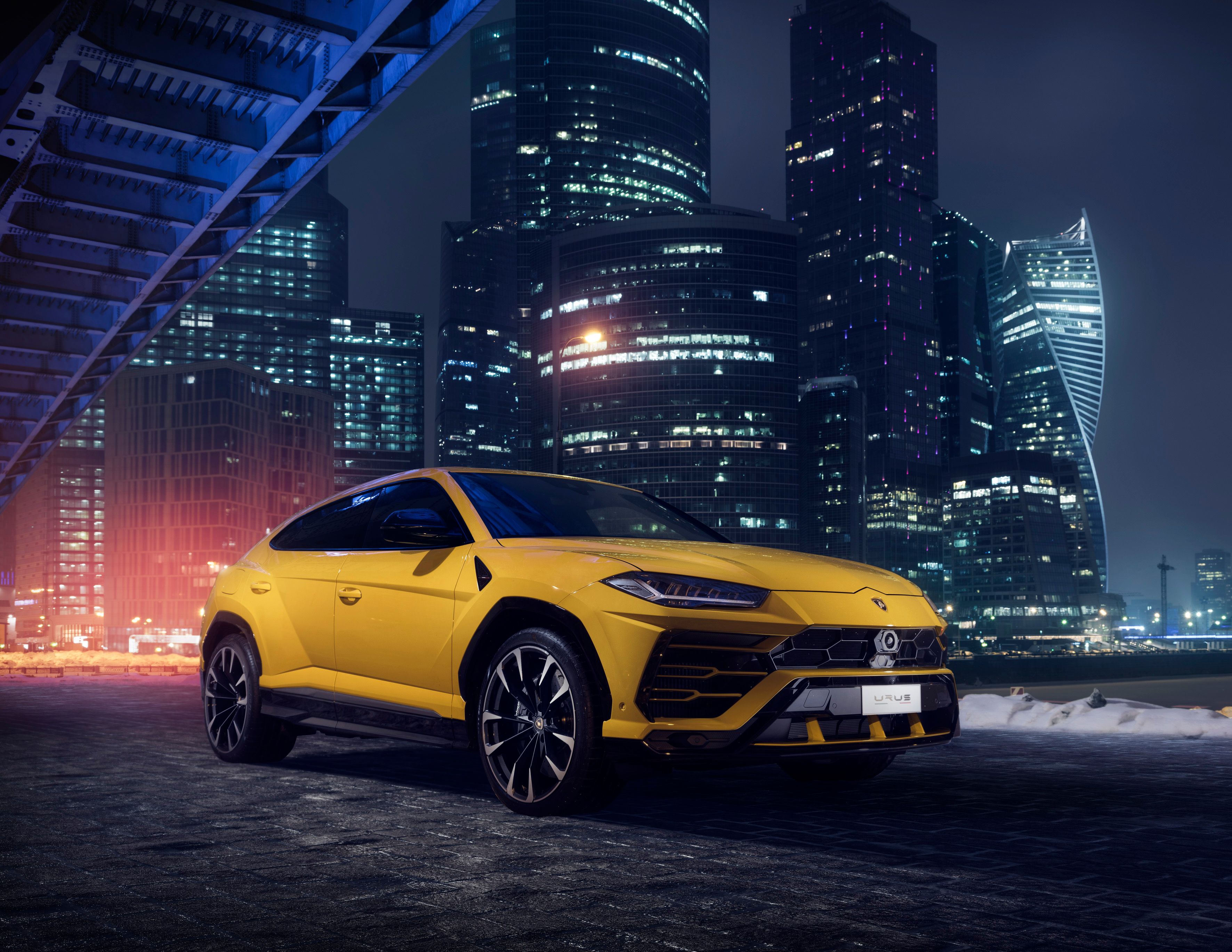
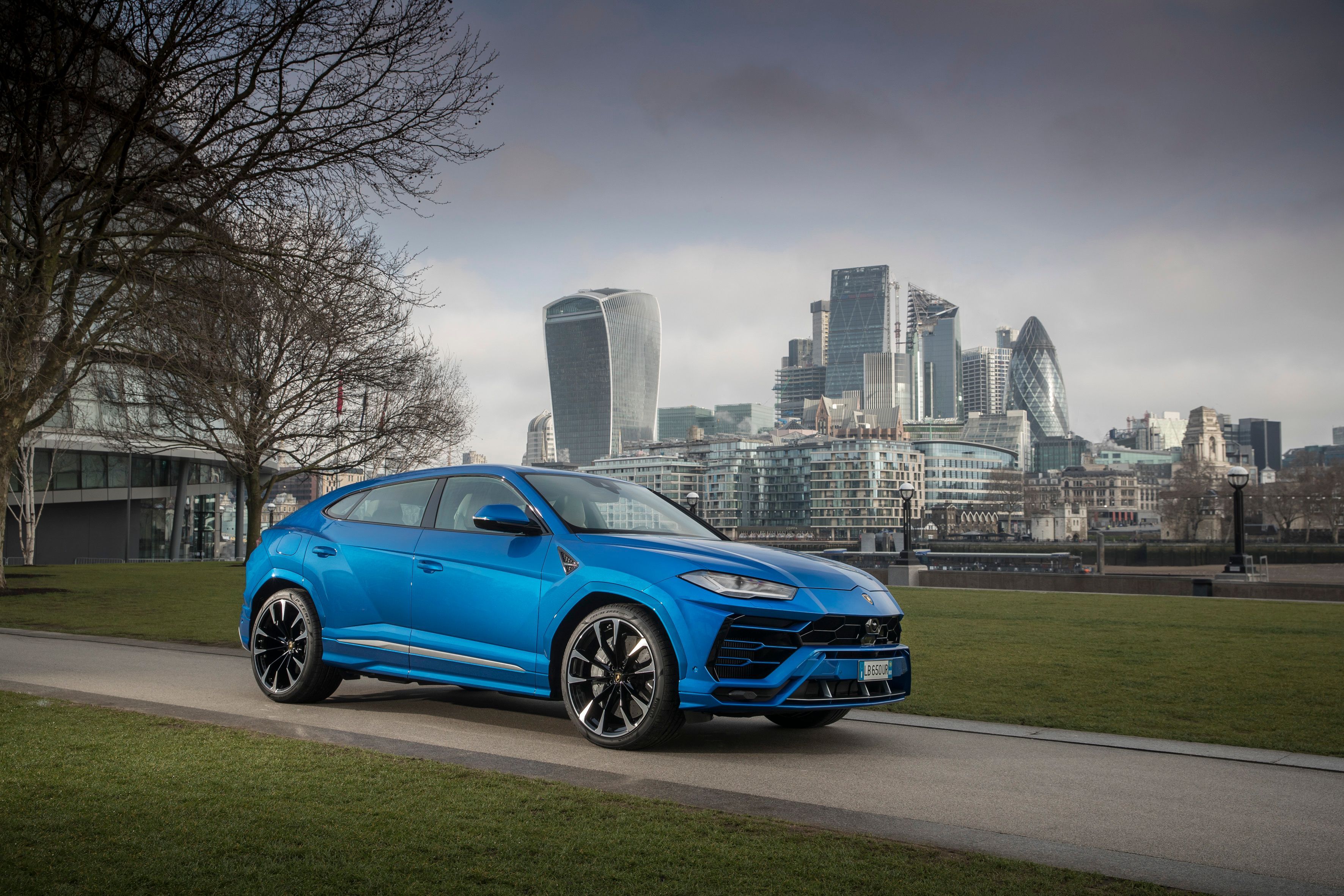
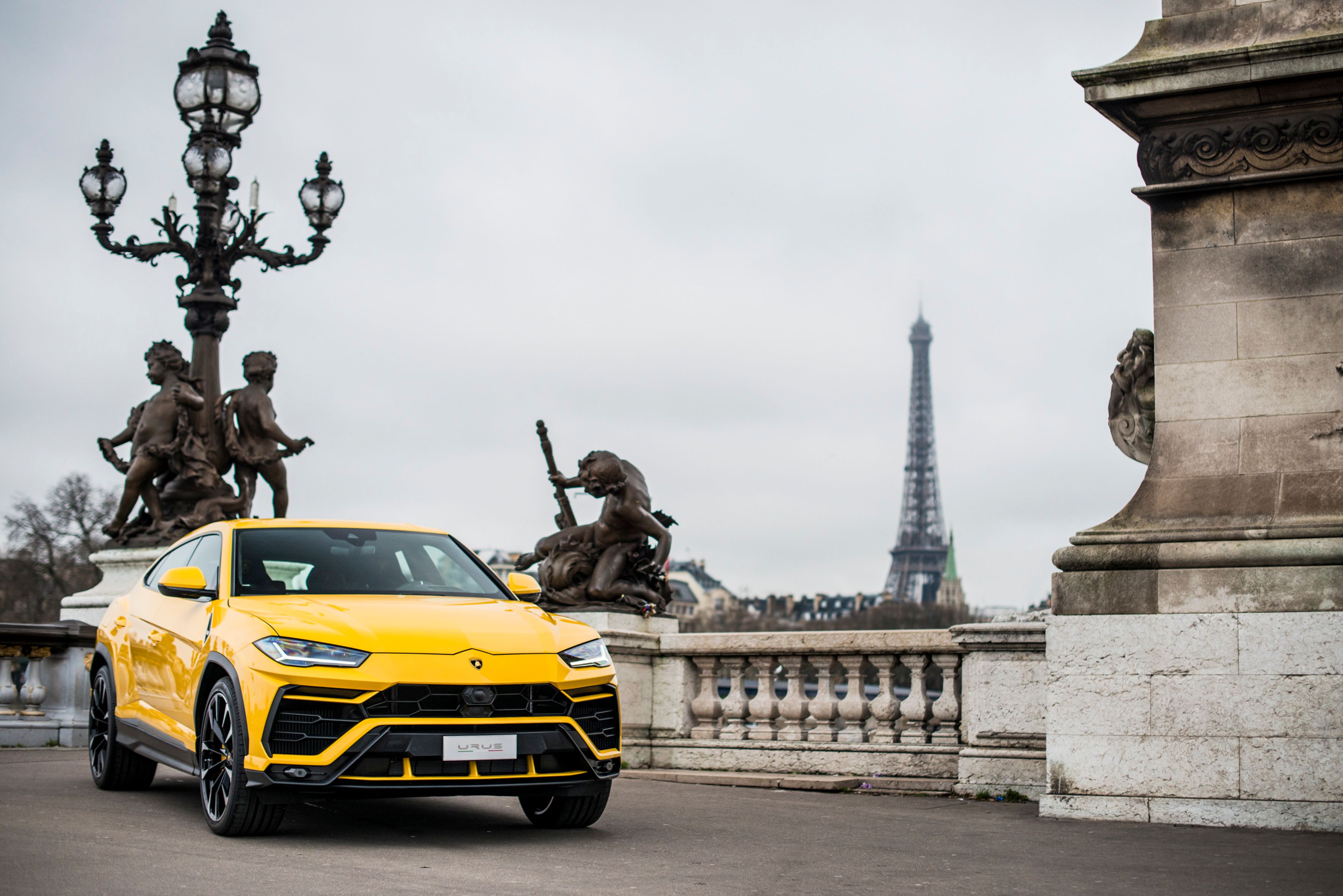
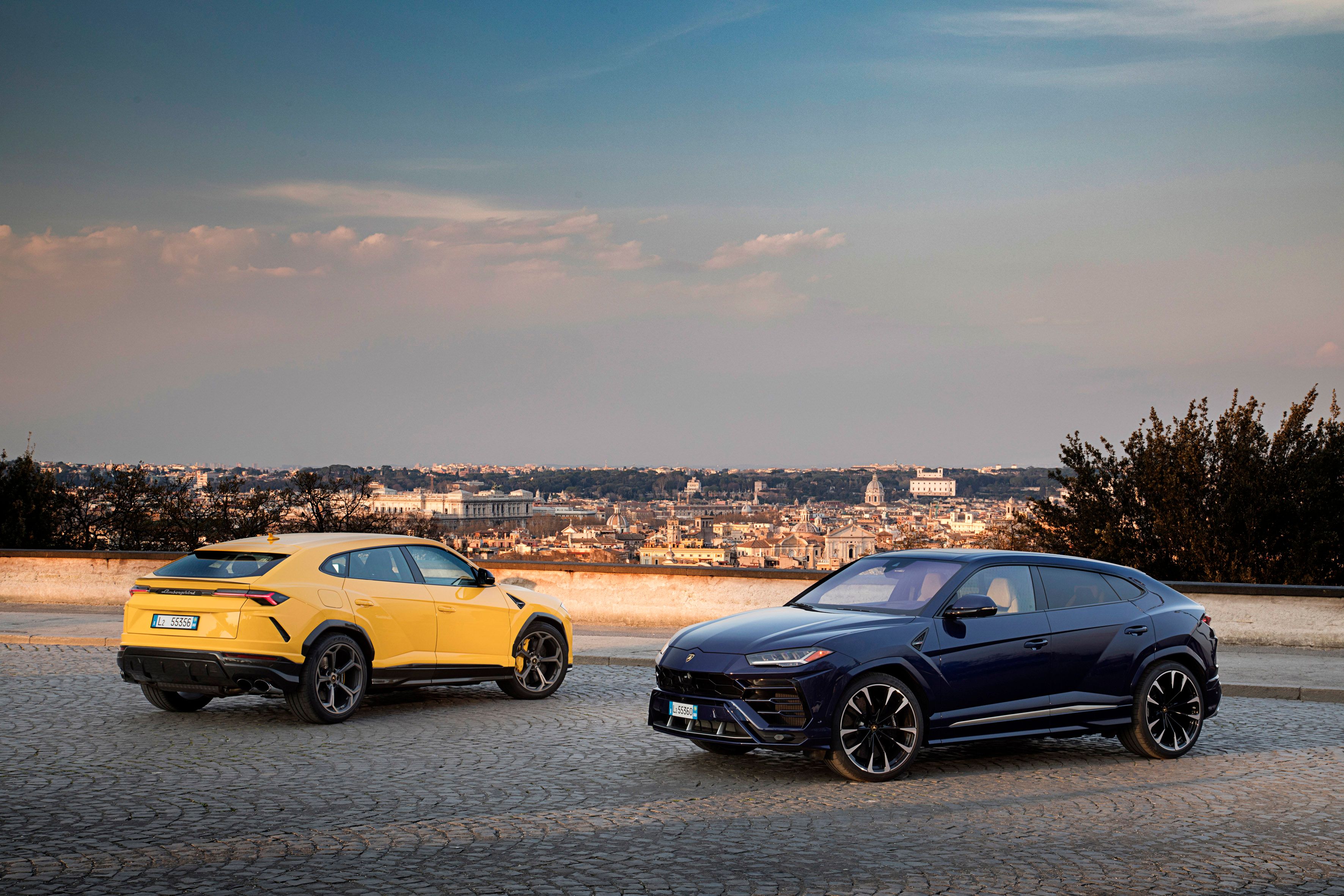
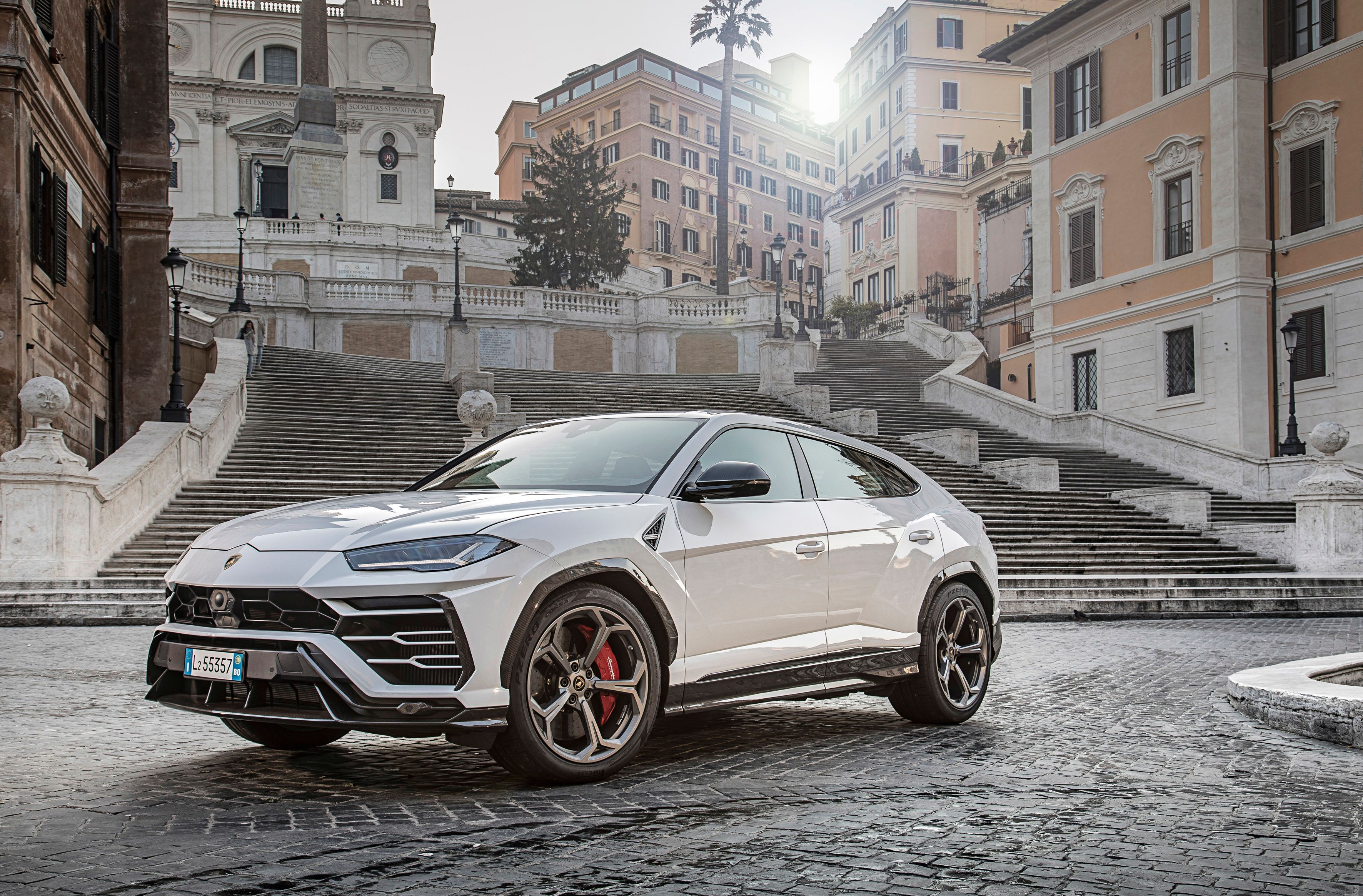
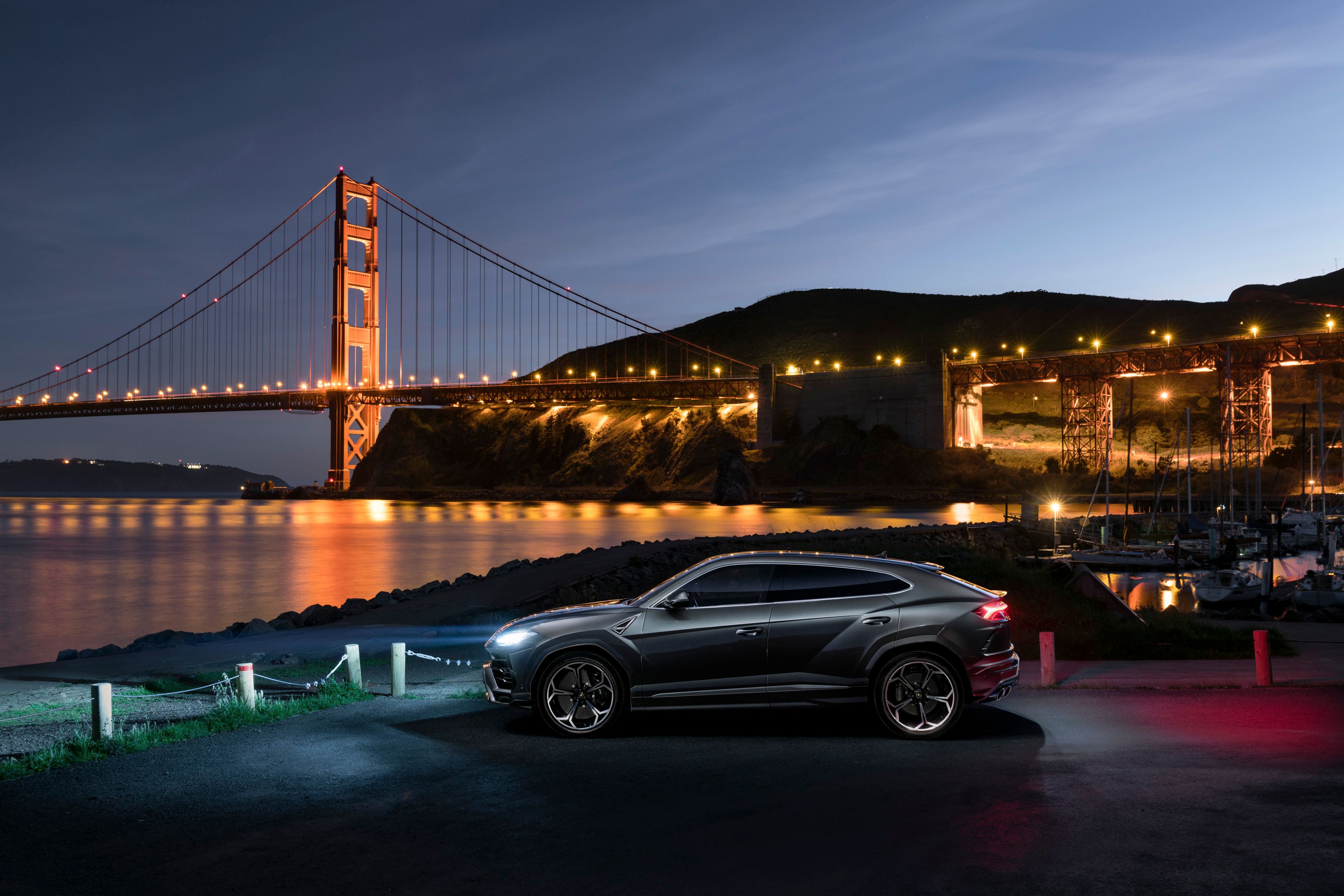
- Make: Array
- Model: 2019 Lamborghini Urus
- Engine/Motor: V8
- Horsepower: 650 @ 6000
- Torque: 627 @ 2250
- Transmission: 8-Speed Automatic
- [do not use] Vehicle Model: Array
2019 Lamborghini Urus - Official video
Exterior

Right off the bat, the Lamborghini Urus is one of the most aggressive-looking factory SUVs we’ve seen in a while. The styling is meant to show off the Urus’ mix of luxury and performance, taking cues from Lambo’s very-first off-roader, the LM002, while also mixing in a good deal of Lambo’s traditional sports car cues as well.
And that’s a good thing when you consider one of the LM002’s greatest failings was the fact it looked nothing like the hyper spaceship aesthetic we’ve come to associate with the brand. Rather, the Urus creates a blend of styling that combines the jacked-up off-roader aesthetic of the Lamboghini LM002 with the scalpel-sharp lines of the Aventador or Huracan.

That translates into a low-line coupe body style and short overhangs fused with a tall stance and more ground clearance than you’re accustomed to see on a Ranging Bull. Lambo also says the Urus gets a “two-thirds body, one-third window ratio” for the exterior, the same proportion as its sports cars, marking it a clear break from the large, square glass seen on the LM002.
The first thing you’ll notice when seeing this SUV from the front is the geometric bumper and fascia elements, which offer big, hexagonal intakes and Naca cooling bits to keep the brakes as chilly as possible. Below this sits a front splitter element that forms an offset to various body-colored angles. There are also several Y-shaped intake dividers similar to the LM002. Slim front lights sit high on the fender lines, and get horizontal, Y-shaped housings with five individual squared-off LED lighting elements. Behind the headlights is a bulging hood line, a feature Lambo says resembles the Miura and Aventador, while additional diagonal hood lines take inspiration from the Countach. A sharp rake to the windshield gives it even more sporty flavoring.

Moving to the sides, the Urus’ Coupe profile becomes clear. There are frameless doors and a swooping window line that suggests the low-down seating position that awaits the passengers. Speaking of which, we would have preferred it of Lambo gave the Urus some gullwing doors, although we understand why it didn’t. Moving on, we find the C-pillar’s design reminiscent of the Huracan, while more hexagons were used for the shape wheel arches. Behind the front wheels is a triangular cutout with the colors of the Italian flag, while wheel sizing ranges between 21 inches and 23 inches in diameter. When viewed from above, the Urus gets an hourglass shape, yet another sporty cue for the SUV.
Moving to the rear, there are Y-shaped taillight housings, plus a rear diffuser similar to what you might find on a Lambo race car, plus a quartet of integrated rounded exhaust tips. And although it is quite a looker, aero was another major consideration for the development team, which worked to reduce coefficient of drag in the name of less wind noise, better engine efficiency, and more downforce. Although Lambo declined to provide exact numbers on these various specs, we can find a set of aero blades on the outside rear window, a floating rear wing, an integrated rear spoiler, and a rear spoiler lip. Lambo also says there are various aero elements inside the wheel wells as well.
Finally, the Urus gets a rather lengthy long wheelbase, measuring in at 3,003 mm (118.2 inches). That’s quite a bit longer than competitors like the Porsche Cayenne Turbo S, which measures in at just 114 inches.
Exterior Dimensions
|
Wheelbase (Inches) |
118.22 |
|
Overall length (Inches) |
201.25 |
|
Overall width (excluding mirrors) (Inches) |
79.37 |
|
Overall height (Inches) |
64.48 |
|
Track front/rear (Inches) |
66.73/67.32 |
|
Ground clearance (Inches) |
6.22/9.76 (adjustable via air suspension) |
Interior

Without a doubt, Lambo has a unique, recognizable aesthetic, and that extends into the interior space as well. The Urus offers the classic Raging Bull cues with a driver-focused layout and lowered seating position, plus a control scheme that should help drivers “feel like a pilot.”
Once again, we find lots of geometric design elements and hard angles. Hexagons were used for things like the door handles, air vents, air bag modules, and cup holders. Lambo also says the LM002 provided inspiration for some of the layout, but we don’t really see the similarities beyond an ultra-wide center console.
|
|
ids=750577,749821 |
no_overlay=true> |
|
Lamborghini LM002 interior |
Lamborghini Urus interior |
“Pilots” hold onto a multi-function three-spoke steering wheel with a vibration damper, which also gets thumb-length multifunction switches on the left and right for the infotainment system, navigation, and phone functions.
Seating for five passengers keeps it practical. The seats themselves were specially designed for the Urus, with the sitters in front getting sporty DNA memory units offering a heating function and electric 12-way adjustability as standard. Optional equipment includes 18-way electric luxury seats with a ventilation and massage function. If you’re looking for enhanced rear luxury, you can go for the exclusive two-seat second-row layout (as opposed to the standard three-seater arrangement). Meanwhile, the rear bench can also be reconfigured with the movable and folding function, enhancing rear cargo space in the process. With the bench up, rear cargo room comes to 616 liters (21.8 cubic feet), while with it down, cargo room expands to 1,596 liters (56.4 cubic feet). Compared to the Porsche Cayenne, that’s a bit under the Stuttgart competitor’s already small 23.6 cubic feet and 62.9 cubic feet, respectively.
Of course, if maximum practicality is high on your priority list, this isn’t the SUV for you. Rather, the focus here is on speed and luxury, and for that latter characteristic, Lambo made sure to reduce “unwanted mechanical noise” while also keeping the good sounds intact. The Urus also includes a bevy of high-end materials, such as aluminum, wood, and carbon fiber for the trim bits, plus Alcantara and leather for the upholstery. Standard spec includes a single color for the leather, and trim in either Grigio Octans or Nero Ade. There are also five extra optional colors and a variety of double-color options making the list. Further customization can be had with various stitching options, seat belt colors, floor mat colors, carpet colors, and more. The dash is finished in piano black with brushed aluminum as standard, but open pore wood and carbon fiber are also offered.
Covering the infotainment front is a TFT digital display with 3D visualization and several customizable settings. The platform is the new Lamborghini Infotainment System III software, with two touchscreens for inputs and readouts. The upper screen does the entertainment, navigation, phone, and car status, while the lower screen has a keyboard input, handwriting recognition, and controls for the climate and seat heating. There’s also voice command.
Further tech goodies include a phone holder with wireless charging, a few USB connectors, Bluetooth support, a DVD player, a TV tuner, a DAB and CI car reader, a heads-up display, a smartphone interface, and rear seat entertainment. There’s also support for Apple CarPlay and Android Auto.
Making the music is an eight-speaker stereo with four-channel sound. Audiophiles are encouraged to check out the optional Bang & Olufsen system packing 1,700 watts, 3D sound, and 21 speakers.
A few modern driver assists are also part of the tech stuff, with features like high beam assist, front and rear parking sensors, and collision mitigation as standard. Options include stuff like traffic management, a top-view camera, and trailer-coupling mode.
To help it make par for the course as a modern SUV (especially one in this pricing segment), Lambo throws in a keyless start and seven profiles programmed for the seating position, driving modes, and infotainment settings. In back is an electric rear tailgate with rear-kick detection and hands-free operation, plus an automatic rear ride height lowering function for easier loading and unloading.
Finally, drivers can select from a lineup of driving modes via the “Tamburo” (or drum). Basically, the Tamburo is the Urus’ driving dynamics controller, located in the center console and offering a selection of sound and driving feel changes, from the quiet Strada mode, to the louder Corsa mode. The sound is also customized based on engine speed, with more sound made as you explore higher in the rev range.
Drivetrain

The heart of the matter is a front-mounted, twin-turbo, 4.0-liter V-8 producing 650 horsepower at 6,000 rpm and 850 Nm (627 pound-feet) of torque at 2,250 rpm. Redline is set at 6,800 rpm.
For those of you keeping track, that’s 162.7 horsepower per liter, a number Lambo is claiming as the highest specific output for its class. The power-to-weight ratio is calculated as 3.38 kg per horsepower.
All told, this is one screaming SUV. The 0-to-100 km/h (62 mph) sprint is done in 3.6 seconds, while 0-to-200 km/h (124 mph) is done in 12.8 seconds. Top speed is rated 305 km/h (190 mph), making the Urus the fastest SUV on the market. And that’s a good thing, because after all, the Urus is, first and foremost, a Lamborghini, no?
Notable features for the engine include an all-aluminum construction, double overhead cams, variable valve timing, and new cylinder liner technology to help cut down on weight, as well as twin-scroll turbochargers set up in parallel for less turbo lag and loads of low-end torque. Lambo even mentions how the extra low-range grunt is perfect for off-roading (more on all that in the next section). It should also be noted that the Urus is the first-ever turbocharged engine for a Lamborghini model.
Separate twin exhaust pipes exhale the spent gasses to optimize the power band with the cylinder firing sequence. There’s also cylinder deactivation to make it a bit more efficient, although we wouldn’t recommend the 650-horse Urus if you’re trying to go light on the explodey juice.

Making the cog swaps is an eight-speed automatic transmission with an electro-hydraulically controlled planetary gearbox, slip-controlled converter lock-up clutch, and a unique torque converter to help sharpen overall engine response.
The gearbox feeds a new Lamborghini 4WD system, offering all-weather capability and Torsen central self-locking differential well-suited to the rigors of off-road driving. Torque split is 40 percent front and 60 percent rear while cruising, but can see a dynamic shift with up to 70 percent front or 87 percent rear, as needed.
Finally, the rear differential gets an active torque vectoring system, which controls the yaw rates for a more engaging driving experience and less understeer.
Lamborghini Urus performance and engine specs
|
Engine type |
twin-turbo 4.0-liter V-8 |
|
Drivetrain configuration |
front-engine, 4WD |
|
Transmission |
8-speed automatic gearbox, characteristic depending on drive mode |
|
Horsepower |
650 HP @ 6,000 RPM |
|
Torque |
627 LB-FT @ 2,250 RPM |
|
0-to-100 km/h (62 mph) |
3.6 seconds |
|
0-to-200 km/h (124 mph) |
12.8 seconds |
|
Top Speed |
190 mph |
|
33,7 m |
Chassis And Handling

While making an SUV fast is a relatively simple affair (just add power), making it handle right is a bit trickier, especially if it’s supposed to be comfortable on the street and capable in the rough stuff as well. To that end, the Urus comes equipped with multiple driving modes and active suspension and chassis components to help it adapt to whatever the situation may be.
First off, let’s talk about those various driving modes. Several are named in Italian, and include self-explanatory titles like Strada (street), Terra (land, or off-roading), Neve (snow), Sabbia (sand), Sport, and Corsa (race). Put it into Sport or Corsa mode, and you’ll be met with a lowered stance, less body roll, firmer dampers, and a greater degree of oversteer from the active torque vectoring system. As you can imagine, Strada is all about comfort, reversing the above characteristics, while Neve, Terra, and Sabbia raise the suspension and loosen the anti-roll bars for “independent asymmetric movement.”

Making the magic is the an adaptive air suspension, with special new damper valves that make continuous adjustments to meet the given conditions, firming up in the corners and softening in the straights. The adaptive dampers are automatic or customizable, depending on your preference. There’s also an electromechanical active roll stabilization system, a first for Lambo, which reduces the roll angle with active decoupling of the stabilizer halves. 4WD and electronic stability control help to keep the oversteer in check.
There’s also rear-wheel steering similar to what you get in the Lamborghini Aventador S. This system angles the rear axle by as much as +/- 3.0 degrees, varying its settings according to the current speed and driving mode selected. At low speeds, the rear axle steers at the opposite angle as the front wheels (also known as “counter-phase steering”), a characteristic that Lambo says effectively shortens the wheelbase by 600 mm in terms of turn-in crispness. At high speeds, the rear wheels turn in the same direction as those in front (“in-phase steering”), effectively making the wheelbase 600 mm longer for higher stability.
So it’s good on the track. That’s to be expected, considering the badge. But what’s all this about off-roading? If you’re actually thinking about taking your six-figure Lambo into the rough stuff, the Urus is offered with an Off-Roader Package that tosses in the Terra and Sabbia driving modes, metal-reinforced bumpers, and additional underfloor protection. We can’t wait to see what it can do.

Put it on the scales, and the Urus weighs in at less than 2,200 kg (4,850 pounds). Considering just how much car we’re talking about here, that sounds about right. Of course, it could have been heavier, but Lambo managed to cut some heft with aluminum and steel for the chassis, including aluminum applications for the doors, torsional beams, and cross members, There’s also lightweight seats, and wheels made from forged aluminum. The front axle gets an aluminum subframe, while the rear axle is aluminum and steel.
To help haul it down from the impressive speeds it can achieve, the Urus gets big brakes and several track-bred components. Most notable are the standard carbon ceramic brake discs, which offer high thermal resistance to ensure crisp stops even during “frequent and heavy braking.” Sizing for these is measured at a rather large 440 mm (17.3 inches) by 40 mm (1.6 inches) in front and 370 mm (14.6 inches) by 30 mm (1.2 inches) in the rear. Stand it on its nose at 100 km/h (62 mph), and Lambo claims the Urus will stop in 33.7 meters (110.6 feet).
To make it grip, Lamborghini is offering several different tire options, including all-season rubber, winter tires, all-terrain tires, and sport tires. Pirelli is the provider for all the above, with specially developed compounds made specifically for the Urus. Tire width is staggered front to back.
Pricing

The Urus is offered across most major markets. Deliveries are scheduled to kick off in the spring of 2018. Pricing in the U.S. starts at $200,000, but expect that final total to rise significantly depending on the options picked.
2018 Lamborghini Urus MSRP
|
U.S.A. |
$200,000 |
|
Europe |
171,429 euros |
|
Italy |
168,852 euros |
|
U.K. |
131,500 pounds |
|
China |
3,130,000 RMB |
|
Japan |
25,740,000 yen |
Competition
Porsche Cayenne Turbo S
The first level of competition for the Urus is the Porsche Cayenne Turbo S. At a “budget” price of $159,600 in 2017, the Cayenne jumps out to a huge advantage against the Urus. The good stops there, however, as the 4.8-liter V-8 turbocharged engine in the Cayenne Turbo S pumps out 570 horsepower and 590 pound-feet of torque, a significant deficiency compared to the Urus’ 650 horses. Still, the Porsche is pretty quick from 0 to 60 mph, needing 3.8 seconds to achieve the benchmark on its way to a top speed of 176 mph. Another high point with the Cayenne is the fact that it can do some real-life work, as it tows up to 7,716 pounds.
Learn more about the Porsche Cayenne Turbo S.
Bentley Bentayga
Unleashed in 2016, the Bentley Bentayga is the latest performance luxury SUV and one of the reasons why Lamborghini is joining the SUV market. With a massive 6.0-liter W-12 engine under its hood, the Bentayga hits the road with 600 horsepower and 664 pound-feet of torque, making it the fastest and most powerful SUV on the road – next to the Urus, that is. Its 4-second 0-to-60 mph sprint and 187-mph top speed make it slower than the Lambo, although not by much, and considering the Bentley’s incredible interior, this might be the right pick for those interested in comfort over track-based bragging rights. Pricing starts from $229,100, which makes the Bentley the most expensive SUV as of February 2017.
Find our more about the Bentley Bentayga.
Conclusion

To be completely honest, the idea of a Lamborghini SUV feels a bit wrong, but then again, this is brand that’s never been totally “sane” when it comes to its models. One look at the Miura, Veneo, or Egoista is proof positive of that, so maybe a Lambo SUV is just about right.
Either way, the Urus has the right stuff for a vehicle plastered with the Raging Bull badge. It’s fast, looks great, and will undoubtedly make the wish list of many a buyer out there.
“The Urus elevates the SUV to a level not previously possible, the Super SUV,” says Stefano Domenicali, CEO and Chairman at Automobili Lamborghini. “It is a true Lamborghini in terms of design, performance, driving dynamics and emotion as well as drivable every day in a range of environments.”
We’ve gotta agree, and wouldn’t be surprised to see even more speed from the nameplate in the future as the competition steps up to challenge it. And as long as sales of the Urus fuel the brand’s sports car development, who can complain?
References
Lamborghini Urus

Read our full review on the 2019 Lamborghini Urus.
Read our full review on the Lamborghini Urus Concept.
Read our full review on the 1986-1993 Lamborghini LM002.
What's with the Name?
Though the name sounds odd, it is very appropriate for the model. The Urus, also called the Aurochs, is an ancient ancestor of the modern day cow, which went extinct in 1627. These things were massive, ranging from 61 to 71 inches tall at the shoulders and weighing in at 1,500 pounds – phew, that’s a lot of quarter pounders. This makes the urus one of the largest bulls ever recorded, which is appropriate, considering the Lamborghini Urus is the largest model to boast the Raging Bull emblem.
Now that we have turned off Animal Planet, we can continue with the Lamborghini Urus and not the extinct cow relative. There is some debate as to whether Lamborghini can actually support an SUV, especially after the LM002, the original Lambo SUV, fizzled out in 1993 with only 328 models ever produced. So, can Lambo actually have a successful SUV this time around?
Updated History
Updated 05/17/2017: Our spy photographers caught the upcoming Lamborghini Urus out for a first testing session at Nurburgring.
Updated 05/15/2017: Based on the recent spy shots, we created a rendering for the upcoming Lamborghini Urus.
Updated 02/12/2015: Lamborghini has confirmed to Autocar that the Urus will be powered by a twin-turbo V-8 unique to the SUV. Continue reading for the full details
Spy Shots
May 17, 2017 - Lamborghini Urus caught testing at Nurburgring

|

|

|

|

